EXTRAORDINARY WOMEN EXPERIENCES: PREGNANCY & LABOUR
Continuing my BA Project: Extraordinary & Extreme Human Conditions, this time I would like to separate it and focus on experiences of women specifically: being pregnant, the course of childbirth and recovery time.
I aim to recognise the difference between natural birth and caesarean section. Every woman has different feelings and pain tolerance, different approach and often genetic determinants which force women to give birth or to terminate their pregnancy.
Presenting my project, I would like to present you a film from the 40th week of a baby's life in a mother's womb. Thanks to it, we will find out how many factors affect its development. How important it is to nourish pregnant women and avoid stimulants such as cigarettes, alcohol and drugs.
I used sources of information on pregnancy and childbirth. There are descriptions of natural births that take place, including imperial births, and miscarriages. In the meantime, there are interviews with women and attached photos that I took.
He also gives questions that I asked women during interviews to show how I gathered information to describe the experiences of my interlocutors and to draw conclusions. Also photographers who inspire me and I would like to identify with them in some way. During my project, I make mistakes, I try to draw conclusions and, if possible, ask for another meeting with women. To take pictures again.
I used sources of information on pregnancy and childbirth. There are descriptions of natural births that take place, including imperial births, and miscarriages. In the meantime, there are interviews with women and attached photos that I took.
He also gives questions that I asked women during interviews to show how I gathered information to describe the experiences of my interlocutors and to draw conclusions. Also photographers who inspire me and I would like to identify with them in some way. During my project, I make mistakes, I try to draw conclusions and, if possible, ask for another meeting with women. To take pictures again.
1. Model's age?
2. Number of births?
3. Age during pregnancy and how many kg did you gain?
4. How did you feel during your pregnancy? Were there any complaints?
5. What was the delivery, natural or caesarean section like?
6. Year of the child's birth, weight and gender?
7. Did your husband accompany you during the birth?
8. Truth or myth is a child forgotten when you see your child?
9. How long did you breastfeed your baby?
10. How much time would you need to recover physically and mentally after giving birth?
11. What was the postpartum period like? Abundant or painful maybe?
2. Number of births?
3. Age during pregnancy and how many kg did you gain?
4. How did you feel during your pregnancy? Were there any complaints?
5. What was the delivery, natural or caesarean section like?
6. Year of the child's birth, weight and gender?
7. Did your husband accompany you during the birth?
8. Truth or myth is a child forgotten when you see your child?
9. How long did you breastfeed your baby?
10. How much time would you need to recover physically and mentally after giving birth?
11. What was the postpartum period like? Abundant or painful maybe?
Natural childbirth can be unexpected if you first get to know how it is going. Despite great emotions, you should prepare yourself properly. Regardless of whether the expectant mother will undergo a natural or cesarean childbirth, she must remember about a few most important activities. It is important, however, to make sure with the attending physician whether there are any contraindications to natural delivery after cesarean.
Post-vaginal delivery is undoubtedly a time of great changes in a woman's life. The body must regenerate after a long 9-month pregnancy. The duration of the postpartum period may be up to 3 months. Up to a week after giving birth, a woman may still feel uterine contractions. After vaginal delivery, the vagina undergoes a series of changes leading to its contraction. This is quite a natural symptom. The experience of uterine contractions is especially noticeable by nursing mothers, because the suckling reflex stimulates oxytocin (the closeness hormone), which is birthing action. A natural ailment related to the puerperium period is problems with the excretory system and is manifested by problems with urine and stool excretion.
Women who have not been mothers yet wonder what a natural birth looks like. It consists of 4 phases ended with welcoming the long-awaited baby to the world. In the first phase, the pregnant woman feels delicate uterine contractions, these are the so-called heraldic contractions. They are not as intense and frequent as labor contractions. They appear on average every 2 minutes. It has to do with preparing the cervix for dilatation. When the pain is intensifying and contractions are becoming more frequent, it is probably a sign that the child wants to get out quickly. This stage of labor is the longest and can last up to 18 hours. Obstetricians then recommend a lot of exercise: walking and gently exercising on the ball.
Natural childbirth with epidural anesthesia (epidural anesthesia) is possible only when the anesthetic is administered at the right time - when the cervix is about 4 centimeters. Usually, a catheter is attached to the needle through which the level of anesthesia can be dosed. When the amniotic fluid breaks, women usually feel a surge of energy. It is related to the phenomenon of "laying the nest". A child who comes into the world by the natural forces of his mother is pushed out by the force of contraction of the muscles of the uterus and diaphragm. The pressure during natural childbirth must be combined with an appropriate breathing technique. This prevents the breaking of blood vessels in the eyes and on the face. To prepare for natural childbirth, the gynecologist may decide to perform an episiotomy, i.e. an episiotomy. After this stage, the baby is born. The third stage of labor is also called placental. After the baby is born, a happy mother must also give birth to the placenta. Fortunately, there is no pain or tension associated with it. The midwife should make sure that the placenta is completely expelled. If not, a minor curettage procedure is needed in the uterine cavity. In the last stage of labor, the baby passes the famous APGAR test.
The gynecologist must also make sure that during childbirth there has not been any serious damage to the woman's genital tract: hemorrhages or rupture of larger vessels.
The embryo covers the skin of the fetus already in the period of intrauterine development and newborns who are born. Its production begins in the third trimester of pregnancy. The fetal sludge consists of secretions from the baby's sebaceous glands, exfoliated cells, and also from the fetal nap and from the amniotic epithelium, the membrane that surrounds the fetus and forms the fetal bladder. It is a slippery, oily substance of white and yellow color. It has moisturizing, regenerating and cleansing properties for baby's skin.
Fetal fluid - functions
After the baby is born, the liquid is absorbed spontaneously within a few days, so it should not be removed too quickly from the body of the newborn. Even in the fetal period, the fetal fluid is a barrier that separates the child's body from the surrounding amniotic fluid. Thanks to it, the skin of a developing baby is protected against maceration and can develop properly.
The embryo covers the skin of the fetus already in the period of intrauterine development and newborns who are born. Its production begins in the third trimester of pregnancy. The fetal sludge consists of secretions from the baby's sebaceous glands, exfoliated cells, and also from the fetal nap and from the amniotic epithelium, the membrane that surrounds the fetus and forms the fetal bladder. It is a slippery, oily substance of white and yellow color. It has moisturizing, regenerating and cleansing properties for baby's skin.
Fetal fluid - functions
After the baby is born, the liquid is absorbed spontaneously within a few days, so it should not be removed too quickly from the body of the newborn. Even in the fetal period, the fetal fluid is a barrier that separates the child's body from the surrounding amniotic fluid. Thanks to it, the skin of a developing baby is protected against maceration and can develop properly.
Another task of the fetal fluid is to create a non-specific immune barrier that protects the baby from infections and inflammation.
During labor, the slippery texture of the fluid makes it easier for the baby to pass through the birth canal. This not only shortens the time of labor, but also (and perhaps most importantly) reduces the risk of injuries to the vagina and birth canal in the mother and injuries to the baby.
In the first days after childbirth, the pulp does not lose its moisturizing functions and allows the skin to maintain its proper pH. In addition, vernix is a substance that perfectly heals wounds and skin irritations associated with childbirth.
It is worth adding that vernix has insulating properties. Therefore, between 26-36 weeks of pregnancy, it may make it difficult to correctly read the parameters of the baby's heart rate, which is assessed by CTG.
During labor, the slippery texture of the fluid makes it easier for the baby to pass through the birth canal. This not only shortens the time of labor, but also (and perhaps most importantly) reduces the risk of injuries to the vagina and birth canal in the mother and injuries to the baby.
In the first days after childbirth, the pulp does not lose its moisturizing functions and allows the skin to maintain its proper pH. In addition, vernix is a substance that perfectly heals wounds and skin irritations associated with childbirth.
It is worth adding that vernix has insulating properties. Therefore, between 26-36 weeks of pregnancy, it may make it difficult to correctly read the parameters of the baby's heart rate, which is assessed by CTG.
Fetal gunk - first bath
World Health Organization (WHO) recommendations say that the first bath should take place 24 hours later. If possible, at least six hours after birth. Of course, hospital standards vary, but you can always ask that your newborn's first bath be performed later than immediately after birth.
A caesarean section is quite a serious gynecological procedure, but it is routine and safe thanks to modern surgical solutions and advances in anesthesiology. Nowadays complications related to the operation itself are rare, and women and their children recover quickly. You should be home complete within 3 to 6 days.
If a planned cut is waiting for you, the day before the procedure is mercilessly prolonged. It is possible that you will spend it already in the hospital. Report to the emergency room with the referral, ID card, valid insurance certificate, pregnancy card and test results. You may have your blood drawn and a urine test performed as some hospitals want the most up-to-date results and the tests are done in their own laboratory (e.g. blood type). Other facilities expect you to do your tests in the area, so make sure you have what tests you are going to have at your last pre-procedure visit.
If a planned cut is waiting for you, the day before the procedure is mercilessly prolonged. It is possible that you will spend it already in the hospital. Report to the emergency room with the referral, ID card, valid insurance certificate, pregnancy card and test results. You may have your blood drawn and a urine test performed as some hospitals want the most up-to-date results and the tests are done in their own laboratory (e.g. blood type). Other facilities expect you to do your tests in the area, so make sure you have what tests you are going to have at your last pre-procedure visit.
Don't forget about the baby layette and things for yourself. Like every mother, after giving birth you will need hygiene products, shirts, large and absorbent pads, a few changes of underwear (preferably airy disposable panties for pregnant women, high enough so that the elastic does not hurt the wound). Take something to read to make the waiting easier.
You must be on an empty stomach for the procedure. The nurse will inform you by what time on the day before the procedure you can eat, and by what time you can drink (usually: easy to digest food until 6 p.m., drink until midnight).
You must be on an empty stomach for the procedure. The nurse will inform you by what time on the day before the procedure you can eat, and by what time you can drink (usually: easy to digest food until 6 p.m., drink until midnight).
Take a razor as you'll be asked to remove any pubic hair in the cut area. If you do not know exactly how much hair to remove and where, ask the nurse. Anyway, before the procedure, it will check the condition of the hair and possibly improve shaving. In some hospitals, they will not expect you until the day of surgery, an hour before your cut. Then you must remember about your diet at home.
Caesarean section - how long does it take?
Treatments usually take place in the morning, from 9.00 am. However, the midwife or nurse will come to you sooner. He will connect you to a CTG machine to check how your baby is doing, measure your blood pressure and temperature and put a cannula into your vein to give you medication. You will also be given a drip to avoid dehydration.
Depending on the habits of the hospital, you will be dressed in a special "company" shirt, or you can have your own. So prepared, you will go to the operating theater. Until then, your partner may accompany you. He will not only be needed to move things, but above all he will support you emotionally. However, you will be left alone in the operating room. And good. There's nothing fun about seeing an abdominal slit or
Treatments usually take place in the morning, from 9.00 am. However, the midwife or nurse will come to you sooner. He will connect you to a CTG machine to check how your baby is doing, measure your blood pressure and temperature and put a cannula into your vein to give you medication. You will also be given a drip to avoid dehydration.
Depending on the habits of the hospital, you will be dressed in a special "company" shirt, or you can have your own. So prepared, you will go to the operating theater. Until then, your partner may accompany you. He will not only be needed to move things, but above all he will support you emotionally. However, you will be left alone in the operating room. And good. There's nothing fun about seeing an abdominal slit or
fainting daddies. You don't part with it for long - usually the entire procedure takes about 30 minutes.
Caesarean section - anesthesia
You will be supervised by an anesthetist during the entire operation. He makes the decision about the type of anesthesia, then controls what form you are in and makes sure that nothing hurts.
If the procedure is planned, it is most often performed under what is known as regional anesthesia. The anaesthesiologist inserts a thin needle between the 3rd and 4th lumbar vertebrae and administers medications that temporarily inert the body from the waist down.
The injection itself does not hurt, but is sometimes described by some women as unpleasant. Before it happens, you will have to lie on your side with your legs tucked up and properly bend your spine to facilitate precise pricking. Your doctor will help you find the correct position. As soon as the anesthesia starts working, usually after 2-3 minutes, the operation begins. You will feel no pain, yet you will stay awake. You may be given an intravenous antibiotic in addition to the anesthetics. It is especially recommended if you have an infection that could be infected by a child.
If the cesarean is sudden, it will likely be performed under general anesthesia, a so-called full sleep anesthesia because there won't be time to prepare you for regional anesthesia.
You will be supervised by an anesthetist during the entire operation. He makes the decision about the type of anesthesia, then controls what form you are in and makes sure that nothing hurts.
If the procedure is planned, it is most often performed under what is known as regional anesthesia. The anaesthesiologist inserts a thin needle between the 3rd and 4th lumbar vertebrae and administers medications that temporarily inert the body from the waist down.
The injection itself does not hurt, but is sometimes described by some women as unpleasant. Before it happens, you will have to lie on your side with your legs tucked up and properly bend your spine to facilitate precise pricking. Your doctor will help you find the correct position. As soon as the anesthesia starts working, usually after 2-3 minutes, the operation begins. You will feel no pain, yet you will stay awake. You may be given an intravenous antibiotic in addition to the anesthetics. It is especially recommended if you have an infection that could be infected by a child.
If the cesarean is sudden, it will likely be performed under general anesthesia, a so-called full sleep anesthesia because there won't be time to prepare you for regional anesthesia.
Caesarean section - when is the next baby?
In the past, it was recommended not to get pregnant for 2-3 years after a cesarean section. Today, one year is considered a safe period. This is enough time for everything to return to normal. Usually, by Caesarean section without health complications, you can give birth to 3–4 children, although the American record holder Kristine House passed 11 imperials without complications!
As many as 6 out of 10 Polish women whose first child was born as a result of a cesarean section, have the opportunity to give birth the second time. Because today the rule no longer applies: cut once - always cut. If the obstacle that occurred the first time does not exist now (e.g. misalignment of the fetus, high birth weight, multiple pregnancy), vaginal delivery is possible. However, after two caesarers, the third is also performed, because the uterus remains a trace after each surgery and the effort caused by childbirth could lead to rupture.
In the past, it was recommended not to get pregnant for 2-3 years after a cesarean section. Today, one year is considered a safe period. This is enough time for everything to return to normal. Usually, by Caesarean section without health complications, you can give birth to 3–4 children, although the American record holder Kristine House passed 11 imperials without complications!
As many as 6 out of 10 Polish women whose first child was born as a result of a cesarean section, have the opportunity to give birth the second time. Because today the rule no longer applies: cut once - always cut. If the obstacle that occurred the first time does not exist now (e.g. misalignment of the fetus, high birth weight, multiple pregnancy), vaginal delivery is possible. However, after two caesarers, the third is also performed, because the uterus remains a trace after each surgery and the effort caused by childbirth could lead to rupture.
Caesarean section - the course of the procedure
During a Caesarean section under regional anesthesia, you stay awake and can talk to your doctor. You do not lose feeling completely, you perceive the cutting of the skin as a gentle touch. If your well-being suddenly changes - you feel dizzy, weak, or feel a return - report it to the operating personnel. You can dose medications in such a way that the treatment is more comfortable. There will likely be two gynecologists during the operation. You will not see what they are doing because they will be covered by a green screen mounted at the height of your breasts. Sometimes you can see something in the lamps above the table (especially when they are old type and have a large surface), but this is not a very special sight.
After washing the abdominal skin with an antiseptic and applying sterile compresses, doctors cut the skin in the lower abdomen and the subsequent layers of the abdominal integuments and the uterus. The most common is the so-called cross cut, 10-15 cm just above the bikini line. You will feel a slight tug when you take your baby out. Everything takes just a few minutes.
The gynecologist will show you the toddler for a moment, maybe even let you kiss his foot, and give it to the pediatrician. You will see your baby being examined, weighed and measured. During this time, your belly will be sewn up (this can take up to an hour!). The baby will go to the neonatal ward, and you will go to the postoperative department. If the procedure takes place under general anesthesia, the last thing you will remember is when the intravenous or inhaled medication is given. After that, you'll sleep soundly, senseless, and the doctors will do their job. You will wake up in the recovery room.
During a Caesarean section under regional anesthesia, you stay awake and can talk to your doctor. You do not lose feeling completely, you perceive the cutting of the skin as a gentle touch. If your well-being suddenly changes - you feel dizzy, weak, or feel a return - report it to the operating personnel. You can dose medications in such a way that the treatment is more comfortable. There will likely be two gynecologists during the operation. You will not see what they are doing because they will be covered by a green screen mounted at the height of your breasts. Sometimes you can see something in the lamps above the table (especially when they are old type and have a large surface), but this is not a very special sight.
After washing the abdominal skin with an antiseptic and applying sterile compresses, doctors cut the skin in the lower abdomen and the subsequent layers of the abdominal integuments and the uterus. The most common is the so-called cross cut, 10-15 cm just above the bikini line. You will feel a slight tug when you take your baby out. Everything takes just a few minutes.
The gynecologist will show you the toddler for a moment, maybe even let you kiss his foot, and give it to the pediatrician. You will see your baby being examined, weighed and measured. During this time, your belly will be sewn up (this can take up to an hour!). The baby will go to the neonatal ward, and you will go to the postoperative department. If the procedure takes place under general anesthesia, the last thing you will remember is when the intravenous or inhaled medication is given. After that, you'll sleep soundly, senseless, and the doctors will do their job. You will wake up in the recovery room.
Caesarean section - recovery room
You will be transported to it immediately after the procedure and most likely you will stay there for several hours. However, since it is a place of intensive care (one nurse in two patients, systematic control of blood pressure and possibly other parameters, frequent doctor visits, etc.), the duration of stay may be shorter if you are in good shape, and there are unscheduled procedures on a given day and women who underwent surgery later need constant supervision more.
You will then be transferred to a normal room in the maternity ward, but the nurses and midwives will still look after you carefully. They will wash you, change your foundation, moisten your lips if necessary, and make sure you do not feel the pain of the wound. You will be given special painkillers (very strong and extremely safe) - intramuscularly, intravenously or into an epidural catheter. After about a day, suppositories are enough.
Report all complaints to the nurse - you can't
You will be transported to it immediately after the procedure and most likely you will stay there for several hours. However, since it is a place of intensive care (one nurse in two patients, systematic control of blood pressure and possibly other parameters, frequent doctor visits, etc.), the duration of stay may be shorter if you are in good shape, and there are unscheduled procedures on a given day and women who underwent surgery later need constant supervision more.
You will then be transferred to a normal room in the maternity ward, but the nurses and midwives will still look after you carefully. They will wash you, change your foundation, moisten your lips if necessary, and make sure you do not feel the pain of the wound. You will be given special painkillers (very strong and extremely safe) - intramuscularly, intravenously or into an epidural catheter. After about a day, suppositories are enough.
Report all complaints to the nurse - you can't
letting the pain worsen because then it may indeed be a problem to control it. If you feel a bitter cold or trembling of the body (the effect of weakening the body - cesarean, contrary to appearances, is also a lot of effort), ask for a blanket.
When you wake up from anesthesia, you may have a sore throat because during general anesthesia, intubation (a special tube is placed in the larynx) to allow you to breathe. You may have a headache, and sometimes you vomit (as after any anesthetic).
Also be prepared for the fact that you may feel very weak. Since there is discharge in your lungs after anesthesia, you may cough. This can make the pain in the abdomen worse, but getting rid of the residual volume is essential to avoid respiratory infections. It is more comfortable to clear your throat on the exhale.
When you are at risk of becoming infected (prematurely ruptured bladder, vaginal infection, prolonged labor, etc.) you will be given antibiotics. Whenever possible, your doctor will select one that will allow you to breastfeed your baby. And sometimes one close person may be present in or around the recovery room.
When you wake up from anesthesia, you may have a sore throat because during general anesthesia, intubation (a special tube is placed in the larynx) to allow you to breathe. You may have a headache, and sometimes you vomit (as after any anesthetic).
Also be prepared for the fact that you may feel very weak. Since there is discharge in your lungs after anesthesia, you may cough. This can make the pain in the abdomen worse, but getting rid of the residual volume is essential to avoid respiratory infections. It is more comfortable to clear your throat on the exhale.
When you are at risk of becoming infected (prematurely ruptured bladder, vaginal infection, prolonged labor, etc.) you will be given antibiotics. Whenever possible, your doctor will select one that will allow you to breastfeed your baby. And sometimes one close person may be present in or around the recovery room.
Caesarean section - getting back into shape
• First steps
After anesthesia (if your health allows it) you can get back on your feet a few hours after the procedure. After regional anesthesia - depending on the anesthesiologist's recommendations, but usually after a dozen or so. However, many doctors recommend prophylactically in the latter case the lying position, without lifting the head, for the full 24 hours to minimize the risk of severe pain. Such discomfort occurs in a few percent of women after regional anesthesia and may persist (with decreasing intensity) up to two weeks. It is then necessary to take painkillers, as the headache hinders normal functioning.
So don't move your head, but as soon as you feel that you regain control of your legs, try to move your feet. Turn them in different directions. This will start the circulation in your legs and help prevent vascular blockages. When the time is right, the midwife looking after you will help you sit up. After waiting a long time, thanks to her support, you will get up. Don't do it yourself, or you might get dizzy and you may fall. The first steps are painful, but the complaints will pass faster than you think.
• First steps
After anesthesia (if your health allows it) you can get back on your feet a few hours after the procedure. After regional anesthesia - depending on the anesthesiologist's recommendations, but usually after a dozen or so. However, many doctors recommend prophylactically in the latter case the lying position, without lifting the head, for the full 24 hours to minimize the risk of severe pain. Such discomfort occurs in a few percent of women after regional anesthesia and may persist (with decreasing intensity) up to two weeks. It is then necessary to take painkillers, as the headache hinders normal functioning.
So don't move your head, but as soon as you feel that you regain control of your legs, try to move your feet. Turn them in different directions. This will start the circulation in your legs and help prevent vascular blockages. When the time is right, the midwife looking after you will help you sit up. After waiting a long time, thanks to her support, you will get up. Don't do it yourself, or you might get dizzy and you may fall. The first steps are painful, but the complaints will pass faster than you think.
• Shower and toilet
Don't be afraid of water! As soon as you start walking you can take a shower. Your body begs to be washed thoroughly. You can wash the cut site without fear, but choose gentle, hypoallergenic cosmetics, safe for the baby. When you are close, the intense smell and some ingredients of normal soaps can irritate him.
In many hospitals, an alarm bell is installed in the shower cubicle. Don't hesitate to use it if you feel faint. You can also use a special stool and wash yourself on
Don't be afraid of water! As soon as you start walking you can take a shower. Your body begs to be washed thoroughly. You can wash the cut site without fear, but choose gentle, hypoallergenic cosmetics, safe for the baby. When you are close, the intense smell and some ingredients of normal soaps can irritate him.
In many hospitals, an alarm bell is installed in the shower cubicle. Don't hesitate to use it if you feel faint. You can also use a special stool and wash yourself on
sitting down. If such "luxuries" are lacking, it is better to wash with the bathroom door open.
The shower is also a great opportunity to make your first pee. You should urinate yourself as soon as possible after removing the catheter from the urethra, which emptied your bladder after the procedure (the midwife will do it painlessly and quickly before trying to get up). Some women have a problem with this, but the sound of the water usually fixes it.
There are also problems with bowel movements. The smaller it is, the faster you try to walk, because the upright position supports the intestines. When you are ready to eat normally (usually on the third day), supplement your diet with prunes or raisins. They contain a lot of fiber and prevent constipation. However, if the problem persists, you will be given a laxative suppository. With pains from accumulated gases and the feeling of "pouring" in the stomach, frequent change of position brings relief.
The shower is also a great opportunity to make your first pee. You should urinate yourself as soon as possible after removing the catheter from the urethra, which emptied your bladder after the procedure (the midwife will do it painlessly and quickly before trying to get up). Some women have a problem with this, but the sound of the water usually fixes it.
There are also problems with bowel movements. The smaller it is, the faster you try to walk, because the upright position supports the intestines. When you are ready to eat normally (usually on the third day), supplement your diet with prunes or raisins. They contain a lot of fiber and prevent constipation. However, if the problem persists, you will be given a laxative suppository. With pains from accumulated gases and the feeling of "pouring" in the stomach, frequent change of position brings relief.
• Feces
After a cesarean section, you don't need to care for your perineum in any particular way. Frequent washing and changing the pads are enough, because at the beginning, bloody faeces, as after each birth, are quite abundant. The post-cesarean ones do not differ from the normal ones and resemble menstrual bleeding: first they are red, then pink, brown and finally colorless. Usually, however, their duration is shorter: for three or four weeks (up to 8 weeks after natural birth). If they turn out to be very scarce or there are none, see a doctor just in case. This may mean that they have stopped and that you need uterine decongestants, or you need to open the cervical canal.
• Scar care
Treat the stomach wound carefully. It usually heals quickly, but for your own comfort, try not to offend it. Ideally, wear cotton, large and loose panties or special disposable postpartum panties. They are airy and high enough that the rubber band does not hurt the wound. Also allow the wound to breathe from time to time, and give up underwear altogether.
A scar may hurt, pull or sting, and then itch for several weeks. However, the symptoms will gradually decrease. If you feel pain when you cough, sneeze or laugh, press a soft pillow against your stomach - this should be a relief.
The wound gradually fades from red to pink, and eventually a bit lighter than your skin, almost invisible under your pubic hair. However, if you notice that it is turning red, swollen, more painful, oozing discharge or pus, consult your doctor as soon as possible. Also when there is a fever in the puerperium. Antibiotic treatment is likely to be required.
If the doctor who operated on you used ordinary sutures to sew the skin (in the "middle", modern, absorbable sutures are used), they will be removed in the treatment room after 6-8 days. Removing them does not hurt, it takes a few seconds, and there are no later problems related to the fact that, for example, you do not tolerate the type of seam or there are problems with dissolving it. After a month, the wound shouldn't be too much of a problem for you, although some very sensitive mums feel that the area around the scar is slightly numb even after a few months.
Sometimes harmless but unsightly lumps called keloids form on the wound surface. If they bother you (but you are unlikely to see them under even the most skimpy bikini), you can talk to your surgeon about how to get rid of them. Smoothing ointments prevent the formation of such lesions. You can use them as soon as the scabs come off the wound.
Unfortunately, there are also situations where women are not aware that they are pregnant because they are still having a period and do not take care of themselves as they should take folic acid and other vitamins that are necessary for the baby to develop properly.
However, the greatest pain and dilemma for many women is the situation when a miscarriage occurs or when the child is stillborn. How do they feel about it, how much time do they need to feel better? Is there a chance and hope for their better "tomorrow".
A miscarriage is the spontaneous loss of a pregnancy during the period before the fetus becomes viable. This term covers any loss of pregnancy from conception to week 22 of pregnancy.
Types of miscarriages
There are many types of miscarriagesP:
There are many types of miscarriagesP:
1. spontaneous miscarriage. It is spoken of when a woman begins to bleed and miscarries a heavy menstrual period. Miscarriage occurs spontaneously, without medical intervention,
2. incomplete miscarriage. This means that the miscarriage is self-limiting, but cannot be fully completed without medical attention. It is the death of the fetal egg, which left the remnants of the placental weaving in the uterine cavity,
3. stopped miscarriage. This is the death of the fetal egg, which was not followed by the expulsion of the dead fetus within eight weeks. The woman learns that the pregnancy died only on ultrasound, when the doctor finds that the child is not beating. The woman's body behaves as if the pregnancy was still going on,
4. septic miscarriage - miscarriages
with general infection of the body,
5.habitual, recurrent miscarriage - this is the third and each subsequent miscarriage,
6. total miscarriage - a miscarriage when the entire fetal egg (fetus and chorion) has been expelled from the uterine cavity.
Miscarriage - causes
The causes of a first-trimester miscarriage, the so-called early ones, are:
• genetic factors - more than half of the embryos after a miscarriage are burdened with chromosomal aberration. A chromosomal defect arises due to reasons independent during the formation of gametes. Since more often these defects arise on the side of the woman, the older the pregnant woman, the greater the risk of miscarriage,
• trophoblast disorders,
• pathologies within the female reproductive organ (uterine fibroids, two-horned or one-horned uterus, septal uterus or cervical failure).
The causes of a second-trimester miscarriage, known as a late miscarriage, include the causes of a first-trimester miscarriage and:
ADVERTISEMENT
• serious infections (rubella, herpes, cytomegalovirus, measles, toxoplasmosis),
• immunological factors. The immune system can produce antibodies that attack the pregnant woman's body,
• endocrine disorders and chronic diseases of the mother (for example, diabetes, decompensated thyroid disease, polycystic ovary syndrome),
• viral and bacterial diseases,
• isthmus-cervical insufficiency,
• luteal phase failure,
• drug abuse,
• smoking,
• drugs,
• poor nutrition,
• high levels of stress.
The causes of a first-trimester miscarriage, the so-called early ones, are:
• genetic factors - more than half of the embryos after a miscarriage are burdened with chromosomal aberration. A chromosomal defect arises due to reasons independent during the formation of gametes. Since more often these defects arise on the side of the woman, the older the pregnant woman, the greater the risk of miscarriage,
• trophoblast disorders,
• pathologies within the female reproductive organ (uterine fibroids, two-horned or one-horned uterus, septal uterus or cervical failure).
The causes of a second-trimester miscarriage, known as a late miscarriage, include the causes of a first-trimester miscarriage and:
ADVERTISEMENT
• serious infections (rubella, herpes, cytomegalovirus, measles, toxoplasmosis),
• immunological factors. The immune system can produce antibodies that attack the pregnant woman's body,
• endocrine disorders and chronic diseases of the mother (for example, diabetes, decompensated thyroid disease, polycystic ovary syndrome),
• viral and bacterial diseases,
• isthmus-cervical insufficiency,
• luteal phase failure,
• drug abuse,
• smoking,
• drugs,
• poor nutrition,
• high levels of stress.
Miscarriage - symptoms
Symptoms of a miscarriage are bleeding and pain in the lower abdomen. The exception is a stopped miscarriage. In more advanced pregnancy, severe paroxysmal pain occurs, including the lower abdomen and the lumbosacral area. The pain may be accompanied by bleeding and cramps. The symptoms of a miscarriage depend on the type of miscarriage and the age of the pregnancy. The longer the pregnancy, the more severe the miscarriage symptoms.
Miscarriage. When is it possible to apply for a child?
If there is a miscarriage, parents often wonder when they can try for a baby again. Much depends on the physical and mental condition of the woman, but also on the type of miscarriage.
In the case of spontaneous miscarriage, a woman should visit a gynecologist for inspection. You can try to get pregnant in the next menstrual cycle. In the case of a stopped or incomplete miscarriage, the uterine cavity should be cleaned of dead tissue. If you undergo curettage, you should wait at least three months before trying to become pregnant. In recent years, doctors have turned to a different solution more often. It's a pharmacological induction of a miscarriage. A woman who has died of pregnancy is given drugs to induce contractions. The uterus cleans itself spontaneously. You can then try to get pregnant one cycle each. In the case of miscarriages after the 13th week, gynecological surgery is most often performed. In such a situation, you can only apply for a child after three correct cycles.
After confirming the miscarriage, it is worth doing tests that will help you get pregnant again. You can check the level of hormones, do genetic tests, and rule out problems with the structure of the reproductive system. Sometimes it's worth talking to a psychologist. Detecting the cause of a miscarriage enables the implementation of causal treatment. Recurrent miscarriage is a separate disease with a specific etiology.
Symptoms of a miscarriage are bleeding and pain in the lower abdomen. The exception is a stopped miscarriage. In more advanced pregnancy, severe paroxysmal pain occurs, including the lower abdomen and the lumbosacral area. The pain may be accompanied by bleeding and cramps. The symptoms of a miscarriage depend on the type of miscarriage and the age of the pregnancy. The longer the pregnancy, the more severe the miscarriage symptoms.
Miscarriage. When is it possible to apply for a child?
If there is a miscarriage, parents often wonder when they can try for a baby again. Much depends on the physical and mental condition of the woman, but also on the type of miscarriage.
In the case of spontaneous miscarriage, a woman should visit a gynecologist for inspection. You can try to get pregnant in the next menstrual cycle. In the case of a stopped or incomplete miscarriage, the uterine cavity should be cleaned of dead tissue. If you undergo curettage, you should wait at least three months before trying to become pregnant. In recent years, doctors have turned to a different solution more often. It's a pharmacological induction of a miscarriage. A woman who has died of pregnancy is given drugs to induce contractions. The uterus cleans itself spontaneously. You can then try to get pregnant one cycle each. In the case of miscarriages after the 13th week, gynecological surgery is most often performed. In such a situation, you can only apply for a child after three correct cycles.
After confirming the miscarriage, it is worth doing tests that will help you get pregnant again. You can check the level of hormones, do genetic tests, and rule out problems with the structure of the reproductive system. Sometimes it's worth talking to a psychologist. Detecting the cause of a miscarriage enables the implementation of causal treatment. Recurrent miscarriage is a separate disease with a specific etiology.
Losing a child is one of the most tragic experiences of a woman. The mother's drama is all the greater as in most cases she has to give birth to a stillborn child naturally. For the sake of the woman's safety, doctors rarely perform a caesarean section. What are the indications for a caesarean section when the fetus is voluntarily? Why is it safer to give birth naturally to a stillborn baby?
Having a stillborn baby is a very traumatic experience. Are you wondering why a woman is forced by doctors to give birth to a stillborn child by nature? When intrauterine fetal death occurs, it is usually miscarried within two weeks. This is called spontaneous expulsion of the fetus. Importantly, after the 22nd week of pregnancy, we are talking not about miscarriage, but about premature birth. It is important that the dying fetus be removed within two weeks of its death. Otherwise, it may cause complications for the woman, incl. hemorrhage or infection. Usually, a woman's body provokes childbirth by itself. Sometimes, however, the uterus is not yet mature for delivery and contractions should be induced by administering oxytocin through a drip. Occasionally, a caesarean section is performed, which is actually a surgical extraction of the fetus. It does not always have to be an abdominal operation, but a vaginal maneuver.
To give birth to a dead child by caesarean or by the forces of nature?
There are many factors involved in how a woman will have to give birth to a still fetus. First of all, the age of the fetus is significant. As the gynecologist Dr. Medard Lech admits: “A dead fetus in the 16th week of pregnancy and a dead fetus in the 38th week of pregnancy
To give birth to a dead child by caesarean or by the forces of nature?
There are many factors involved in how a woman will have to give birth to a still fetus. First of all, the age of the fetus is significant. As the gynecologist Dr. Medard Lech admits: “A dead fetus in the 16th week of pregnancy and a dead fetus in the 38th week of pregnancy
I have a lot of questions and what my project will be to interview pregnant or postpartum women. There are no restrictions regarding the age range. It depends on the analysis and development of this project, I do not know to what extent it will evaluate. But I guess it all depends on the number of interviews and the type of story.
After analysing various research methodologies, I came to conclusion that primary research is going to be the key research to achieve the results I desire.
I will carry out primary research in form of interviews with women who already have children and/or are pregnant.
I was able to speak with women who unfortunately, experienced miscarriage or stillborn as they have shared this knowledge with me without purposefully asking about it.
During the interview, I will have a set of questions that will allow me to gather qualitative and quantitative data which I will then analyse and translate onto my conclusions in aim to answer questions that nurture me:
How does it feel to be pregnant?
How did pregnancy affect your life, your emotions?
How does being in labour feels like?
Is it actually true that, delivery itself can take day or two as some women say it takes?
Does the pain go away when you see the baby for the first time?
Due to the fact that I am not a mother yet, but I would love to be her and I think that the time has come because I am mentally and physically ready for it.
This project is my way and a form of preparation before childbirth ... but the question is, will it actually happen? Whether and how, thanks to the interviews, I will be able to draw conclusions and conclusions on this topic.
When I started the project, I was not pregnant but I wanted it very much. I counted my fertile days, I checked it on the application where by entering the day of the period and completing the rest of the information. The application showed the 3 main fertile days.
It came to the point that I was counting the days, and unfortunately, I argued with my husband, putting pressure on him.
When he came back to me saying that for him it is even more challenging and he is stressing it just like me. And that he also cares about my pregnancy ... in the meantime it turns out that my very close friend is pregnant. Unfortunately, I am talented and somewhat jealous, although I enjoy her happiness and congratulates her with all my heart. After all, I am very sorry, why am I not, what am I doing wrong?
I pay attention to food and stress in my life I take folic acid but occasionally. As for me, I am afraid of drawing blood because it is painful for them. Until now, I was not ready for childbirth because I am afraid of pain during childbirth. And I do not know what it would be like, because I did not experience it, but the blockage in the psyche paralyzes the body. I have a dream I want twins twice to give birth to 4 babies quickly. Saying this to my mother, she reminds me of "a child is not like in a shop where you go and buy" it is about genetics and other conditions that determine it. Is he giving up no? !! Why, because I myself have a twin sister, we are fraternal and this means that we had separate bearings and the fact that we differ not only in appearance and character. So I have a chance genetically to give birth to twins as well. Though it's probably bigger for my grandsons.
My mother had a natural childbirth, although I had a buttock and it was quite dangerous. Because at the beginning children should be a head. I was born 5 minutes before my sister and I weighed 2,600 kg, my sister 3,250 kg ... My mother told me that years ago there were no scans or possibilities to find out how a child develops, not to mention gender. When my mother comes back with her memories, she told me that during the next examination, the midwife said "who knows if God did not give away two" When my mother went to the hospital, she told my father to prepare two sets of clothes, it was March and it was extremely warm. And my father prepared winter sets. Then he himself did not understand why ?He thought that 2 sets would have to be in stock. He was also surprised to find out there were two of us. When he saw me he said "where will I take as she is smaller than my hand".
We will always be children to our parents, no matter how old we are. When they dedicate their lives and time to us during our childhood and adolescence. There comes a time later that we, by repaying our parents for this period, can pay back and take care of them when they become incapacitated or ill.
In many families there are cases where a multigenerational family is brought up when there are great-grandparents, grandparents, parents and children. Now, unfortunately, fewer and fewer children are born, and the age of women changes.
Years ago, when Poland was reborn after the war, people helped each other as much as they could and there were many families with many children. In the villages, everyone helped each other, often there were exchanges for make or cattle. Because, unfortunately, the conditions and the lack of money forced people to exchange with a neighbor or someone from the family.
At that time, the mothers were 19 or 20 years old, and soon after the wedding, often arranged by the parents, children appeared. Thanks to that, grandparents could take care of children and help their parents to work for you.
A little later in the 1980s and 1990s, mothers were 20 to 30 years old when there were also families with many children.
Everything changes in 2000, it is best when young people have 1 to 3 children no more. This developmental family is there because it is more convenient. They think about earning money, with education and career that count the most. Also, the age of women when they become pregnant is different and higher, from 25 to 35 years of age.
It turns out that technology, development, comfort and the pursuit of money change the values and thinking of people. The point is to live with dignity, raise and educate children. The approach to mode is also changing.
Since people have 2 or 3 children, I will too. What more? It is too expensive and does not stand out from the environment.
We live in a time of consumerism, i.e. we earn and spend less and less time on the family. Because you have to pay the bills and the home loan. In addition, a stressful job but well paid. You think that only children have better and you buy them literally thinking everything. " I did not have my children because I can afford it.
But is this the correct approach? I do not think because I come from a family of great importance, my mother was 28 when my oldest sister gave birth and we are 7 of us all together.. My mother worked 12 hours after taking care of us and working on the household. Unfortunately, my father lost his job and the only odd jobs were people's roofs and he worked in the economy for his grandparents all his life. Although we never lacked anything and we were always cleanly dressed or full. I didn't have the best toy from the store, and something from someone I knew. I also didn't have designer clothes, but rather low-cut clothes in the store, because my mother could only afford it. And when I was growing up during the summer holidays, I picked blueberries or blackberries to get money for fashionable clothes and books for school. To lighten my mom. She had so much on her mind. I admire her from afar and did not give up. It is thanks to her that today I respect money and I know that it takes a lot of effort to earn and spend it wisely. I am happy that I have 3 sisters and 3 brothers, today we get along and we support a lot, sometimes it is impossible to describe how much it means. When you know that you can trust and always count on help from your loved ones. That it does not matter who earns how much or envies in the family who is doing well, it does not matter. What matters is love and bonds between us.
Therefore, I want to create a house of support, respect and full of love and a sense of security. I would like a maximum of 4 children or 3 children. We will see what fate will bring and how my life will turn out. I hope that I will achieve my goal and I will be thankful to God for my children to be healthy, this is the most important thing.
We live in the 21st century and it turns out that there are problems with getting pregnant, unfortunately many couples want to have children and are on strike for several years. Unfortunately, sometimes relationships break up because there is no possibility of having a child. Another time they decide to undergo invitro surgery because thanks to this they can and have chances for children. Is it not dizzying and problematic. There are families where people are not ready or "cannot" afford a child. And there are houses when parents are waiting for a baby. Often, when IVF attempts fail, people decide to adopt. Nowadays, the reproductive age of women 35 to 42 years old is also changing, sometimes the first child. Our nutrition is also important. Not completely healthy and loaded with antibiotics. It turns out that fruits and vegetables are loaded with a lot of fertilizer and chemicals, thanks to which they grow faster. In addition, the prices in the stores go up and the square is standing still. Therefore, parents do not decide to have more children because they want to ensure the future of 2 or only 1 child.
By writing my blog, I can boast that I am pregnant !!! Yes I am. What a stress it was and wanting the baby to appear in our lives. I would also like to add my feelings and by photographing my body to show the changes taking place in my body.
Due to the fact that I am usually prepared and I like to have what is going to happen in the coming time planned. I decided to buy 3 pregnancy tests to be ready. I bought these tests in September in 2020. I honestly admit that later I regretted it because maybe somehow I confused that I would be pregnant.
In the meantime, I vomited 2 times and did the test, unfortunately it was negative, I started to stress and worry about it. Finally, waiting for the period of November 11th, I decide in the morning about 6 o'clock to check. I didn't prefer my husband to do it together because I didn't want to disappoint him with making another attempt. Moreover, I wanted to use all the tests so that they would not lie on the pole and reminded me of how much I wanted the baby.
This time, reluctantly, I got up from the bed, went to the toilet and pee into the cup. Thinking that there will probably be a period and another disappointment when you pee. However, it did not. My breasts hurt a lot, I was nervous and irritable as is usual before my period, my hormones and my body reacted. Lying on the bed, I first noticed pregnant. Looking at the result, I don't think it's a fake? I am looking at the box and the result should be 1-2… 2-3…. 3+, it turns out that my result was Pregnant 2-3, which means I was 4-5 weeks pregnant. My first thought, "God, please, as long as the baby was healthy" .. In shock, but with joy in my voice, I ask my husband to come quickly and say "I'm sorry for this, but I have something for you," shows him the test. And he also says in shock "no how seriously ?? !! Oh my congratulations and she immediately looks at the leaflet. I debunked and said, "Damian, I'm pregnant, what are you looking at? !! '' I think he was disappointed with his reaction after a while he says that he wants to make sure, I said that he is in shock, he enjoys and hugs me very much ...
Our emotions were suppressed I usually jumps and screeches with joy this time I did not know what and how to do. My husband, equally surprised, went to work with a smile on his face. During the day, we wrote messages wondering how our life would change and how much joy it would be in 8 months. I already started looking at the application that calculated my birth on July 18. In the summer, happy with the baby will be a chance to go hiking and walks with the baby. There is no greater joy. The husband said that we should pray and thank God for the gift. We did so too. Due to my emotions and happiness, after a week I informed my sisters that I was pregnant. Congratulations and joy was beating from the family. Informing the family, we bought two soothers and put them in our mouths while we were talking, laughing and waiting for the viewer's reaction. It was not always understood that it was about a child, but congratulations and wishes sincerely flowed in our direction.
The first thing I decided to read about the products I should eat, not only vitamins but also many other minerals that are directly in vegetables and fruits or grain products. This time I set a reminder on my phone to take folic acid, but after the 5th week I bought tablets with essential vitamins and minerals and a dose of folic acid for the child to develop properly.
I also started to read how the baby develops in the given weeks and that from the 8th week I can talk to him because she/he recognizes his/her mother's voice. In the weeks that follow, he/she hears his/her mother's heartbeat and reacts more and more to outside voices. I should also not be stressed or nervous because this may cause the child to lack oxygen and therefore its development may be delayed. When it comes to the sun it is fine but LED light or strong LED bulbs are too intense for him. The related colors for the baby are red and pink, such light is in the mother's belly and therefore it feels safe.
Body changes I have started to notice and concerns about pregnancy:
-The pains appeared in the 5th and 6th week at night in the lower part of the abdomen, it turns out that my body is adapting to pregnancy and the fetus, therefore the uterus begins to expand, therefore sometimes it is a bit felt to feel the muscles tearing in the lower abdomen ..
- I always liked to wear thongs or panties that were sexy than practical, now they started to be annoying and tight, so I bought a series of larger, comfortable, non-compression panties that give me comfort.
-My bust enlarged significantly in the 4th and 5th weeks, my breasts hurt so much and they were sensitive that even during the bath I tried to touch them as little as possible. I felt that the vase "tone" was unpleasant as soon as I touched the breast, while the nipples were stiff. Unfortunately, my bras became too small, so I bought a larger and sporty model to make the breasts more relaxed.
-I love sleeping on my stomach and I must honestly admit that I always fall asleep in this way since I found out that I am pregnant, despite the fact that my stomach is still small, I sleep on my side for fear that I may hurt my baby or unnecessarily press the belly too much.
- from the observations I see before, my stomach was soft and always flexible when I touched it. Now it gets bigger and stickier every week
- I have some concerns about myself because I am an overweight person, I have always had a complex on this point, I am afraid to gain weight too quickly or too much. This is unhealthy and it is advisable for obese mothers to maintain a healthy diet to keep their pregnancy stable and safe.
-I am in the second month and I have already bought a cream and an olive for stretch marks, will it protect me from stretch marks? I am writing about it because, unfortunately, I already have stretch marks on my breasts, hips and legs. There is another discomfort for me and I would like to prevent it. I hope it will work.
- my first conversation with the midwife was on the phone due to the virus, it is recommended to limit meetings. During the conversation, I provide information about whether I have had any health problems before, which child is this, whether there were miscarriages or problems with the children right after the birth of my mother or my sisters? And are there any genetic burdens in my family or my husband. This is all because to exclude the likelihood of undesirable diseases. I also consent to the collection of more blood to check if my child may have down syndrome and .........
-After talking to my husband, I have some concerns about our blood types. My husband, as a child, had a serological conflict, therefore his blood is negative and mine is positive. It all depends on whether the child takes over my blood type. Although I know that cases are rare and often there are no major complications, but I think about it and have concerns.
- This is our first child, so we decide to go privately for a scan on December 19 to see how the child is developing and if everything is going according to the recommendations.
On December 29, I will have blood samples for further tests and I will receive my birth book, which I must always have with me. On January 7th is the first scan in the 12th week of pregnancy, unfortunately I will be alone because of the virus. It is sad for me that my husband and I cannot be happy and be able to experience it together.
- I had a risk assessment at work and I shouldn't have to lift boxes with cosmetics, and if some liquid spills out, I should call someone to clean it. Due to the fact that he works in a cosmetics warehouse, there are sometimes places where there are liquids or heavy and harmful products. Therefore, the company recommends locations where it is safer and easier for pregnant women.
- vomiting bothers me occasionally, sometimes vomiting saliva, other times after a meal, sometimes when I look at the meat or smell a strong smell, run to the toilet.
- during the day I have naps, there is a moment when I feel tired and I fall asleep on the sofa, I don't know when. I think it is self-contained and normal, maybe the body needs it.
One of the photographers that inspired me to pursue this project is Rineke Dijkstra.
She took pictures of her friends straight after they gave birth.
When starting her project, Rineke asked her friend to pose for the picture.
After that her friend recommended another friend of hers to take part in the photoshoot.
However, the series has only 3 pictures.
The idea for the project is remarkable!
It is a shame that some would perceive pictures like this as demoralising or immoral.
As much as they would be controversial, a lot of respect is due to the models and the photographer.
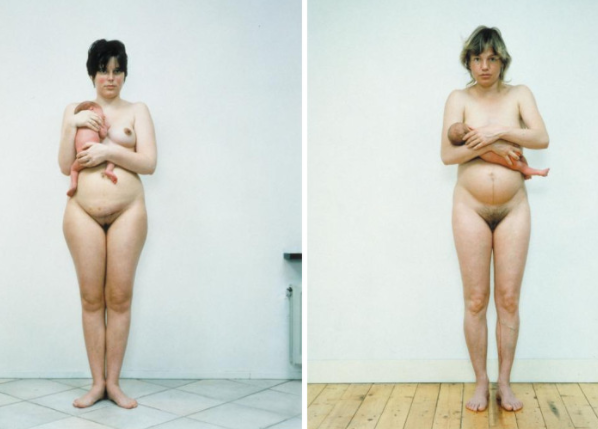
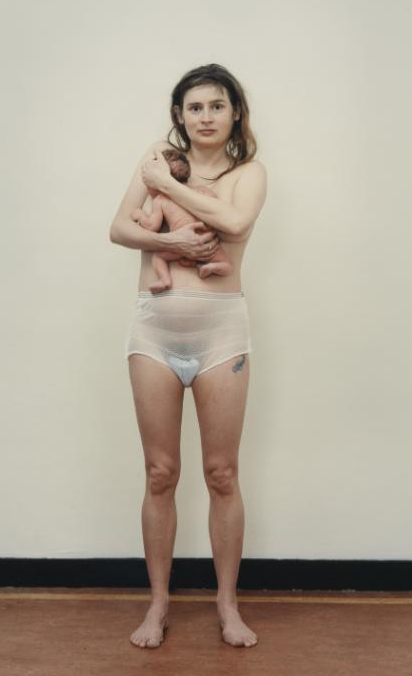
Fig. 1 Fig.2 Fig. 3
Fig. 1 - Jule, iDen Haag, Netherlands, February 29 1994
Woman holds her baby in protective way covering her breast at the same time. She is wearing see through underwear. The tattoo on her left thigh stands out.
Fig. 2 - Saskia, Harderwijk, Netherlands, March 16 1994
Woman holds the baby against one of her breasts. The fact that she is shaved around her vagina, means that she must have had a ceasarian section performed.
Fig. 3 - Tecla, Amsterdam, Netherlands, May 16 1994
Woman holds her baby in horizotnal position. She is possibly breastfeeding as well. Drops of blood can be noticed on the left leg below the knee. The hair around her vagina suggests that she gave birth in a natural way.
As it can be seen, none of these models have been prepared for the session by professional stylist etc.
The authenticity speaks up from these photos. Shows the importance of the moment. All women seem to be tired.
I admire their courage to stand in front of the camera to show their natural beauty.
I wonder whether I would have enough confidence to pose naked after giving birth?
I do not know the answer to that question yet but maybe one day I will do this for own experience?
Thanks to these photographs and Dijkstra’s project, I am motivated to carry on with my own project.
From the perspective of composition: the photographs were shot in a similar way and the only difference – apart from the models – is the wall and floor on each of these pictures.

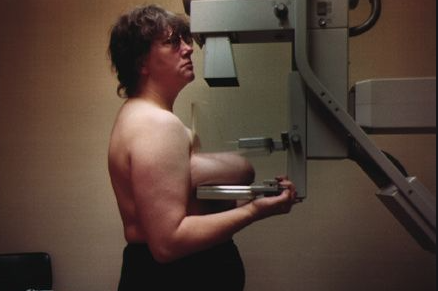
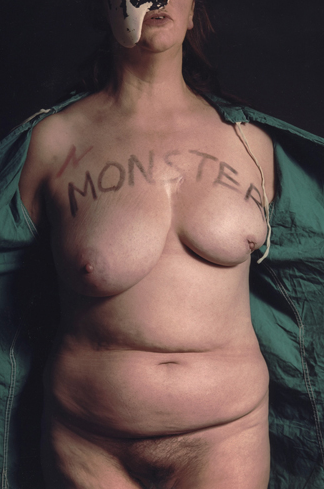
Fig.4 Fig.5 Fig.6
Another photographer that influenced me and my perception of human body is Jo Spence.
Jo Spence - documentary photographer. She documented the course of her breast cancer disease. She described her experiences, what she felt, and finally took pictures of herself after the operation when her left breast decreased significantly.
Fig. 4 - we can see Spence during the mammograph scan.
Fig. 5 - we can see Spence with a famous quote: „Property of Jo Spence” written on her left breast. Both breasts look identical.
Fig. 6 - it is clear that Spence is struggling to accept herself after the operation as she has written „Monster” across her chest.
The fact that she found strength to document the process she has gone through, is motivational. Nowadays, people have different approach to their bodies, social media help to promote only pretty people but hard work as well.
On the other hand, people still try to hide their appearance under the clothing and put an everyday mask to hide their problems.
However, Spence shows us her pain, she exposes herself to the viewer.
I admire her as a woman and photographer. She had courage to do something different, something unique. She documented her story and is an example that we should never give up and attend regular check ups.
During my project I arranged interviews with women who have experienced pregnancy and labour. I usually ask the same questions, often answers are completely different. Each of these stories is unique, unfortunately sometimes painful and stays in your head for the rest of your life. During the project, I use a canon 5d mark IV camera and a 50 mm with 1.4 f, 100 mm macro with 2.8f , 24-70 f stop 4. I try to capture the natural light and the composition and focus on the stomach and breasts.
"Escaping the Grim Reaper" 44 years old woman, 3 sons,one daughter and stillborn baby
The story of a 44-year-old woman is extremely moving, because she gave birth to 4 children and one child who was stillborn boy surgically removed from the belly in the 8th month of pregnancy. The woman's births were in the following years, in 1996, a natural childbirth of a son. Everything went without major complications, even perfectly.
In 2001, the woman has a January deadline, unfortunately, very painful abdominal pain is so bad that the woman goes to the hospital in Wrocław, Poland, before Christmas.
At the scene during the scenes, the doctor declares the child dead and tells the woman that the placenta has detached from the uterus and the child has suffocated. An operation was necessary, because the woman was poisoned from the inside, and she could have died herself. The doctor told her that if she hadn't come to the hospital in the morning she might not wake up. He also said that she escaped death from before the scythe. These words are still ringing in her ears today.
She is immediately prepared for surgery. The woman's stories and memories show that everything happened very quickly. All she remembers is when she lay down on the bed and widened her knees all the time she was shaking very much, she was unable to calm down.
The woman experienced the loss of her child very painfully, the doctors forbade her to attend her son's funeral. She already had a name for him and was ready with the clothes. Christmas time, which are a time of joy and a family time, have since caused regret, pain, crying and nostalgia. She could have tantrums and very violent fits. Unfortunately, in those days, hospitals did not offered the help of a psychologist. Her attending physician persuaded the woman to talk several times. However, she refused. She came back home after 2 weeks, the clothes that were bought just disappeared. She says she didn't even ask who took them. She was slowly coming back to herself and her 5-year-old son who was waiting for her with her grandmother. Unfortunately, her partner did not help. It turns out that things did not work out between them and he stressed the woman a lot. He could be not nice and indifferent to a woman. He did not properly support her. They needed time to revive their relationships and trust.
A woman searches for truth and information about a lost child. Unfortunately, she cannot come to terms with why it happened. Unfortunately, the fault lies with the doctor and the midwife who had a monthly scan, apparently the changes in the placenta were visible much earlier and the child died due to the doctor's failure to see it. It was possible to do a cesarean much earlier, saving the child.
The woman was too devastated and devastated by the fact that such a mistake had occurred. Even then, she wouldn't have thought of going to the orchard and fighting for justice. She returns to work thanks to people and family, the supportive woman recovers after a year. However, she never forgets it.
Another child, her daughter is born in 2004. With this pregnancy, the woman takes care of herself much more. Even control visits to the hospital are monitored by other doctors so that everything goes smoothly. Due to the experience of previous loss of a child, during childbirth, the woman receives complete anesthesia and the doctors incise her postoperative scar from the previous surgery, i.e. vertically on the abdomen, cutting the navel again. Saying they don't want to cross their belly.
After a caesarean section, the woman recovers during the week and goes home. She can feed and the baby grows up without any problems.
In 2007 and 2010, her sons were born in U.K. Blackburn was the father of the sons during childbirth, which significantly facilitated the woman's comfort during childbirth and the support of her beloved. Doctors at Blackburn make the decision to cut a woman's lower abdomen. They also know the woman's stories and previous traumatic experiences, and the woman is given general anesthesia. After these births, the woman recovers, and after a few days she leaves the hospital, returning home with the children.
Her story and experiences were not the easiest. After reading what she has gone through, I can say that I admire it, because despite the loss and pain that accompanied it. She did not give up and overcame her fear.
Sometimes, as we pass women on the streets, we cannot tell much about them, what they have been through, or have children, or how many. What a responsible burden it is not only to bear under the heart, but also to give birth and then raise a child.
Fig. 7 Fig.8
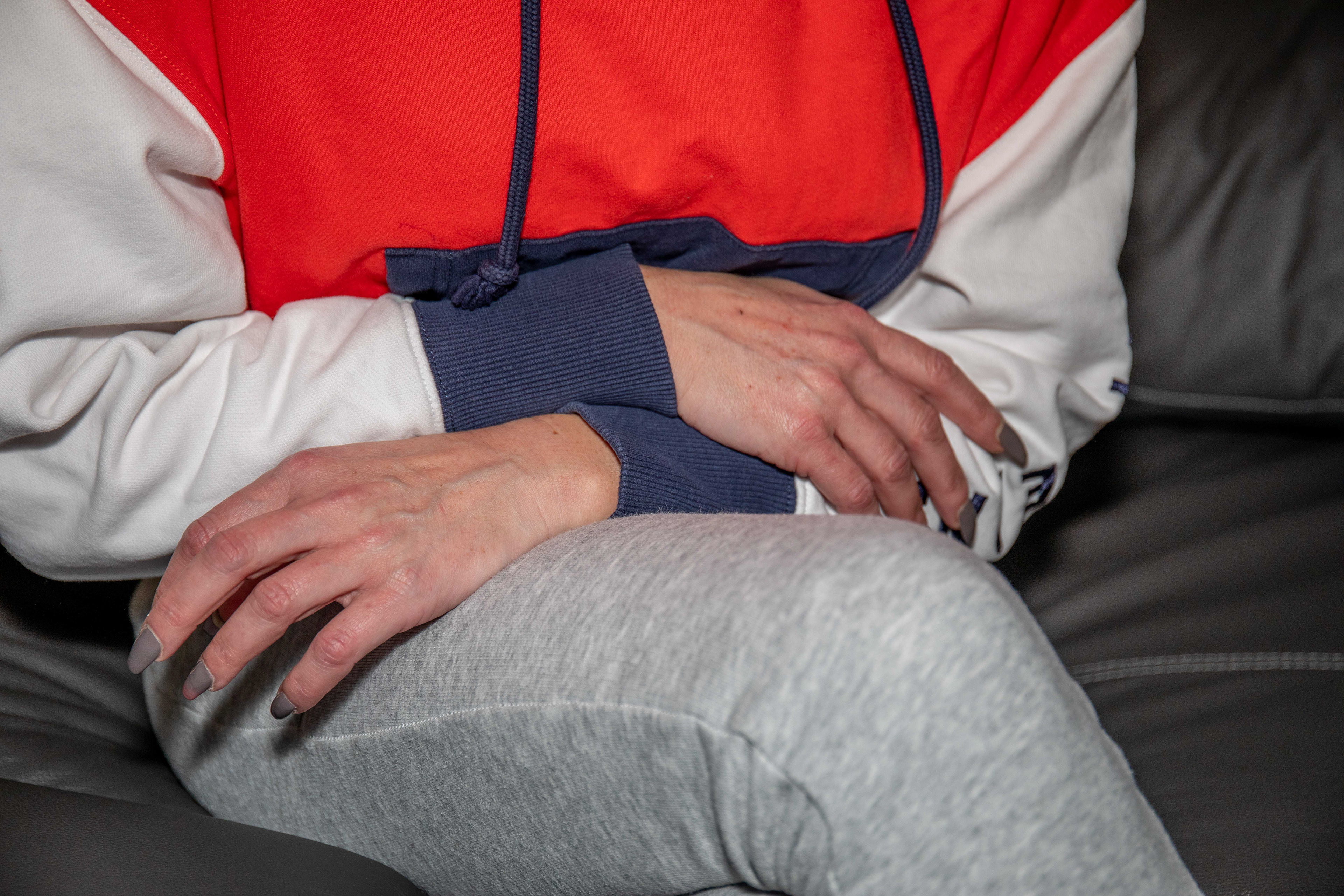
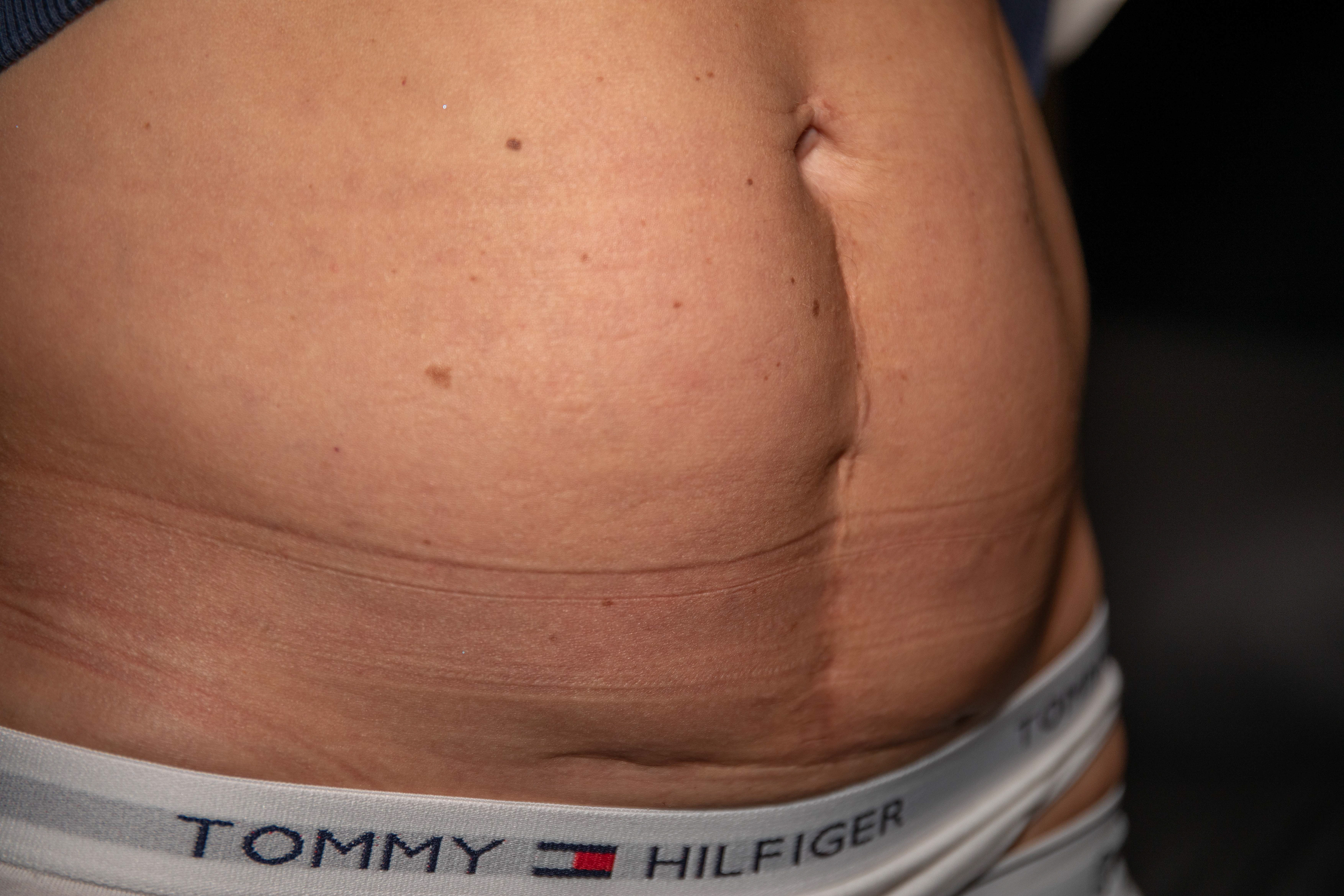
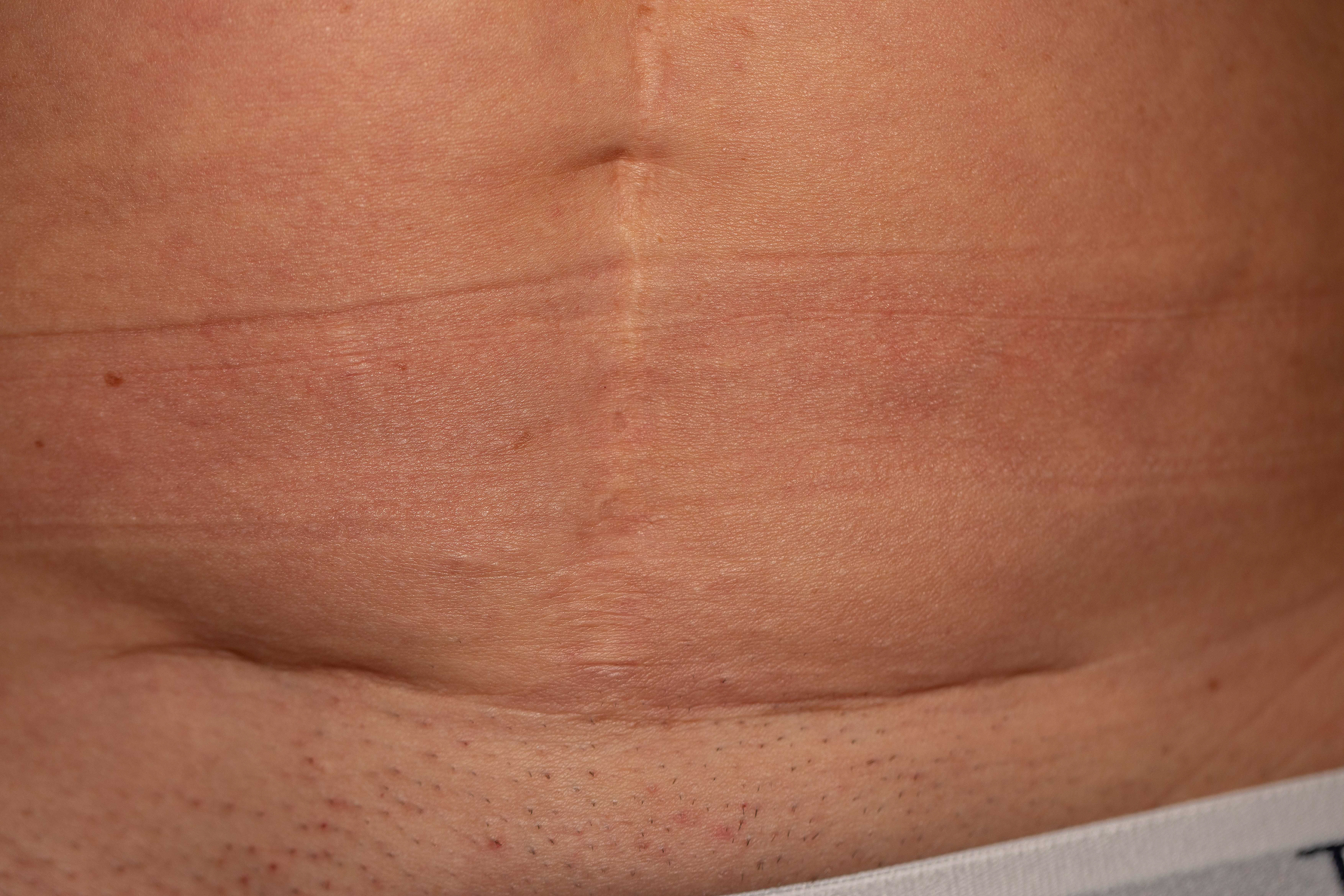
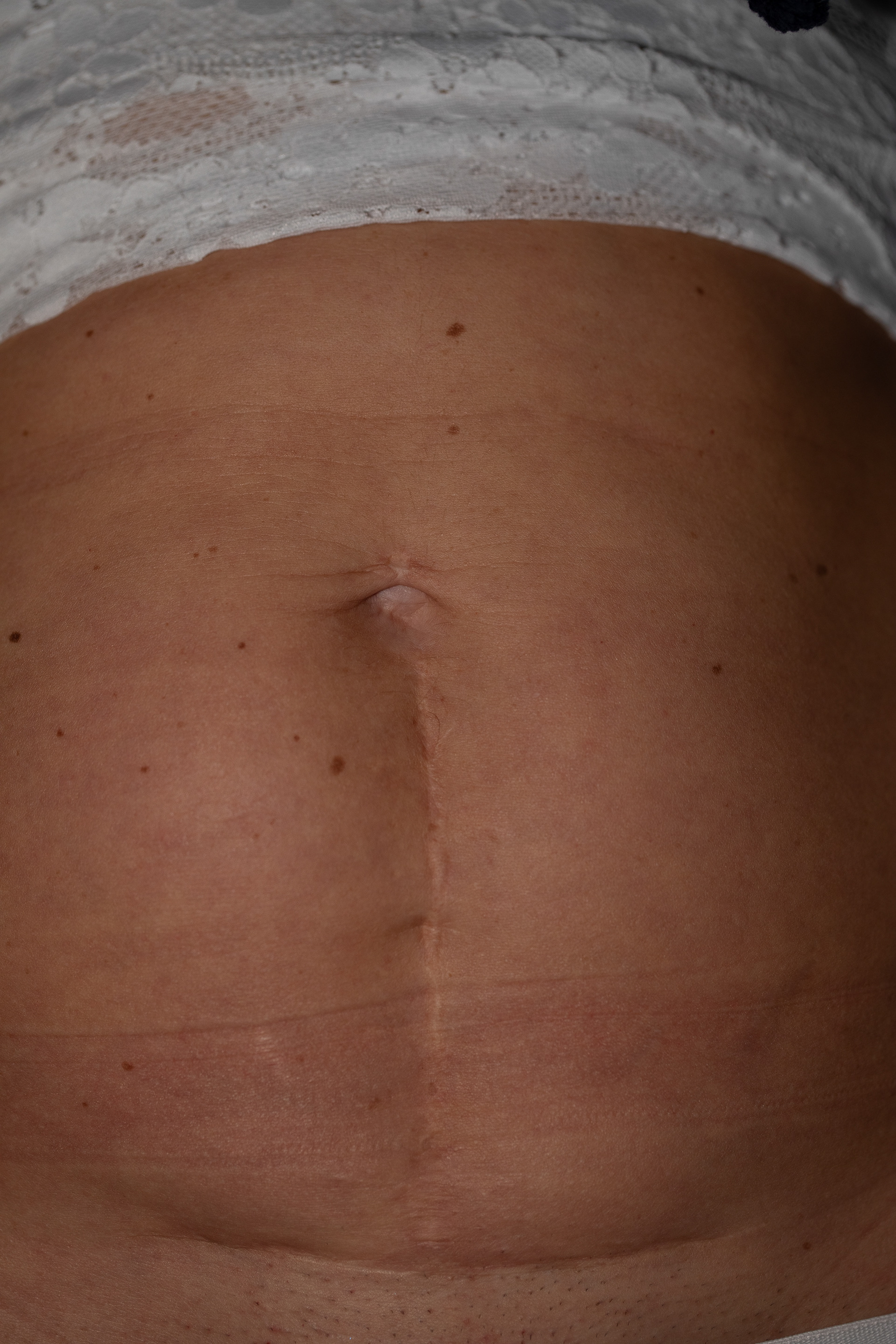
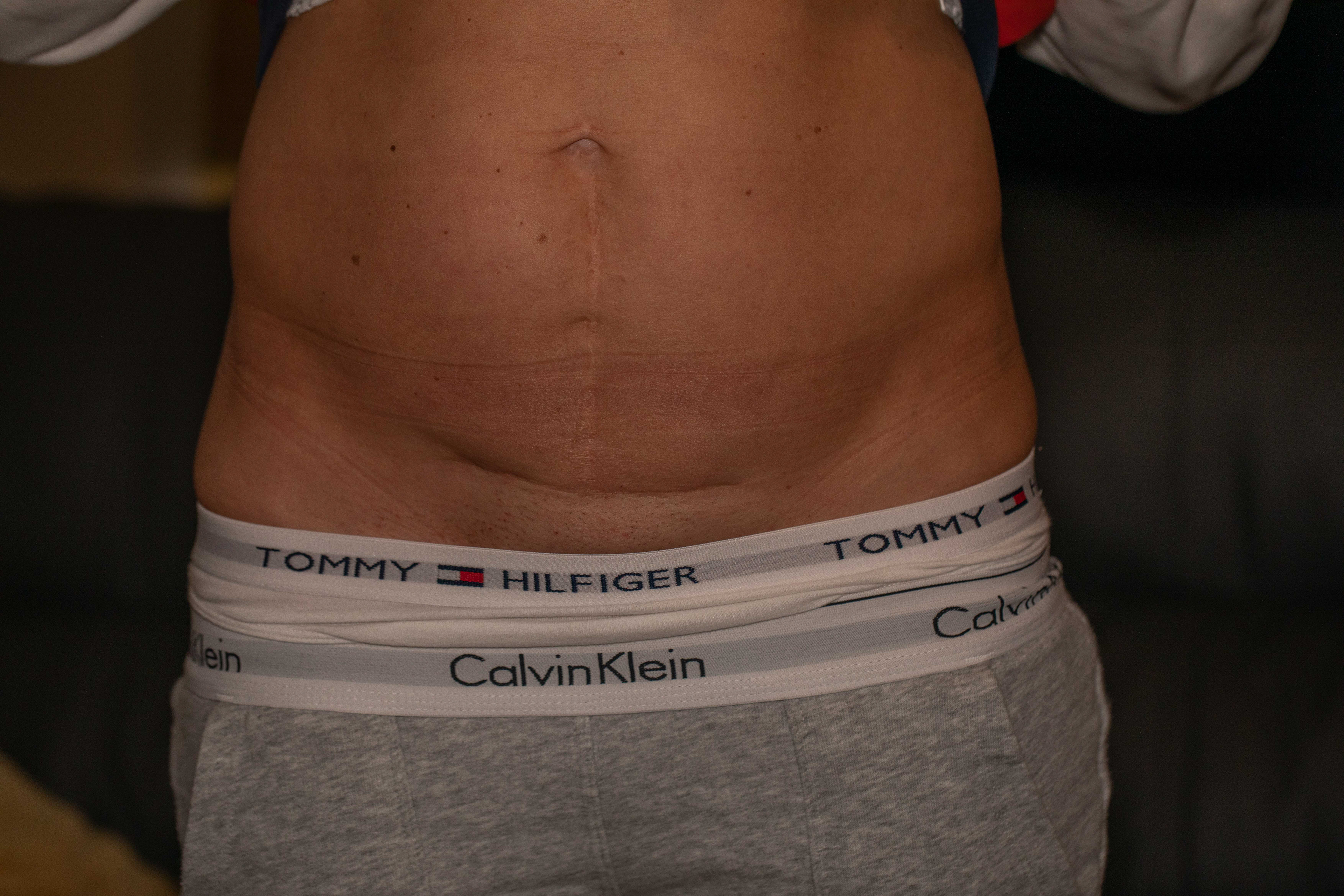
Fig. 9 Fig. 10 Fig. 11
The woman gave birth to 4babies and 1 stillborn boy, the 1st was a natural childbirth, the second was still born from the abdomen in 8 months, the 3th caesarea along the abdomen and the other 2 pregnancies were horizontal in the bikini area in the UK.
I used a flash when taking pictures at the model's. Unfortunately, the photos are still too dark and there is no effect. This was my first interview. Also, there is a logo for her underwear I should come much closer to skip that. I don't think I will think over the concepts to take the right photos.
I focused on the figure during the interview. Later, I wanted a photo of my stomach and two scars.
I couldn't go back to the woman because she was very busy.
Thanks to these photos, I draw conclusions:
- take photos during the day by the window
- focus on the belly a little closer
- adequately capture the scar after a caesarean section
-to have a conversation a little longer, so that the model can trust me, because thanks to the relationship between the photography and the model, our cooperation is fruitful
Thanks to these photos, I draw conclusions:
- take photos during the day by the window
- focus on the belly a little closer
- adequately capture the scar after a caesarean section
-to have a conversation a little longer, so that the model can trust me, because thanks to the relationship between the photography and the model, our cooperation is fruitful
34 years old woman-2 girls and Boy
A 34-year-old woman who gave birth to 3 children. In 2008, she gave birth to a daughter. The pregnancy was flawless. She worked until the 29th week of pregnancy. The girl was born 2 weeks late. Unfortunately, childbirth is very painful, back pain, and in a natural way. At Blackburn Hospital, the husband was present during the delivery. Breastfeeding her daughter for 2 years.
In 2010, the second daughter is born. During pregnancy, vomiting and hemorrhoids are tiring at first. Which disappear after childbirth. The pregnancy was exemplary and she felt good. The delivery was very quick and painless. Breastfeeding 2 years.
In 2019, a son is born, 12 days after the due date. Feet froze during pregnancy, vomiting tormented all this time 9 months. Stress at work for the first 4 months. At 27 weeks she goes to maternity. Before giving birth, a lot of walking, washing windows. This time, a son is born in a bathtub at the Birth Center in Blackburn, and there are daughters and a husband. On the same day, a few hours later, the woman and her child are discharged home. The son is now 16 months old and is still breastfed.
In a woman, the belly is most visible in relation to childbirth. How the body first adapted and the belly grew until it was born. Unfortunately, the woman has a tendency to put on weight, hence problems with losing weight. She also said that her stomach looked much better right after the birth than it does now. As we can see, there are visible stretch marks and sagging skin of the abdomen. This is a discomfort for a woman. Unfortunately, the current situation also does not help because during the first lockdown in the U.K. she was sitting with the baby at home.
How many women struggle with this type of problem? Is there a way to fix this? Should it be removed surgically or is exercise and diet required?

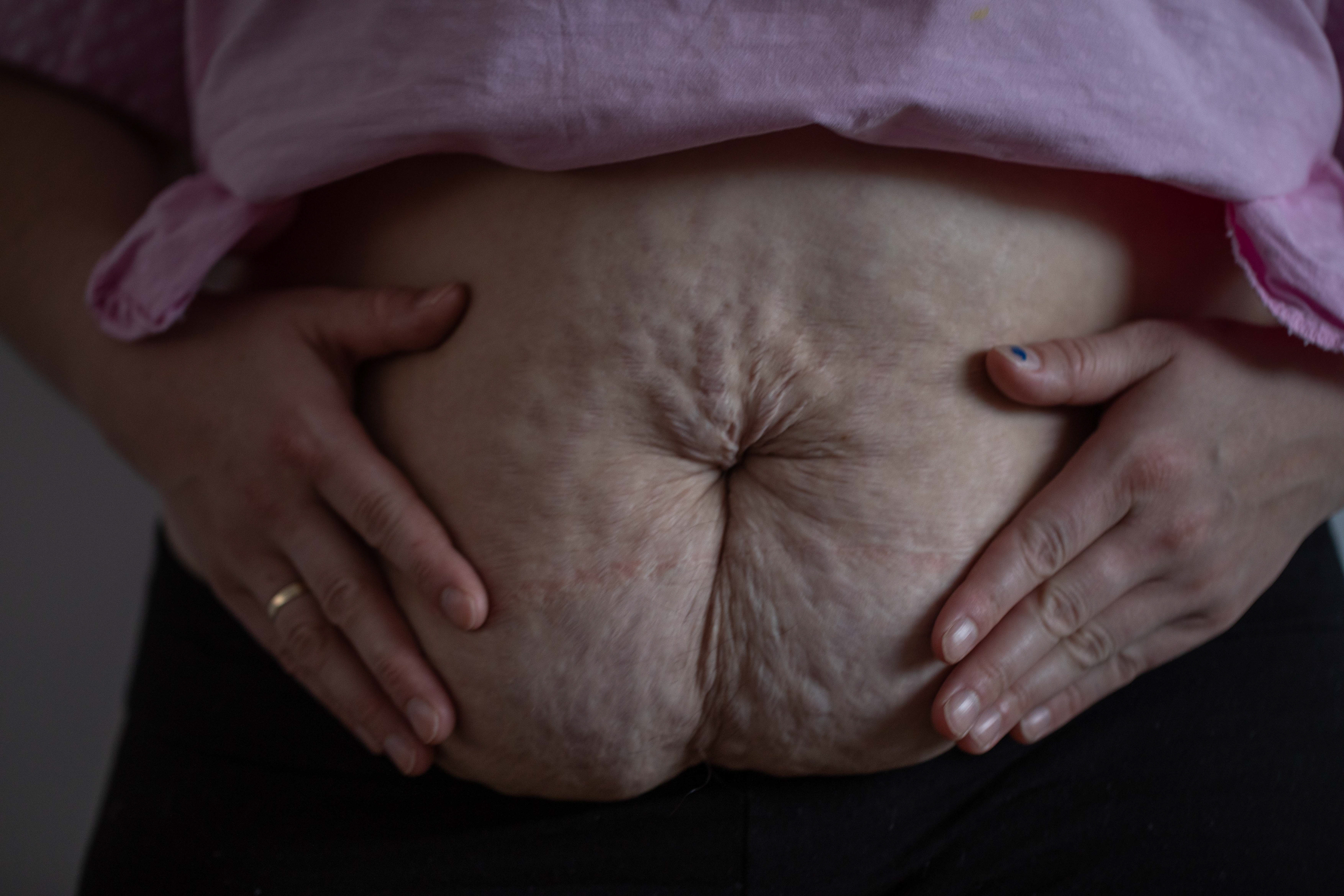


Fig. 12 Fig. 13 Fig. 14 Fig. 15
During the interview, the son did not want to leave his mother alone. That's why he is pictured on her hands. Which is so endearing and very true.
As for the rest of the photos, I took them against the wall away from the window, which makes the photos dark.
As for the rest of the photos, I took them against the wall away from the window, which makes the photos dark.
Here my attention was focused on the belly, which is no longer elastic and has stretch marks and sagging skin. This woman was not entirely convinced to reveal her belly. Despite everything, she agreed and opened it up to.
The photos are definitely too dark and there is no desired effect.
The photos are definitely too dark and there is no desired effect.
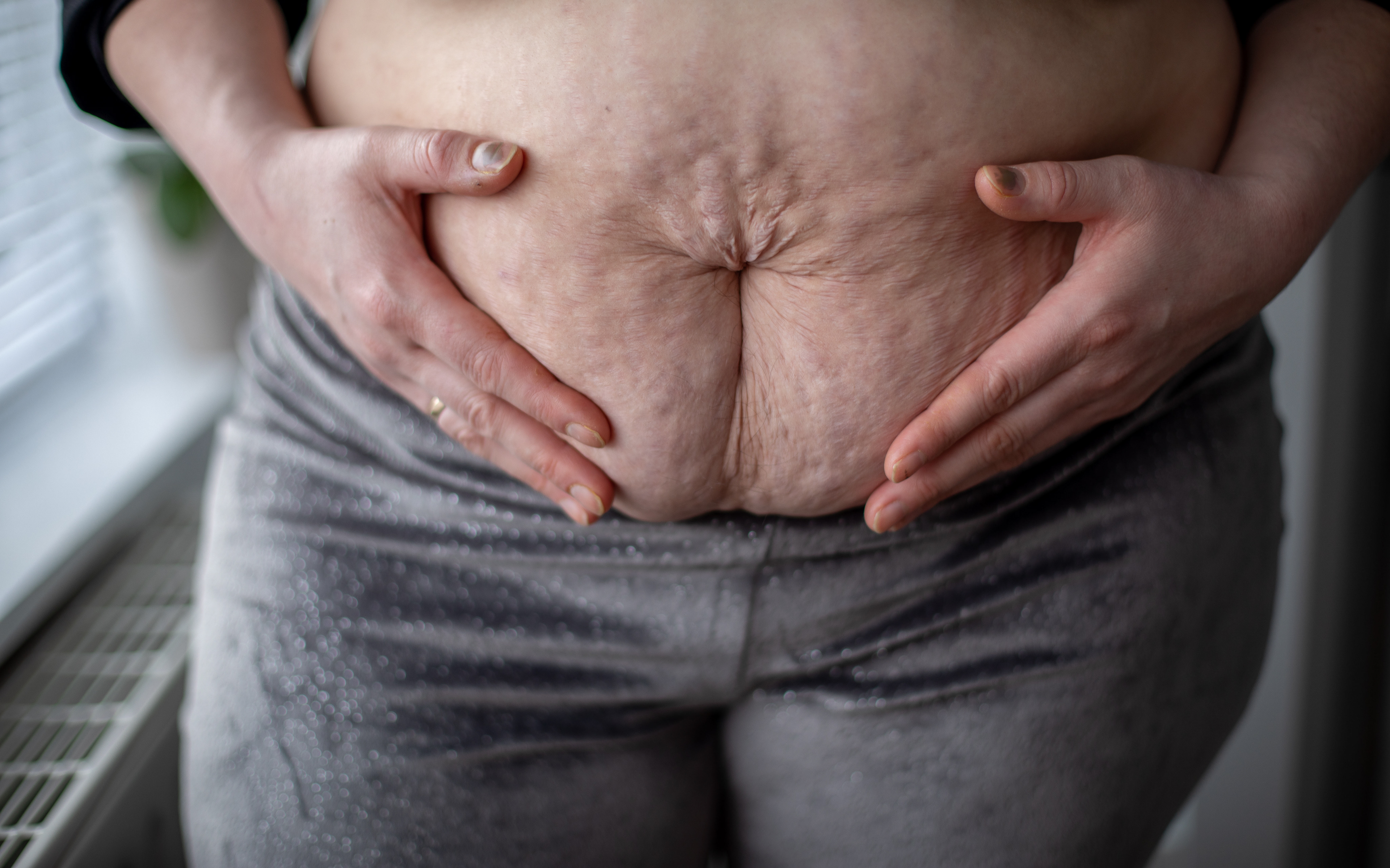

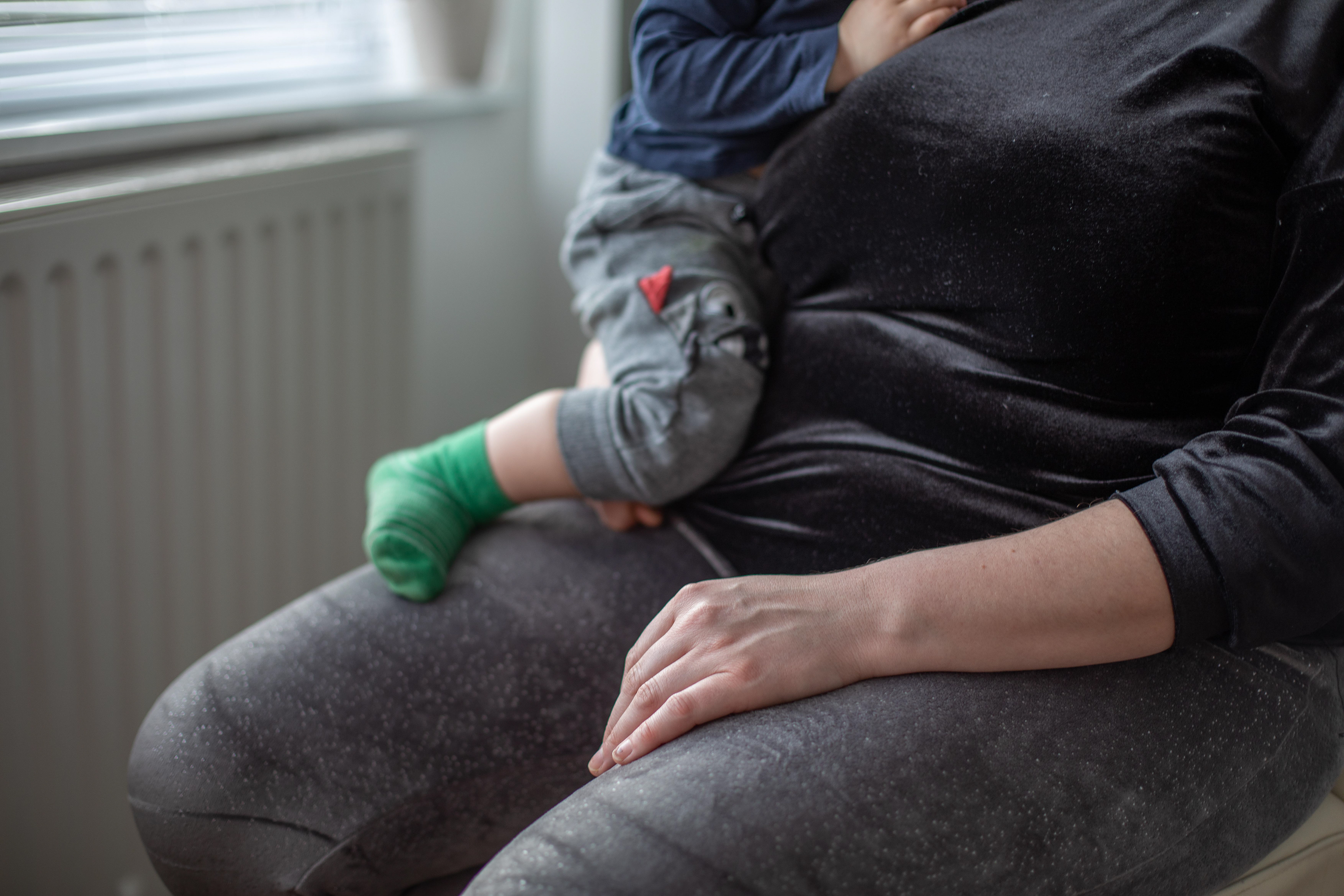
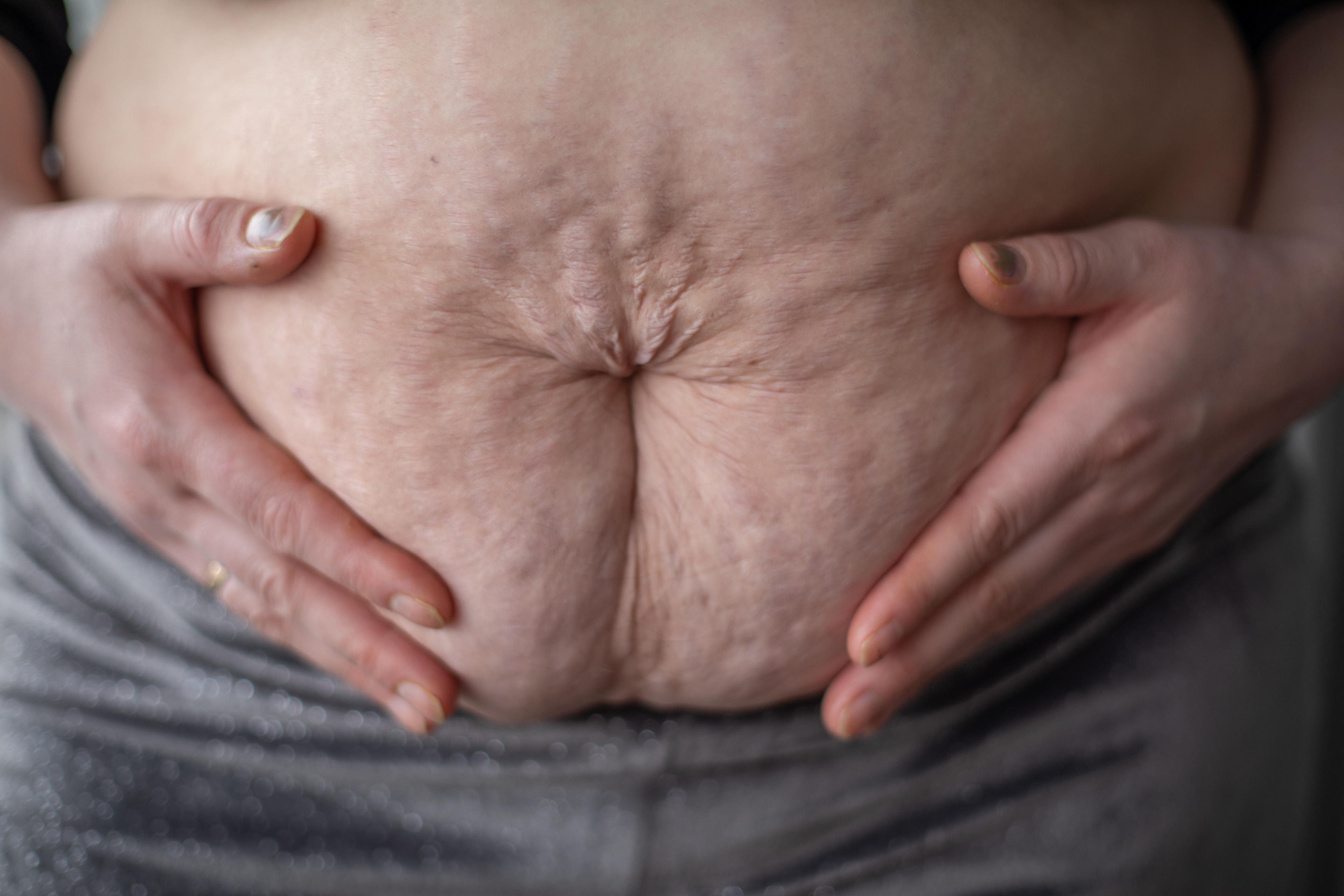
Fig. 16 Fig. 17 Fig. 18 Fig. 19
Thanks to the model's favor, I can visit her again and ask for new photos. This time it uses daylight and proximity to the window. I think the difference in photography is definitely better and also the composition. I honestly admit that I am satisfied with the result achieved. As it turns out, training makes perfect, sometimes you need to come back to make better photos.
This woman has had 3 natural births behind her. However, each of them was completely different. Her pregnancies and births were successful. However, the 1st delivery turned out to be the most painful. Here she did not know what to expect and how it would be. During the second childbirth, 2 years apart, she said that she had not known when her daughter was born. After a long break, it's time for the last labour, which unfortunately is painful, but takes place in the pool with the husband and daughters present. Indescribable emotions. Tears, euphoria and joy! This woman is ashamed of her belly, stretch marks and sagging skin. Although she tries to lose kg and exercise, it is not always so easy.
65years old woman-3 sons and one Miscarriage
A 65-year-old woman who gave birth to 3 sons.
The births were in the years 1979. The pregnancy was smooth and without any problems. Years ago, husbands could not be in the room during childbirth, as it is today. Neither then did anyone know the sex of the child.
The father waited outside the operating theater door to hear about the baby and his wife's well-being. Breastfeeding her first son up to one year.
1982, a second son is born, here also the pregnancy goes without any problems. Breastfeeding up to a year. Childbirth was very painful and nothing can compare to it.
In 1983, in the first weeks, the pregnancy was spontaneously lost in the toilet. While the sons were very sick. The oldest son was 40 degrees and was delirious. Most likely, it was then that the woman lost her child. During a physiological need clots came out of the toilet and there was a tremendous stomach ache. She and her husband went to the hospital to have the doctors clean the uterus. So that there is no infection.
After this situation, the woman recovered a little. Nevertheless, she became pregnant for the third time.
In 1986, the third son is born. This delivery was the most difficult and painful. To everyone's surprise, the baby weighed 4.6Kg. More over, the woman is unable to feed her child. She has terrible breast pain and the doctors and nurses are trying to express milk from her breasts. It turns out there's pus in her breasts. The doctor suggests that only by surgery it is possible to get rid of pus from the breast during 2 years the woman has 4 operations and after the last one. She comes back to herself, unfortunately, during this period she does not breastfeed. It is likely that this situation resulted from the Chernobyl explosion. The disaster that took place in April then affected people and there were also genetic mutations. Perhaps the fetus was protected, but the side effects went to the mother. From her memories, the woman remembers that they forbade the windows to be opened and said to stay at home as well. People responded to the messages.
Fig. 20 Fig. 21 Fig. 22

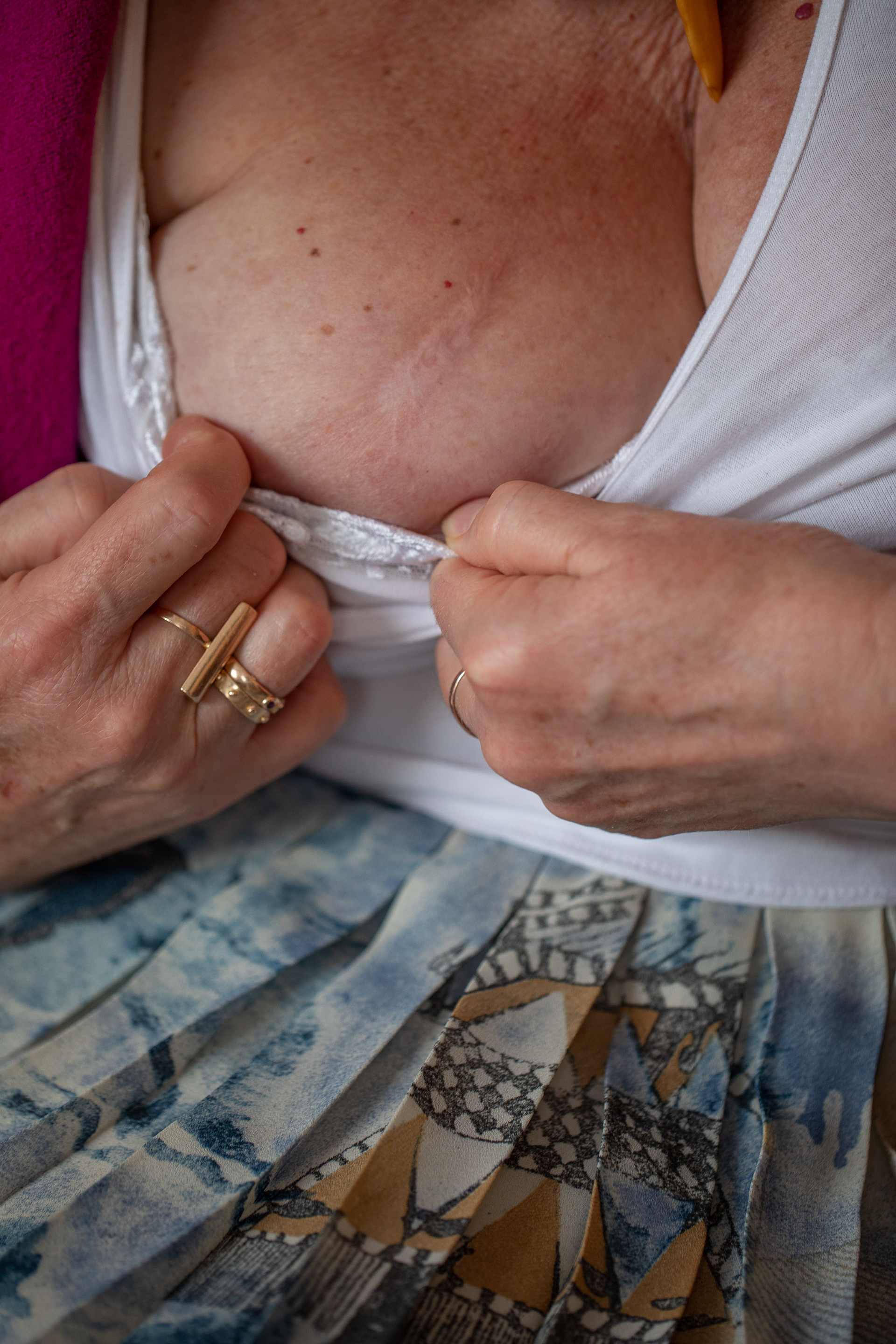

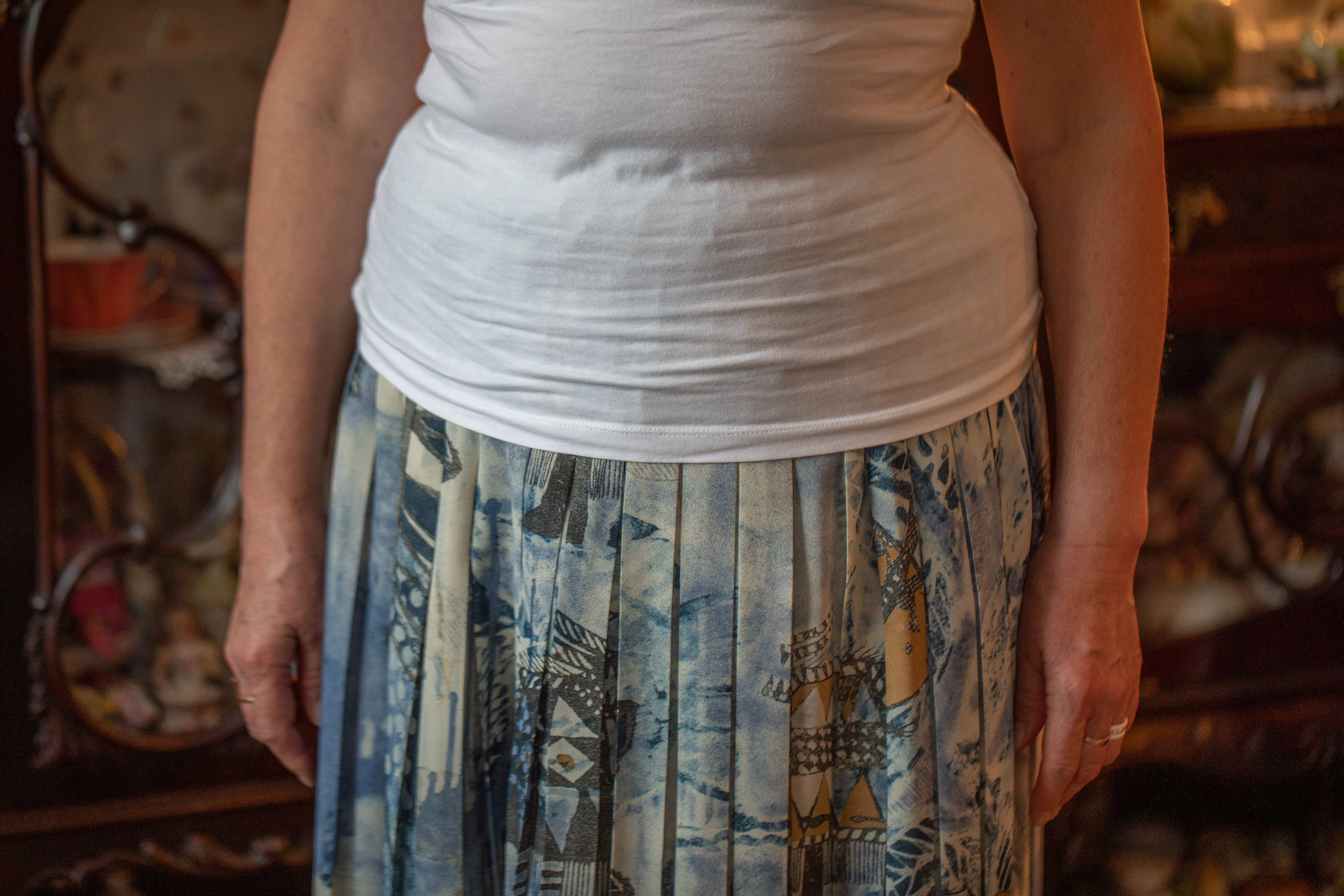
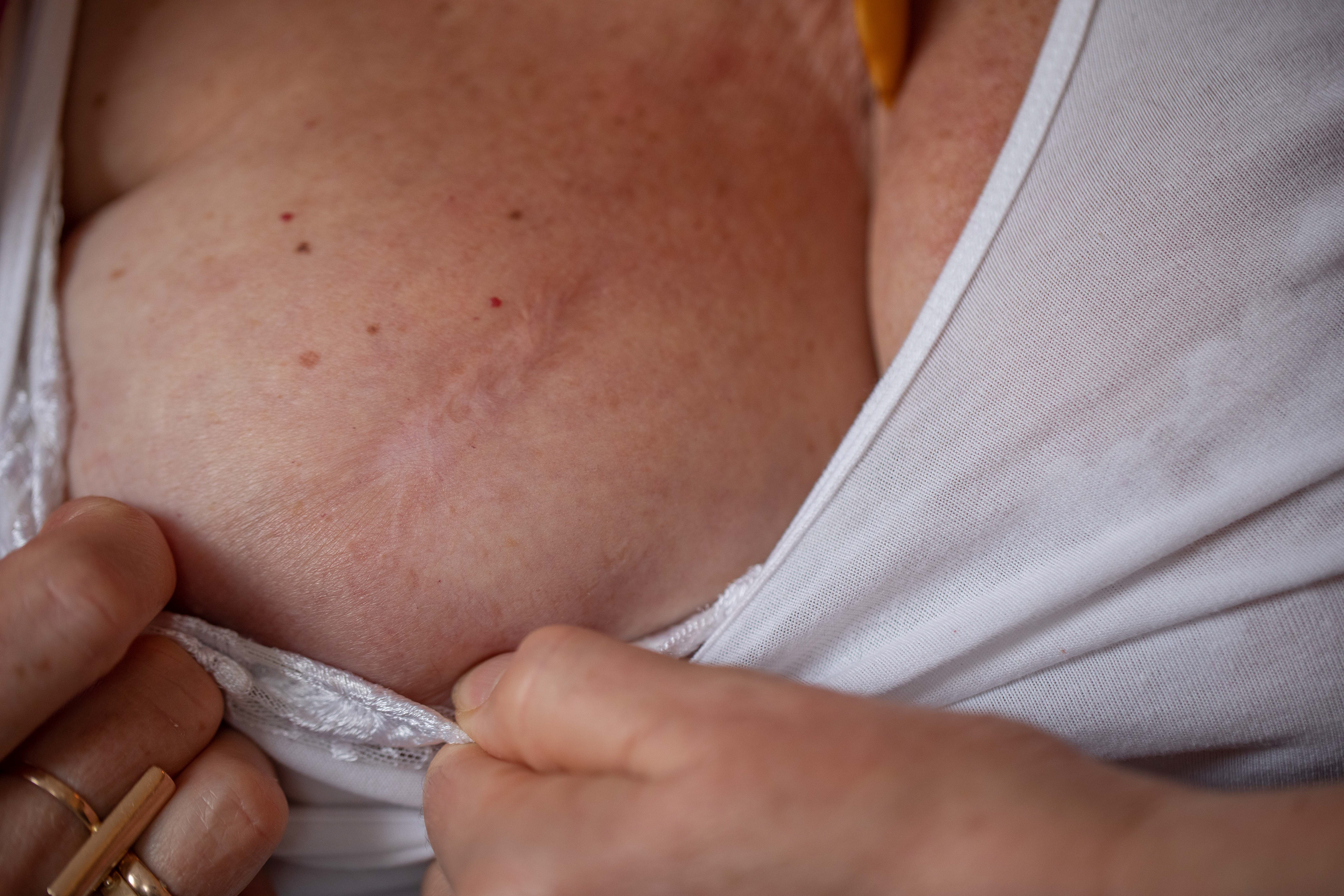
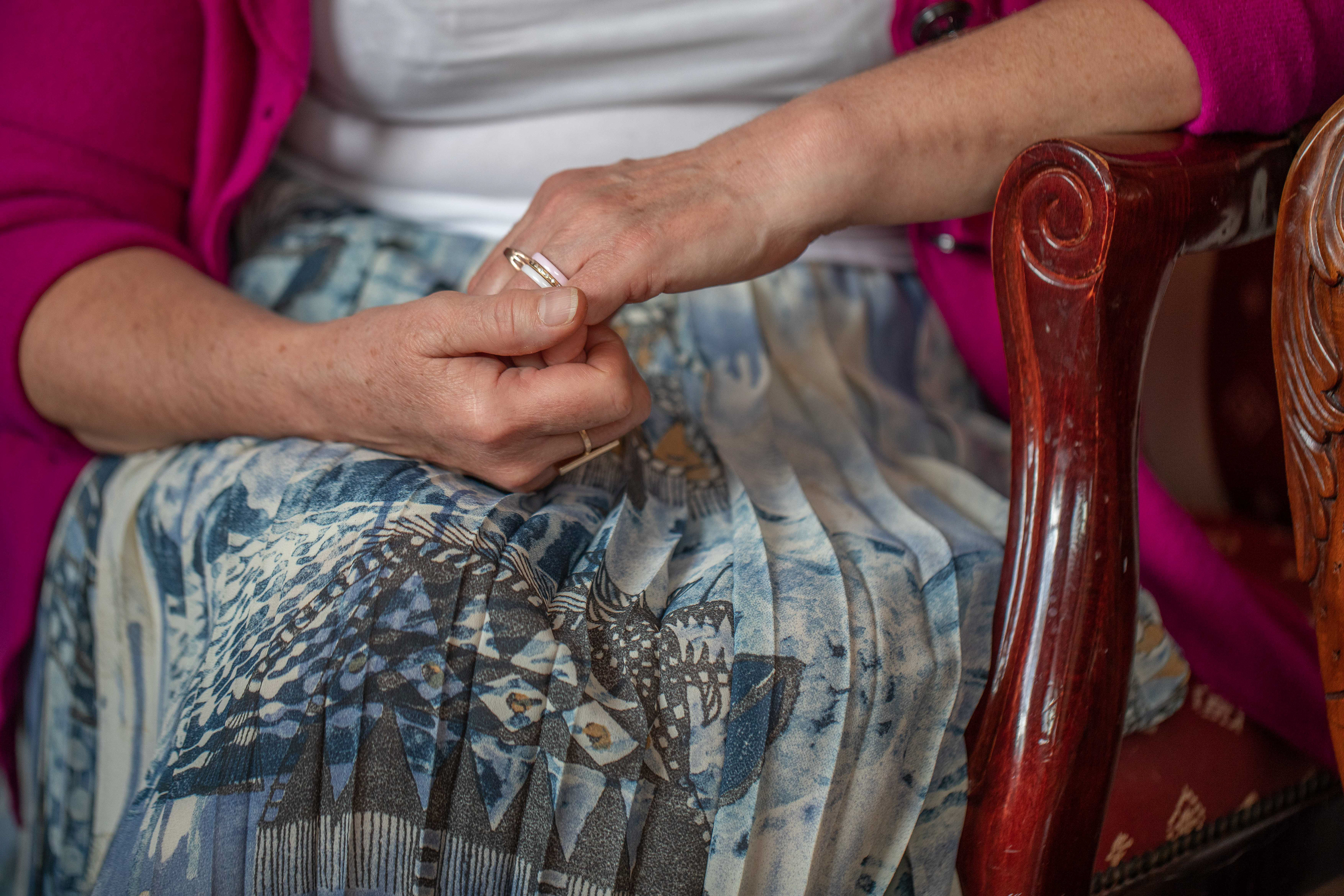
Fig. 23 Fig. 24 Fig. 25
During this interview, we were accompanied by lighting from two windows in front of the model. It was a sunny afternoon and the sun was stealthily entering the room. During the interview, the woman gesticulated, talking about her experiences ... I decided to capture these moments.
This time I present a model sitting on a chair, showing her scars on her breasts after 4 operations on her last son. Therefore, I did not pay attention to photograph the naked belly.
Due to the colors of her clothes and the background, I can say that I am satisfied with these photos. I also think that the relationships or it is someone close to the family facilitate establishing closeness and trust.
Due to the colors of her clothes and the background, I can say that I am satisfied with these photos. I also think that the relationships or it is someone close to the family facilitate establishing closeness and trust.
The woman naturally gave birth to 3 sons, unfortunately she lost one child in the 4th week of pregnancy. The first two pregnancies and births went smoothly. However, the last childbirth is the birth of a son during the Chernobyl outbreak. The woman says that she has undergone 4 very painful operations within 2 years. She had lumps in her breasts full of pus. Unfortunately, she could not feed the baby. These were the years where the father was not allowed to accompany the woman to the delivery room. As well as there was no scan telling about the sex of the child. His brothers were waiting for his little sister when they found out that it was his brother who said ... okay, tell him dad that we will love him anyway. How real and endearing it is.
Jan Saudek was born in Prague on May 13, 1935. He worked in various departments of the State Printing Works from 1950 through 1970, and started making his own photographs in 1951. He began to hand paint his images in 1977. Saudek's pictures display a fondness for sequences that can be traced back to his childhood appreciation of comic books. More obviously, his work is often inspired by the nineteenth century tradition of photographs of large women posed in lingerie reproduced as postcards (quite possibly also the source of inspiration for Saudek's collection 30 Postcards). His formal training occurred from 1950 to 1952, when Saudek attended Graphic Arts school and took a photography class. Saudek first exhibited in Prague in 1963 at the Hall of the Theatre on the Balustrade; though he continues to show work in his home country occasionally, Saudek's pictures are most widely exhibited in the United States. His work is held by such institutions as the Art Institute of Chicago; Museum of Fine Arts, Boston; Bibliothèque Nationale, Paris; Musée Nicephore Nièpce, Chalon-sur-Saone, France; National Gallery of Victoria, Melbourne, Australia; and Photo Art, Basel, Switzerland. Saudek continues to live and work in the Czech Republic.
Apart from the photos, there are also known paintings and literary attempts by this artist of Jewish origin. Undoubtedly, Jackson Pollock or Franz Kafka fascinated the young man with a rebellious attitude with their works. However, no one else has inspired Saudek more than women. In the Curriculum vitae posted on the artist's home page, we read: “1976 - May to June. I'm in love with a red-haired girl - and forty others. AIDS is not in vogue yet. In the notes from 1991, in turn, we find a carefree thought: “My French mistress Nathalie has been replaced by a beauty from Moravia. This is a classic situation. When a woman grows old (31), she is replaced by another. " Anyway, the title of one of the books describes his biography (also artistic?) Best, briefly and to the point: "Single, married, divorced widower." Women, their bodies, their sexuality, female fetishes, and female-male antagonisms are the main objects of Saudek's art. The artist often photographs people he knows, his children, lovers, himself. The body is in the foreground. Both those exposed, masturbating during a homosexual or heterosexual act, boldly presenting intimate parts, and dotted with layers of lace, nylons, decorative scarves, hidden in the baroque convention. Sepia, colored, colored, black and white. Exposed, phantasmagoric and anatomical bodies. In the company of other bodies or lonely, childish and senile, human and animal, slim and monstrous in size, mutilated and smooth. Corporate portraits are embedded in the poetics of the theater of death.
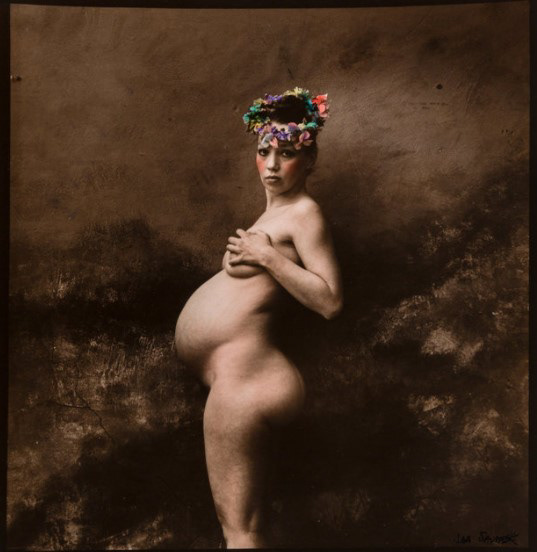
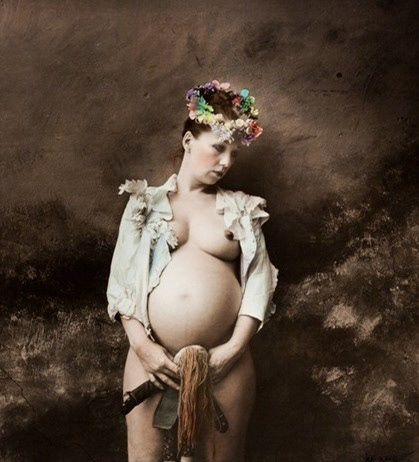
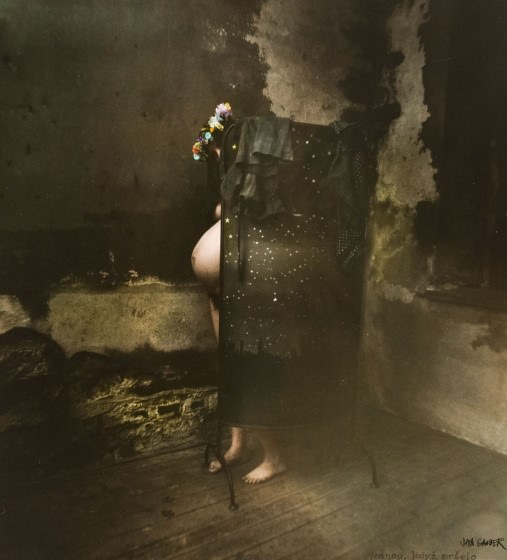
Fig 26 Fig 27 Fig 28
Fig 26 - Untitled (Pregnant Woman in a Flower Crown), 1983
Fig 27 - Pregnant Girl with Wreath 1983
Fig 28 - Image No 148 Pregnant woman 1978

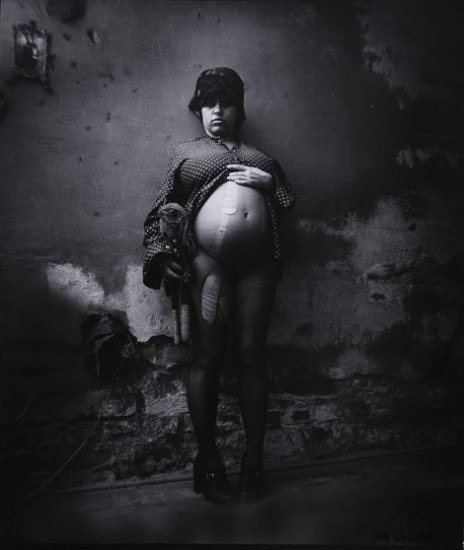
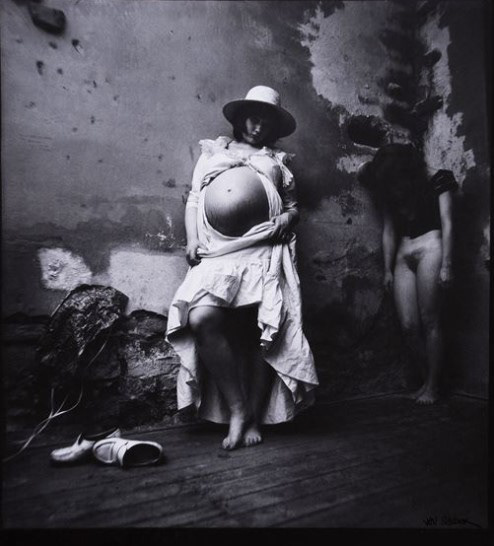
Fig 29 Fig 30 Fig 31
Fig 29 - No title Pregnant woman in Landscape
Fig 30 - A pregnant Child 1977
Fig 31 - Expecation Image No 146 1977
While looking for photographers who took pictures of pregnant women. I manage to do research about Jan Saudek is a Czech photographer who photographs pregnant women, usually naked or half-naked. This happens from 1977 to 1983. He is clearly fascinated by the body of women. He also had many lovers who were also immortalized in photos. When I look at the photos I see that he used one room fig 26 to fig 29 are brown in color. On the other hand, figures 30 and 31 are in black and white composition. You can see here that the women felt very open with him and there was no visible kind of embarrassment. The more so because there is one more landscape photo of a pregnant woman, Figure 29, where in the distance a woman has her shirt unbuttoned and in the background behind her there is a factory. Here it is also half taken apart, which may suggest that the photo was taken away from people. Then the model is not ashamed and unbuttons her blouse. I am impressed by this photographer because I think it was not easy to gain the trust of so many women. Which willingly posed for pictures. Showing your body while pregnant.
Women present themselves here in an artistic way, the very idea of a screen is interesting because we only see a piece of a pregnant woman's belly. Similarly with the photo when Jan Saudek takes photographs of a woman in the space in the fields and the factory is visible in the distance. For a photographer, there is no limit to taking a photo, he focuses his attention on the model and shows her in a different way each time.
During this project, I also take pictures of myself, but my photos are simple and I take them in the same place but with different settings depending on the daylight in the room. Even so, I didn't think to create my self-portraits in any other way in the kitchen or in the bedroom because I feel that my body is too big. And I am only in the 4th month of pregnancy. It is known that my body is changing and adapting to the needs of the child and in 2 months I will be even bigger.
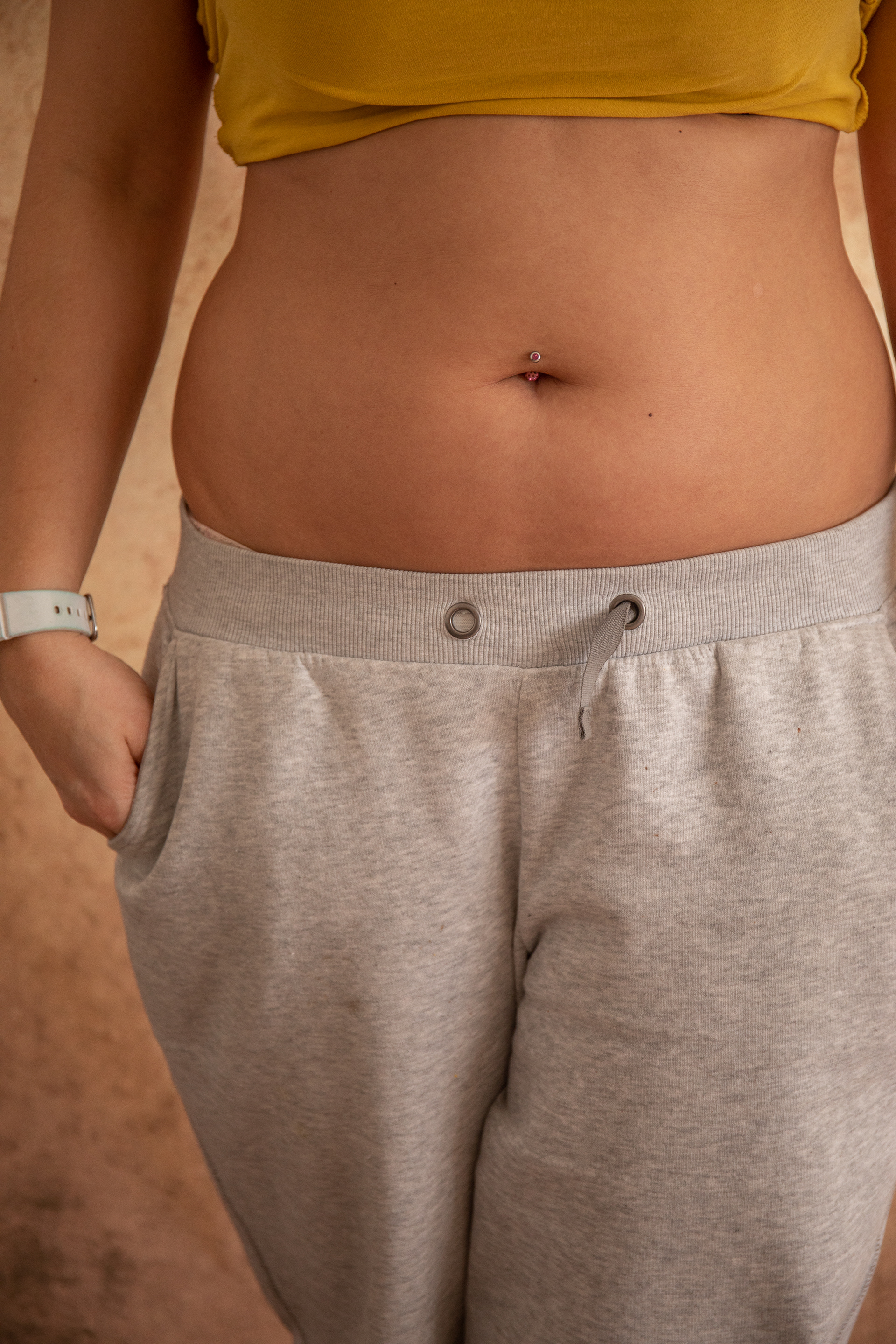

Fig 32 Fig 33
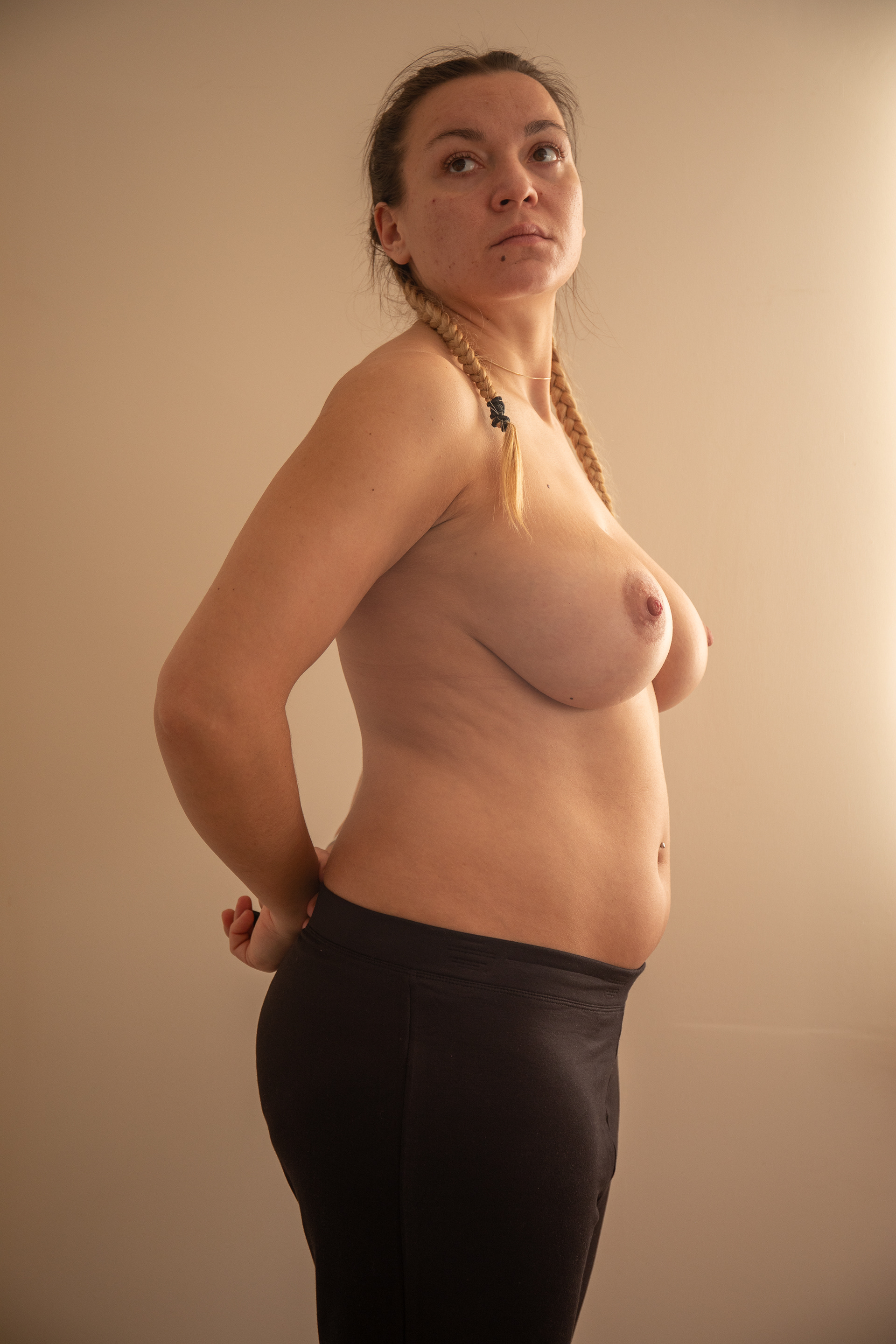
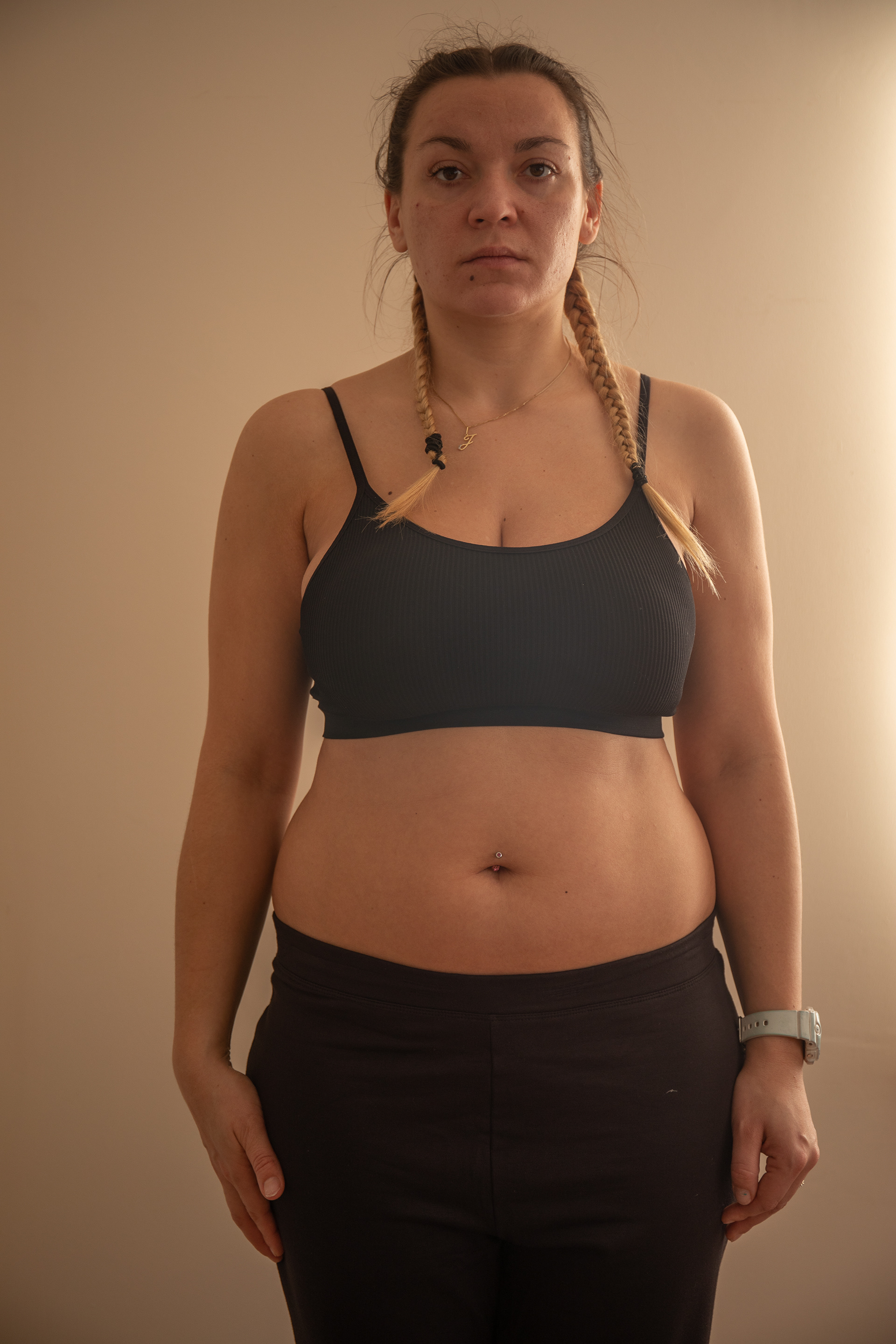
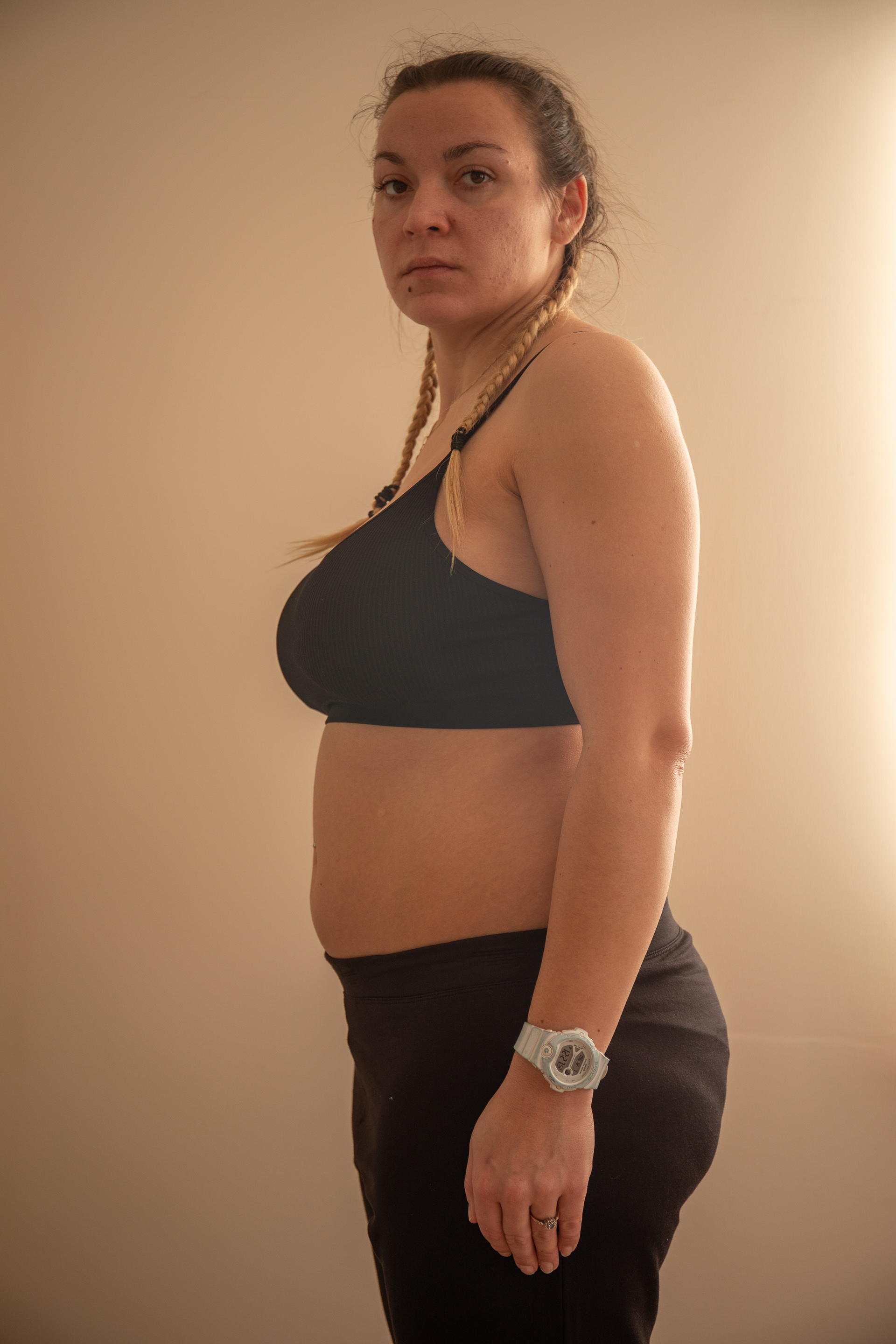
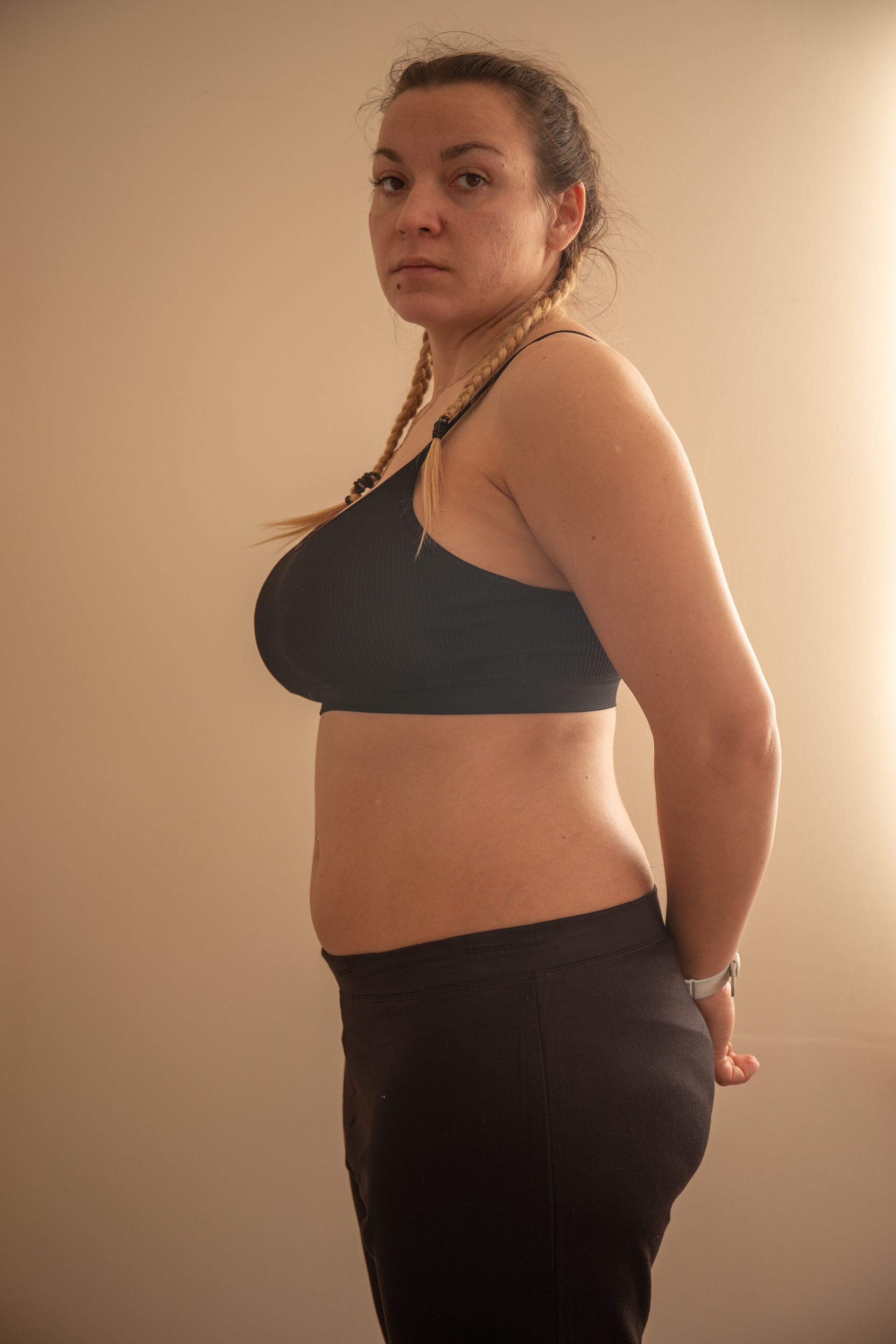

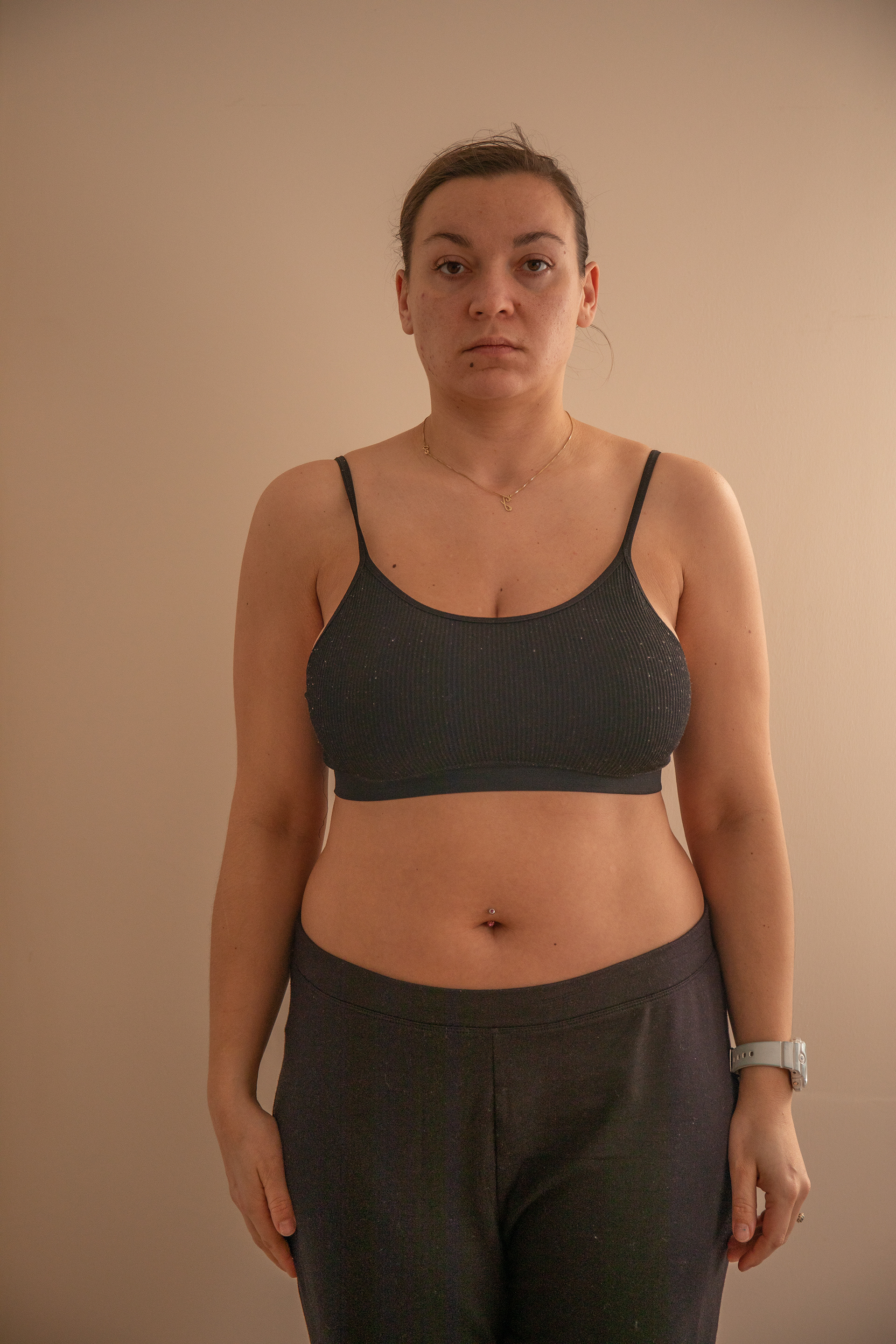

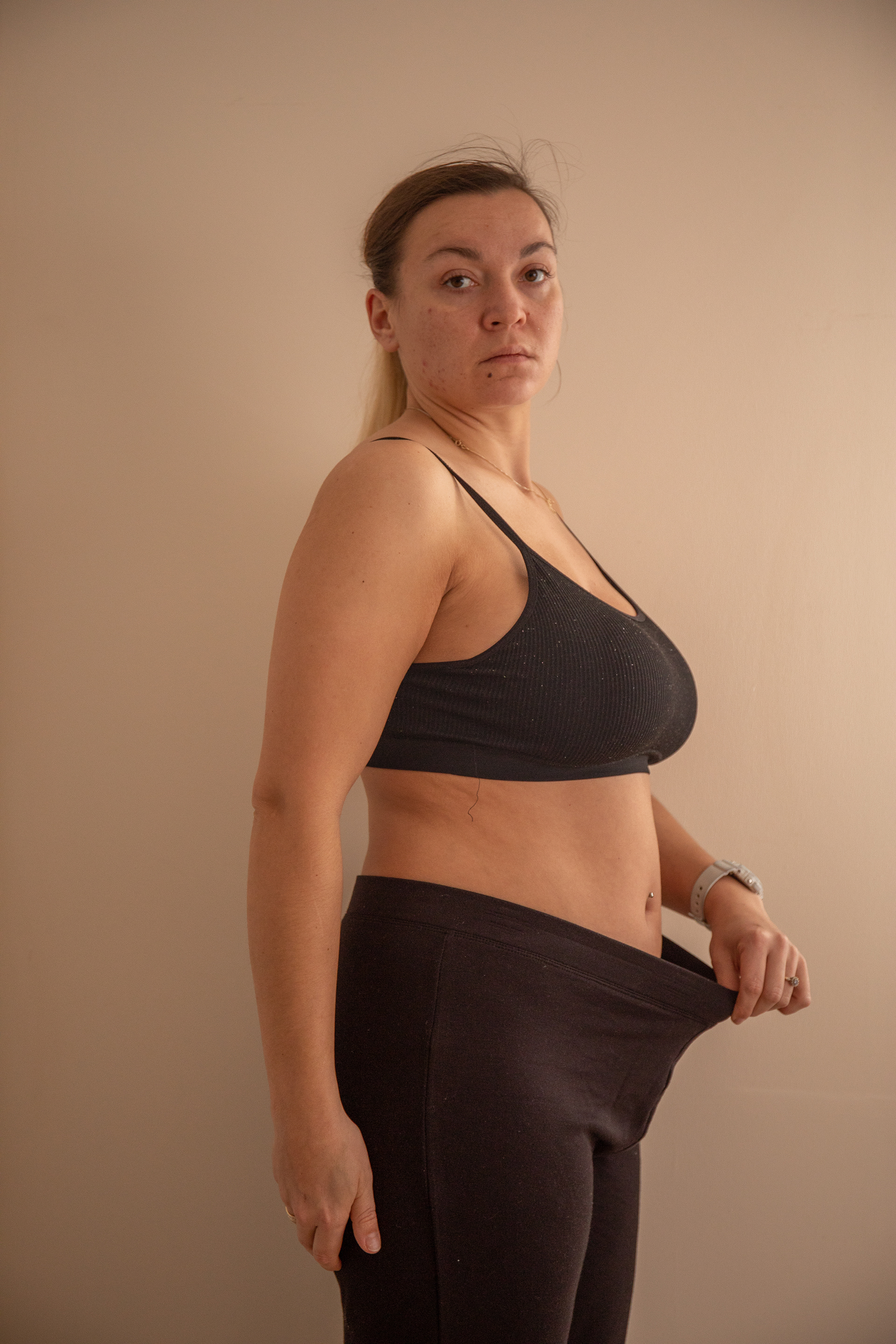
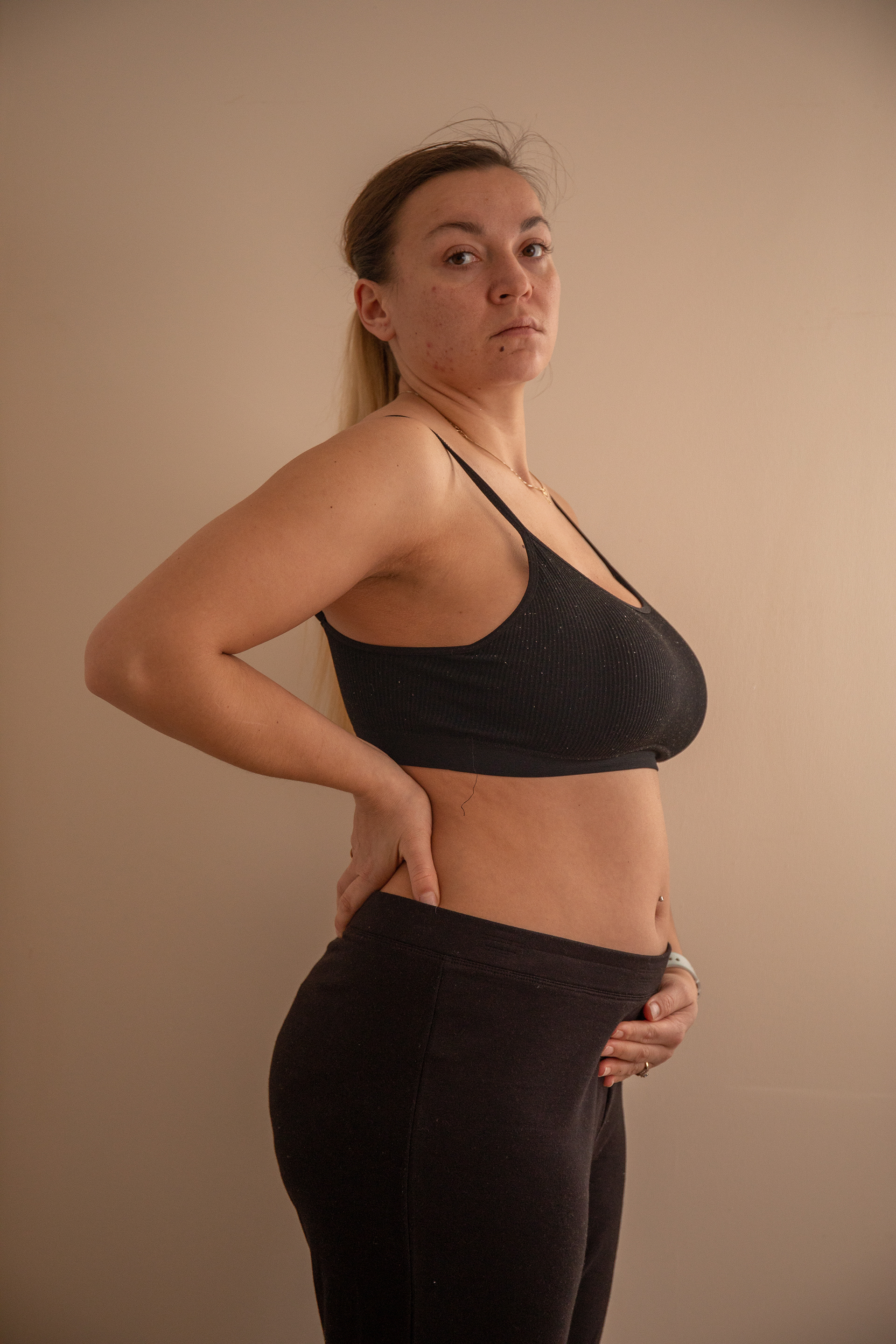
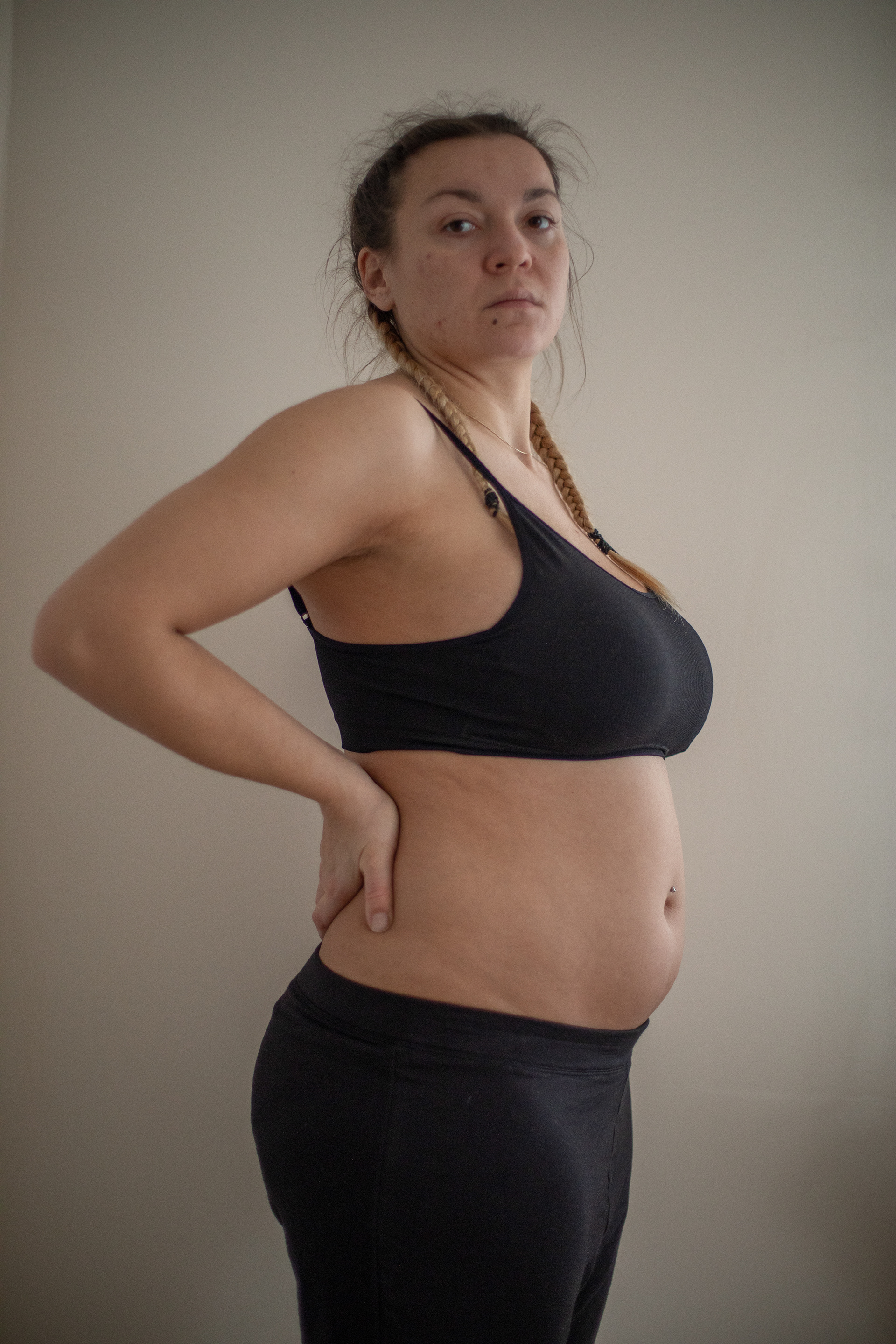
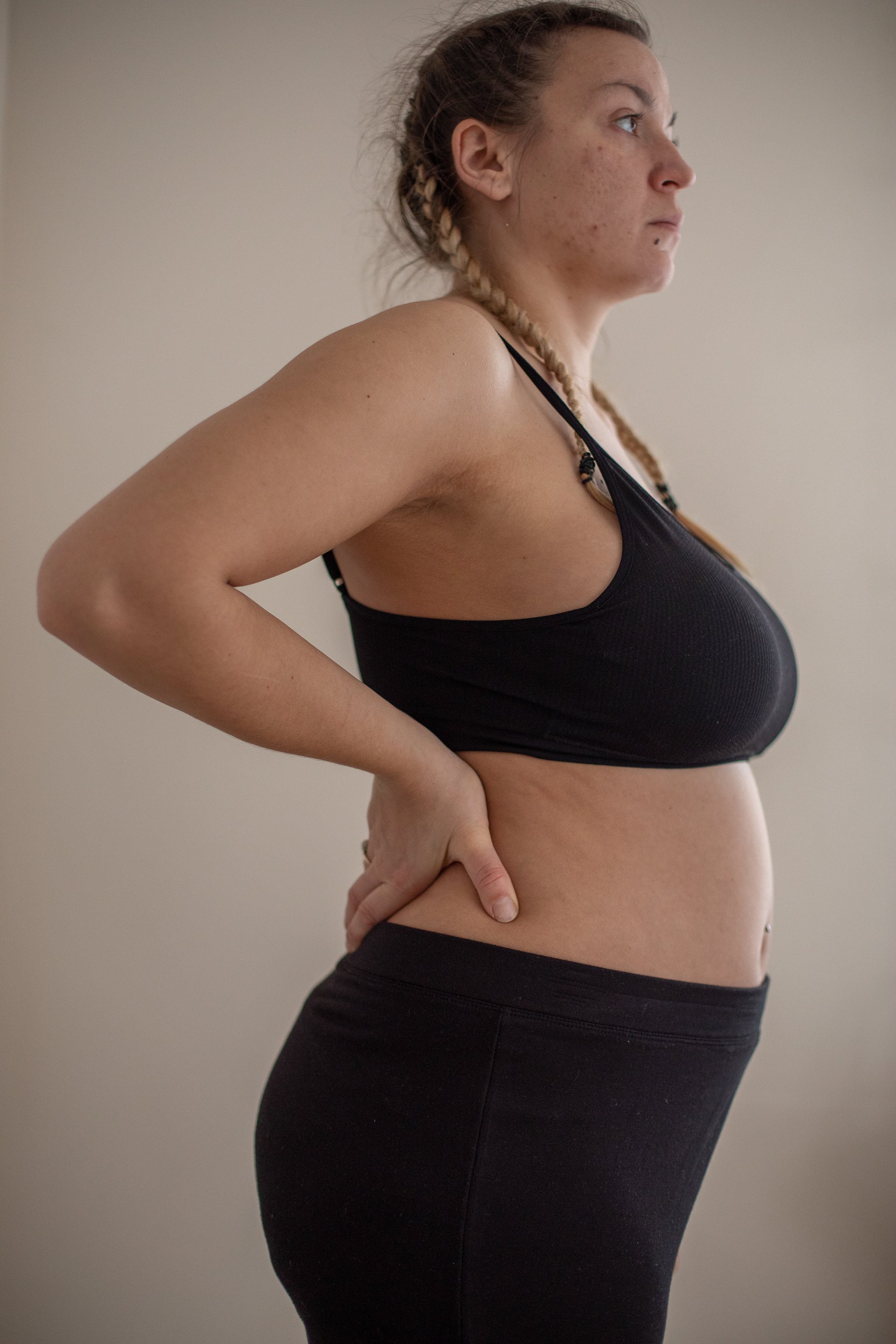


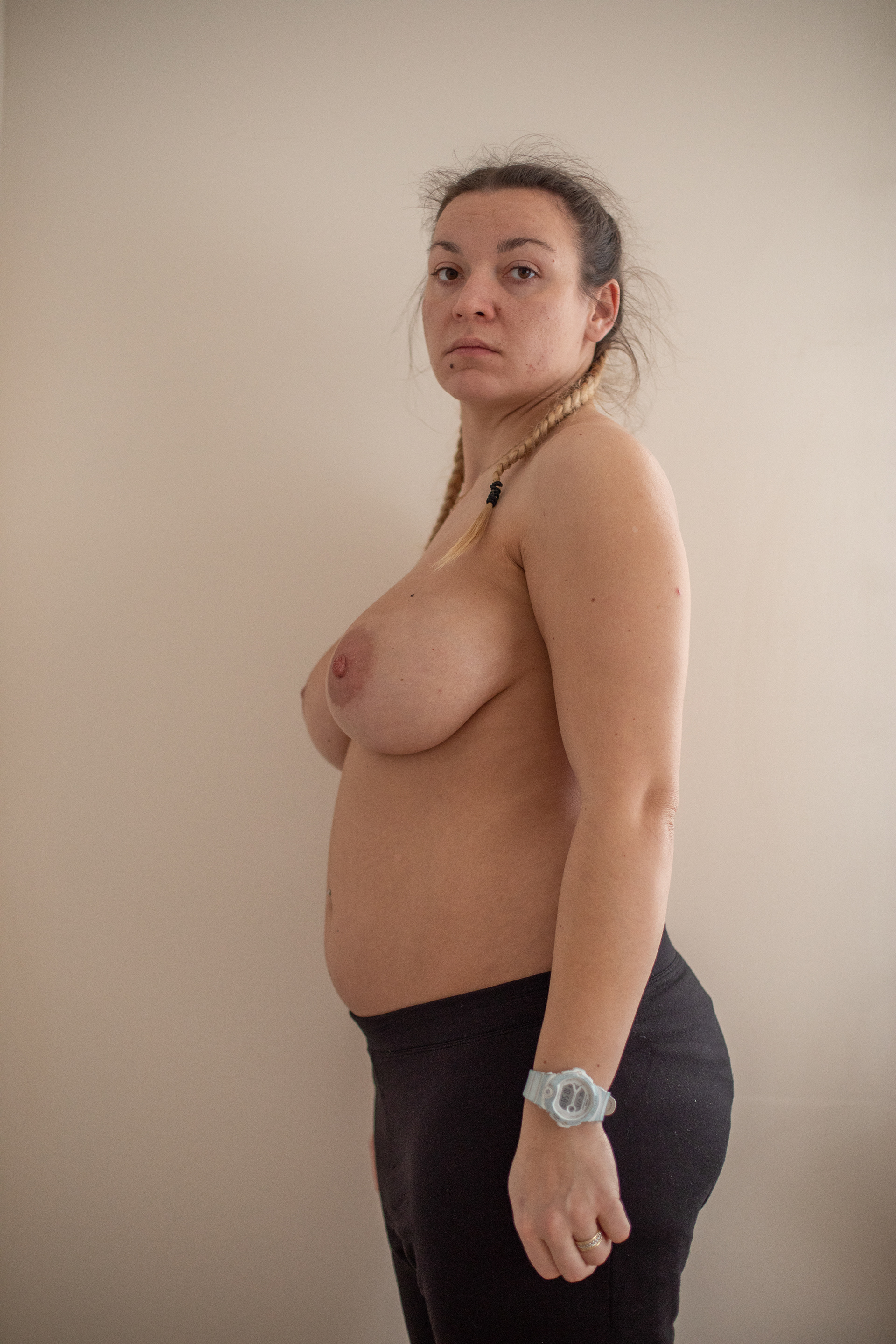
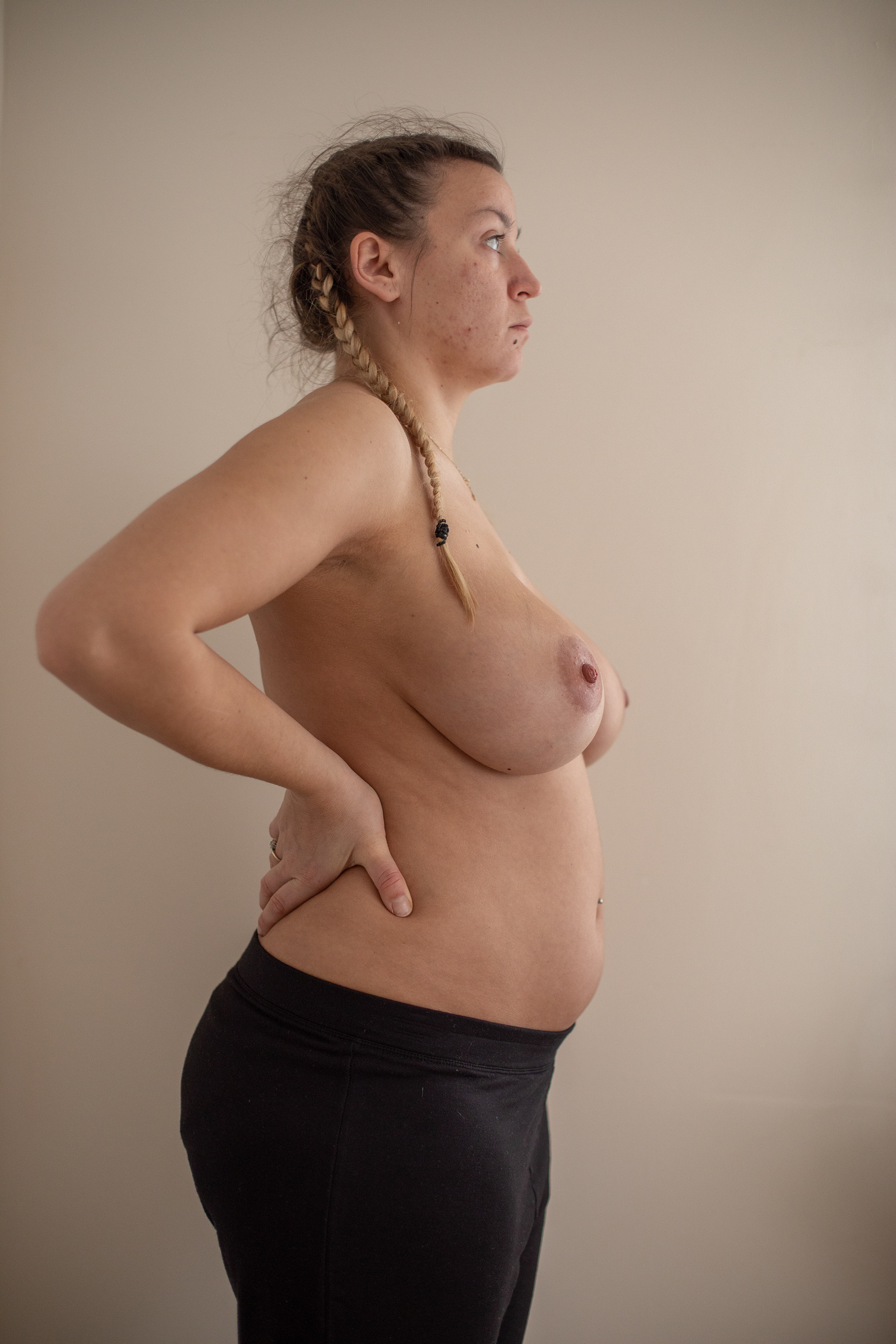
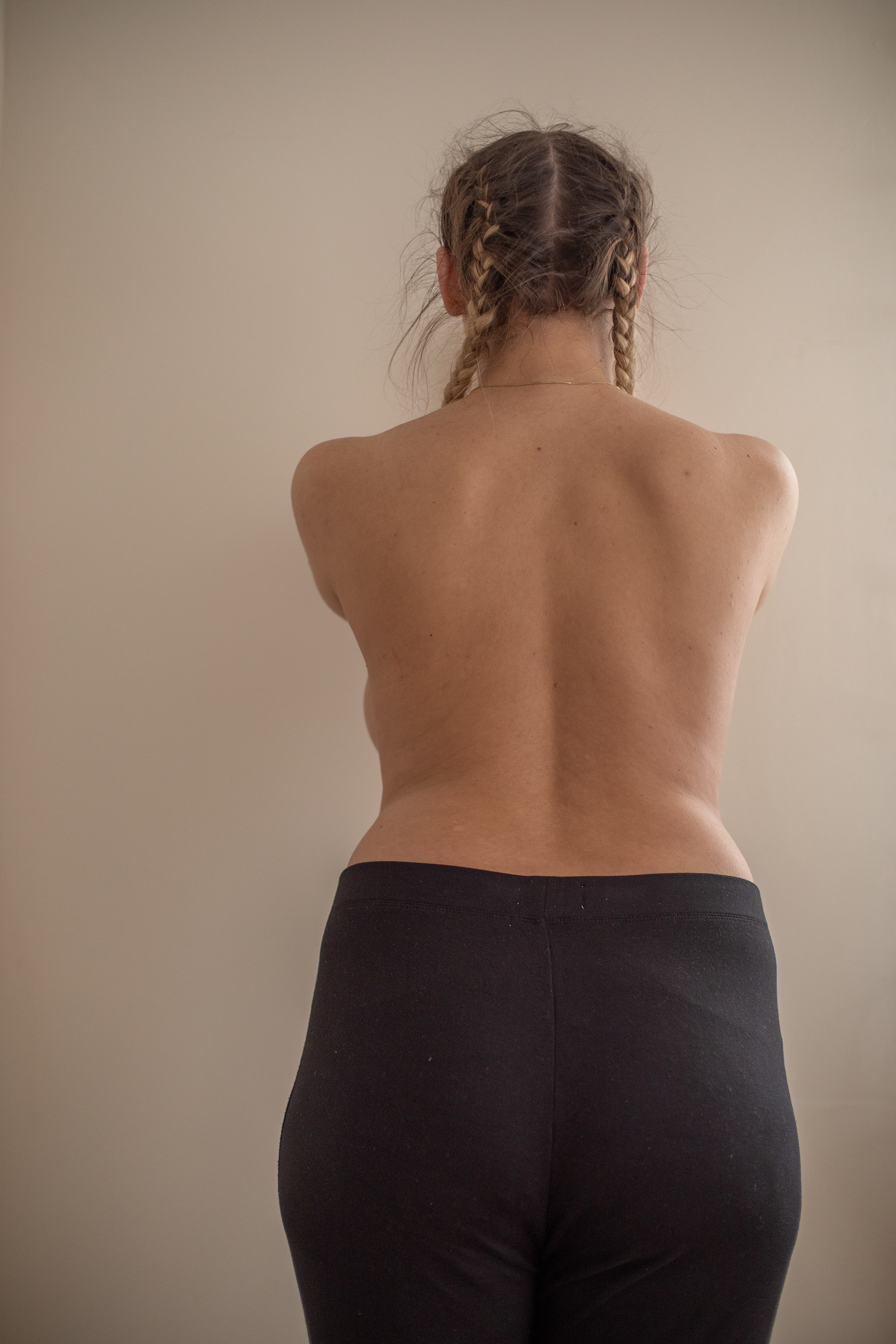
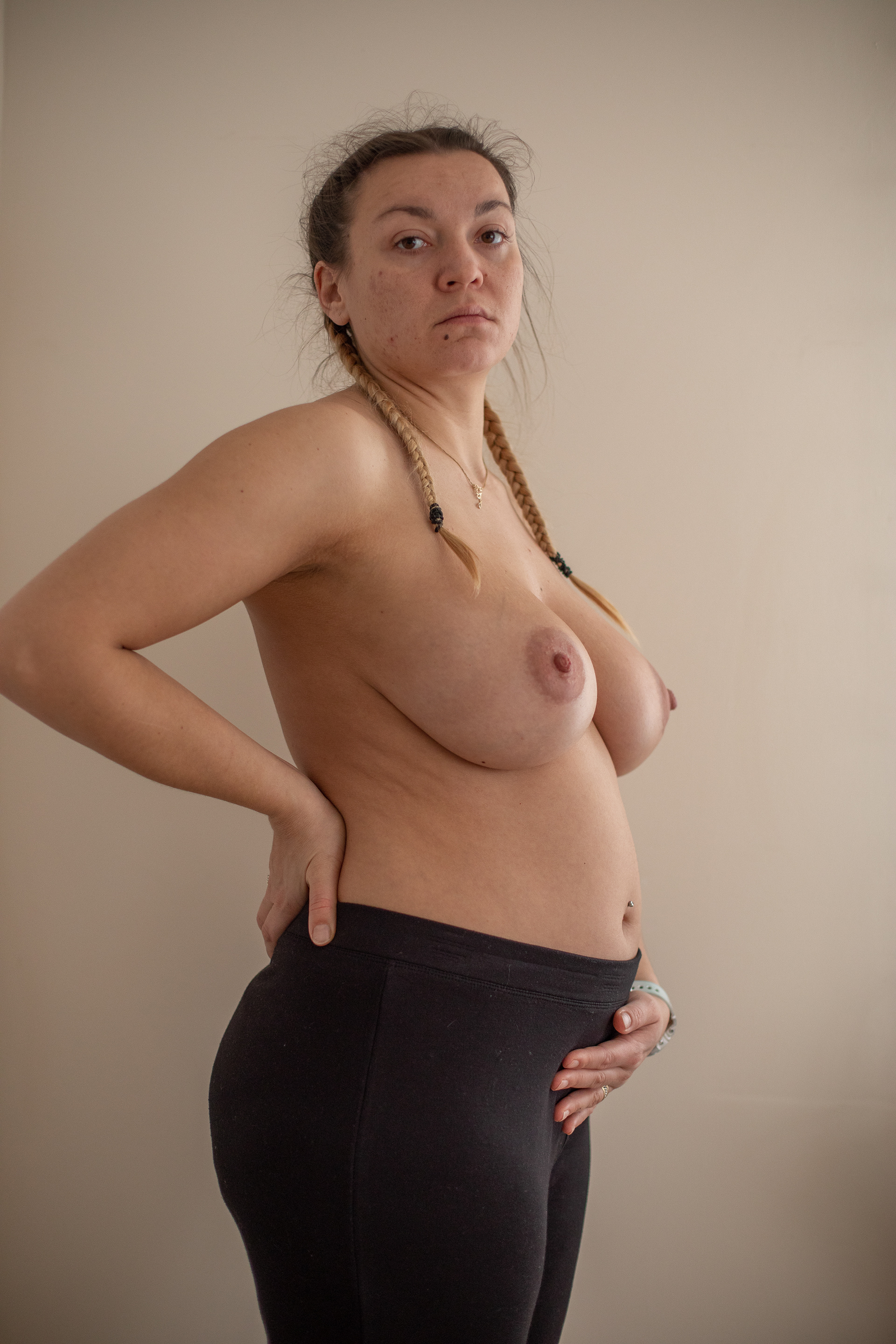

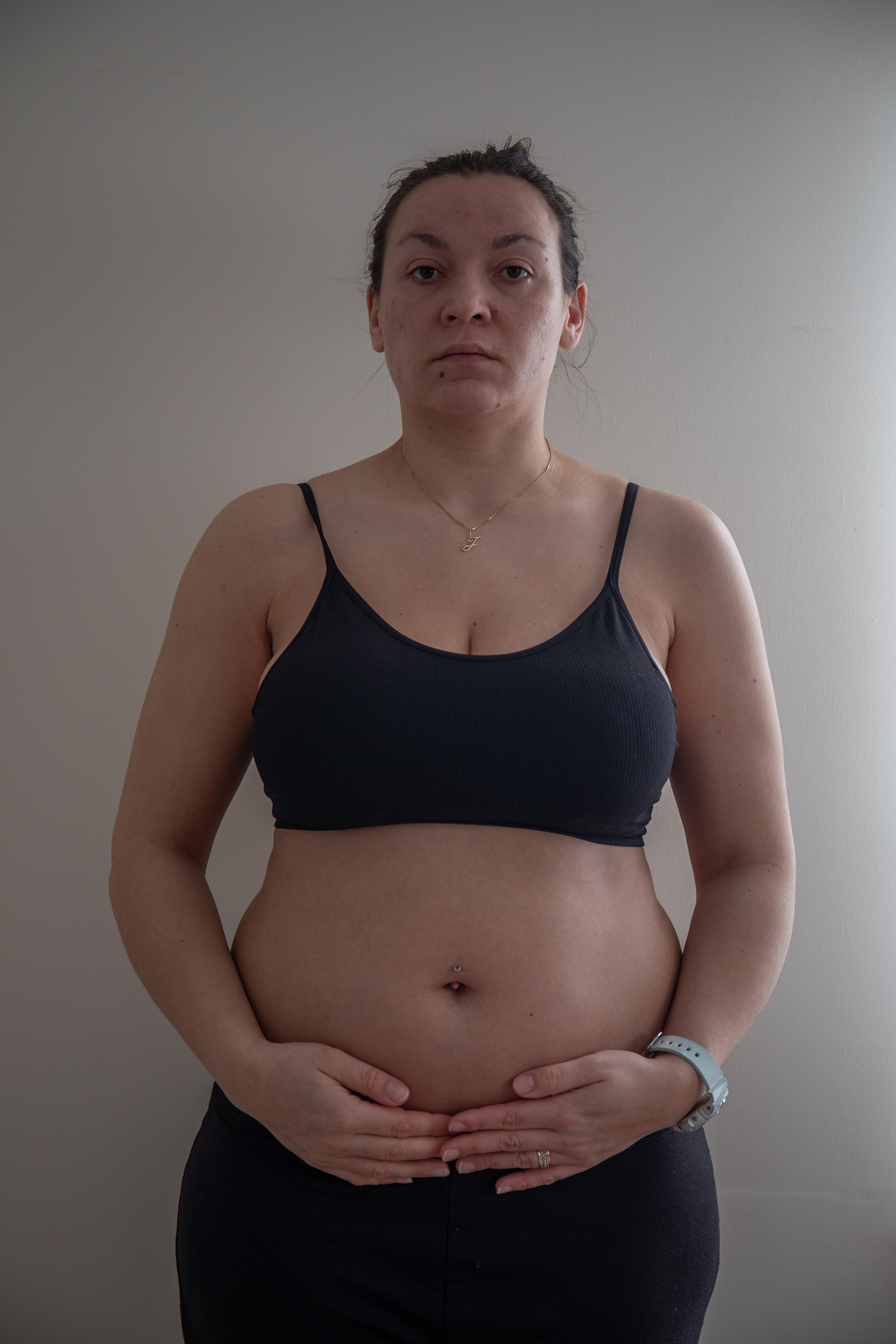
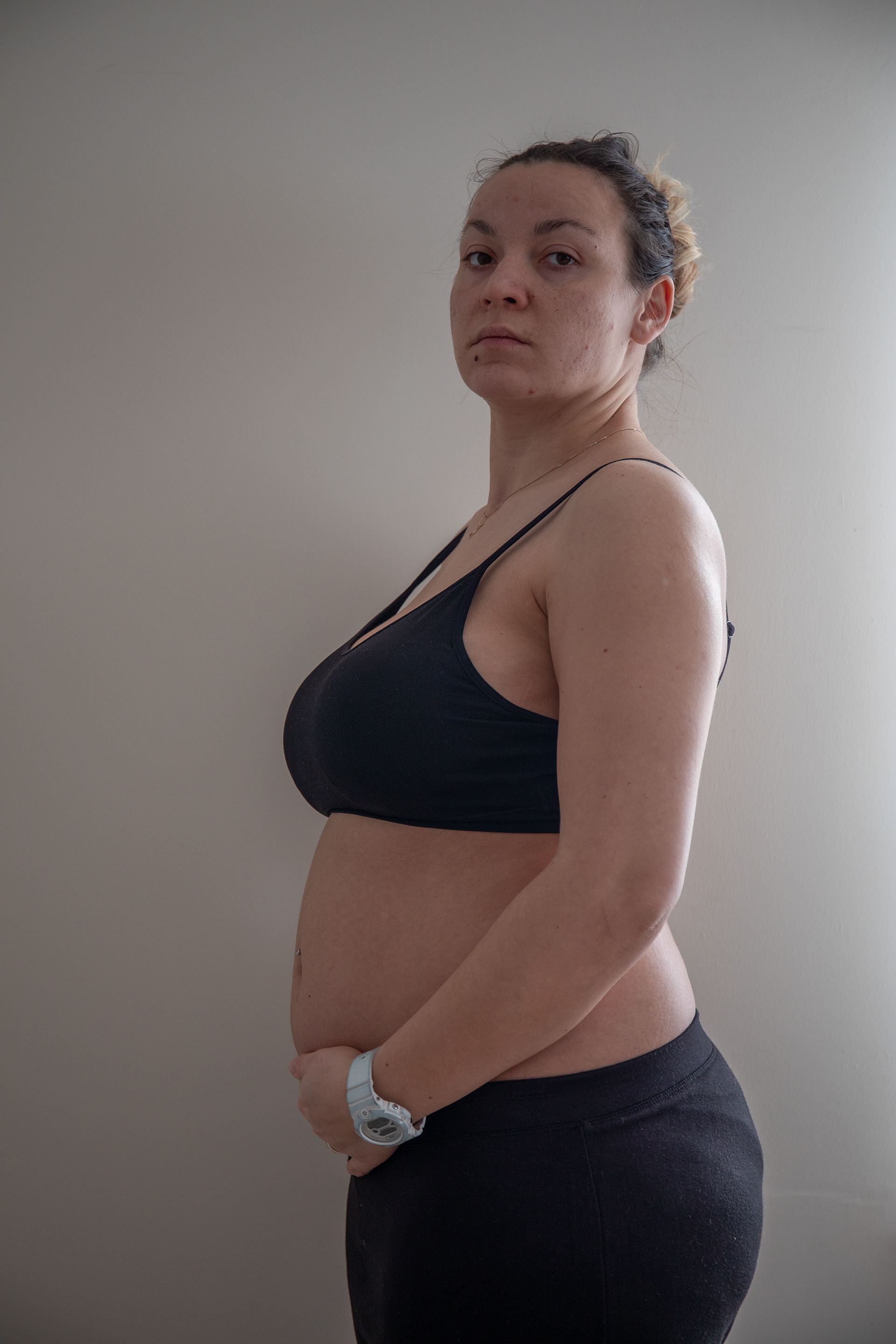
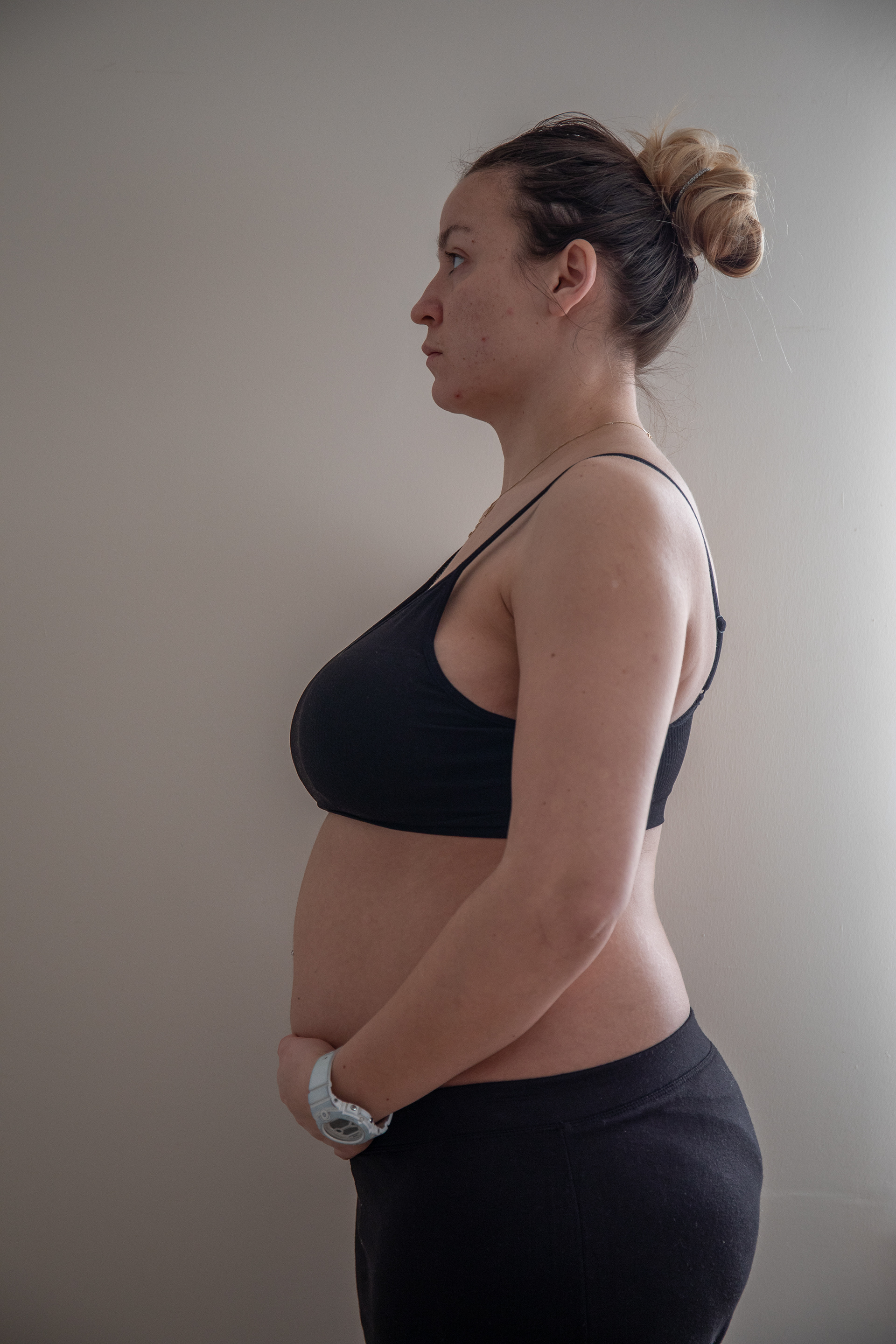
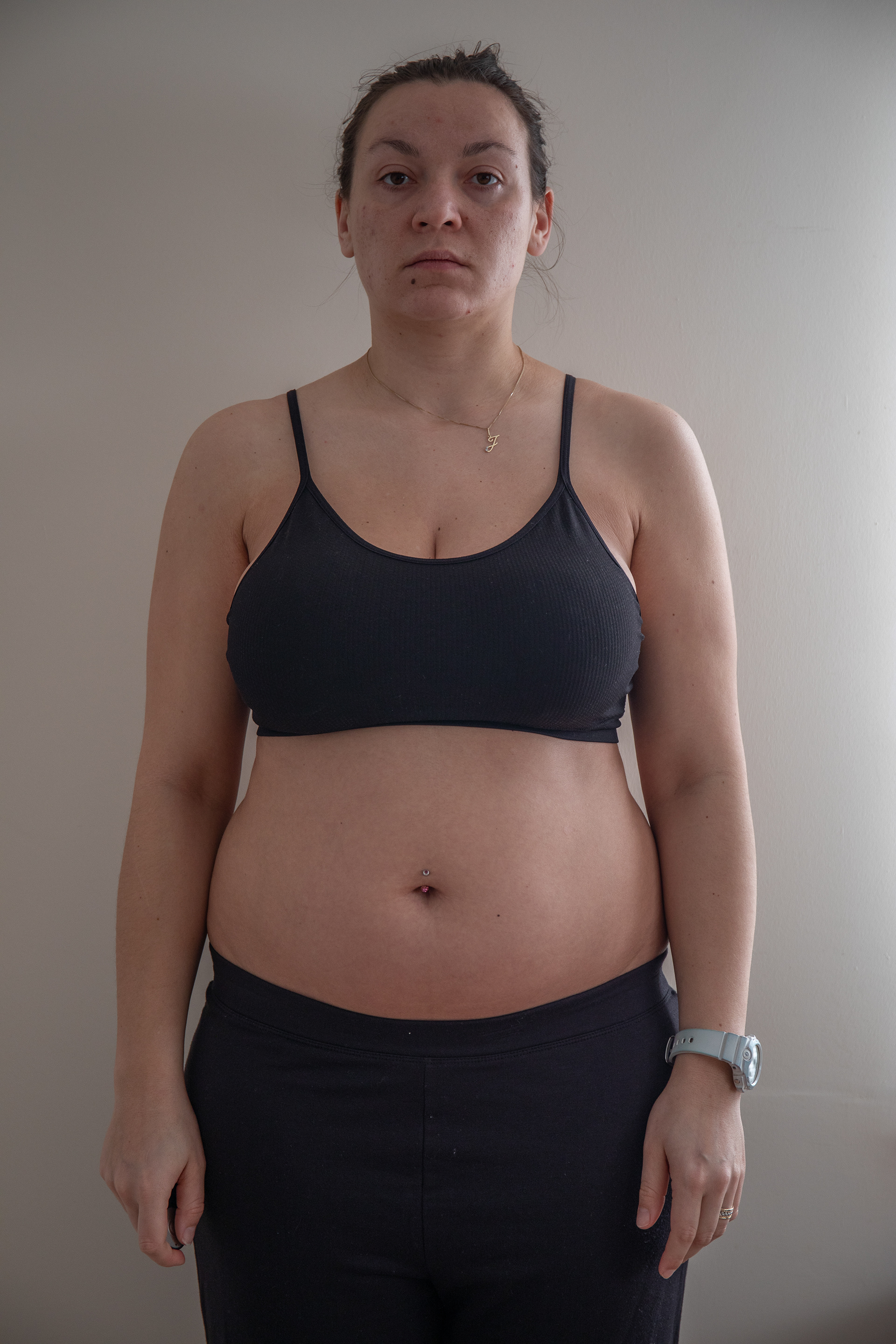
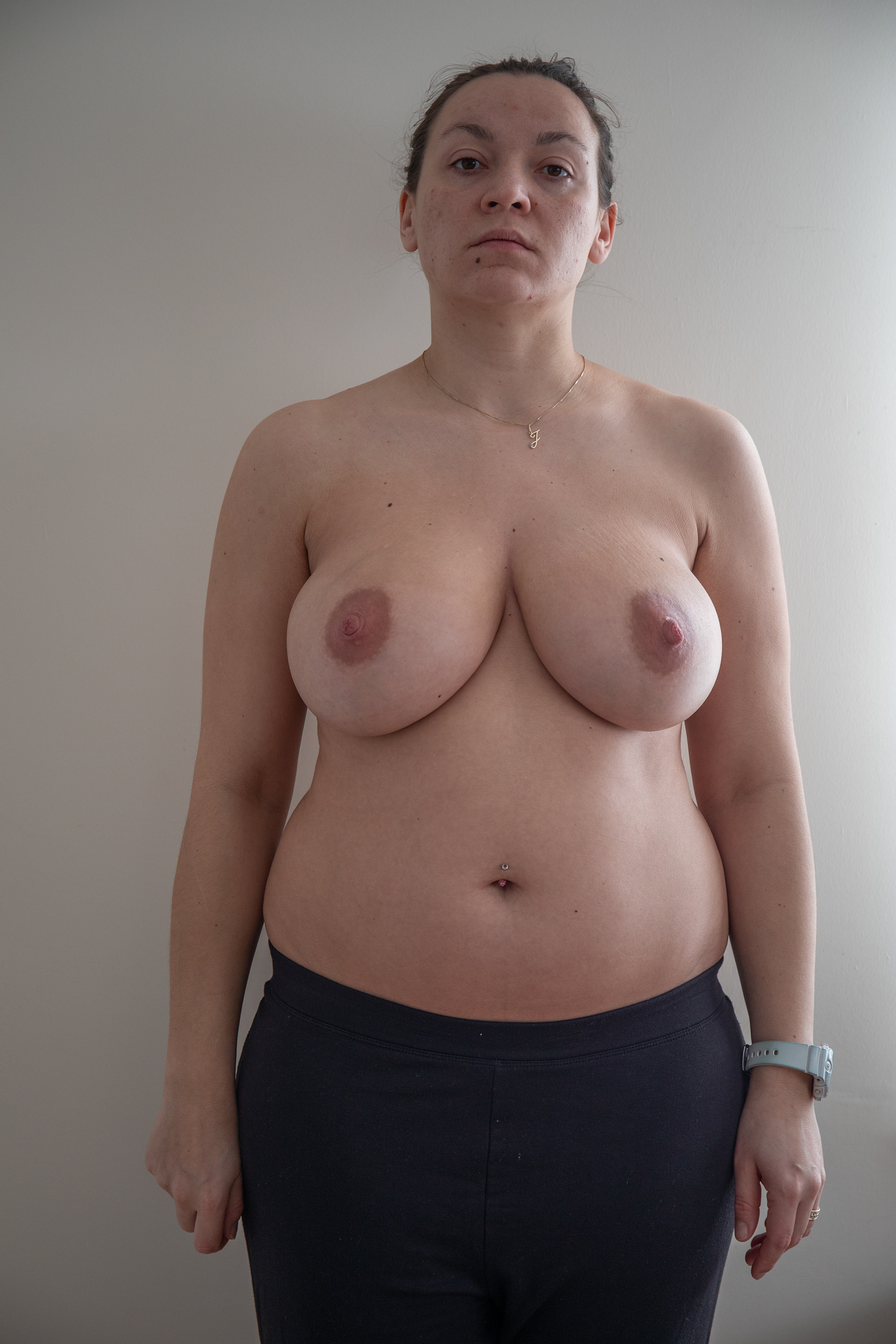
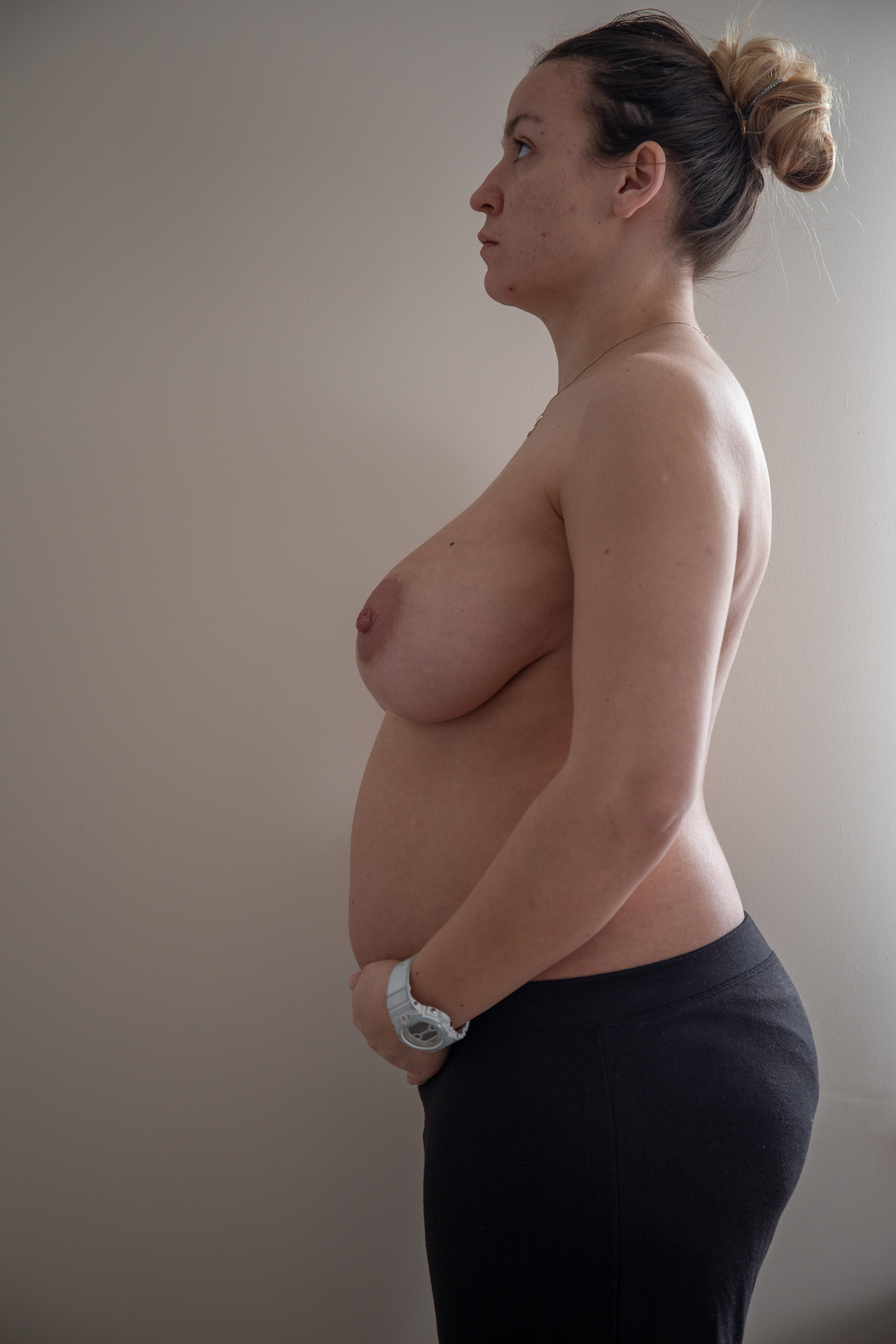
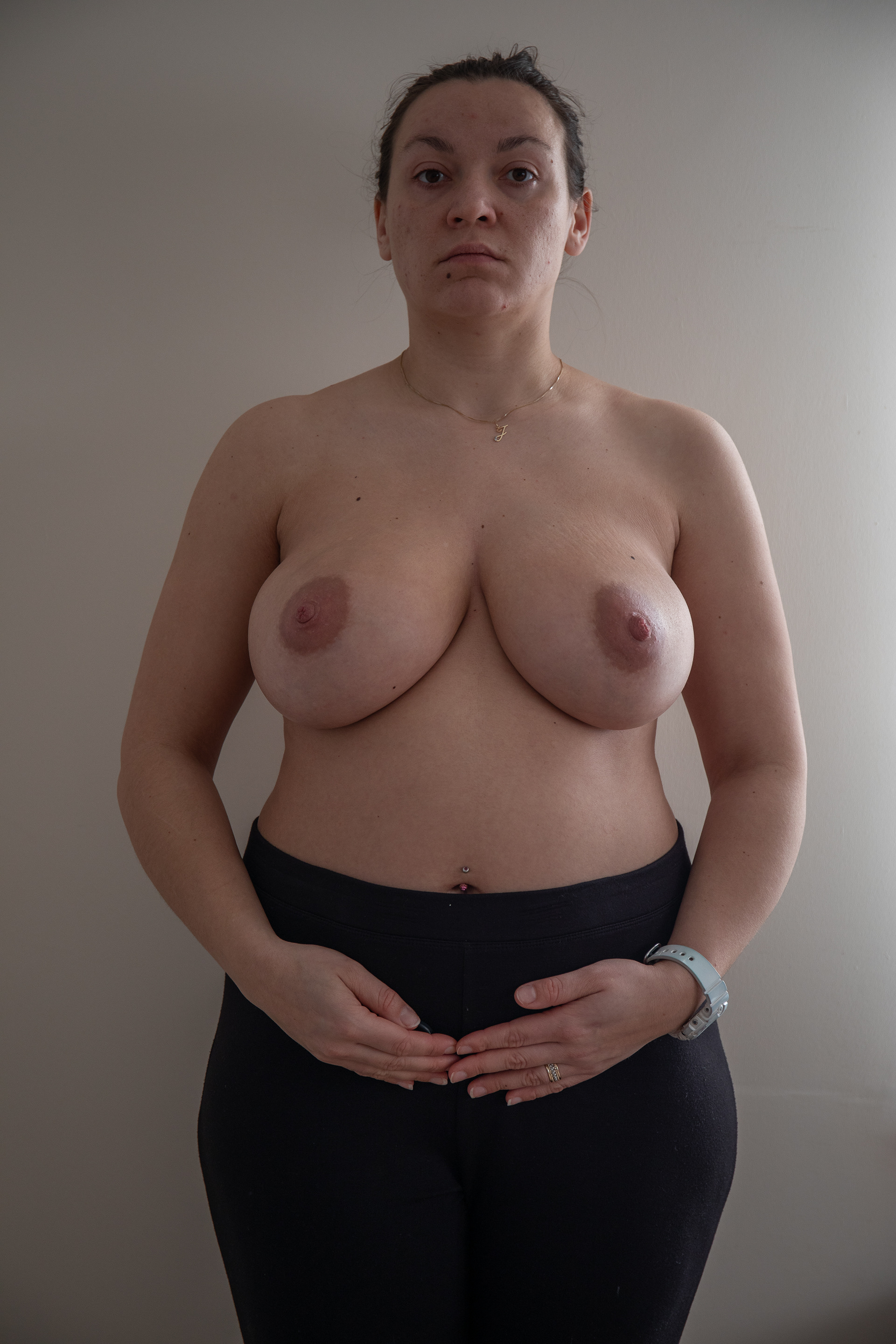

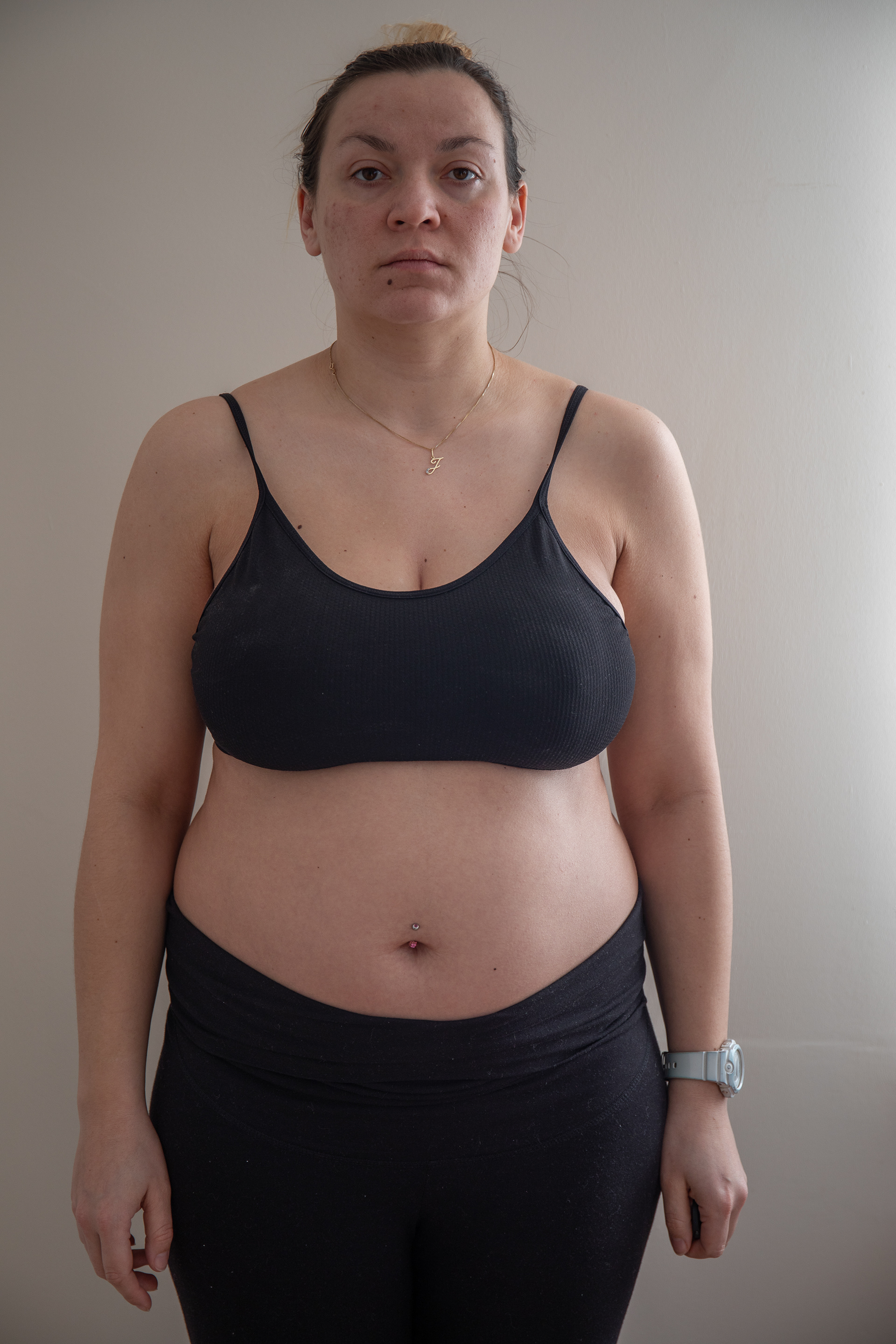
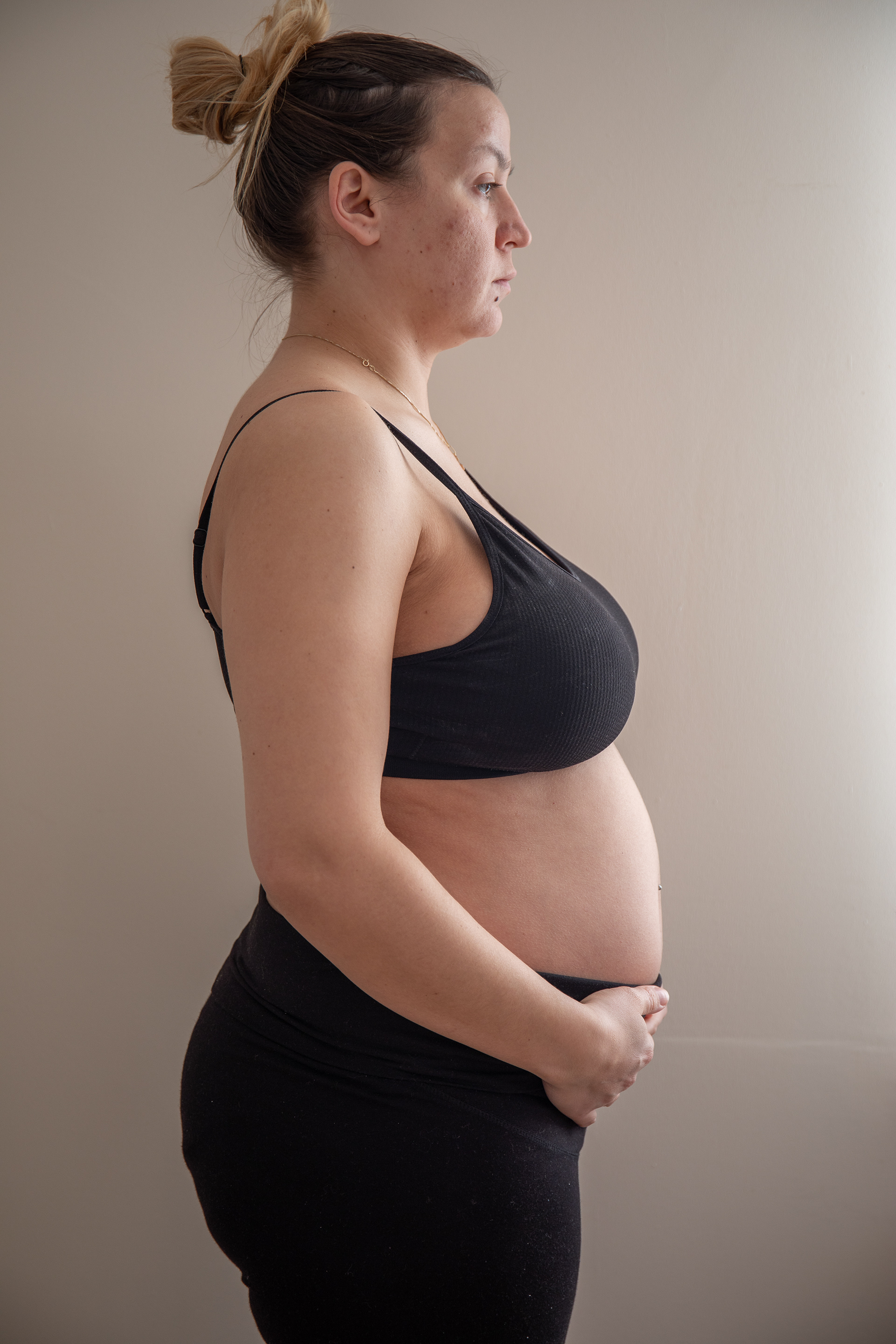
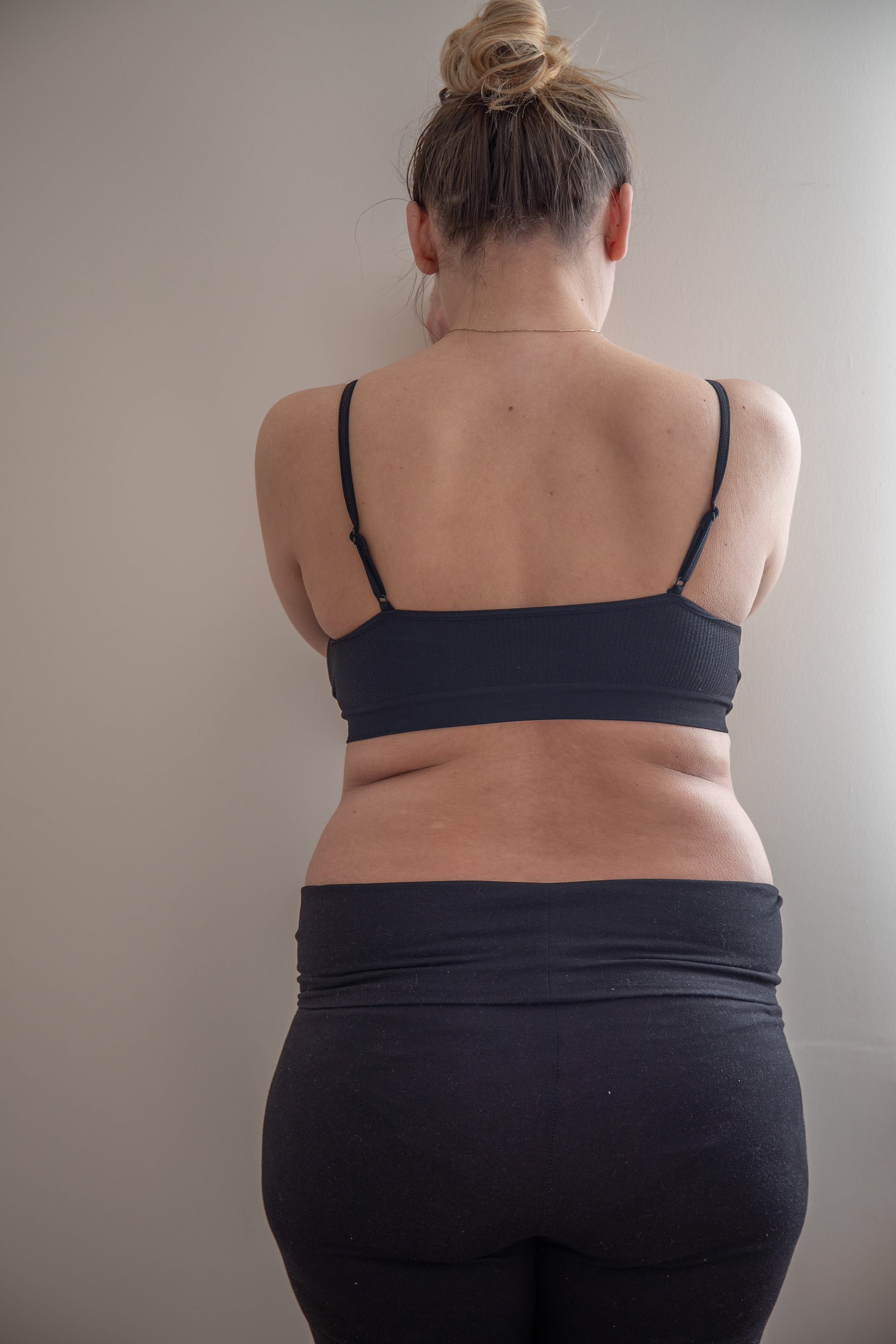
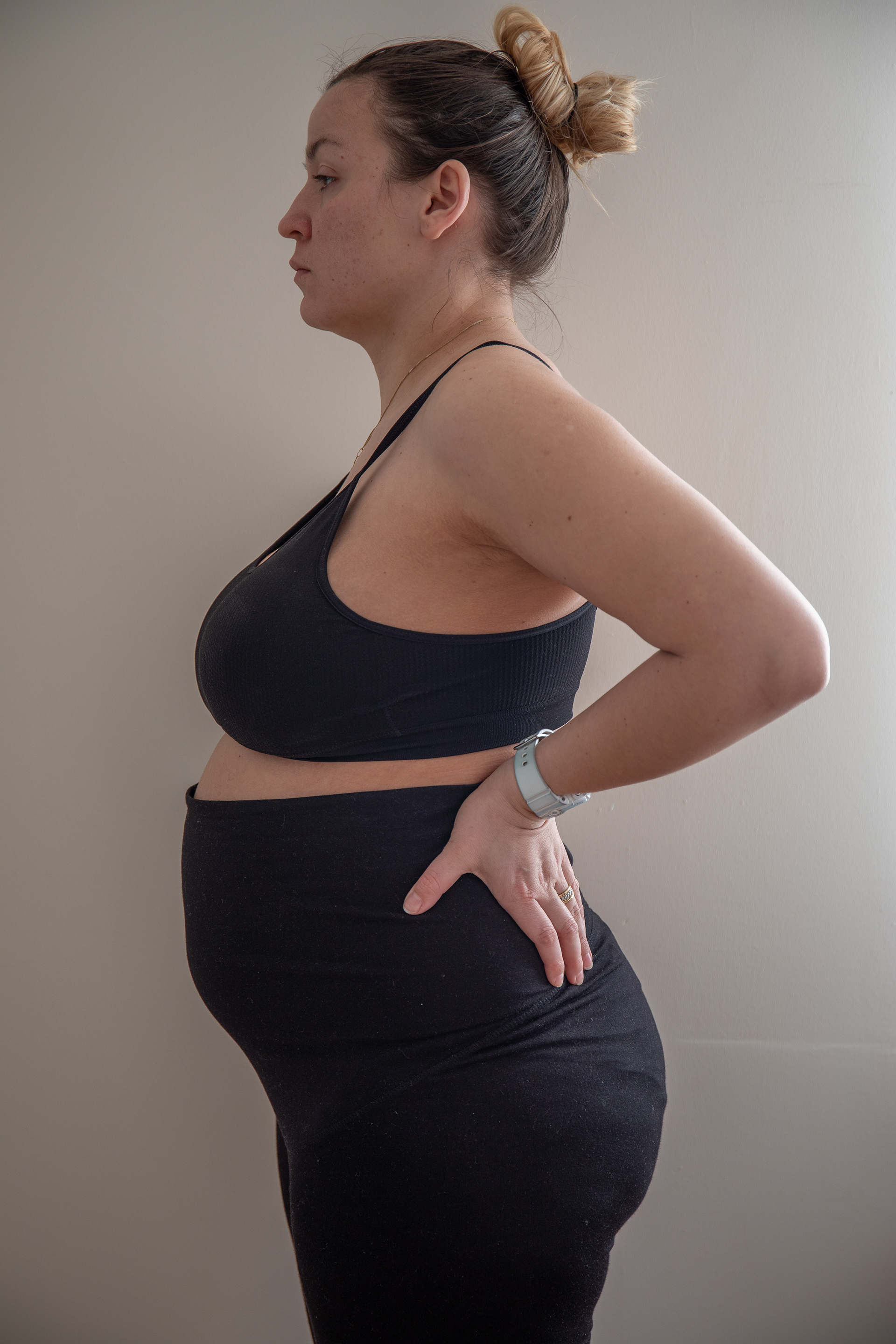

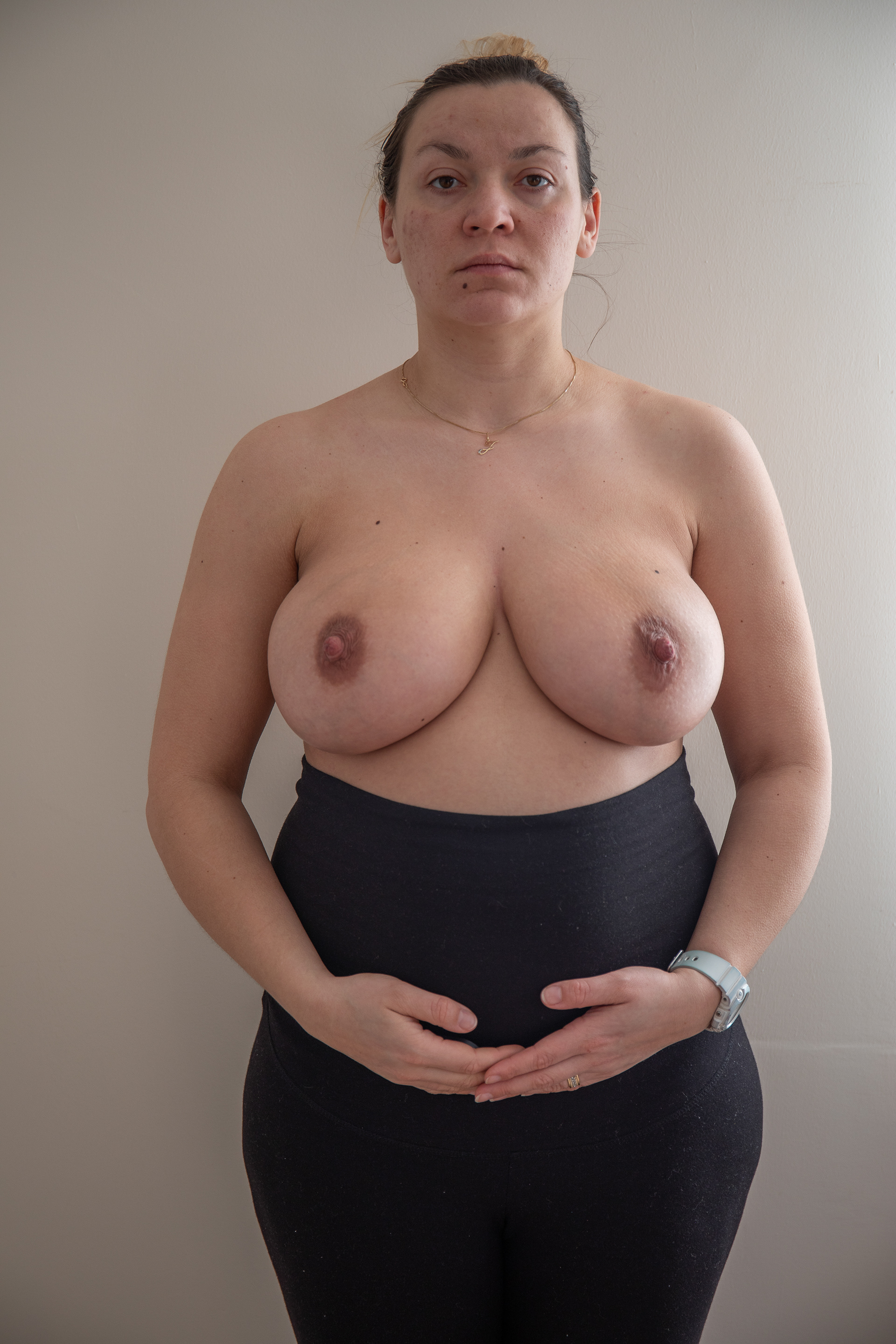
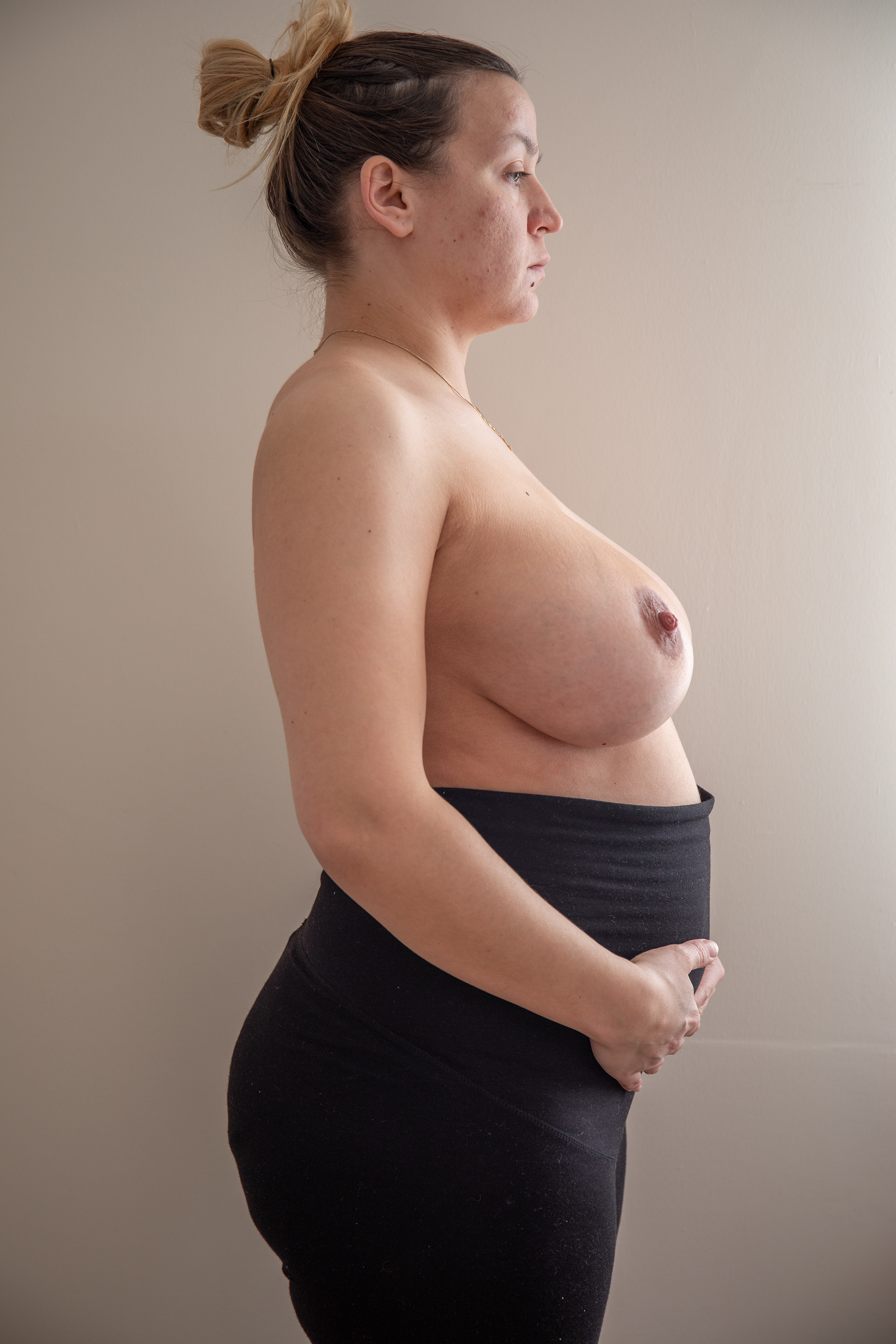
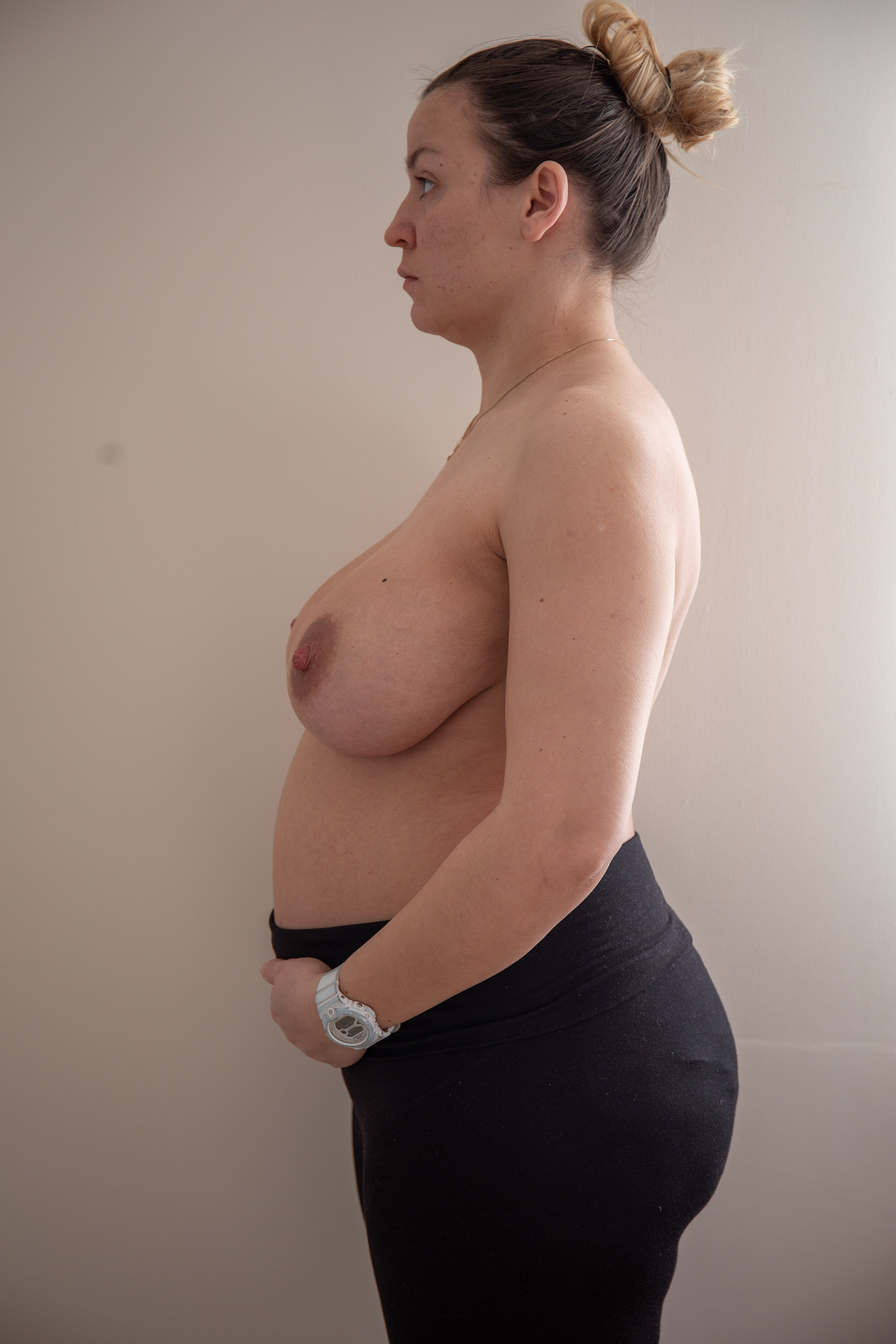
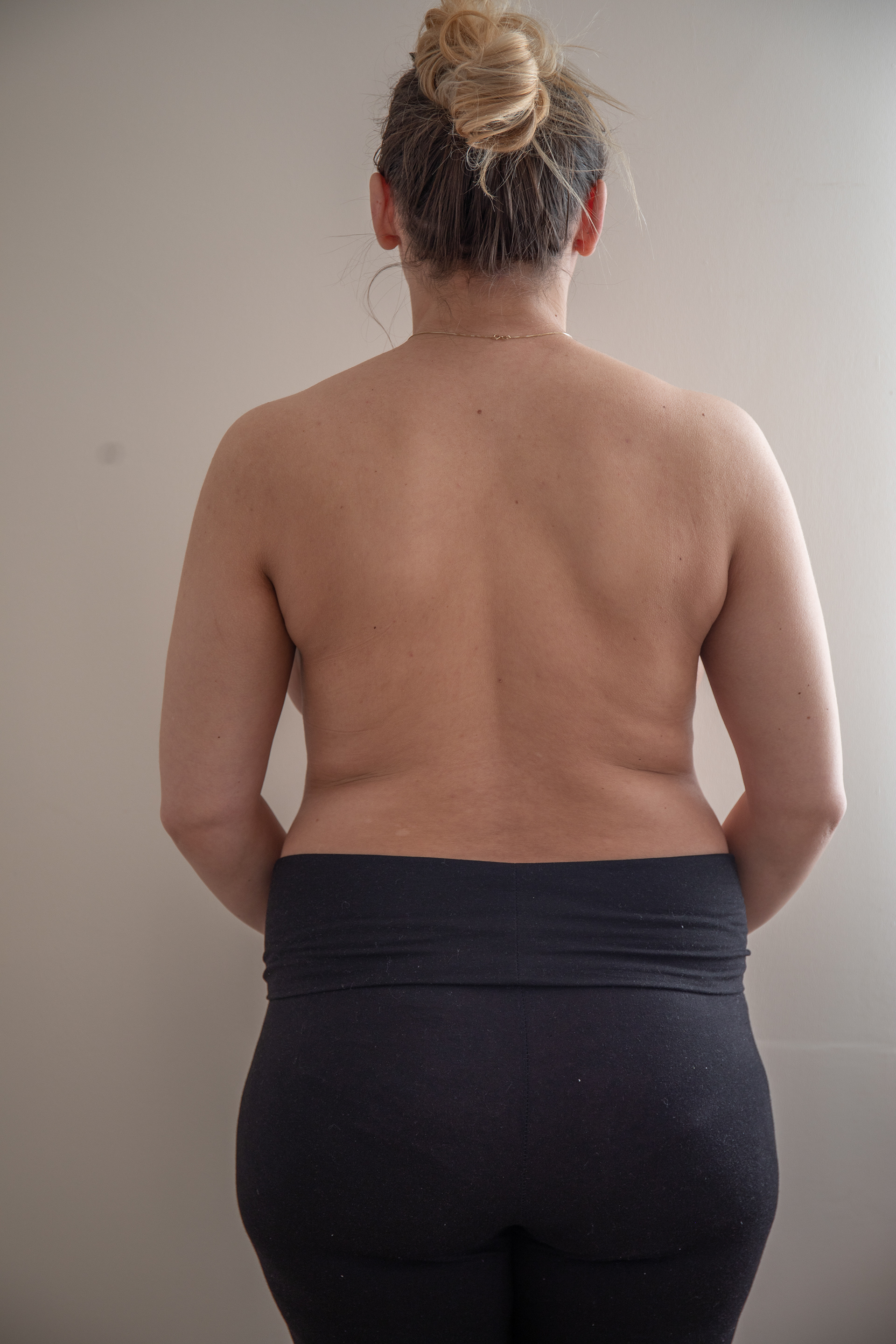
29 years old woman,one son and currently pregnant
Another participant that has taken part in my project is 29 year old woman who had her first child at the age of 26.
Throughout the pregnancy, the couple has been doing some home decorations and the smell of different things was irritating her. However, she thankfully had only sporadic moments when she felt sick. She only put on 16kg throughout the pregnancy.
Throughout the pregnancy, the couple has been doing some home decorations and the smell of different things was irritating her. However, she thankfully had only sporadic moments when she felt sick. She only put on 16kg throughout the pregnancy.
Unfortunately, her experience of child birth and labor itself falls into her memory as painful.
The due date has already passed and after a week, rang the new born clinic to ask for advice. She was advised that the baby can be induced. She recalls this experience as very unpleasant and humiliating.
At around 3PM they have arrived at the new born clinic in Burnley. The staff were helpful and explained the procedure to the young couple.
Firstly, the nurse has put her hand into the vagina to turn the baby round so it is in a correct position. After about 30 minutes, first muscle contractions are being observed every 2 minutes but the cervical dilatation is only about 4cm which stops the nurses from further action as it is too early to start the procedure.
They have been sent home.
They have been sent home.
Around 11PM, the woman felt stronger muscle contraction and more frequent so she called the clinic again to explain what she is experiencing. She was advised to come to the clinic immediately.
As the couple arrives at the clinic, the contraction becomes less frequent but because the dilatation is about 10cm wide, she “qualifies” for the child birth procedure to commence.
She is offered an option to give birth is the water pool which she decides to accept. However, due to pain she is experiencing, decision is made to stop the procedure in the water and continue in the usual way.
The staff are very helpful and supportive and try to make the whole experience for young mum-to-be as easy as possible but the pain becomes extreme and the woman asks for an anaesthetic injection.
However, in order anaesthetic injection to be applied, the woman needs to be in a stable position for about 20mins.
Due to the pain it proves more difficult than it seems to. She struggles a lot and keeps on walking around the room but again, that becomes more painful as the times goes on. However, that at least lets her to calm her mind and allows to concentrate to stay still for 20mins.
Due to the pain it proves more difficult than it seems to. She struggles a lot and keeps on walking around the room but again, that becomes more painful as the times goes on. However, that at least lets her to calm her mind and allows to concentrate to stay still for 20mins.
Once the anaesthetic starts working, she feels better and more relaxed.
The labour procedure commences. The woman puts all her strength and efforts so the baby can come as soon as. But as the child birth is in progress, she is being told to push harder which feels strange as she cannot feel anything from waist down due to anaesthetic. The procedure is continued for little bit longer but as the woman lacks strength and staff have made another assessment, the child birth is being postponed until the following day.
Around 6AM the next day, clinic staff changes as new shift comes to start their day. None of the staff come to see the young woman until about 10AM.
Around 6AM the next day, clinic staff changes as new shift comes to start their day. None of the staff come to see the young woman until about 10AM.
After further assessment, decision is made that the baby is in a correct position and because it has been so long since the initial procedure was initiated, the baby needs to come out with help of labor forceps.
When the woman hears this, she disagrees. She panics and stress takes over. The staff advise the woman of another method which means that her vagina would be cut to allow for the dilatation to become wider and let her push the baby out.
She decides to go with the first option with use of labor forceps as all she is thinking of is for this procedure to end positively for her and the baby so they can go home.
When the woman hears this, she disagrees. She panics and stress takes over. The staff advise the woman of another method which means that her vagina would be cut to allow for the dilatation to become wider and let her push the baby out.
She decides to go with the first option with use of labor forceps as all she is thinking of is for this procedure to end positively for her and the baby so they can go home.
Her husband is with her all the time supporting her, talks to her and holds her hand.
Finally, the baby arrives to this world weighing 4kg and being 60cm long. Unfortunately, the baby’s head is slightly deformed due to the labor forceps and has a squint eyes.
The woman losses about 1.5 liter of blood and requires a blood transfusion. Once the transfusion is completed, the woman and her little baby are taken to different ward with 8 beds.
She feels bit uncomfortable as apart from her, there 5 other women in the ward. That intimate moment of holding her baby for the first time is taken away from her. That’s how she recalls it.
She feels bit uncomfortable as apart from her, there 5 other women in the ward. That intimate moment of holding her baby for the first time is taken away from her. That’s how she recalls it.
The anaesthetic still works which limits her limb movement not letting her to keep on holding the baby. The fact that she has catheter attached, adds discomfort to the whole experience.
The following day, upon her request, she gets discharged from the hospital. She believes that she will feel more comfortable and recover better at home. After about a week, she feels much better physically. However, the mental recovery, takes her about 3 months.
The following day, upon her request, she gets discharged from the hospital. She believes that she will feel more comfortable and recover better at home. After about a week, she feels much better physically. However, the mental recovery, takes her about 3 months.
Due to this experience, when asked the usual question: Does the pain go away when you see your baby for the first time? She answered: No.
It was too painful and traumatic experience for 26 year old woman to remember it as good.
It was too painful and traumatic experience for 26 year old woman to remember it as good.
17th December 2020 – 14th week pregnant, gained 1.5kg extra weight
The baby boy is 3 years old now and the couple had decided that they will try for another baby. Woman’s husband laughs that it was: “A golden goal” as it took only few tries and the woman is pregnant.
The beginning of this pregnancy is different than previous. She feels sick very often and vomits even 6 to 8 times per day. She goes to toilet a lot, especially at night. There was a day she remembers as specifically bad as she had nothing to eat but still felt sick, ready to vomit.
Her hormones are very sensitive as any strong smell, view of raw or cooked meat will change her mind as to whether she will eat it or not.
She browses the internet in order to find info as to what products might help her to stop vomiting: she eats almonds, drinks tea with ginger and lemon and other things people recommend. However, everything is dependant on the day and how she feels.
She decides to go to a private clinic for a scan to check if everything is ok. She has to wait until she is in the 8th week of pregnancy as otherwise, the clinic may not be able to perform the scan.
Her husband is waiting in the car with their son. The visit goes well. Staff are welcoming and she feels looked after. During the scan, it is identified that she has a small lump on her cervix and is advised to look after herself and to eat regularly.
In the meantime, she is preparing their son that in few months time, he will have either a brother or sister. He is very happy about this and says that he would rather a brother.
She is concerned about the lump and started to read online articles in order to find out what it may be? She started asking her female colleagues at work if they ever heard or experienced of anything similar. Some have confirmed that is happened to them and throughout the pregnancy, towards the end, the lump disappears. That makes her bit less concerned but still follows the advice she was given during the scan.
In the 12th week, she has her free NHS scan at the local hospital. She experiences a big difference in the staff attitude and overall treatment like she was a customer in a supermarket.
When the scan commences, the baby is not measured and instead, the man asks if she knows the weight and which week she is in?
After the visit, she gets the picture of the scan but the woman feels depressed and dissatisfied with how the visit went.
However, as she is in her 14th week of pregnancy, vomiting gradually becomes less frequent. Hopefully, within the next couple of weeks, it will go away completely. Instead, she has problems with sleeping and started to have naps during the day which was not the case previously.
While waiting for another scan in six weeks time, woman advises her employer that she is pregnant in order to have a risk assessment completed so her duties can be amended.
She is not talking to the baby yet but as she goes to bed and once lies comfortably, she feels baby’s heart beat.
She cannot wait for the next scan to finally find out what they are having? She is dreaming of a girl and I hope that her dream will come through. The due date is for 16th June 2021.
I really hope that she will have an easier and less painful labour than previously.

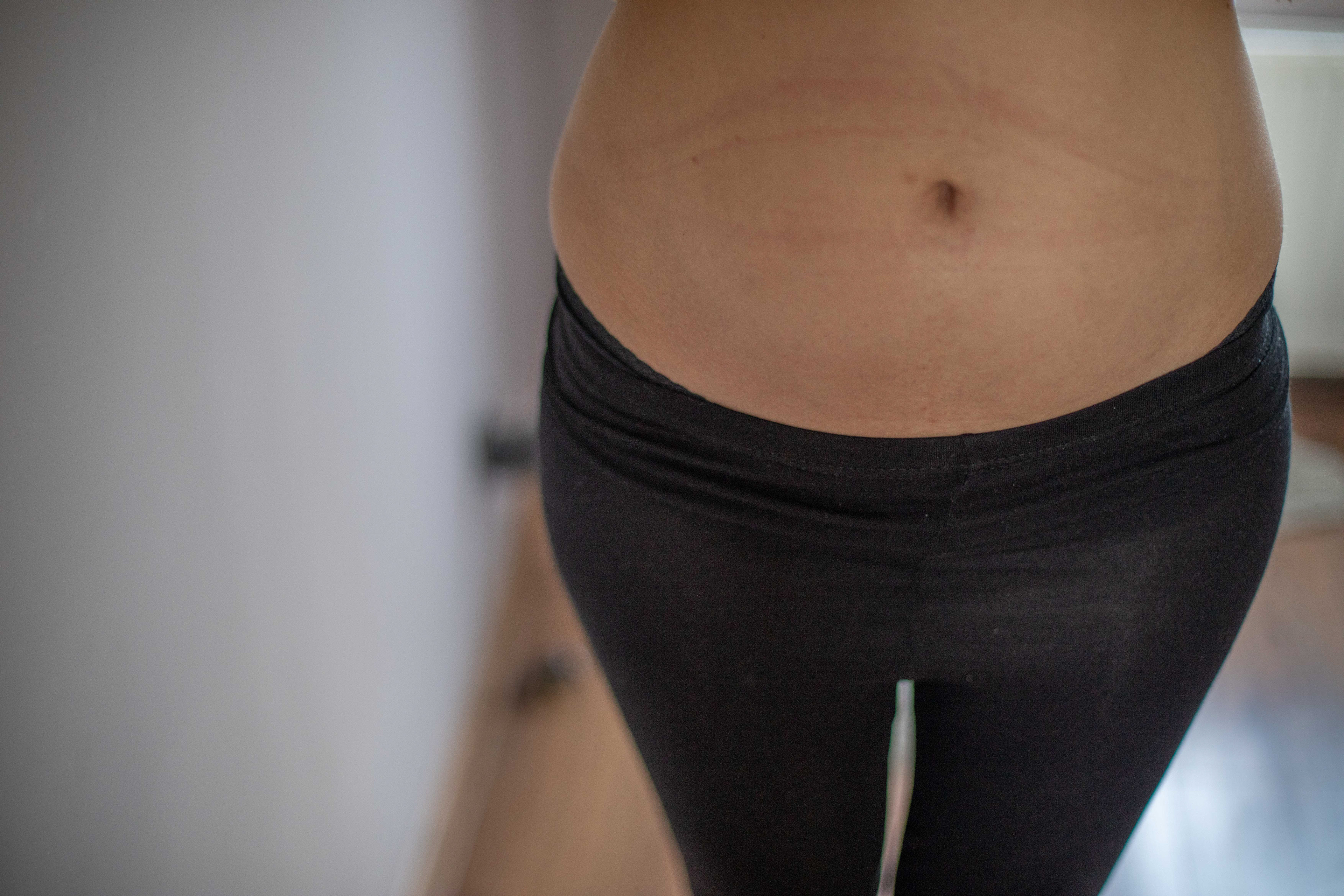
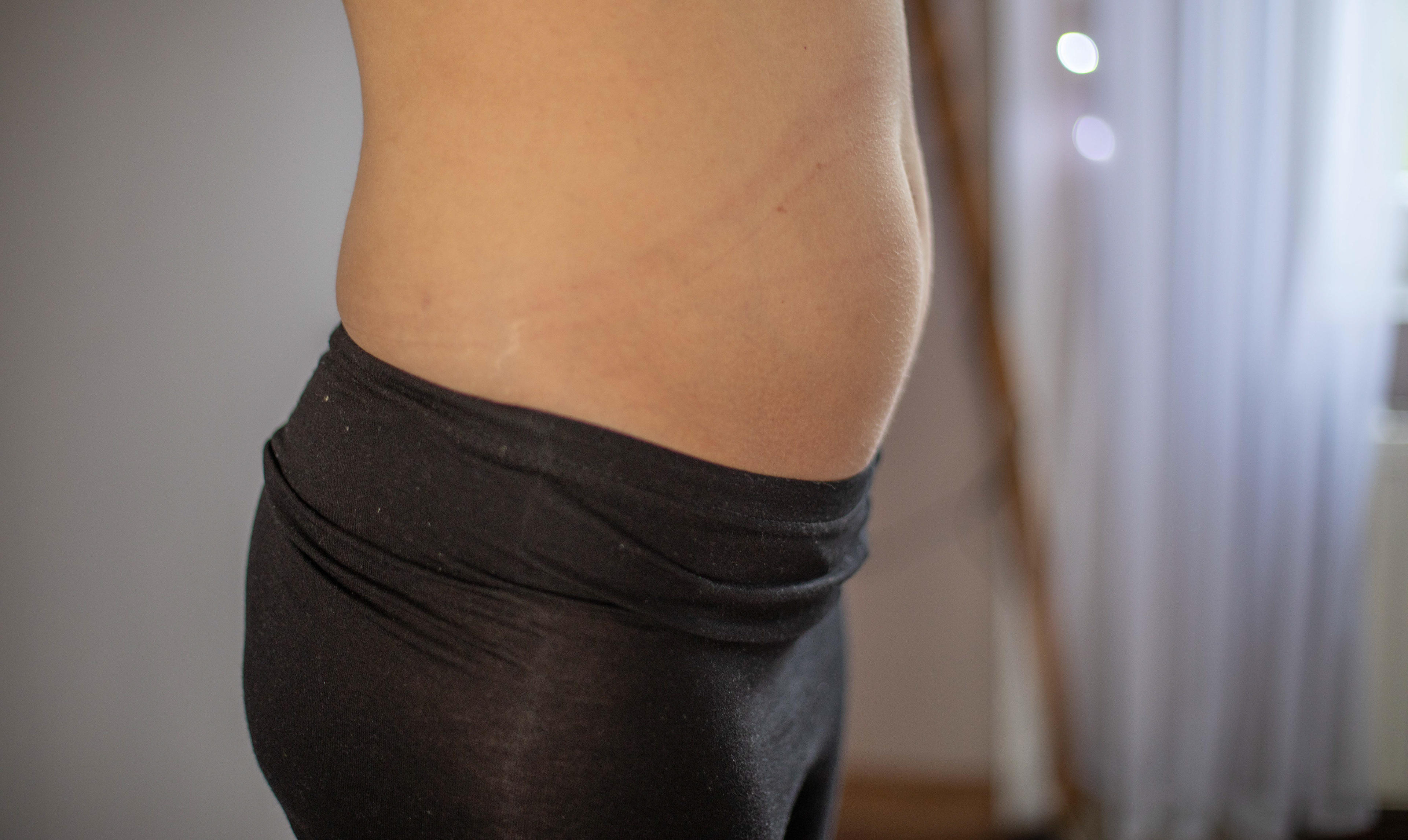
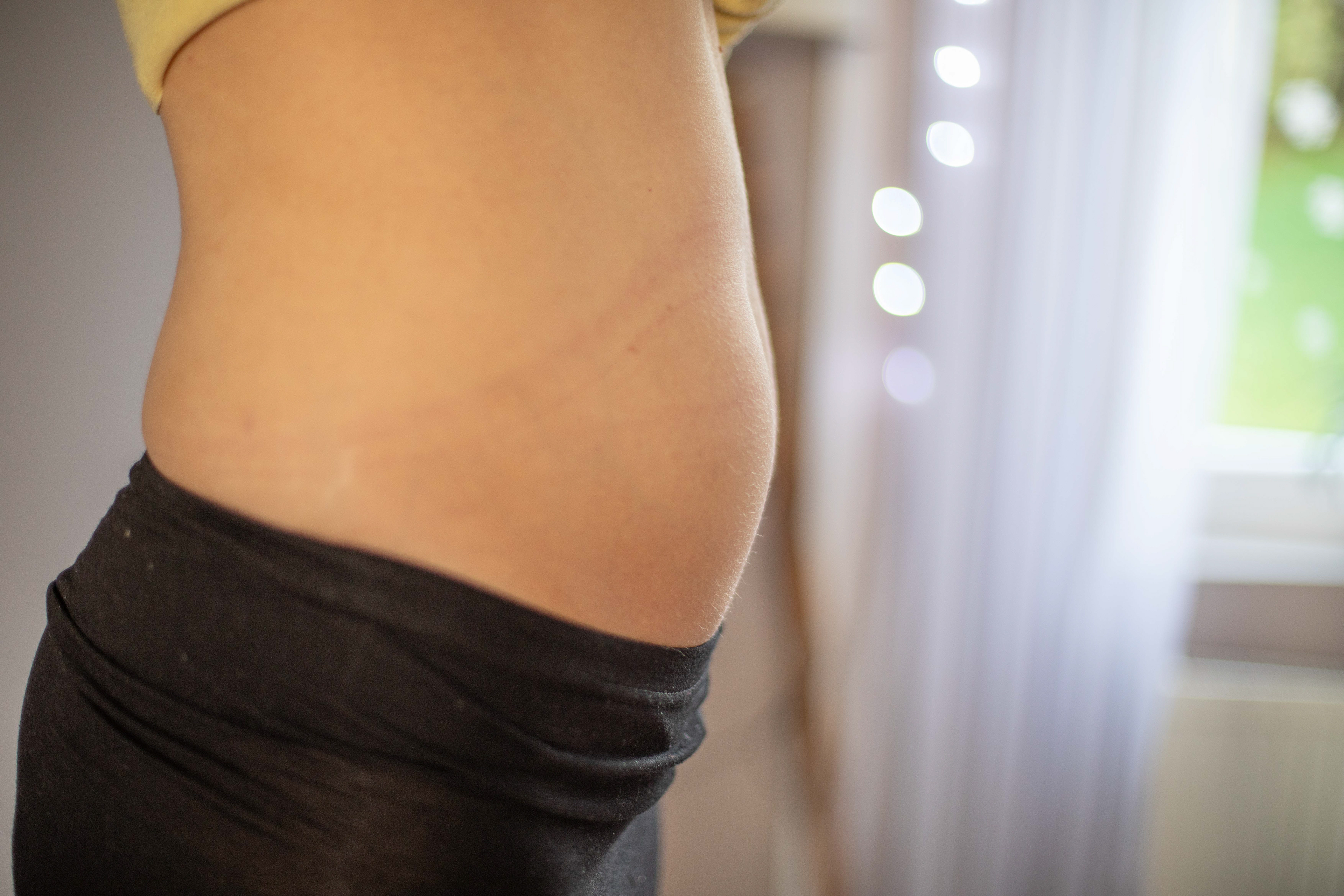
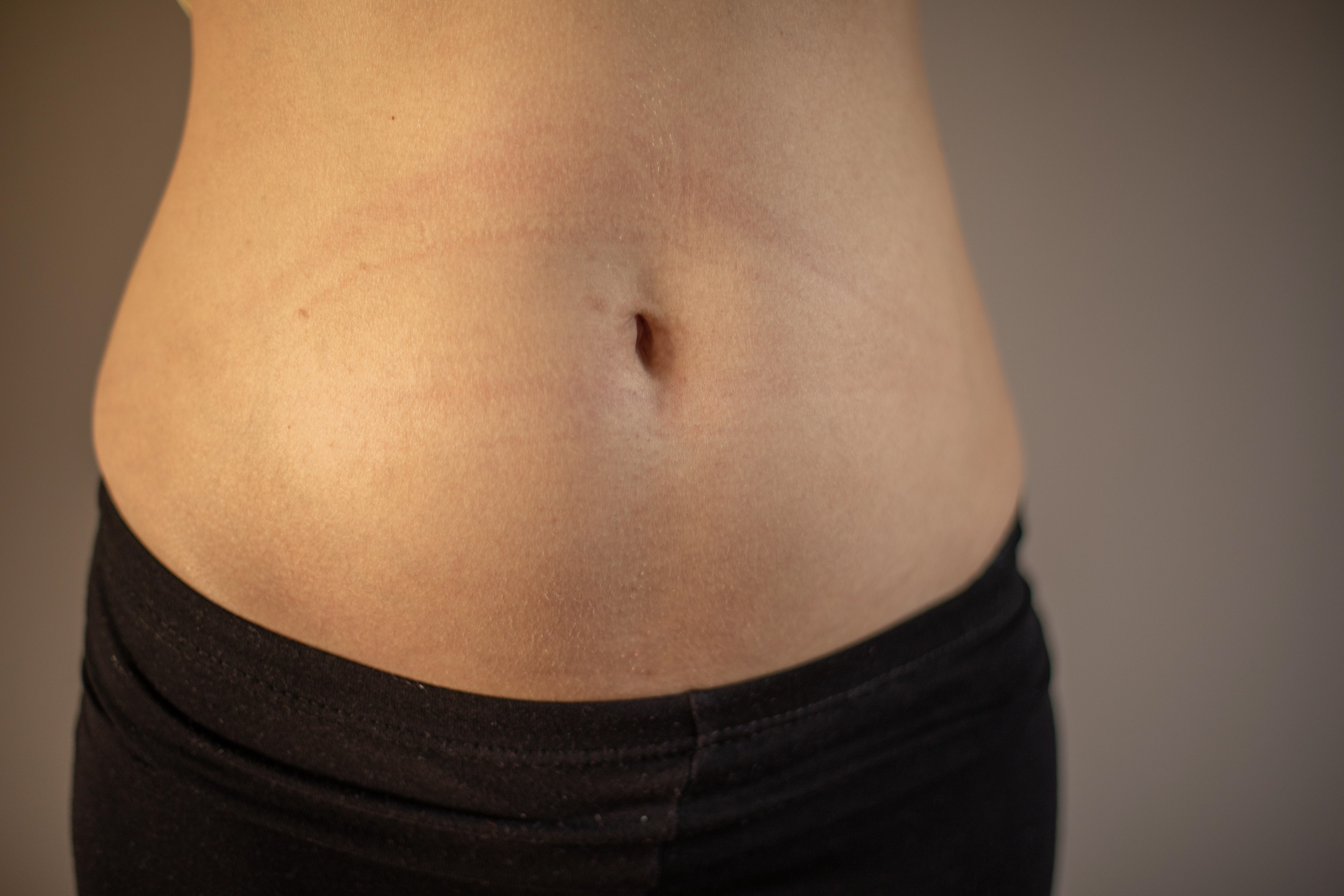
Fig. 26 Fig. 27 Fig. 28 Fig. 29 Fig. 30
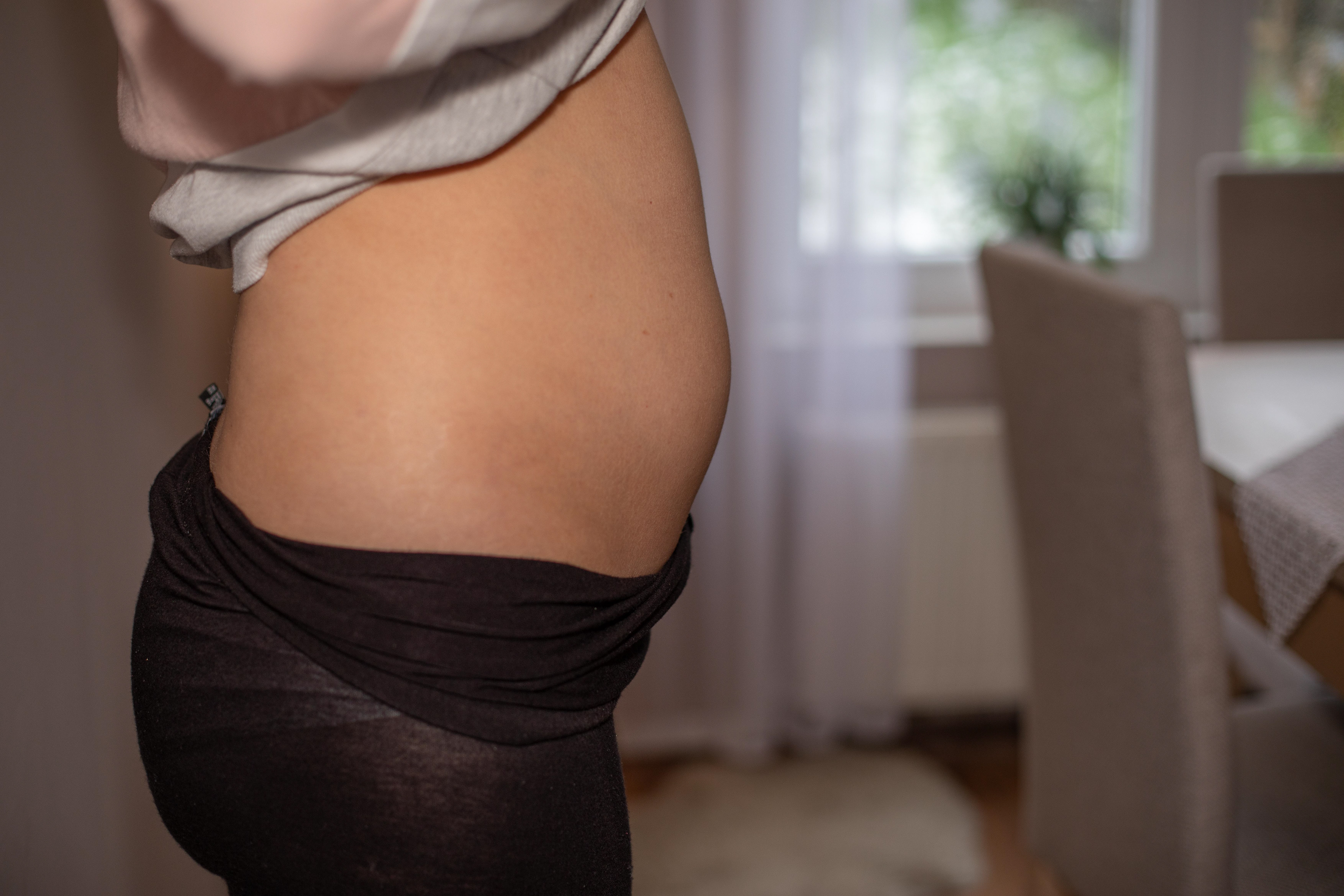
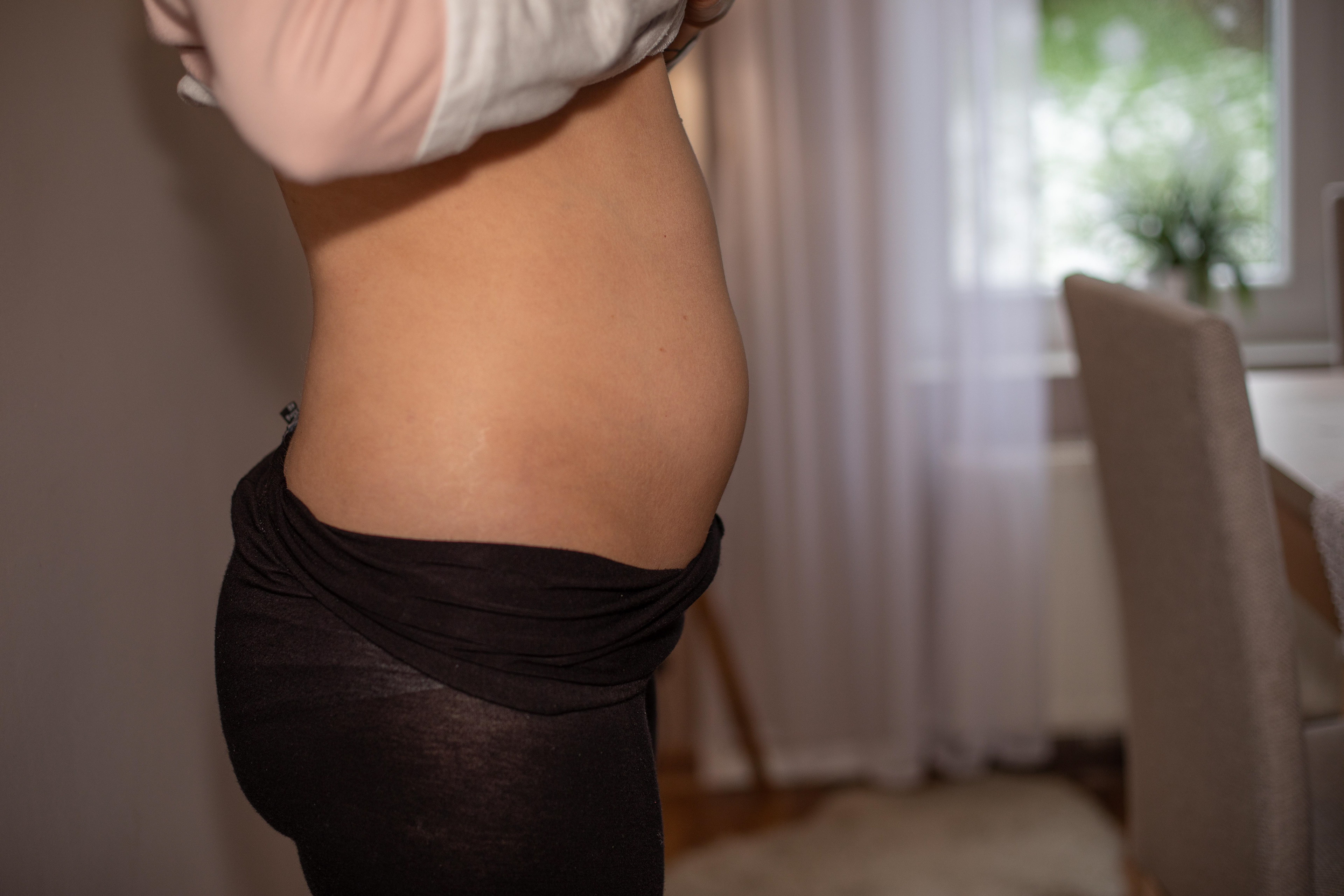
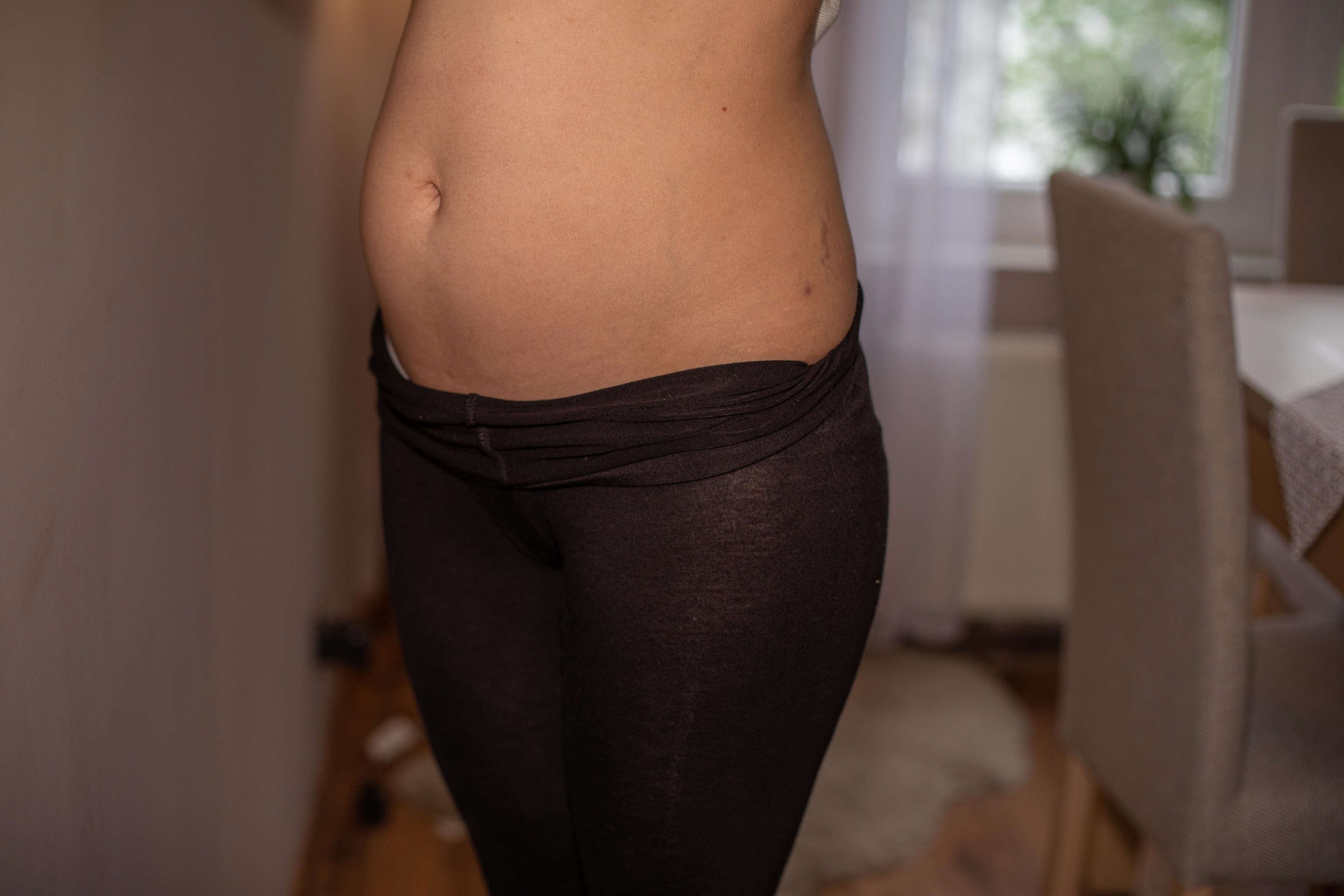

Fig. 31 Fig. 32 Fig. 33 Fig. 34
Fig. 34 Fig. 35 Fig. 36
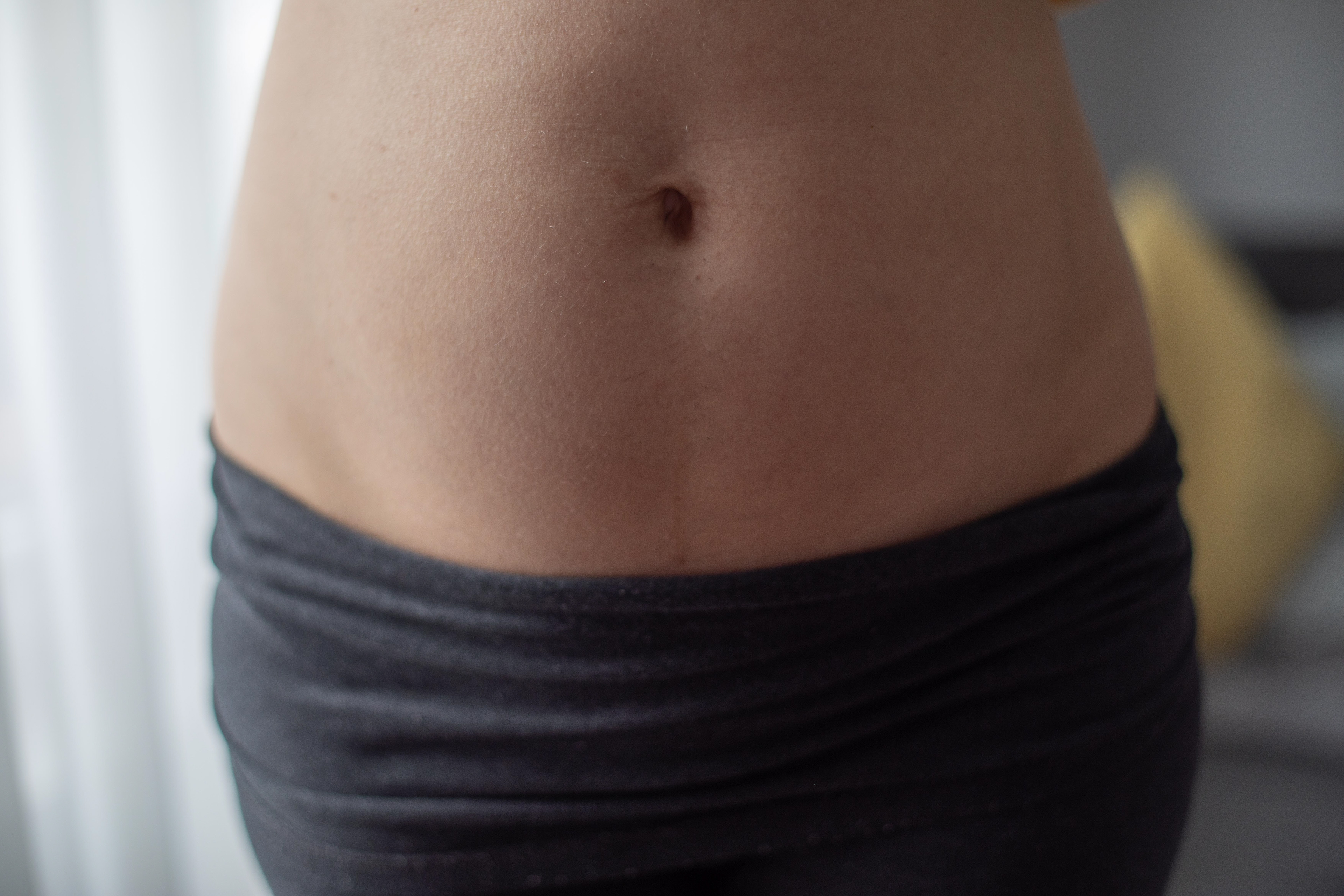
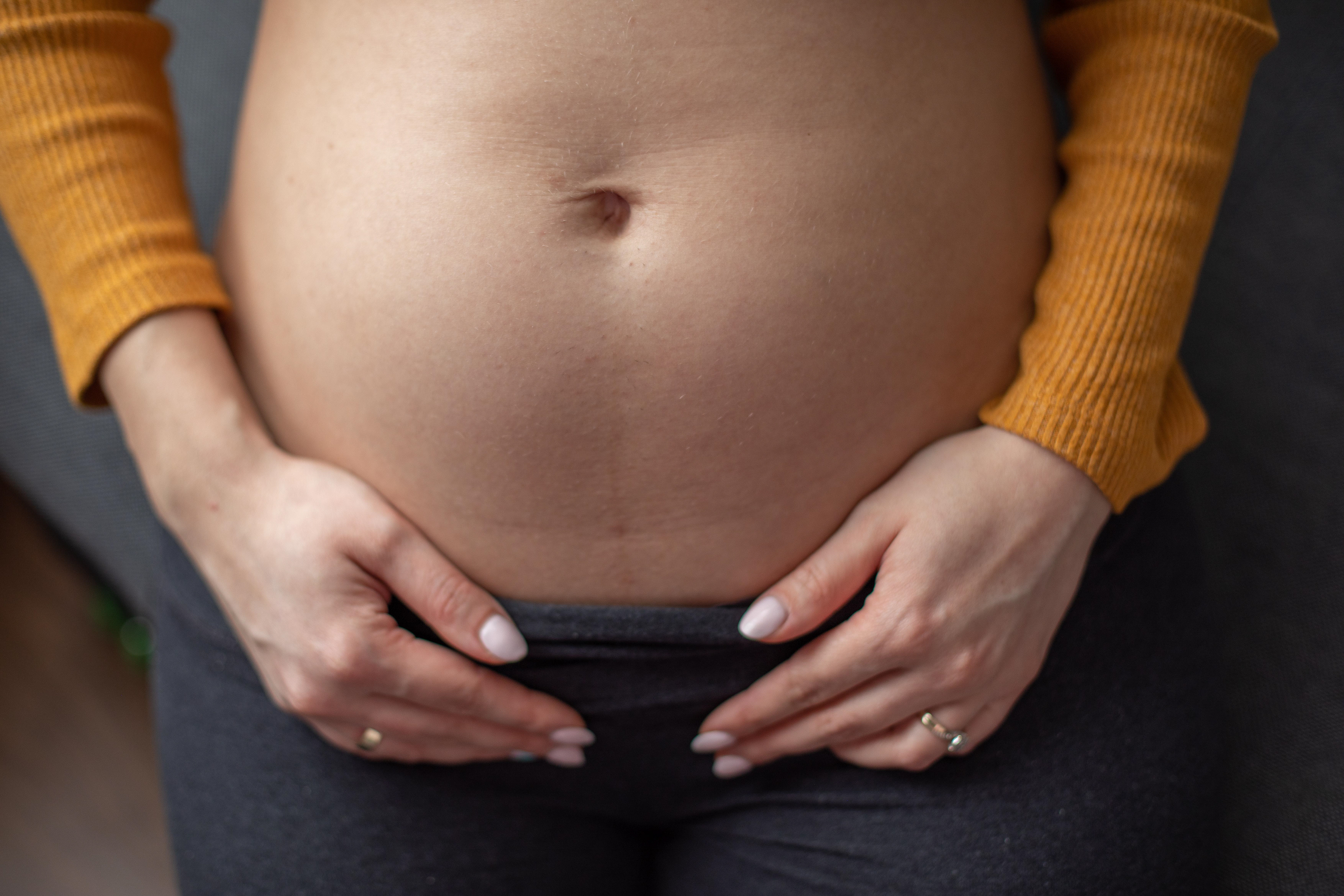
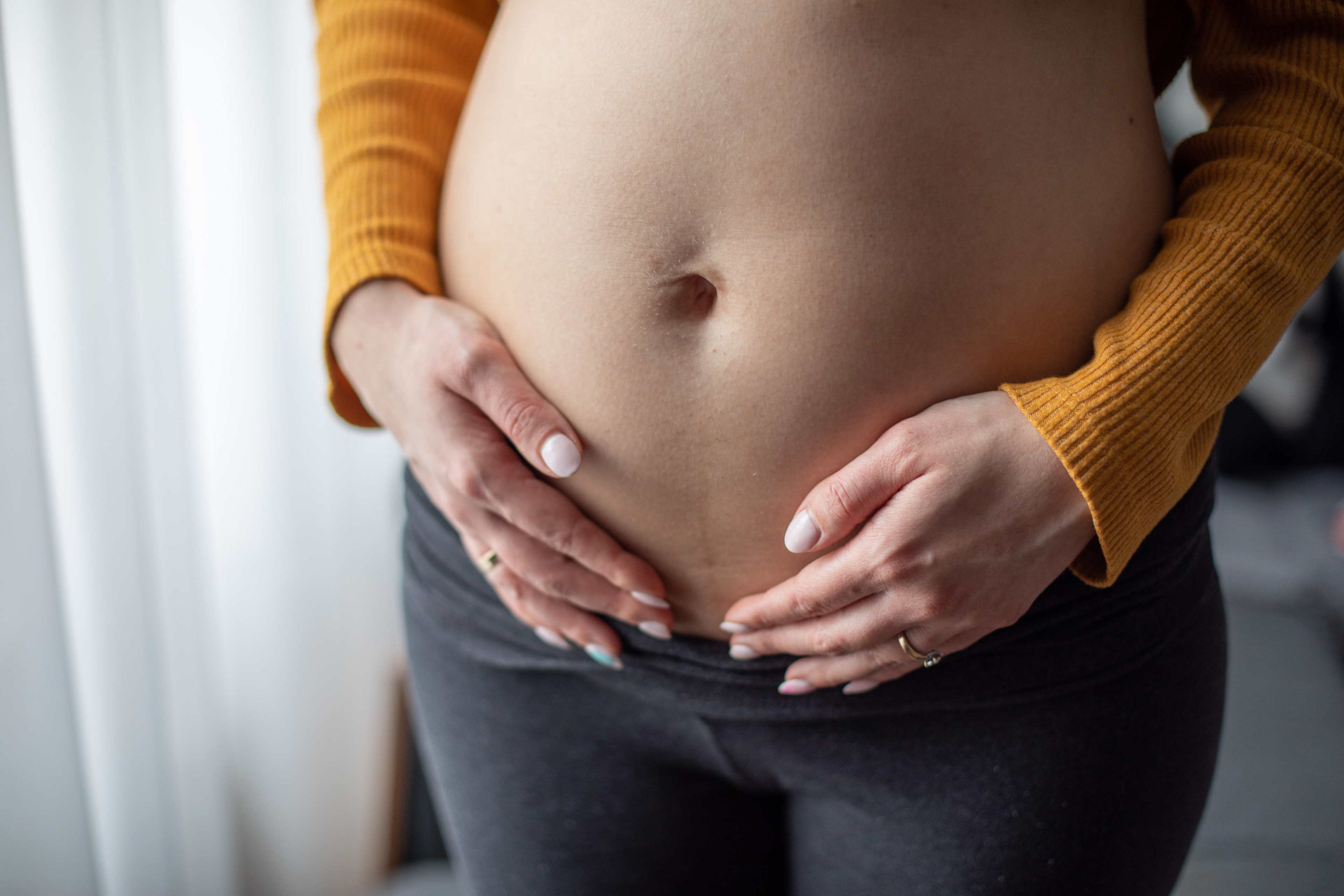
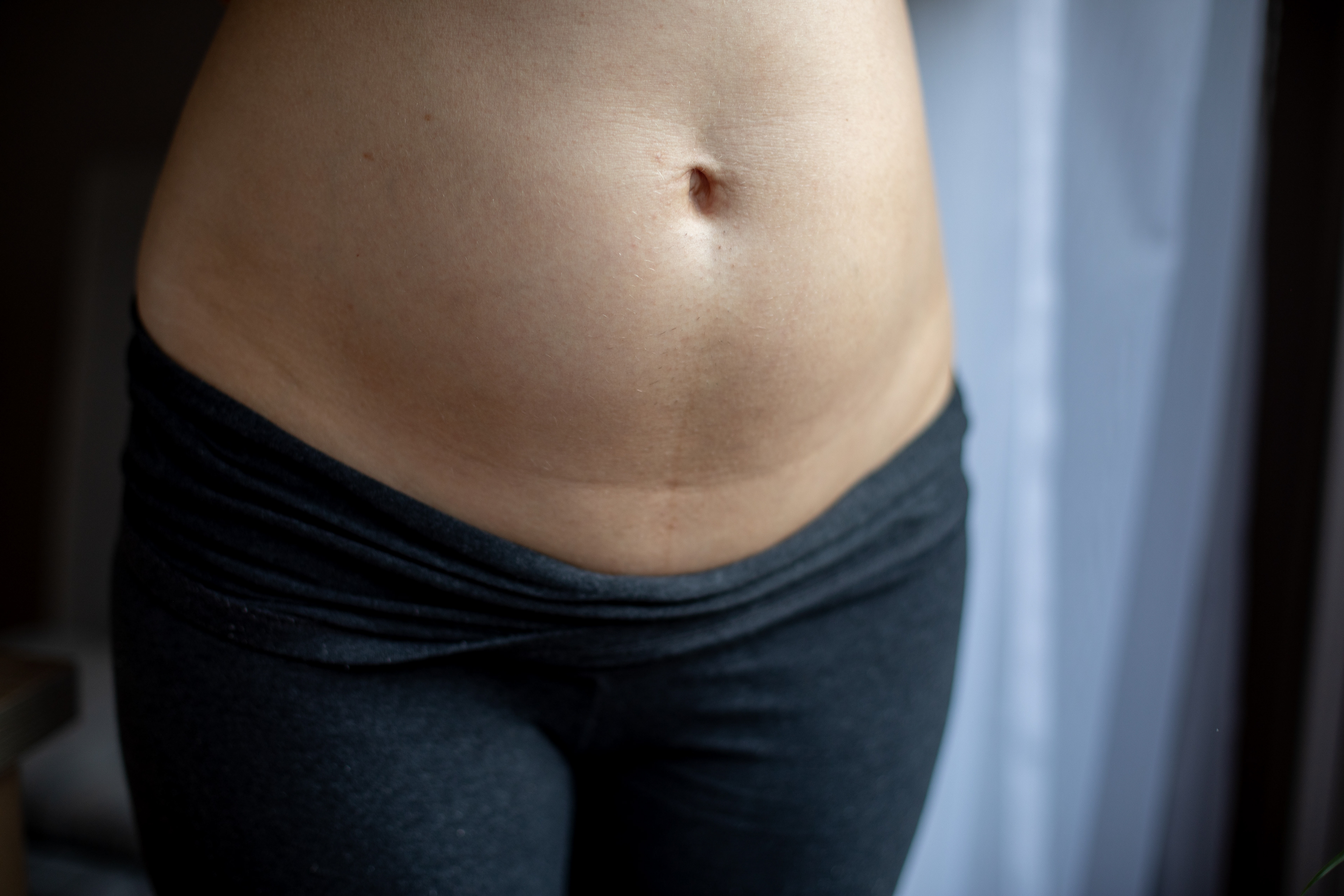

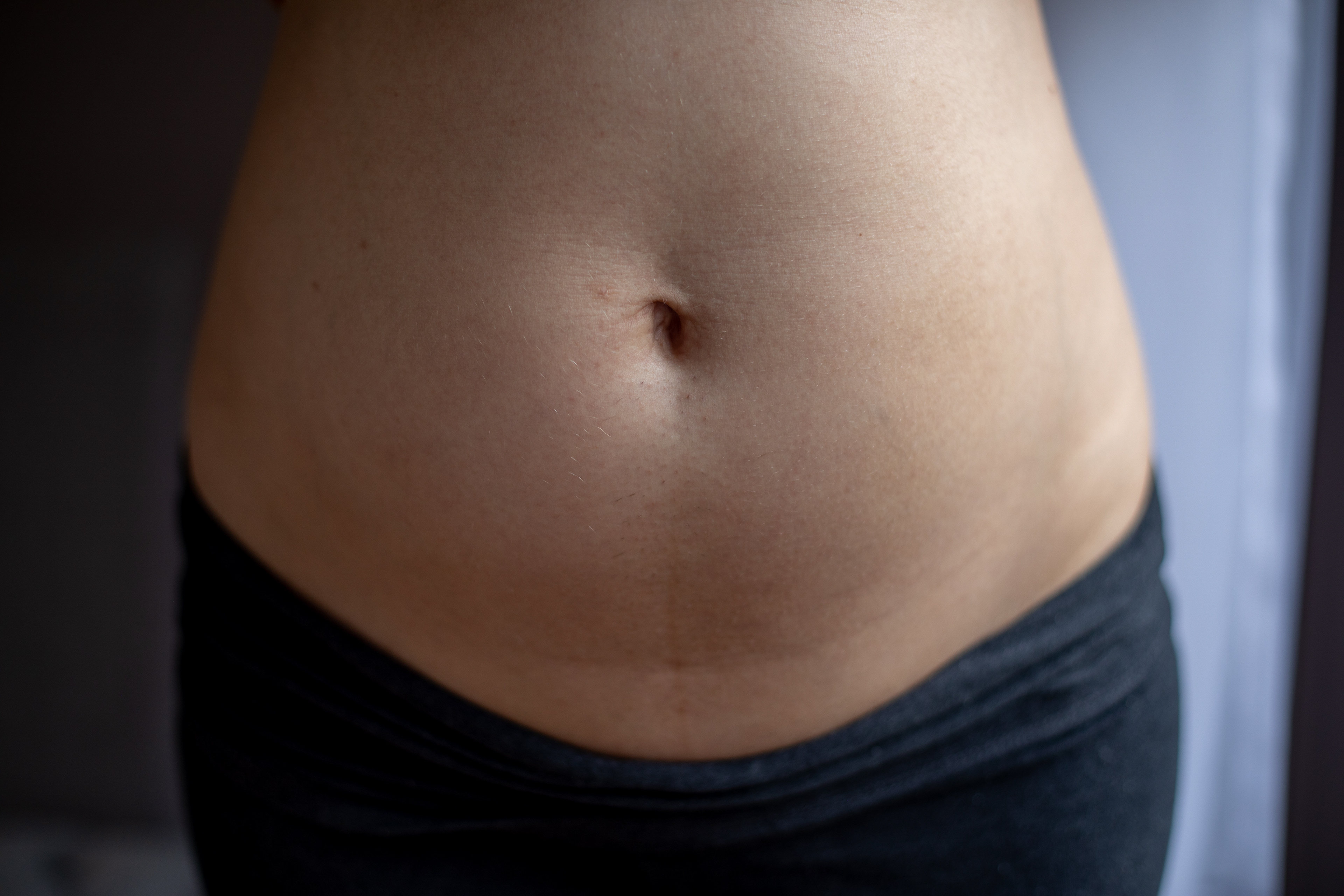
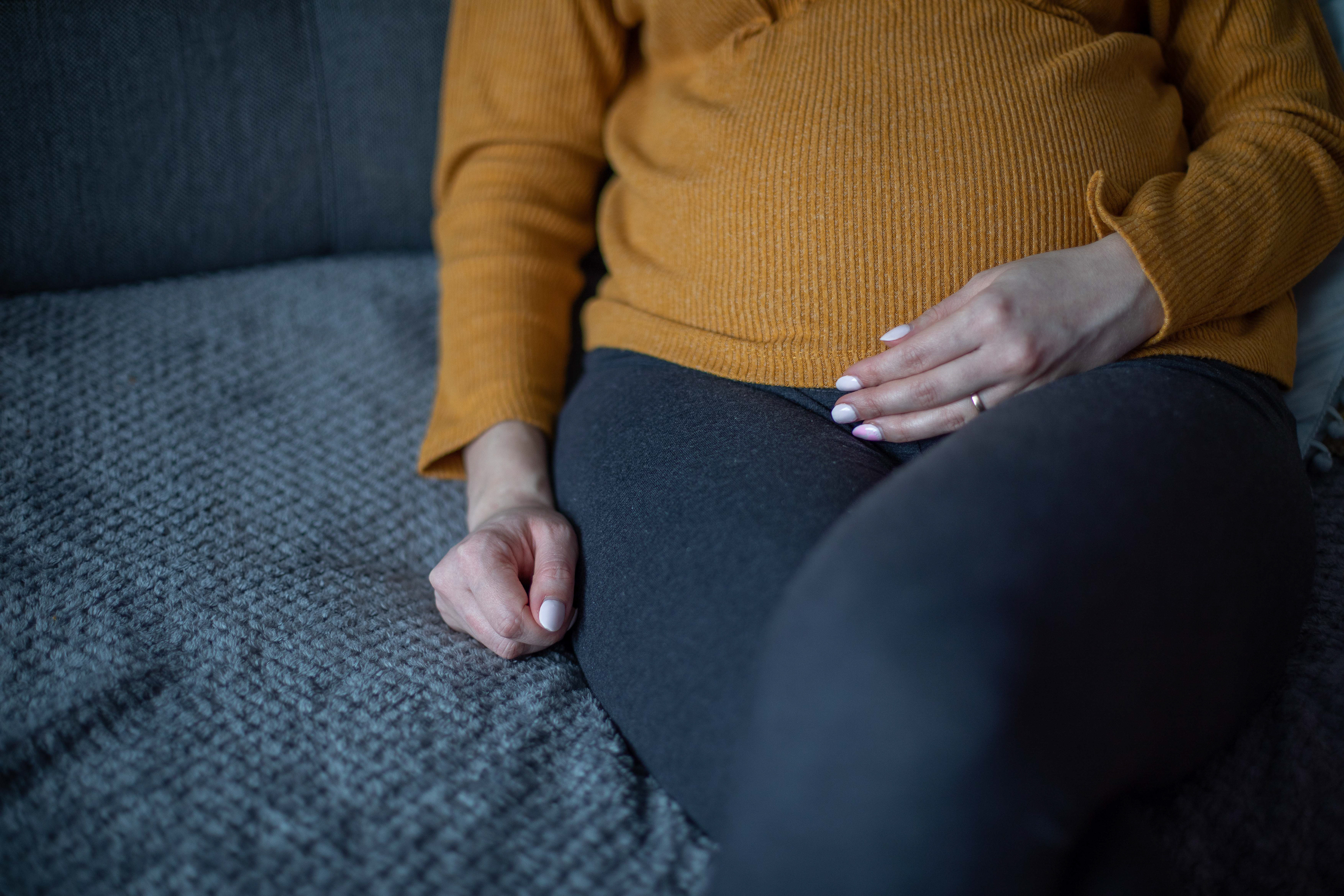
Fig. 37 Fig. 38 Fig. 39 Fig. 40
who is 29 years old, a 3-year-old son. The son's birth naturally left bad memories and trauma. The woman suffered for a long time in the delivery room, without anesthesia, she was incised and the child was pulled out by forceps. It took a long time to recover.
Now she is in her second pregnancy at 21 weeks. She is slim and it is not entirely clear that she is pregnant. I decided to take pictures of her on the sofa when she is sitting in any and comfortable position. Later we moved closer to the window, thanks to which the light is falling inside and on the left side it is precious, I wanted to take pictures. From the side, people would not judge how big the belly is, because here it is not about judgment. A pregnant woman who suffered from vomiting and constipation in the first few weeks, as well as iron deficiency.
We are waiting for a happy solution!
Now she is in her second pregnancy at 21 weeks. She is slim and it is not entirely clear that she is pregnant. I decided to take pictures of her on the sofa when she is sitting in any and comfortable position. Later we moved closer to the window, thanks to which the light is falling inside and on the left side it is precious, I wanted to take pictures. From the side, people would not judge how big the belly is, because here it is not about judgment. A pregnant woman who suffered from vomiting and constipation in the first few weeks, as well as iron deficiency.
We are waiting for a happy solution!
30 years old woman, 2 sons and 1 daughter
At the age of 27, the first childbirth. The pregnancy went flawlessly, even in the book, vomiting appeared in 20 weeks. General and additional examinations were also normal. The child weighed 3,350 Kg. She gained 18 kg.
First labor, amniotic fluid departed and sent home from hospital. After 2 days, return to hospital for induction of labor. Strong contractions appeared after some time in the bathtub. After leaving the tub and going to bed, the baby was born late in the evening. Without anesthesia, it was very painful. There were natural cracks, only 6 stitches. She forgot about the pain when she saw her baby. She was afraid of complications, but luckily it was good.
In the postnatal room, she got a baby by breastfeeding it. She went home all night and in the morning with the baby.
She recovered faster, spent a lot of free time with her husband and she could rely on him. The parents are here. On the other hand, physically, because of the sutures, it was worse and the puerperium and contraction of the uterus were painful. Breastfeeding and feeling like changes are taking place inside. Breastfeeding 8 months. The beginnings were painful. After weaning, my period came.
Periods are less painful after pregnancy than before. The skin, hair and nails were better during pregnancy. After pregnancy, skin problems returned. Pregnancy is definitely a favor.
Applying for a second child took 4 months for the baby to appear. Folic acid was taken earlier due to trying for a baby. They quickly found out about the second child. Private Week 7 Scan. She went alone for a scan and it turns out that there are twins in her belly with two hearts beating. She was shocked from where and how? Years ago, they were in my grandfather's family. Big shock when she informed her husband for several months.
The pregnancy was completely different, the mood and panic for the children, because there are two of them. Pandemics at work sent them fourlough so she spent at home. 1 Painful, 2 perfect, third trimester heartburn all the time and sitting up. She gained 17 kg during pregnancy ...
Not comfortable when putting on socks or shoes. From the very beginning my son was informed that his mother had children. As he saw the tummy he understood a little.
In the 20th week, she found out that she was a fraternal boy and girl. The safest twin pregnancy. The girl found out how this pregnancy was going. More scan and meetings with the midwife. During this pregnancy.
Childbirth with caesarean section was resumed because the babies were placed in the buttocks until the exit. From week 30 There was an appointment every week to monitor the pregnancy. Alone, because there was a pandemic and my husband could not accompany him at all meetings. At 35 weeks, she learns that the caesarean section will be at 37 weeks. On the agreed day at 7 am he is in the hospital, feeling good, compression socks and hospital pajamas.
There was a husband at the birth in the hall, there were preparations ... hand examination of the belly.
There were 2 anaesthesiologists, 3 nurses and 2 doctors ... the husband was also wearing a mask, a cap and an apron.
First anesthesia to the spine, then filling in the data on the blackboard. At the same time, the correct insertion into the spine… the anesthesia works. The surgery begins. They put on a curtain and there was no feeling. The husband said what was happening then he stopped… there was no pain during the procedure, but a strange feeling of rummaging and doing something inside.
The procedure lasted 10 minutes very quickly. The cry of the first child, then the second tears and the emotions of the parents. They held the children on their chests for a moment. Finishing sewing. On the same day, the anesthesia was released. There was itching, painkillers, catheter plugged. Breastfeeding administered by nurses.
Thanks to the nurse who took the pictures, this couple has pictures of the babies being taken from their belly. I decided to use photos for the project. Thanks to the woman's favor, you can see them.
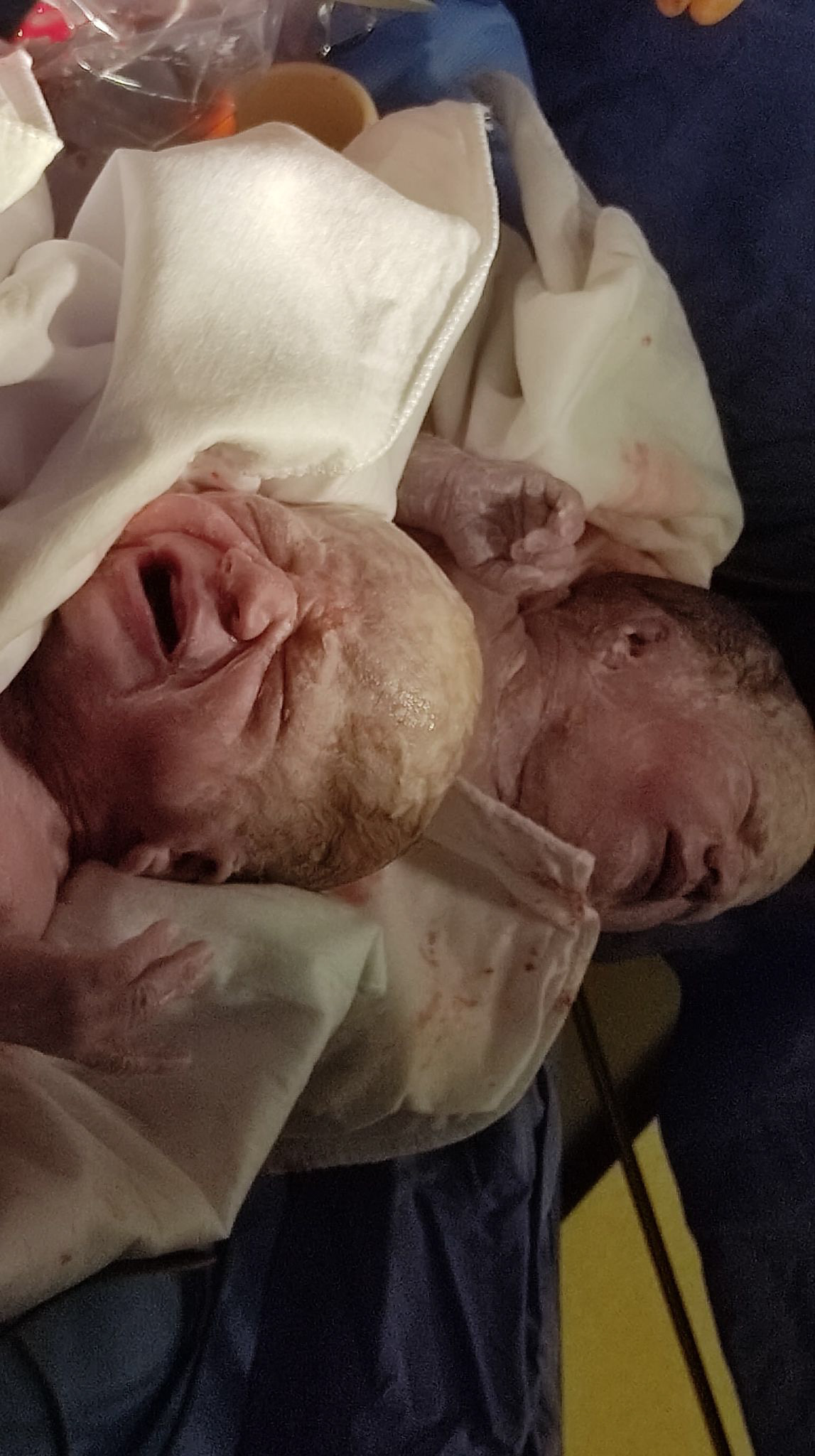
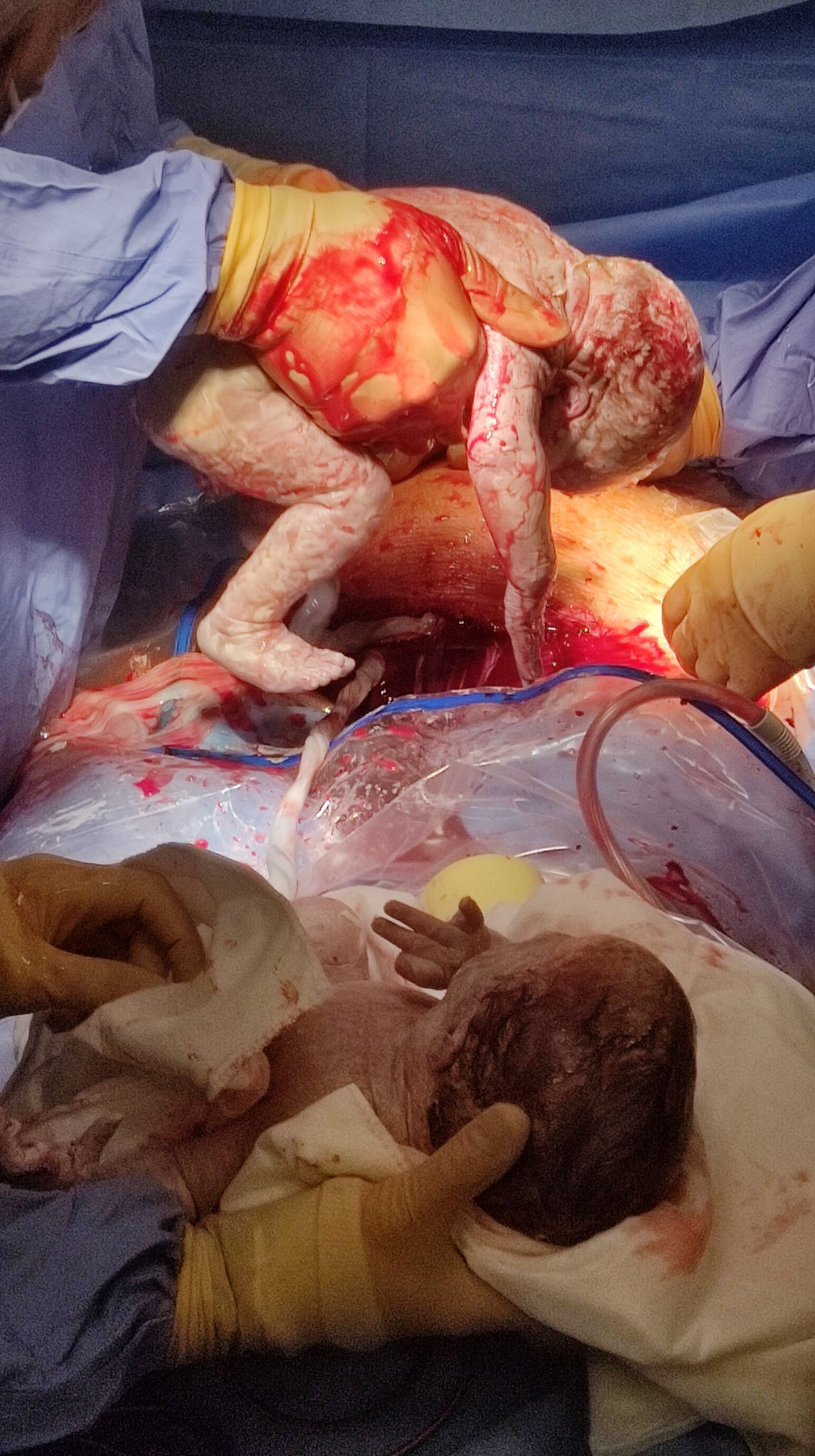
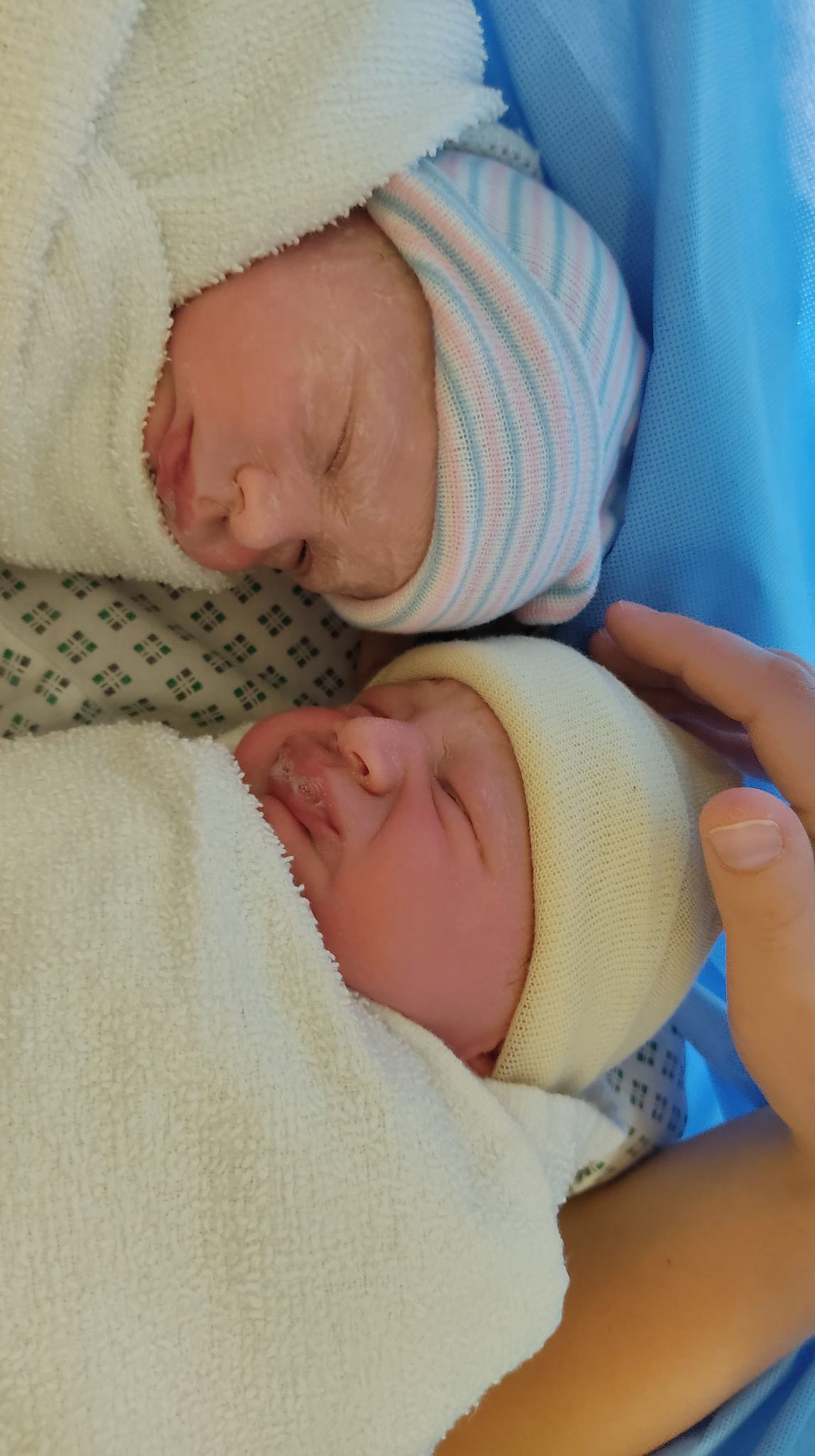
Fig. 41 Fig. 42 Fig. 43
The first attempts were painful and ineffective, because the body was not ready. Restricted movements were unable to move.
Movements were limited it was hard to walk. There was help at home thanks to my mother and husband. After two days, I leave the hospital to be calm at home.
Pus oozed from the scar, and after 8 or 9 years the patch came off. Panties were high and pus was rubbing against the wound.
The puerperium was lighter this time because they cleaned the placenta during the cesarean period. And less abundant, and it was much shorter.
10 weeks have passed since giving birth to the present moment. Thanks to the support of relatives, it was very helpful.
After 4 weeks, there was no food for the twins. The boy's bottle was immediately breastfed for 3 weeks. Girl after 4 years and that's it. After the milk from the bottle, the children drink more calmly.
During the interview, I took photos of the model sitting in the chair by the window in the daylight. Using a 50mm lens at 1.4 f. I focused on the abdomen and then on the caesarean section wound. When it comes to the photos by the window, the photos are ok ... But where I photographed the birth scar, which was only 7 weeks old, the photos are a bit dark. Because the model moved to the sofa away from the window. I also used a 100mm lens macro.
Each meeting and interview teaches us something, I think that the bond with the girls is very helpful and necessary. Thanks to this, they do not feel embarrassed and trust me.
With each subsequent meeting, the experience and approach grew. Even if the photo did not come out, you should draw appropriate conclusions so that it does not happen again later.
Fig Fig Fig
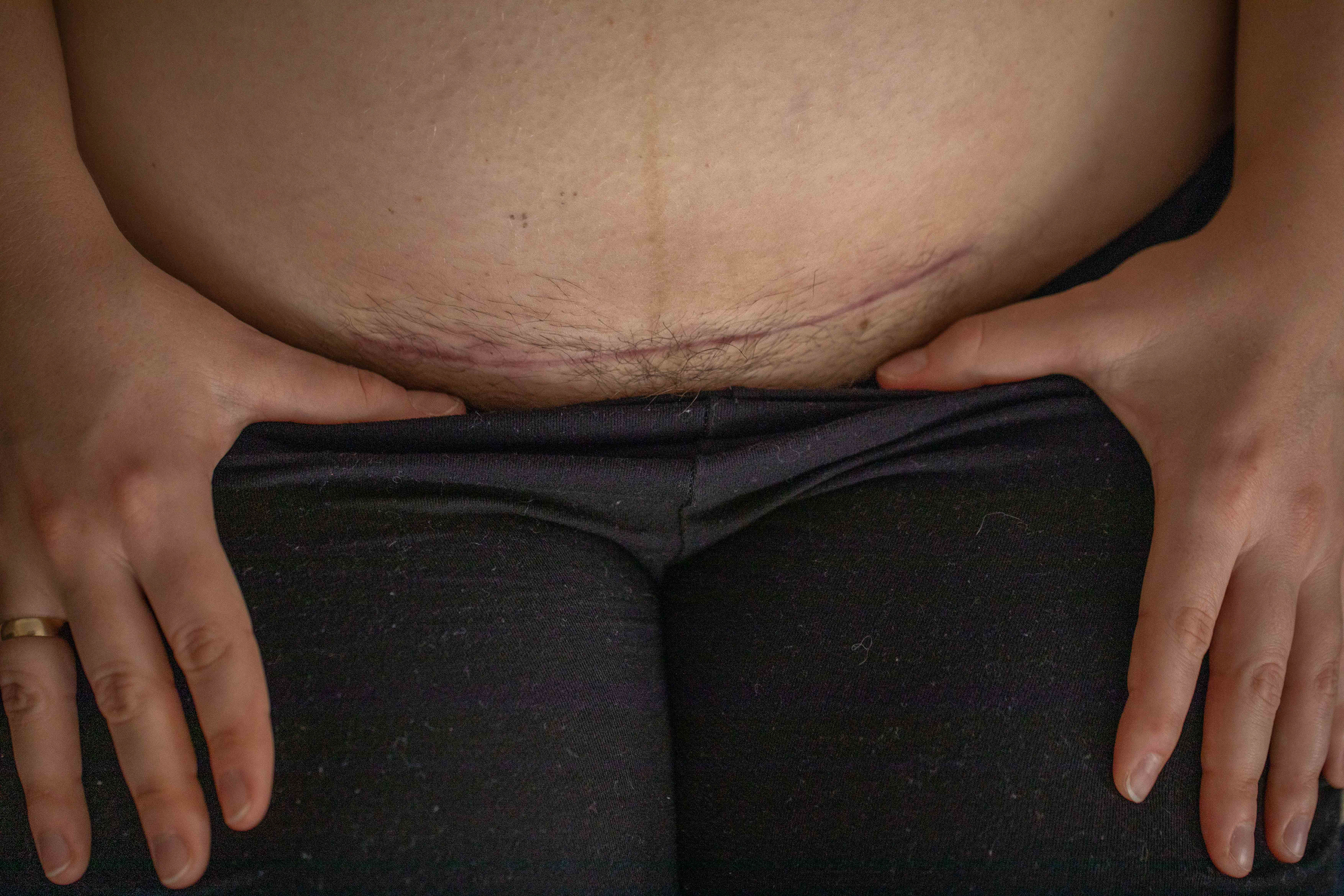

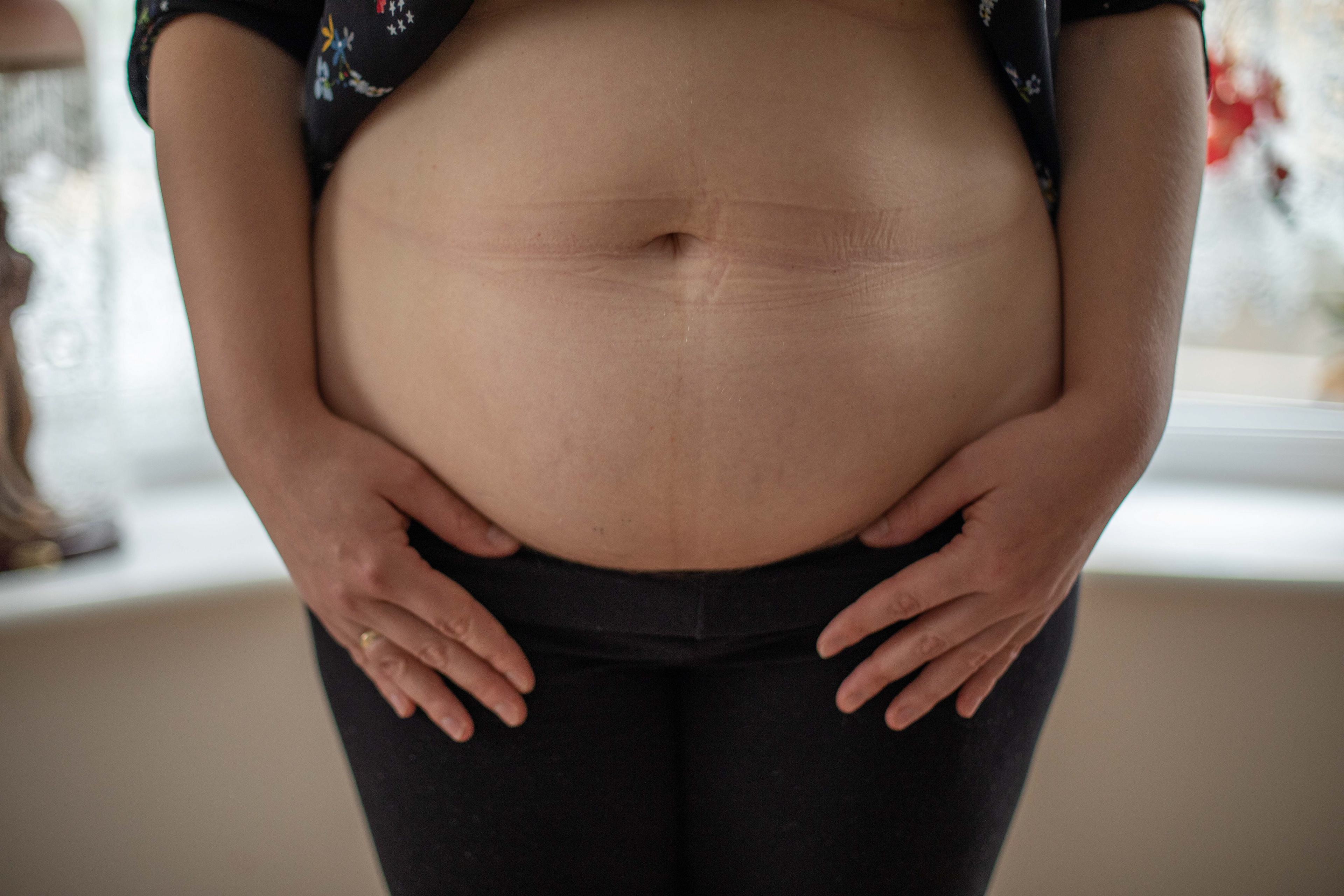
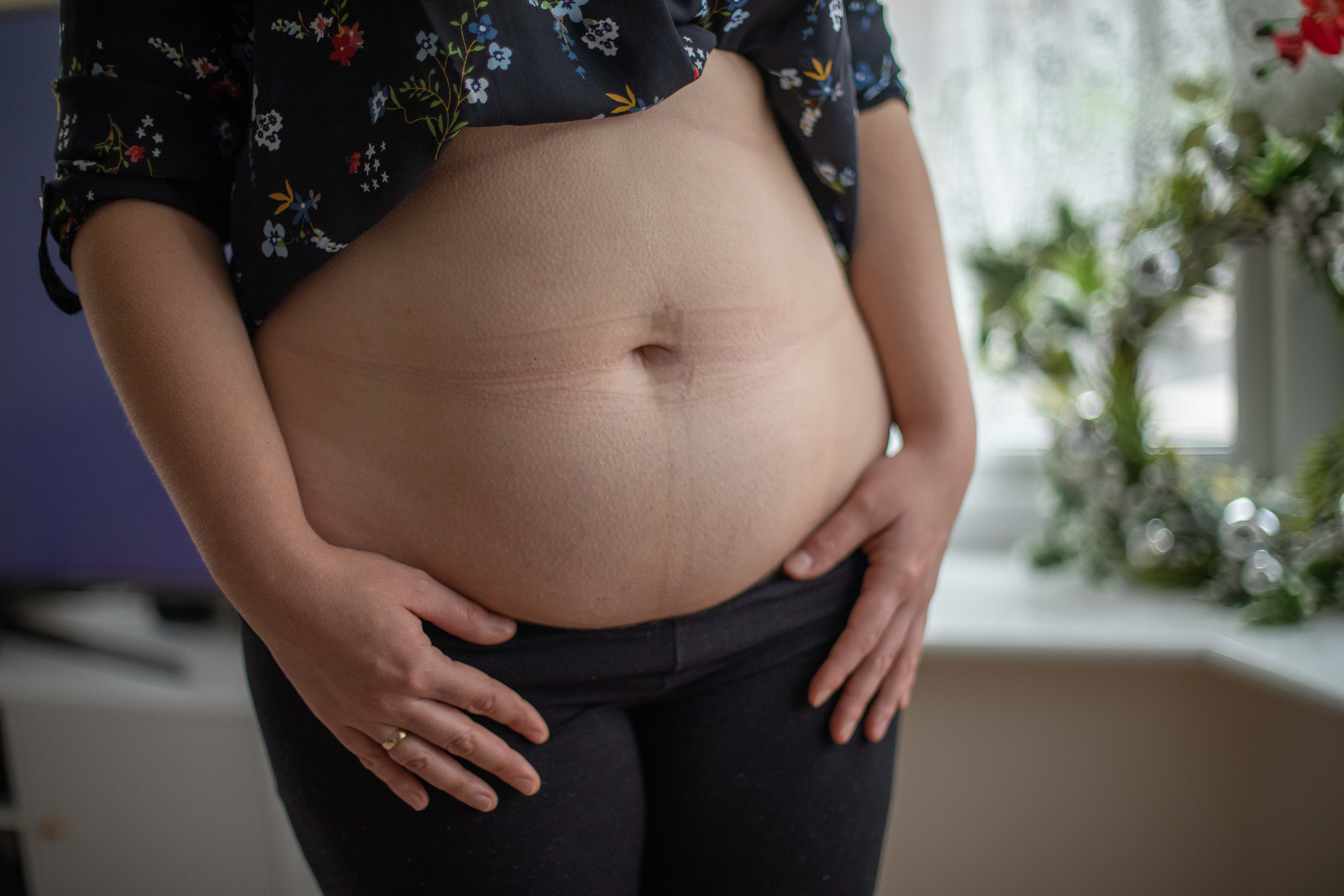

Fig. 48 Fig. 49
Fraternal twins
Fraternal twins, or heterozygous twins, are born when two separate eggs are fertilized by two separate sperm. Thus, two separate and distinct embryos are produced from the very beginning. Children born from a fraternal twin pregnancy are not more similar to each other than siblings born from two separate pregnancies. The fraternal twin pregnancy is the most common form of multiple pregnancy. In Poland, twins are born approximately once in 80 births. Fraternal twins are born almost twice as often as identical twins.
Fraternal twins, or heterozygous twins, are born when two separate eggs are fertilized by two separate sperm. Thus, two separate and distinct embryos are produced from the very beginning. Children born from a fraternal twin pregnancy are not more similar to each other than siblings born from two separate pregnancies. The fraternal twin pregnancy is the most common form of multiple pregnancy. In Poland, twins are born approximately once in 80 births. Fraternal twins are born almost twice as often as identical twins.
1. Twins
Fraternal twins is an incorrect term in medical nomenclature, but it is used in common medical nomenclature. The proper term is "twins". Dwojaczki, so called Fraternal twins are born as a result of fertilization by two different sperm cells of two eggs that were produced by the ovaries at the same time. Fraternal twins develop in separate amniotic sacs and have separate placenta (chorion). Every fetus has its own placenta, so there is no risk of theft syndrome - as with monozygotic twins. Since the genetic material of twins is different, they can be of different sex and their similarity is the same as that of ordinary siblings. Fraternal twins are therefore not as similar to each other as identical twins. They may even be completely different from each other. For example, there are known cases where heterozygous twins had two different fathers. So far, seven such cases have been confirmed in the world, including one in Poland.
Fraternal twins is an incorrect term in medical nomenclature, but it is used in common medical nomenclature. The proper term is "twins". Dwojaczki, so called Fraternal twins are born as a result of fertilization by two different sperm cells of two eggs that were produced by the ovaries at the same time. Fraternal twins develop in separate amniotic sacs and have separate placenta (chorion). Every fetus has its own placenta, so there is no risk of theft syndrome - as with monozygotic twins. Since the genetic material of twins is different, they can be of different sex and their similarity is the same as that of ordinary siblings. Fraternal twins are therefore not as similar to each other as identical twins. They may even be completely different from each other. For example, there are known cases where heterozygous twins had two different fathers. So far, seven such cases have been confirmed in the world, including one in Poland.
Pregnant women are always amazed and incredulous when they hear that they are carrying twins. How does two lives develop in the uterus at the same time? If a single fertilized egg divides into successive cells and, at an early stage, it divides into two groups, each of which develops separately - identical twins are formed. Identical twins are always identical, they have the same sex because their cells contain the same set of genes. Fraternal twins are born when a woman's body produces two eggs in one cycle, which are fertilized by sperm. It is believed that the presence of fraternal twins is a family trait that is carried on the distaff side. Overproduction of eggs in the cycle may also be associated with hormonal imbalances or the result of ovulation stimulation during fertility treatment. Many twin pregnancies result from in vitro fertilization, when more embryos are implanted into the uterus in the hope that at least one of them will develop properly.
2. The probability of having twinsThe chances of having twins are increased when:
there are twins among your siblings,
you are from twins yourself,
you have already given birth to twins
you were treated for infertility,
you have been using hormonal contraception for a long time,
you are over 35 years old,
you had intercourse at the end of your menstrual cycle.
you are from twins yourself,
you have already given birth to twins
you were treated for infertility,
you have been using hormonal contraception for a long time,
you are over 35 years old,
you had intercourse at the end of your menstrual cycle.
3. The dangers of multiple pregnancy
A multiple pregnancy, including a twin pregnancy, is considered a high-risk pregnancy because it is associated with a high probability of developing various pregnancy and delivery complications, such as:
leading bearing,
gestational hypertension,
pregnancy poisoning (gestosis),
anemia,
premature birth,
surgical delivery,
postpartum hemorrhages.
gestational hypertension,
pregnancy poisoning (gestosis),
anemia,
premature birth,
surgical delivery,
postpartum hemorrhages.
Carrying two babies under your heart makes you feel tired, and your spine is very strained and can take its toll - especially in the final weeks of pregnancy. During a twin pregnancy, get plenty of rest to breathe tired legs and swollen calves. During the day, you will find it useful to rest, because in the horizontal position, blood flow through the placenta increases, which promotes oxygenation and nutrition of the little ones. More often than in a single pregnancy, you will have visits to the gynecologist and ultrasound examinations. Natural childbirth in a twin pregnancy is possible when two babies are in the head position or one baby is placed head-on and the other - in the pelvis. In other cases, a caesarean section is performed.
4. One-time multiple children
Multiple pregnancy is a way of having many children at one time. Statistics show that fraternal twins are born almost twice as often as identical twins, and the birth rate varies from country to country. For example, in some provinces of China, twins are born extremely rarely, while in Nigeria quite often. Interestingly, the percentage of identical twins is almost the same in all countries, amounting to around 0.4%. The incidence of fraternal twins depends on many factors, including from: heredity, race, environment, maternal age, female fertility, use of hormonal preparations. A twin pregnancy is often called double happiness because the parents, instead of one child, have two children at once.
5. Identifying a heterozygous twin pregnancy
The existence of two amniotic sacs and placenta
can be found even in the early stages of pregnancy on ultrasound. Such a situation may indicate a double conjunctival pregnancy, but it does not mean a fraternal pregnancy. Fraternal twins will have separate amnios and placenta. In monozygotic twins, it can only happen if the zygote divides before the fourth day after fertilization. In this case, the children will be strikingly similar to each other. If the sex is diagnosed later and the sex is not the same in both babies, they will most definitely be fraternal twins.
Whether babies are mono- or heterozygous is much more difficult to tell after they are born. If twins are of the opposite sex or differ significantly in appearance - such as the color of their hair, eyes and skin - this means that they are fraternal. If the children are of the same sex and are similar to each other, the confirmation of zygosity requires laboratory tests. Typing for histocompatibility antigens, DNA analysis, blood grouping, or cytogenetics will be helpful. If there are any contradictions in all the subgroups of the latter study, and the children do not look alike, they are most likely fraternal twins. However, it should be remembered that even identical twins may have different weight and height. Genetic testing is the most reliable in determining the zygosity of twins.
27 years wold woman, 3 sons
During her first pregnancy, 21 years old, only 7 kg gained weight. They tried to have their first child of a year and a half with polytheistic ovaries. So a lot of cysts on the ovaries. It was here that they went to the doctors and tried all the time. She was under the control of a doctor with hormones and ultrasound.
There was an idea of adoption and they were given brochures for adoption… there was disappointment after more attempts. There were also preparations for the wedding in the morning, she got up, drank her coffee and returned it ... she went for a test, but without conviction. Resigned, she did the test, but it turns out that the girl was pregnant. There was crying, disbelief, fear if she was really pregnant… a trip to Poland for her own wedding. In Poland, she went to the gynecologist with her husband to find out if she was really pregnant. As it turned out, the doctor congratulated the child. During the visit, he examined three times and it turned out that she was pregnant for the second month ... there was disappointment and depression because she started smoking. But from the news of the pregnancy, she rejected cigarettes. During the wedding, great fun ... the pregnancy was just right. The belly was small and only in the 6th month the belly was visible ... very active during pregnancy, lots of walks home from work.
In 2015 my son was born, weighed 4 kg, there was stress in the 39th week and the fear that it was just around the corner.
Something is starting to happen, there are contractions, but that's not it… after talking to my aunt midwife who confirmed that there were these signs.
The contractions came but not regular, she called the midwife and they didn't see her.
The contractions were painful and the girl started crying, the contractions were very frequent and it was that time. After calling the hospital, they drove there. This labor was very painful, there were offers for balls and a pool, but the contractions got worse. Natural childbirth
At the end of labor, breathing is rapid and it starts to feel weak. The amniotic fluid was broken just before the baby was born.
The baby was put on the breast, the pain is forgotten. There was cleaning of the uterus, that is, the placenta. She got an injection in her stomach and a slight push on the placenta came out.
The postpartum period was less than 6 weeks, profuse bleeding. With clots after 4 weeks has passed. Return home the same day. Returning to everyday life washing and cooking dinner. There was discomfort when sitting down… here she physically recovered very quickly. Mentally it was much worse, because when feeding the baby there was a problem that the baby quickly lost weight. The midwife said there might not have been enough milk. Feeding 4 weeks and the midwife said that if the baby does not gain weight, the baby will be taken to the hospital. After the milk from the bottle there was no crying and burn off all night. Everything was back to normal and he gained weight
2nd pregnancy at the age of 23 and 10 kg gained weight during pregnancy. The course of the 2nd pregnancy here she was aware that she was pregnant asymptomatically. She worked overnight during this period until 30 weeks of pregnancy.
Taking care of a younger child , informed the owner of 12 weeks that she is pregnant.
He weighed 4,380 kg… the birth description was natural.
Inducing labour, which caused contractions for a while after 3 days another meeting.
She was concerned about mechanical contractions as it is more painful with a tampon inside not helping. Then the gel and again 24 hours of waiting for dilation and contractions ...
Eventually the contractions started and the water came out.
The husband was with the woman during childbirth. The pain was painful, but she was able to cope with the urge ...
Recovering mentally and physically quite quickly. Only breastfeed once at a time
The child got allergic, rash to the mother's food. He had a protein flaw, the body rejects cow's milk and protein. The doctor gave the child specialist milk, which should be given for a year and this should return to normal. The milk was from the pharmacy ...
After a year of time, a test with milk and milk throughout the day to observe the baby if the rash recurs.
Layer less than 4 weeks and not too profuse.
3rd pregnancy at the age of 24 and gained 6 kg ...
She found out about the child 3 months after giving birth that she was pregnant with another son. She was desperate and her body had not yet recovered ... they were thinking about an abortion because she was mentally confused about it.
Her husband was glad to hear about the baby, but the decision belonged to the woman who was broken and crying at that moment. For the first week after the news, she wondered whether to remove the baby.
She did not cook, did not clean, did not leave the bed, there were attempts to contact the doctor, but she disconnected each time.
Ultimately, however, she decided to give birth to a child thanks to the support of her husband and sister-in-law with her help. A bit perverse fate, because first there was fear of stress to have a child ... and then, when you already have 2 children and the body has not regenerated ... it turns out from the news that she is pregnant 3. It was unbearable for her.
The pregnancy, although under stress, proceeded without major changes and ailments… nausea appeared, she resigned from work. Support from the boss that she can always go back to work ... there was a lot of anemia during this pregnancy ... she had frequent fainting, so uncontrolled.
She did not contact, she heard and saw she was unable to speak. It happened in the first trimester.
Beetroot and greens diet. For walks with someone, doctors recommend that a woman cannot be alone.
The contractions appeared all night long before birth. In the morning the waters broke. The contractions in the afternoon were very strong. After making an appointment, he goes to the hospital and goes to the hospital… the child had a quick heartbeat. The midwife looks at the dilation and the woman gives birth. She was moved to the maternity ward with her sister-in-law because her husband was at work.
The pains got much worse. Childbirth took place in the bathtub. The husband showed up at the last moment to give birth to his son. The woman was pushing and the baby was in the world.
Child's weight was 3650 kg, the child was blue and did not cry, the child could be brought.
The baby was weakened by stress during pregnancy.
Mentally and physically, she quickly recovered.
There was no breastfeeding. The child has a paresis of the mouth on the right side, doctors said that during the fainting the child may have had a mouth injury.
The woman's nipples were too big and the baby had trouble catching the breasts. Therefore, the decision was made to be fed from the beginning.
Are you fulfilled as a mother, she would like to have a girl in her head ... from the beginning she felt with her mother's heart that there would be boys and it happened.
General well-being after giving birth her dream has always been 2 children and she is happy to be 3 and she loves them all the same. The decision to use a hormone spiral to protect yourself from future births.
The most important thing for her was that she had the support of her husband or sister-in-law. For her, the worst thing about being locked up at home with children… she needs exercise and work to function normally.
Fig. 50 Fig. 51 Fig. 52 Fig. 53
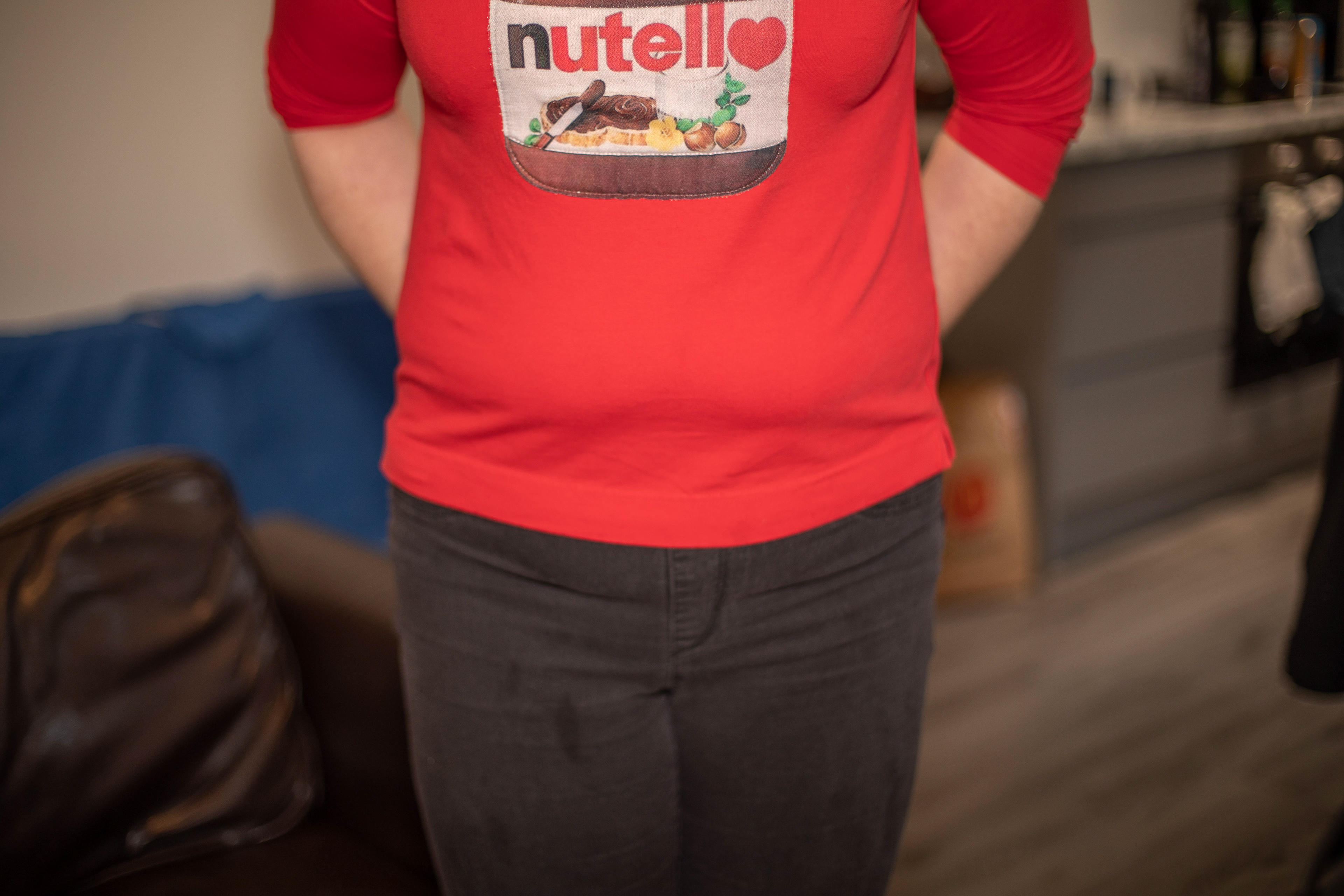
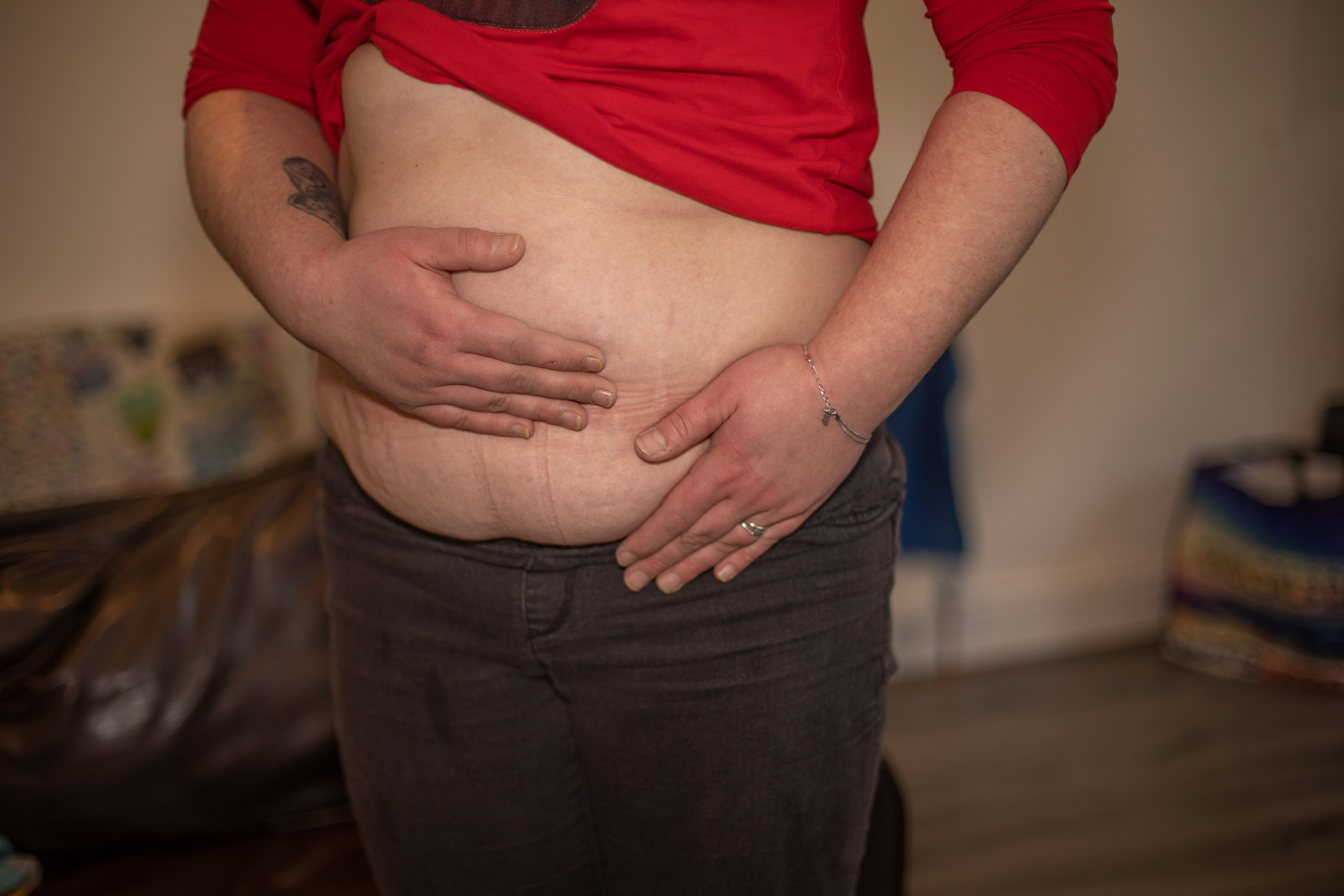
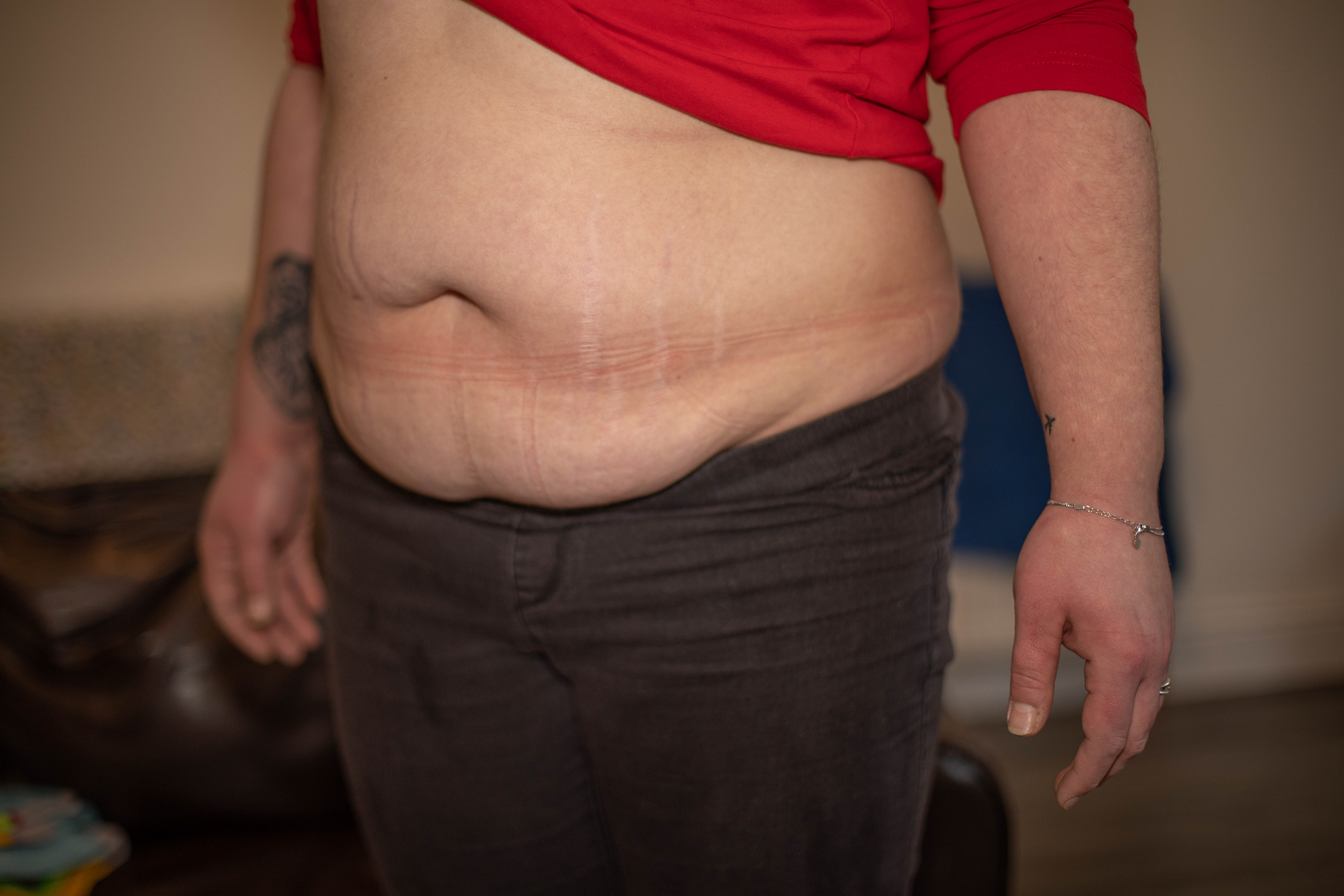
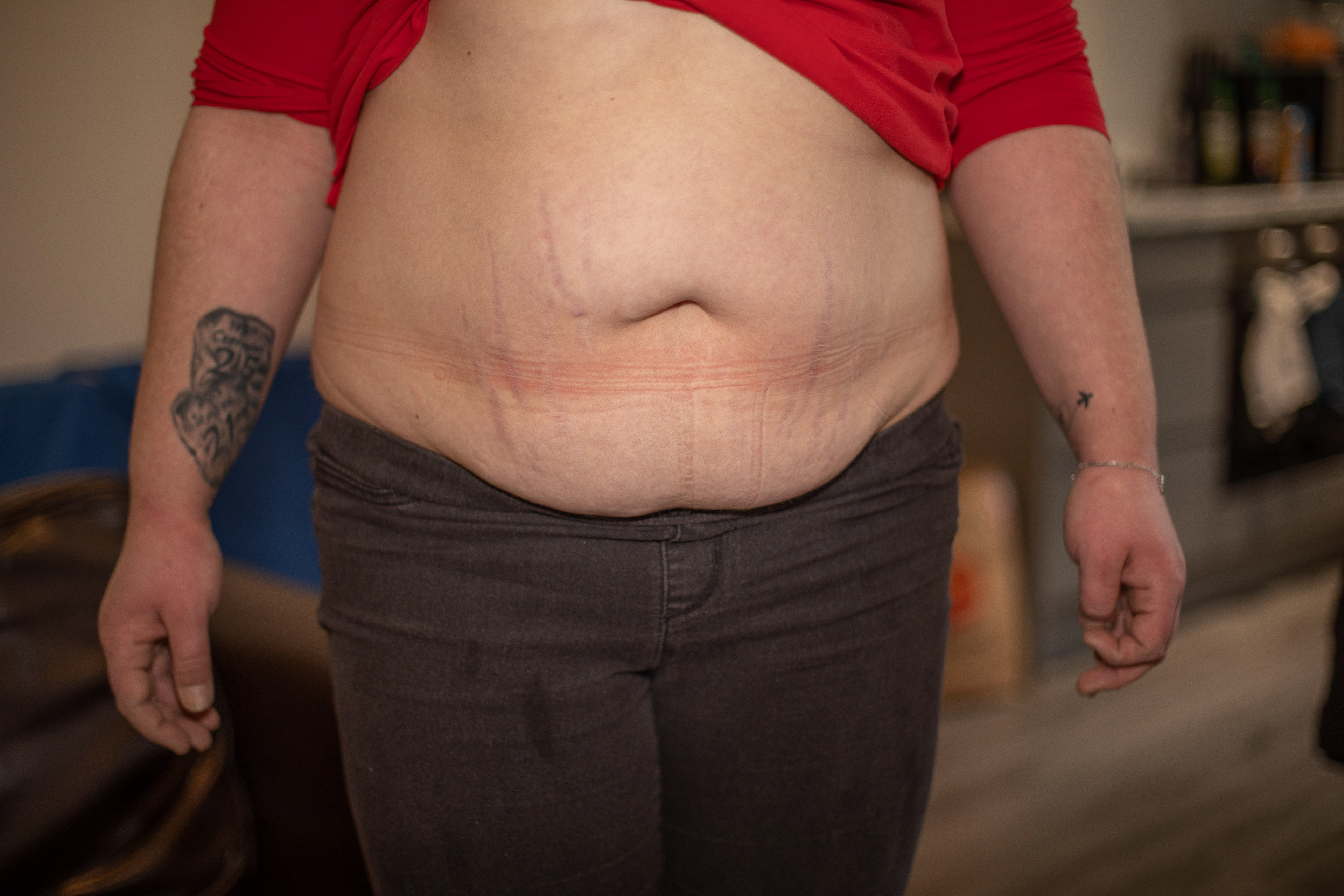

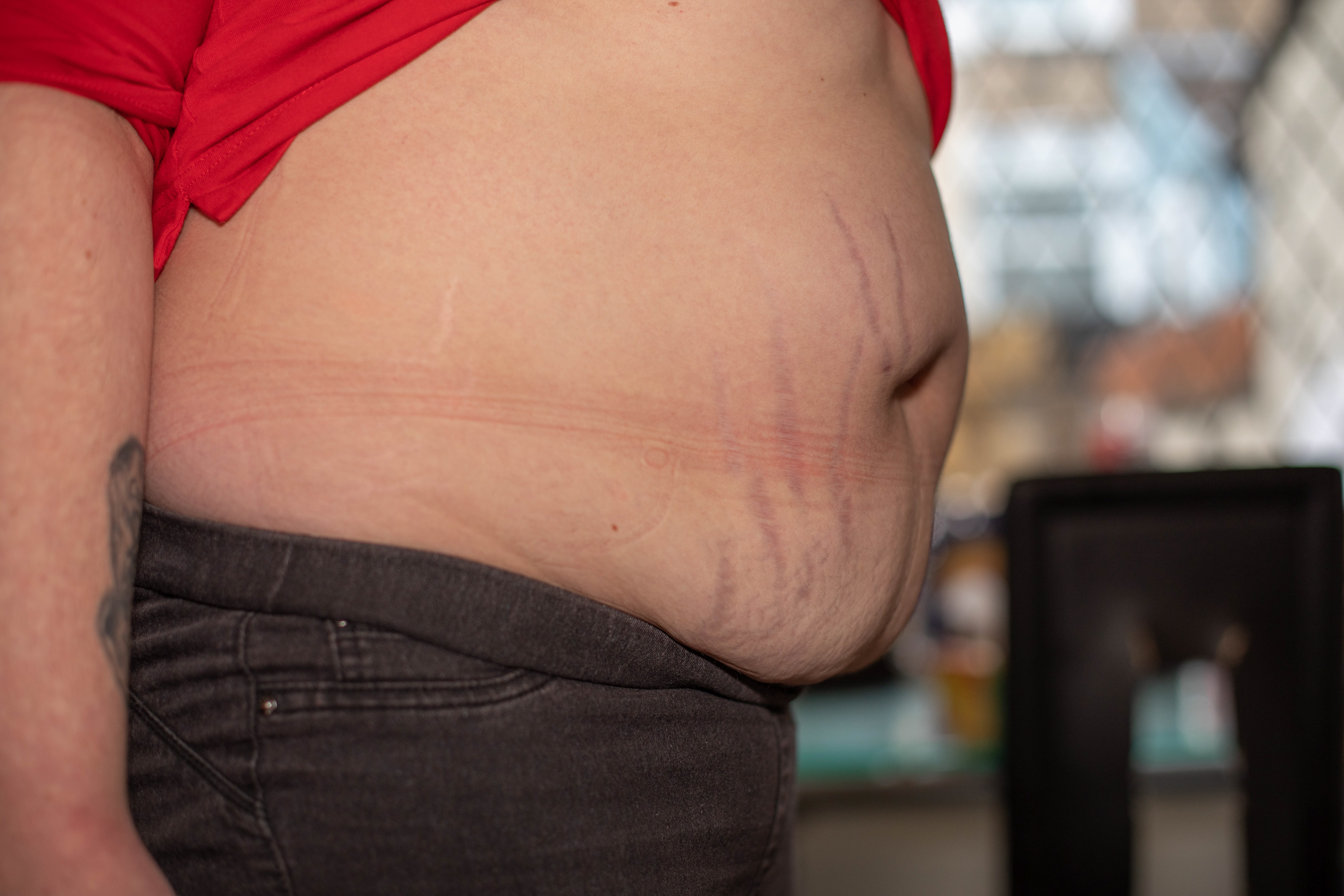

Fig. 54 Fig. 55 Fig. 56
It was very dark when taking these photos, unfortunately the window was far away. Due to the fact that there was a table there, I decided to stay where the sofa stood. Unfortunately, I am not satisfied with the photos because they are quite dark. After all, stretch marks are beautiful, very real and their fresh color is pink purple. the woman's gestures when she touches her belly at that moment, she wants to cover her belly, says she doesn't like him and feels bad with him. Does every woman have complexes and it is hard for us to accept ourselves? Where does it come from. Thanks to the fact that we have the opportunity to be a parent of children, we should be proud of it and in no case be ashamed of it. It was a great interview and I thank this girl for opening up to me.
What You Should Know About Polycystic Ovarian Syndrome (PCOS) and Pregnancy
Polycystic ovarian syndrome (PCOS) is a condition that affects between 6 and 15 percent of women of childbearing age. If you’re diagnosed with PCOS, it may be more difficult to become pregnant. And if you’re able to become pregnant, you’re at risk for more complications during pregnancy, labor, and delivery.
Women with PCOS are three times more likely to have a miscarriage, as compared to women who don’t have PCOS. They are also more likely to develop preeclampsia, gestational diabetes, and have a larger baby and premature delivery. This could lead to difficulty during delivery or a cesarean delivery.
Risks for moms-to-be with PCOS
Having PCOS might make it harder for you to get pregnant. Hormonal imbalances might be to blame.
Women with PCOS are more likely to be obese and to rely on reproductive technology to get pregnant. One study found that 60 percentTrusted Source of women with PCOS are obese. Almost 14 percent required reproductive technology to get pregnant.
Women with PCOS have an increased risk of developing several medical complications throughout life, including:
insulin resistance
type 2 diabetes
high cholesterol
high blood pressure
heart disease
stroke
sleep apnea
possibly an increased risk of endometrial cancer
For pregnant women, PCOS brings an increased risk of complications. This includes preeclampsia, a dangerous condition for both mother and baby-to-be. The recommended treatment to resolve symptoms is delivery of the baby and placenta. Your doctor will discuss the risks and benefits regarding timing of delivery based on the severity of your symptoms and your baby's gestational age. If you develop preeclampsia during your pregnancy, you will have to be monitored extremely closely. Other concerns include pregnancy-induced hypertension (high blood pressure) and gestational diabetes.
Having gestational diabetes could lead to you having a larger-than-average baby. This could lead to problems during delivery. For example, larger babies are more at risk for shoulder dystocia (when the baby’s shoulder gets stuck during labor).
Most PCOS symptoms during pregnancy can be treated with careful monitoring. If you develop gestational diabetes, insulin may be required to keep your blood sugar levels stable.
Risks for baby
Unfortunately, having PCOS during pregnancy makes things a little more complicated. It will require more monitoring for both you and your baby.
The potential risks with PCOS for the baby include:
premature birth
large for gestational age
imiscarriage
lower Apgar score
If your baby is a girl, some studies have shown that there is up to a 50 percent chance that she will also have PCOS.
Women with PCOS are also more likely to deliver by cesarean because they tend to have larger-sized babies. Other complications may also come up during labor and delivery.
Getting pregnant with PCOS
Some women may not realize they have PCOS until they try to conceive. PCOS often goes unnoticed. But if you’ve been trying to conceive naturally for over a year, you should speak to your doctor about getting tested.
Your doctor can help you develop a plan for getting pregnant. Some strategies, such as losing weight, healthy eating, and in certain cases, medications, can increase your chances for getting pregnant.
HEALTHLINE NEWSLETTER
Actionable tips for managing your health during pregnancy
Healthline Parenthood helps you take care of you with support and advice in our week by week newsletter.
PCOS and breast-feeding
If you are diagnosed with PCOS, you may need to continue to manage symptoms even after pregnancy. But symptoms and severity can vary. Sometimes the hormonal fluctuations after pregnancy and breast-feeding can change the symptoms, so it may be awhile before you settle into your new “normal.”
It's safe to breast-feed with PCOS, even if you're on insulin medication to help control your blood sugar. Women who have gestational diabetes are at risk for developing type 2 diabetes later in life, but breast-feeding can help lower that risk.
Breast-feeding has many benefits for both you and your baby, so if it fits your family, be sure to explore the options and available resources so you can have a successful breast-feeding experience.
What is PCOS?
PCOS, also known as Stein-Leventhal syndrome, is a hormonal imbalance that affects women. It is characterized by the production of too many androgens, or "male" hormones.
PCOS can cause women to develop excessive hair and acne. It can also cause cysts on the ovaries and interrupt normal menstrual cycles.
It’s a tricky condition because there’s not one single test to diagnose it. Instead, doctors look at the clues of what's going on in your body. Excessive hair growth or irregular periods might be signs. Doctors can then piece together a picture of PCOS.
PCOS symptoms
PCOS often gets missed in women because of the difficulty of making a diagnosis. The sympt
oms can vary and occur in many different types of women.
Obesity or weight gain, for example, can be a frequent occurrence with PCOS. But it’s not a given. Many women with PCOS have lean body shapes.
Unfortunately, up to 50 percent of women who have PCOS never actually get diagnosed. Because of this, PCOS is sometimes called the silent killer.
Some of the more common symptoms of PCOS include:
“String of pearl” cysts on the ovaries
insulin resistance
high testosterone causing excessive hair growth, male pattern baldness, and acne
suppressed ovulation
excessive weight gain
weight gain on the waistline
dark, thick patches of skin on the neck, arms, breasts, or thighs
skin tags in the armpits or neck area
pelvic pain
anxiety or depression
sleep apnea
Treatment
There’s currently no cure for PCOS. But it’s possible to manage symptoms.
insulin resistance
high testosterone causing excessive hair growth, male pattern baldness, and acne
suppressed ovulation
excessive weight gain
weight gain on the waistline
dark, thick patches of skin on the neck, arms, breasts, or thighs
skin tags in the armpits or neck area
pelvic pain
anxiety or depression
sleep apnea
Treatment
There’s currently no cure for PCOS. But it’s possible to manage symptoms.
Options to help manage symptoms include:
birth control pills
weight loss
spironolactone
other androgen blockers
Along with other fertility drugs, metformin, which helps to control blood sugar, is commonly prescribed to help induce ovulation.
weight loss
spironolactone
other androgen blockers
Along with other fertility drugs, metformin, which helps to control blood sugar, is commonly prescribed to help induce ovulation.
Note: You’ll need to stop taking some of these medications if you become pregnant. Work with your doctor to develop a plan that fits your needs.
Next steps
The most important thing to know about PCOS and pregnancy is that complications are very real. That’s why it’s more important than ever to take steps to have a healthy pregnancy.
The most important thing to know about PCOS and pregnancy is that complications are very real. That’s why it’s more important than ever to take steps to have a healthy pregnancy.
Talk to your doctor, follow a pregnancy-safe exercise and diet program, and take medication as directed. These are all recommended regimens for controlling PCOS during pregnancy.
Despite the fact that my model did not decide to have an abortion, I would like to discuss this topic. Because at the moment it is very controversial in Poland. The government signed a new law with 3 options for termination of pregnancy:
1. When pregnancy resulted from rape of a woman or a child.
2. When your baby has severe defects and handicaps during prenatal screening.
3. Pregnancy poses a threat to the health and life of the mother.
1. When pregnancy resulted from rape of a woman or a child.
2. When your baby has severe defects and handicaps during prenatal screening.
3. Pregnancy poses a threat to the health and life of the mother.
The protests in the streets are because women want to decide their own lives. They are outraged that men in parliament make decisions for their bodies. There are slogans on the streets, this is my body, you have no right to decide for me! Sentence for being a woman! Hell of women!
When I look at the information, I personally touch on this topic. As I have never been for an abortion, I think that you need to have a lot of grounds to do it. But also have the support of loved ones and a psychologist.
If women want to remove their children on request you absolutely shouldn't have this place. Because there are so many people who are trying to get children for years that it would be cruel.
Unfortunately, despite the pandemic, women's strikes were massively carried out in larger cities. The government has not changed the law, there are still 3 conditions to meet the guidelines.
Abortion in Poland: what does the law allow? The most important information
Abortion is a very controversial topic in Poland. The issue of changes in regulations returns to public discussion periodically. Both opponents and supporters of abortion are trying to push their ideas. Therefore, it is worth knowing exactly what the issue of abortion in Poland looks like. What does the law allow, and what is absolutely prohibited? What does the abortion law look like after the judgment of the Constitutional Tribunal?
Abortion is a term used to describe the intended termination of a pregnancy as a result of external intervention, for example, due to medical intervention. Termination of pregnancy is regulated by law in most countries, in some countries abortion is allowed, in others completely prohibited, and in some countries it is only allowed in certain circumstances. Abortion itself and the methods of carrying it out are the subject of much controversy.
Until 1932, abortion in Poland was completely forbidden. However, since 1932, with a break during the German occupation, termination of pregnancy is allowed in Poland only in specific cases.
The number of abortions performed in Poland is difficult to establish, because many abortions are performed in secret. The CBOS study "Abortion experiences of Polish women" from 2013 shows that every third woman of working age admits that she terminated a pregnancy at least once in her life. It is also estimated that up to 15 percent. all abortions may be performed outside Poland.
Abortion in Poland: when is termination allowed?
The Act of January 7, 1993 on family planning, protection of the human fetus and conditions for the admissibility of termination of pregnancy (Journal of Laws of 1993, No. 17, item 78) limited access to abortion, specifying only three cases (indicated above), in which termination of pregnancy is permissible.
In Poland, a woman may have an abortion, i.e. terminate a pregnancy, when:
pregnancy poses a threat to the life or health of the pregnant woman (without restrictions depending on the age of the fetus)
prenatal tests or other medical indications indicate a high probability of severe and irreversible impairment of the fetus or an incurable life-threatening disease (until the fetus is able to live independently outside the pregnant woman's body) - this provision changes the judgment of the Constitutional Tribunal of October 22, 2020.
there is a justified suspicion that the pregnancy was a result of a prohibited act (up to 12 weeks from the beginning of pregnancy)
The prosecutor states whether the pregnancy is a result of a prohibited act and may be terminated. In the case of minors, consent to termination of pregnancy in each case must be expressed by parents, legal guardians or a family court.
prenatal tests or other medical indications indicate a high probability of severe and irreversible impairment of the fetus or an incurable life-threatening disease (until the fetus is able to live independently outside the pregnant woman's body) - this provision changes the judgment of the Constitutional Tribunal of October 22, 2020.
there is a justified suspicion that the pregnancy was a result of a prohibited act (up to 12 weeks from the beginning of pregnancy)
The prosecutor states whether the pregnancy is a result of a prohibited act and may be terminated. In the case of minors, consent to termination of pregnancy in each case must be expressed by parents, legal guardians or a family court.
Although in Poland termination of pregnancy is allowed only in some cases, it is a fact that Polish women also perform abortions for other reasons. As indicated by numerous organizations (including Amnesty International), one of the main reasons for an abortion is unwanted pregnancy. For this reason, the so-called the abortion underground. Abortions performed illegally, secretly, in precarious conditions pose a threat to a woman's health and life. Despite the risks, some women choose to terminate their pregnancies illegally for a number of reasons.
Ban on abortion in Poland. The Constitutional Court issued a judgment
The application, which was submitted to the Constitutional Tribunal three years ago, challenged the provision that abortion is permissible when prenatal tests or other medical grounds indicate a high probability of severe and irreversible impairment of the fetus or an incurable life-threatening disease, as well as a clarifying provision this regulation.
The application, which was submitted to the Constitutional Tribunal three years ago, challenged the provision that abortion is permissible when prenatal tests or other medical grounds indicate a high probability of severe and irreversible impairment of the fetus or an incurable life-threatening disease, as well as a clarifying provision this regulation.
On October 22, 2020, the Constitutional Tribunal ruled that the provision on the admissibility of abortion on the grounds of embryopathology was inconsistent with the constitution.
What does it mean? The decision of the Constitutional Tribunal actually tightens the abortion law in Poland.
Abortion in Poland: data
In 2019, 1,110 abortions were performed in Poland, of which 1,074 procedures were performed after prenatal tests or other medical indications indicated a high probability of severe and irreversible fetal impairment or an incurable life-threatening disease.
In 2019, 1,110 abortions were performed in Poland, of which 1,074 procedures were performed after prenatal tests or other medical indications indicated a high probability of severe and irreversible fetal impairment or an incurable life-threatening disease.
The most common diagnosis was trisomy 21, or Down's syndrome. As a result of this diagnosis, 271 pregnancies without concomitant somatic abnormalities and 164 pregnancies with somatic abnormalities were terminated.
In 200 cases, the reason for the abortion was defects in two or more systems or organs in the imaging examination. On the other hand, in 156 cases, doctors diagnosed a defect concerning one system or organ.
In 88 cases the diagnosis indicated trisomy 13 or trisomy 18 with concomitant somatic defects, and in 60 cases - trisomy 13 or trisomy 18 without comorbidities. Other diagnoses include genetic syndromes with fetal edema and Turner syndrome with concomitant somatic abnormalities.
In 33 cases, the procedure was performed because the pregnancy was at risk
a woman's life or health.
In three cases, an abortion was performed because there was a reasonable suspicion that the pregnancy resulted from a prohibited act (such as rape or incest).
Abortion in Poland: what are the penalties for illegal termination of pregnancy?
Information on what penalty may be incurred for illegal termination of pregnancy can be found in the 1997 Criminal Code in a separate article: illegal termination of pregnancy.
Information on what penalty may be incurred for illegal termination of pregnancy can be found in the 1997 Criminal Code in a separate article: illegal termination of pregnancy.
Art. 152.
§ 1. Who, with the consent of the woman, terminates her pregnancy in violation of the provisions of the Act, shall be subject to the penalty of deprivation of liberty for up to 3 years.
§ 2. The same punishment shall be imposed on anyone who provides a pregnant woman with assistance in terminating a pregnancy in violation of the provisions of the Act or induces her to do so.
§ 3. Whoever commits the act specified in § 1 or 2, when the fetus has achieved the ability to live independently outside the body of a pregnant woman, shall be subject to the penalty of deprivation of liberty for a term of between 6 months and 8 years.
§ 1. Who, with the consent of the woman, terminates her pregnancy in violation of the provisions of the Act, shall be subject to the penalty of deprivation of liberty for up to 3 years.
§ 2. The same punishment shall be imposed on anyone who provides a pregnant woman with assistance in terminating a pregnancy in violation of the provisions of the Act or induces her to do so.
§ 3. Whoever commits the act specified in § 1 or 2, when the fetus has achieved the ability to live independently outside the body of a pregnant woman, shall be subject to the penalty of deprivation of liberty for a term of between 6 months and 8 years.
Art. 153.
§ 1. Whoever, by using violence against a pregnant woman or otherwise terminates the pregnancy without her consent, or causes a pregnant woman to terminate her pregnancy by force, unlawful threat or trickery, shall be subject to the penalty of deprivation of liberty for a term of between 6 months and 8 years.
§ 2. Whoever commits the act specified in § 1, when the fetus has achieved the ability to live independently outside the body of a pregnant woman, shall be subject to the penalty of deprivation of liberty for a term of between one and 10 years.
§ 1. Whoever, by using violence against a pregnant woman or otherwise terminates the pregnancy without her consent, or causes a pregnant woman to terminate her pregnancy by force, unlawful threat or trickery, shall be subject to the penalty of deprivation of liberty for a term of between 6 months and 8 years.
§ 2. Whoever commits the act specified in § 1, when the fetus has achieved the ability to live independently outside the body of a pregnant woman, shall be subject to the penalty of deprivation of liberty for a term of between one and 10 years.
Art. 154.
§ 1. If the consequence of an act specified in Art. 152 § 1 or 2 is the death of a pregnant woman, the perpetrator is subject to the penalty of deprivation of liberty for a term of between one and 10 years.
§ 2. If the consequence of an act specified in Art. 152 § 3 or in article. 153 is the death of a pregnant woman, the perpetrator is punishable by imprisonment from 2 to 12 years.
§ 1. If the consequence of an act specified in Art. 152 § 1 or 2 is the death of a pregnant woman, the perpetrator is subject to the penalty of deprivation of liberty for a term of between one and 10 years.
§ 2. If the consequence of an act specified in Art. 152 § 3 or in article. 153 is the death of a pregnant woman, the perpetrator is punishable by imprisonment from 2 to 12 years.
- The Act of 6 June 1997 - Penal Code (Journal of Laws of 2018, item 1600, as amended)
Polish law defines the penalties for helping a woman to terminate a pregnancy, for inducing her to do so or for causing her death as a result of an abortion, and the woman herself is not legally responsible for the abortion.
Abortion in Poland: what are the methods of termination of pregnancy?
Abortion can be performed in two ways: pharmacologically or surgically. The final decision depends on the age of pregnancy, the health of the woman, and her private beliefs. Every woman who decides to terminate her pregnancy first talks to her doctor about possible post-abortion complications. The doctor should also inform the woman about other options, e.g. giving birth and putting the child up for adoption. Most importantly, a woman should never be forced to have an abortion, but on the other hand, a doctor should not question her decision either when she is entitled to do so.
Abortion can be performed in two ways: pharmacologically or surgically. The final decision depends on the age of pregnancy, the health of the woman, and her private beliefs. Every woman who decides to terminate her pregnancy first talks to her doctor about possible post-abortion complications. The doctor should also inform the woman about other options, e.g. giving birth and putting the child up for adoption. Most importantly, a woman should never be forced to have an abortion, but on the other hand, a doctor should not question her decision either when she is entitled to do so.
After talking to the doctor and making sure she makes an informed decision, the woman is given a few days to think. After this time, an abortion can be performed, but before that, the pregnant woman confirms her decision in writing.
Abortion methods:
Pharmacological abortion makes it possible to terminate early pregnancy (before the 9th week). It consists in administering pharmacological agents that cause miscarriage.
Surgical abortion consists in curettage of the fetus (between the 10th and 22nd week of pregnancy), cervical dilatation and aspiration, i.e. suction under pressure (possible in the 7-12th week of pregnancy), induction of contraction action with prostaglandins or oxytocin (second trimester: Week 12-22 of pregnancy).
WORTH KNOWING
Surgical abortion consists in curettage of the fetus (between the 10th and 22nd week of pregnancy), cervical dilatation and aspiration, i.e. suction under pressure (possible in the 7-12th week of pregnancy), induction of contraction action with prostaglandins or oxytocin (second trimester: Week 12-22 of pregnancy).
WORTH KNOWING
The conscience of doctors
Federation for Women and Family Planning says that only 10 percent. facilities obliged by contracts with the National Health Fund to provide gynecological and obstetric services (including abortion), perform abortion procedures. Doctors in many public institutions refuse to perform the procedure, relying on their own beliefs (conscience clause), which often forces both women in unwanted pregnancy and those who were refused an abortion to "emigrate", although they had the right to do so.



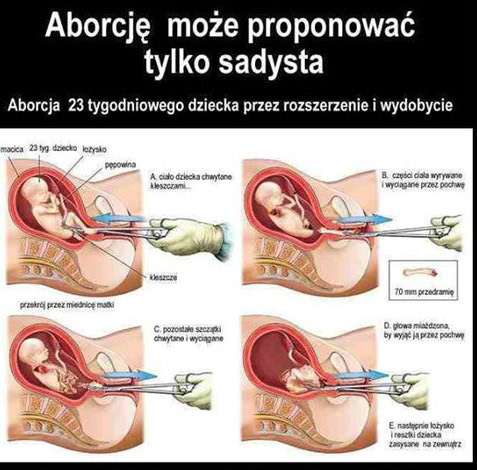


40 years old woman, 3 sons
1st pregnancy at the age of 29, gained 27 kg during pregnancy. Very bad feeling. Nausea, weakness and very hungry, within 3 months she gained 12 kg.
You feel better after eating, the smells are very tiring and your favorite cookies don't eat them and it's been 10 years now. In the locker room at work, she ate food or ordered food.
Even because of his age, he felt good. Cravings a lot of herring, sweets and strawberries.
Childbirth was a tragedy. The husband was with you. The child Weighed 4100 kg. Positive attitude, she did not know that the birth school could be useful. Delivery was not on time, postponed 2 weeks for induction. She got an oxcytocin drip which caused the pain ... there was a problem with breathing and experiencing the pain on her own. The pains of the whole body were shortened afterwards and the pain was relieved, it was bearable, the child was still gone at night. At one point, a lot of doctors gathered that you need to be careful. It turned out that the child does not move. It was too late for the emperor, and the decision was made to do it by vanity. It is sucking the organ onto the baby's head by pulling it out. It was very cracked, it felt like a slaughtered pig in a slaughterhouse.
The head was slightly deformed. An hour and a half they sewed a woman. Then they didn't say anything about half a liter of blood lost, she got the baby on her breast.
The midwife said that she was to go to the shower, she was very exhausted and knew that without the help of her husband she would not be able to stay on her feet ... She was walking slowly, crawling. Later she went to the maternity ward and was with other women. There were screens here so there was this privacy.
Not being able to forget the pain of seeing the baby… she was in great shock and the pains of labor were unbearable.
The shock influenced so much that when she wanted to talk to her sister-in-law on the phone, the girl cried because she was unable to describe the delivery and how she felt.
For the woman it was a very traumatic childbirth. In August, she went to Poland, went to the gynecologist, there it turned out that her anus cracked during childbirth. The doctor was not able to examine her and he had to do it through the anus ... during childbirth the anus was torn, there was a wound in the rectum so when visiting the toilet it was stress and very painful to excrete faeces from the body. The hospital and the doctors in Burnley hadn't told her about it. A woman makes an appointment for a private procedure in Poland in December for anal surgeries ...
The mental and physical investigation took a long time. Physically and mentally, it lasted a year after giving birth .. After the surgery in Poland, the woman was recovering ... It evoked such drastic memories that she was not able to decide on a second child. She needed more time.
She would like to have 3 children, but will not be able to give birth naturally. So she decided to have another childbirth only with caesarean section.
Breastfeeding was performed for 6 months before the operation in Poland.
Postpartum puerperium in the first 6 weeks after delivery. The impression that it lasted much longer than it should because of the malaise and wounds after the delivery ...
2nd pregnancy at the age of 36, gained 20 kg in the beginning, it was tolerably nauseous, weak and sleepy, hormones appeared.
The woman's hunch was such that she felt that it would be boys ... so it happened. One doctor spoke to the boy, the other to the girl? So until the very birth they did not know what would happen and here is my son.
Best frame of mind in the second trimester. Nothing was wrong, she could walk a lot .. The worst was in the third trimester
Feeling sore hips. Strawberries and caramel during pregnancy.
The birth of her son was planned, the emperor had to go to the commissions. She was talking to the woman. She translated her papers after surgery in Poland and documentation. She asked for consultation with the commission in the 30th week there was a conversation to ask for caesarean section.
The meeting was with a woman who listened to the conversation of what happened during childbirth and how she experienced it traumatically.
There was an appointment for the emperor on January 10. However, it turned out differently ..
Preparations for New Year's Eve, not yet fully packed for the hospital, plans to buy something more after the new year. On 30/31 December at night the amniotic fluid flew out ... The bed was wet, still flying and the woman's panic ...
She was not ready to go to the hospital ... her husband is lying down and reading information on the Internet if it was amniotic fluid. However, it turns out that the husband sees that in his second pregnancy he should go quickly to the hospital. In panic, they went to Blackburn Hospital and asked what to do ... and they didn't know ... and finally headed to Burnley Hospital at night in the morning. The waiting time was longer and we had to wait for the cesarean, because there were other ...
The caesarean section was flawless, and the spine was anesthetized. The midwives hold their hands to support the son, weighing 3200 kg.
The doctors' approach and the procedure itself were very professional. The abdominal incision passed the baby… the feeling and experience of this birth was much better. Compared to the first childbirth, it was much better. The next day she was able to get up slowly began to move.
The baby was in the incubator because he had air in his lungs.
He lay there for a week, recovering. Not breastfeeding for 3 weeks, because he was vomiting all the time, he was drinking anti-reflux milk.
Come mentally happy and content, while six months to physically recover. Due to the fact that she is fit and had to wait for the wound to heal… within weeks the sutures dissolved and healed quickly.
3rd pregnancy at the age of 39, gained 21 kg. I have a feeling that she will be a boy.
The first 3 months were weak, Glow spinning, lying in a gilt ... unable to eat and stomach ache ... nausea, but not vomiting.
During the scan and visits to the midwives, the partner couldn't. Only during childbirth. Always a mask was obligatory. There was a lot of stress because of the virus.
Pregnancy and childbirth during the covid-19 pandemic.
There was another consultation with a consultant who decides if you qualify for a caesarean section. The woman was very kind, she could tell that the anal fissure was no reason not to be a parent now, of course. The tears came to the woman's eyes because the mere mention of the first birth was painful. Nevertheless, she was allowed to undergo a cesarean section.
There was stress that the baby was not moving, in the 38th week of pregnancy, the woman could enter the hospital by herself and the partner waited in the car ...
In the hospital it turned out that the baby started to move and returned to normal ...
Another week there were bleeding and panic, again the hospital and again the woman enters alone and he is waiting in the car ...
In June, the 4th appointment for a cesarean section. Now the partner can accompany the procedure. The woman is tested for the covid-19 test, the partner does not ...
There were no people in this ward ... the chaos in the room was not as friendly as in the second delivery ... they asked where the children are, these two ...
The woman tells her sister and whether she lives locally. There were detailed questions because of the virus. They cut open and couldn't howl ... they pressed on the stomach to pull the baby out. An unpleasant feeling ... the boy weighed 3200 kg ..
A woman was wearing a mask, the baby was wrapped ...
She peeled off the mask and sniffed the baby.
The biggest trauma was with the first child ... after the second, she was happy ... and after her 3rd pregnancy, the woman says that she feels fulfilled as a mother and a woman, and now she can pursue a professional career ...
Mentally and physically, she recovered after this pregnancy and childbirth.
It was tired and because covid wanted to leave the hospital… the atmosphere was hard to feel. She preferred to go home to recover ...
The difference between the 2 earlier and the last births during the pandemic was very difficult.
Breastfeeding only a week, because little is a vampire ... maimed mom. The midwives told the baby to cover the whole breast. They were wrong ... it turned out that the son bit his nipples very painfully to such an extent that he spat blood and meat from the nipple.
The woman bought overlays so that it would not hurt the nipple, it did not work ...
He vomited his mother's blood and slit her nipple lengthwise. It had been a few times, but the last time he was biting the nipple.
For the breasts to heal within a week ... dry the milk so that it does not fly. Hot water affects the production of milk. The cabbage pulled out the chest pain.
Fig. 57 Fig. 58 Fig. 59
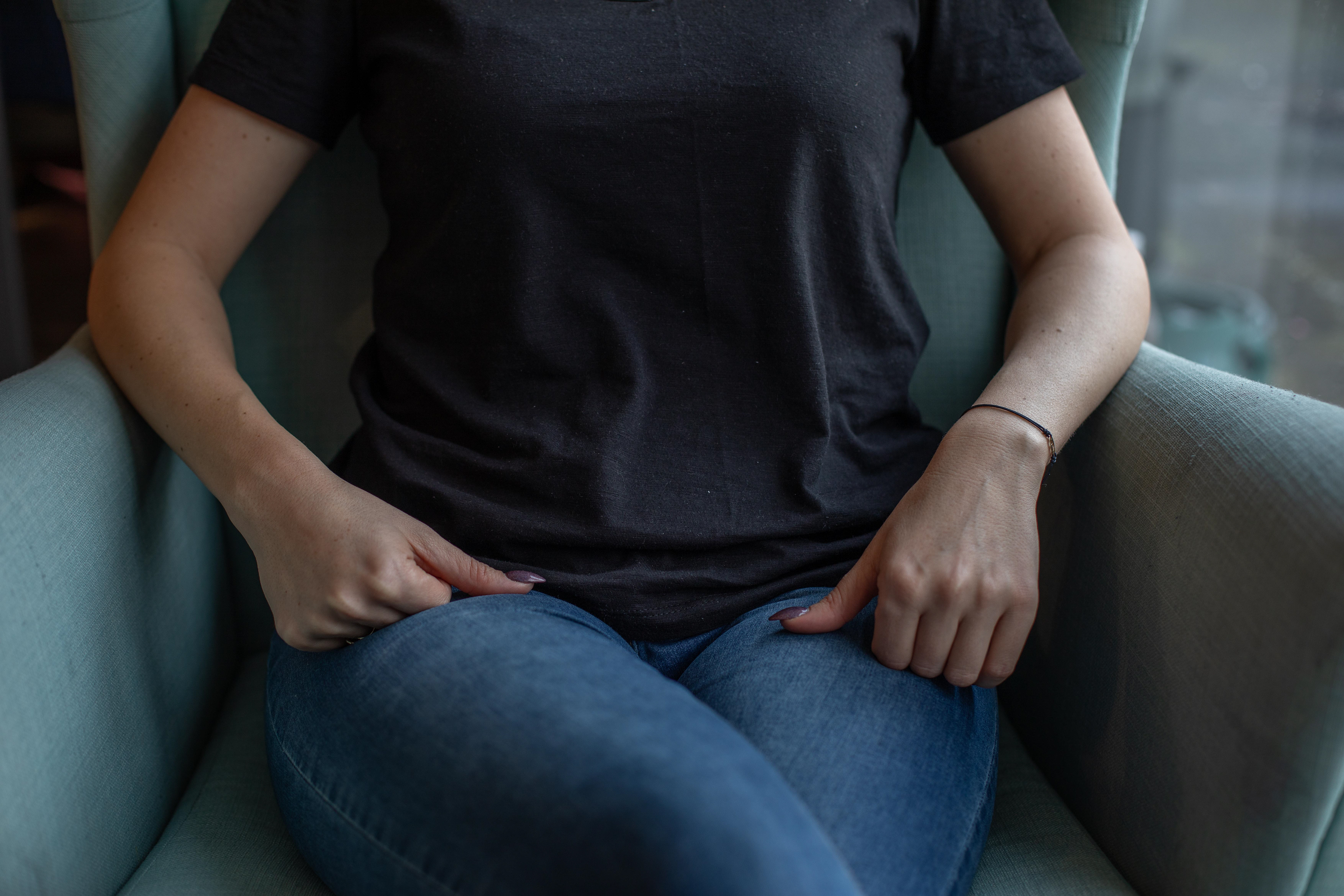
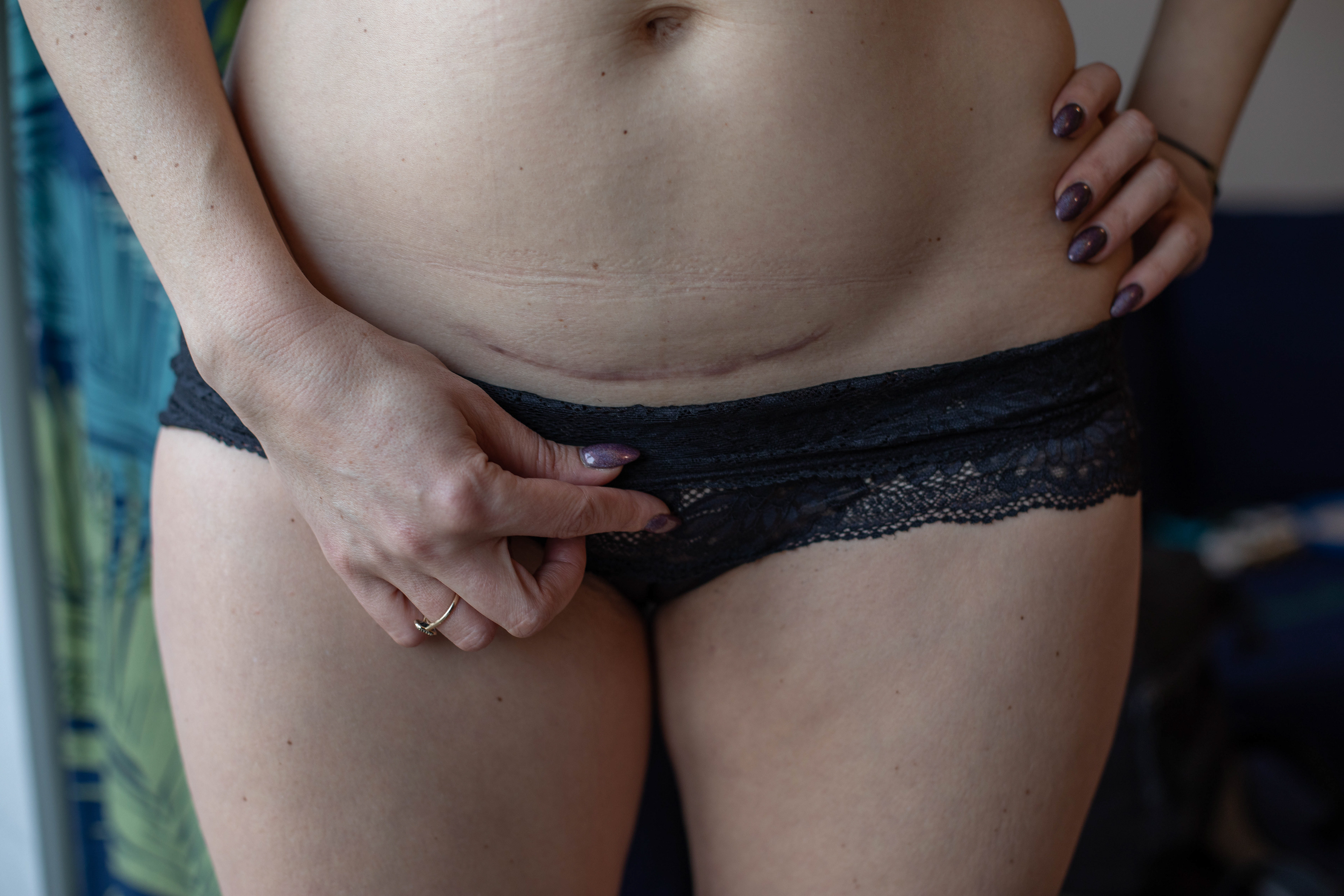

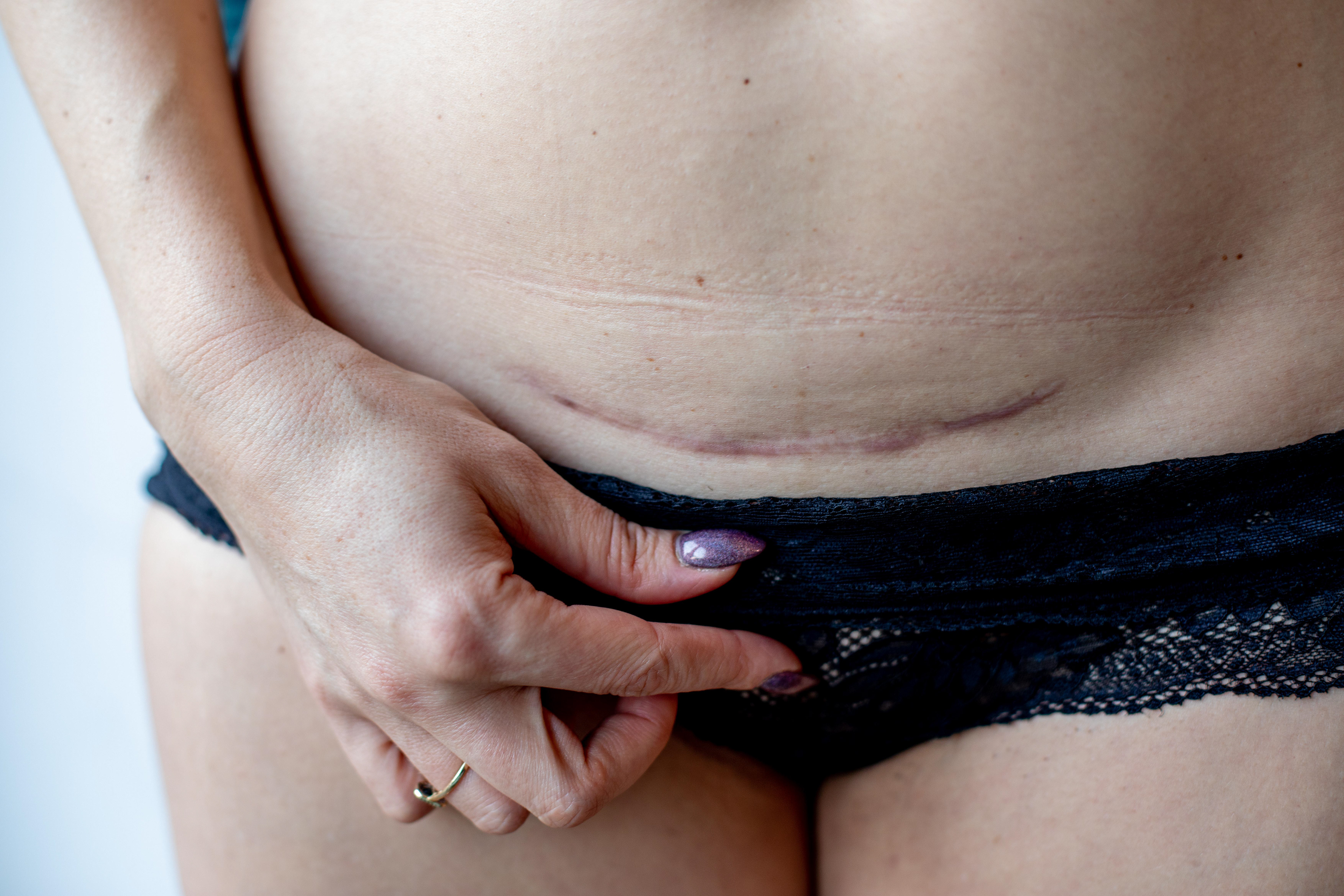
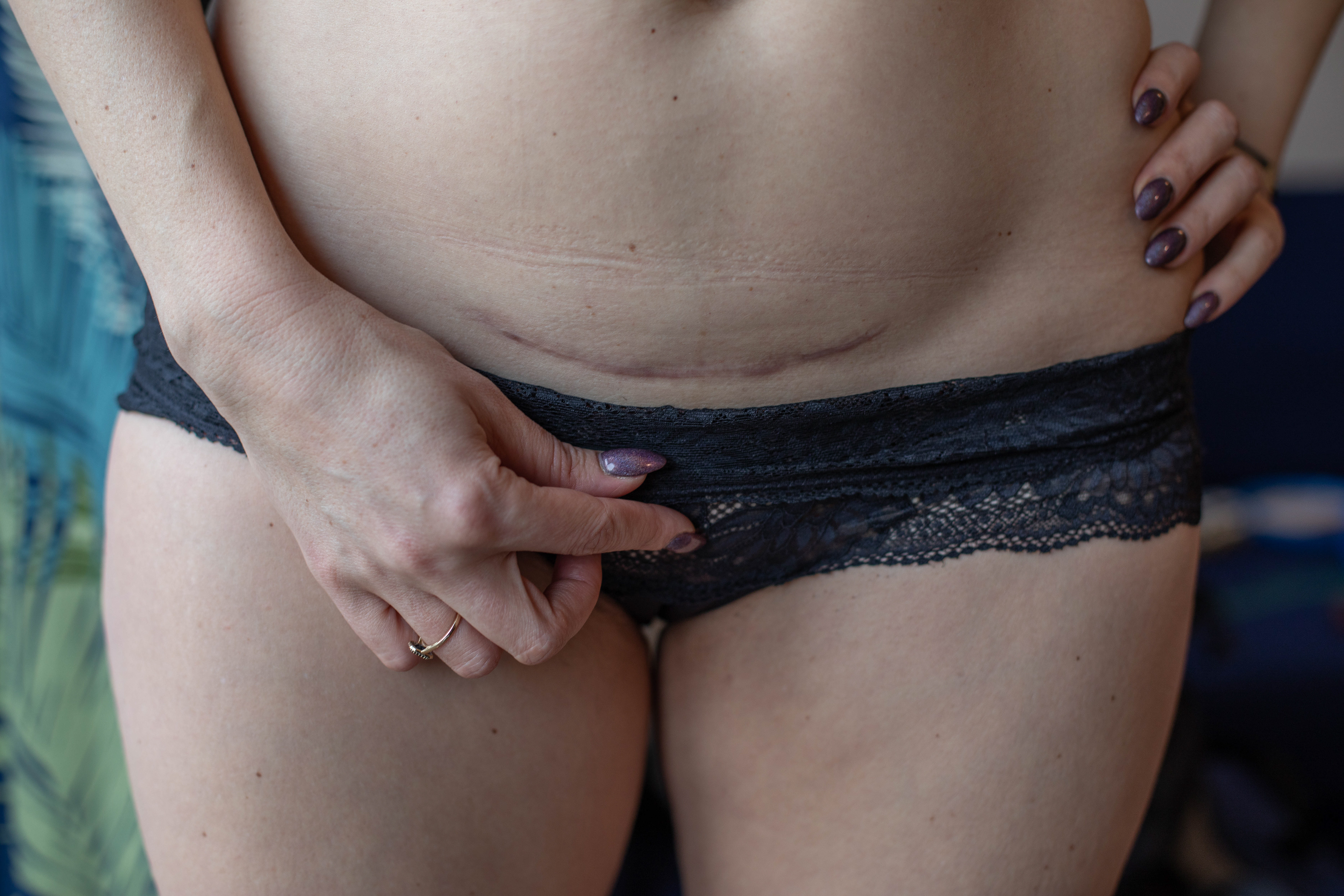
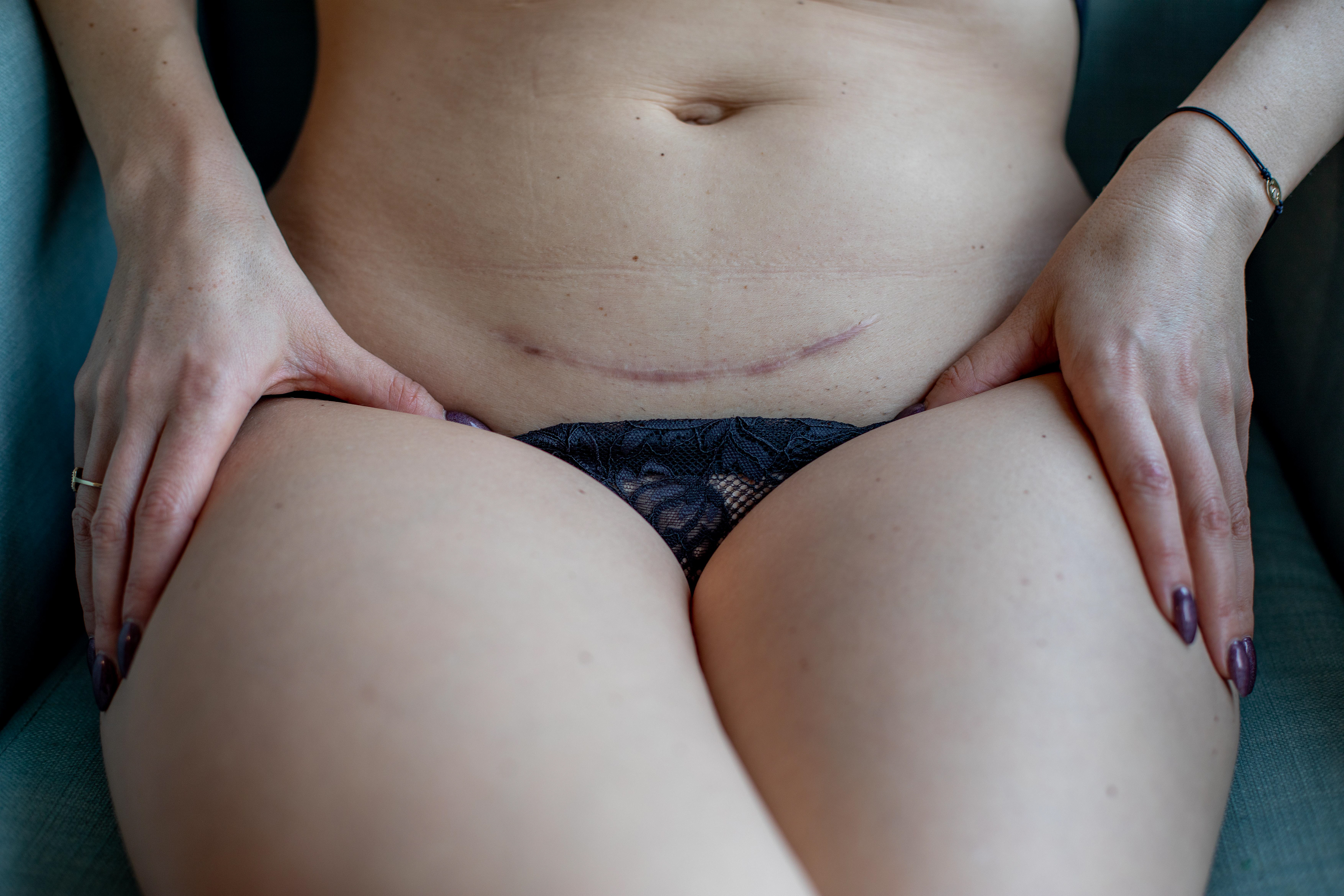
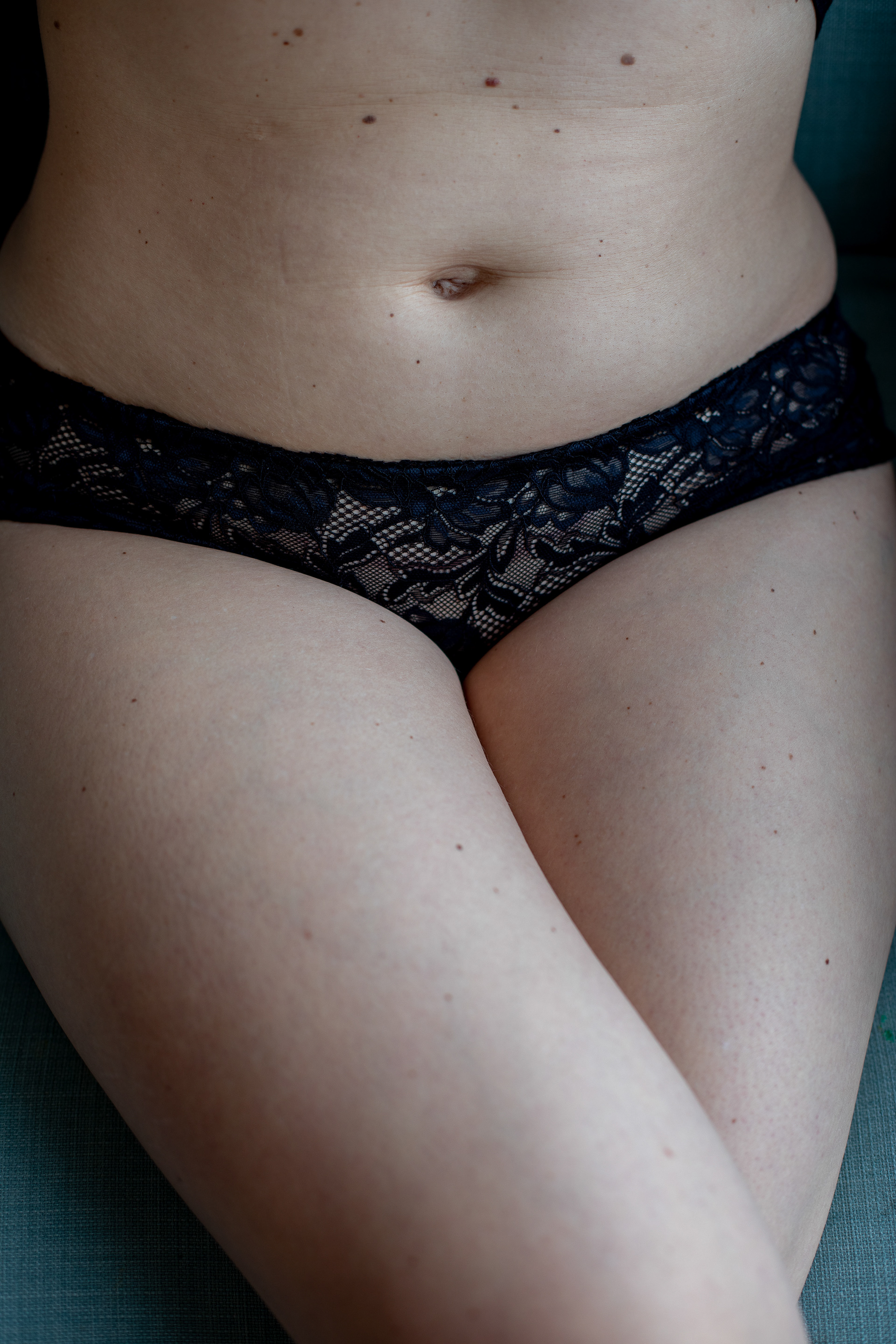
Fig. 60 Fig. 61 Fig. 62 Fig. 63
Her first naturall give birth was a traumatic experience for her. Despite the fact that she was positive about childbirth. The facts turned out completely different. After the first birth, her anus naturally ruptured and she only found out about it in Poland, she had to have surgery. She was not able to take care of her physiological needs just thinking that she needed to go to the toilet, she puts this time off with tears in her eyes. As she says, she recovered mentally and physically for a year. After a long break, she decided to have more children, this time asking for a cesarean. It was successful Today, a 40-year-old mother of 3 sons is fulfilled.
Philippe Halsman was born in Riga and began to take photographs in Paris in the 1930s. He opened a portrait studio in Montparnasse in 1934, where he photographed André Gide, Marc Chagall, André Malraux, Le Corbusier and other writers and artists, using an innovative twin-lens reflex camera that he had designed himself.
He arrived in the United States in 1940, just after the fall of France, having obtained an emergency visa through the intervention of Albert Einstein.
In the course of his prolific career in America, Halsman produced reportage and covers for most major American magazines, including a staggering 101 covers for Life magazine. His assignments brought him face-to-face with many of the century's leading personalities.
In 1945, he was elected the first president of the American Society of Magazine Photographers, where he led the fight for photographers' creative and professional rights. His work soon won international recognition, and in 1951, he was invited by the founders of Magnum Photos to join the organization as a 'contributing member', so that they could syndicate his work outside the United States. This arrangement still stands.
Halsman began a thirty-seven-year collaboration with Salvador Dalí in 1941 which resulted in a stream of unusual Photographs of Ideas, including Dalí Atomicus and the Dalí’s Mustache series.
In the early 1950s, Halsman began to ask his subjects to jump for his camera at the conclusion of each sitting. These uniquely witty and energetic images have become an important part of his photographic legacy.
"Most people stiffen with self-consciousness when they pose for a photograph. Lighting and fine camera equipment are useless if the photographer cannot make them drop the mask, at least for a moment, so he can capture on his film their real, undistorted personality and character"
- Philippe Halsman


Fig Fig
Fig Pregnant, Girl 1950
Fig Pregnant Woman and Cat, 1950
Halsman's photographs of pregnant women are very interesting, delicate and sensual. In the first photo, the model is dressed in a delicate white airy dress while sitting on a chair, she looks thoughtful. Judging by the title itself and the appearance of the model, she is a young girl. The composition, how it is arranged and the light that shines through the window, is actually painterly. the fact that she is shown sideways, we can admire her belly shape.
The second photo shows a woman and a cat. The funniest thing here is that the cat shows up despite walking. I think he is a regular member of the household. The position of the woman is also similar to the previous one. However, this time there is no veil it is night, the naked woman is sitting on the chair. The light from outside perfectly outlined the features of the female maternal shapes. I am delighted with this shot. Most likely, it will serve as an inspiration for me when taking a portrait of myself.
39 YEARS OLD LADY SHE HAVE 2 CEASERIAN SECTIONS
At the age of 23, her first pregnancy, during which she gained 15 kg, in 2006, gave birth in a hospital in Blackburn, her husband was in childbirth. Before giving birth, her water broke, she was lying in the hospital under the ktg and returned to the hospital after 24 hours.
When she returned to the hospital, she was given a drip and gels to force contractions and speed up labor. Unfortunately, there was no dilation and a cesarean was needed. During anesthesia in the spine, 2 doses that did not quite help. They finally put the woman to sleep.
The woman was put to sleep and the cesarean surgery then the woman wakes up from the coma and the boy weighs 3 40 kg on his chest.
The day after the birth, the woman experiences a significant haemorrhage. The nurses come in, change the sheets and leave… soon the woman has a second heavy haemorrhage.
In this case, the doctors monitor the patient. The woman is about to collapse without contact with her. She herself recalls that she only kept her eyes open and was unable to say anything or move. She felt that she was trapped in her body. Fortunately, after 12 hours, the woman slowly returns to normal. She lost a lot of blood through the hemorrhages. Shortly after recovering from the collapse, doctors perform transfusions of a liter of blood.
The woman was put to sleep and the cesarean surgery then the woman wakes up from the coma and the boy weighs 3 40 kg on his chest.
The day after the birth, the woman experiences a significant haemorrhage. The nurses come in, change the sheets and leave… soon the woman has a second heavy haemorrhage.
In this case, the doctors monitor the patient. The woman is about to collapse without contact with her. She herself recalls that she only kept her eyes open and was unable to say anything or move. She felt that she was trapped in her body. Fortunately, after 12 hours, the woman slowly returns to normal. She lost a lot of blood through the hemorrhages. Shortly after recovering from the collapse, doctors perform transfusions of a liter of blood.
She says that you forget about pain and experiences when you see a child and know that it is healthy. It takes much longer to recover physically due to the fact that she was very weak after giving birth. It took a few weeks for her to recover.
When it comes to mentally, they felt much better, because she had already done it, the most important thing for her was the child.
Breastfeeding was not possible as the baby was regularly vomiting. In the end, the mother of the woman, trying the milk, concluded that the milk was sour. Therefore it was decided that the baby should be bottle-fed. It turned out to be an effective solution and the best. The postpartum puerperium was quite short and not very profuse.
When it comes to mentally, they felt much better, because she had already done it, the most important thing for her was the child.
Breastfeeding was not possible as the baby was regularly vomiting. In the end, the mother of the woman, trying the milk, concluded that the milk was sour. Therefore it was decided that the baby should be bottle-fed. It turned out to be an effective solution and the best. The postpartum puerperium was quite short and not very profuse.
During her 2nd pregnancy, the woman is 31 years old, they were applying for a 4-year-old child. They wanted to have a child so much that a mental blockage in their head probably arose, which prevented them from becoming pregnant. However, she succeeds and the woman is pregnant. There was no indication that she was pregnant, the period was normal. They found out that she was pregnant already in the 8th week, when the abdomen began to enlarge significantly.
In the 15th week of pregnancy, the child is diagnosed with Talipes or club foot. The sprat foot was broken, she blamed it for her fault. There were a lot of visits to the Burnley Hospital because there was this lady doctor who knew about the condition and the doctors watched the baby develop. Doctors are not able to determine the cause most likely it is a matter of genes. The woman has a pre-delivery conversation with the anesthesiologist to explain what happened during the first delivery? Namely, hemorrhages and collapse, the anesthesiologist now dealing with the woman was trying to figure out where and when there was a mistake in labor. It turned out that, unfortunately, it was the hospital's fault, they admitted in writing that complications had occurred due to painkillers. The woman does not want to go back to it, she is stressed out at the present situation. He reads a lot about this condition of the baby's foot. He knows that the child will need rehabilitation right after birth.
Being in Poland, he makes more scans to see this foot on the screen, you can see that the foot is folded inside.
In the 15th week of pregnancy, the child is diagnosed with Talipes or club foot. The sprat foot was broken, she blamed it for her fault. There were a lot of visits to the Burnley Hospital because there was this lady doctor who knew about the condition and the doctors watched the baby develop. Doctors are not able to determine the cause most likely it is a matter of genes. The woman has a pre-delivery conversation with the anesthesiologist to explain what happened during the first delivery? Namely, hemorrhages and collapse, the anesthesiologist now dealing with the woman was trying to figure out where and when there was a mistake in labor. It turned out that, unfortunately, it was the hospital's fault, they admitted in writing that complications had occurred due to painkillers. The woman does not want to go back to it, she is stressed out at the present situation. He reads a lot about this condition of the baby's foot. He knows that the child will need rehabilitation right after birth.
Being in Poland, he makes more scans to see this foot on the screen, you can see that the foot is folded inside.
Nevertheless, she is Caesarean at 38 weeks of pregnancy, she gives birth in 2013 in Burnley, gained 10-15 kg during pregnancy. The husband was in childbirth. A boy weighing 3600 g is born. However, during a cesarean this time the woman is aware and knows what is going on. There is a problem with taking the child out, what the woman remembers is jerking her body. Eventually the doctor makes the decision to force the boy out. Because the abdominal muscles were tight.
Shortly after giving birth, she had the baby on the breast, and remembers his hands were blue.
She saw the foot immediately, when it was laid while measuring, that it was twisted. The woman's first feeling that it is not so bad.
She saw the foot immediately, when it was laid while measuring, that it was twisted. The woman's first feeling that it is not so bad.
After giving birth, a woman recovers from breastfeeding and is not able to feed her baby. It lasts 6 hours, but the failed attempt, the child cries and finally gives it to the child. The child could not suck milk because the woman had small nipples. Nurses handed milk from a bottle.
After this birth, the woman did not sleep at night for a year. Because she was worried about the baby. Which had the first cast after giving birth after 6 weeks. So the mother mentally and physically watched the child, looking at his pain and suffering.
After this birth, the woman did not sleep at night for a year. Because she was worried about the baby. Which had the first cast after giving birth after 6 weeks. So the mother mentally and physically watched the child, looking at his pain and suffering.
After the interview, I thought to take some photos, now the boy is 8 years old, unfortunately the left foot is smaller than the healthy right foot and it will always be like that. The shoes are bought half the size larger so that a healthy foot can develop and grow properly.
24 hours after cesarean, the woman leaves the hospital and says that it is mentally difficult when she has a planned cesarean. The week before the cesarean is given medication, and she should adjust to be ready in the hospital for the cesarean.
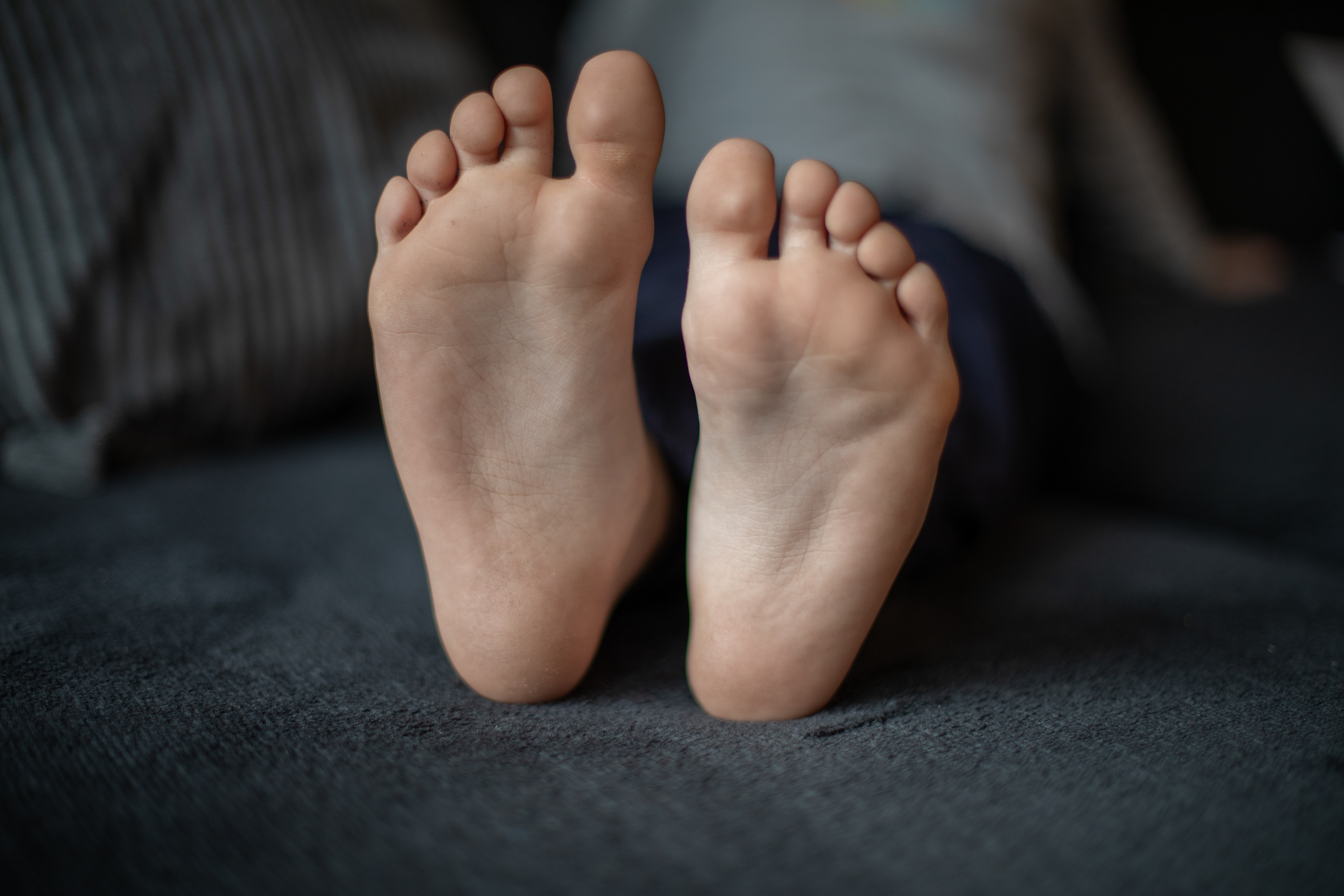
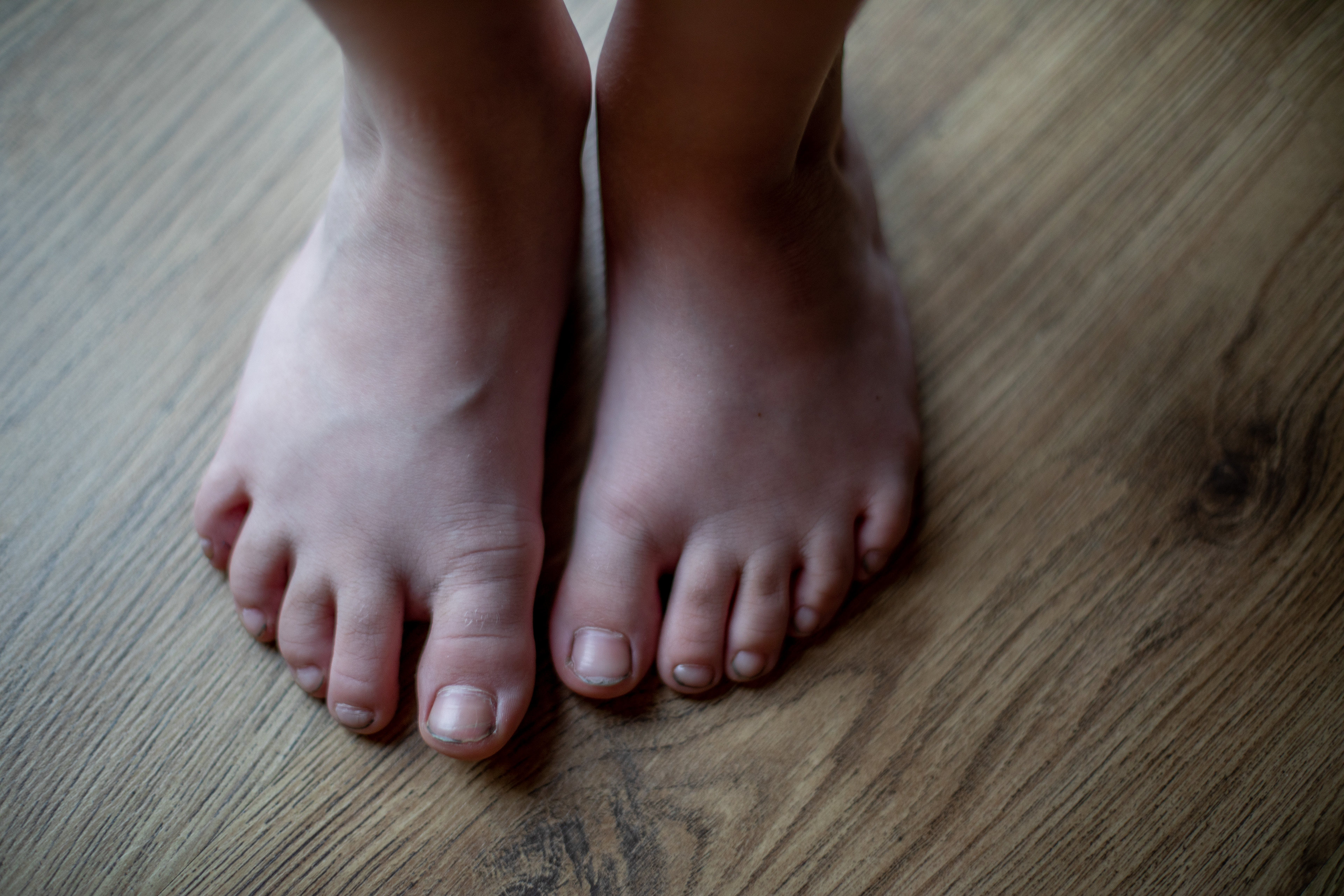
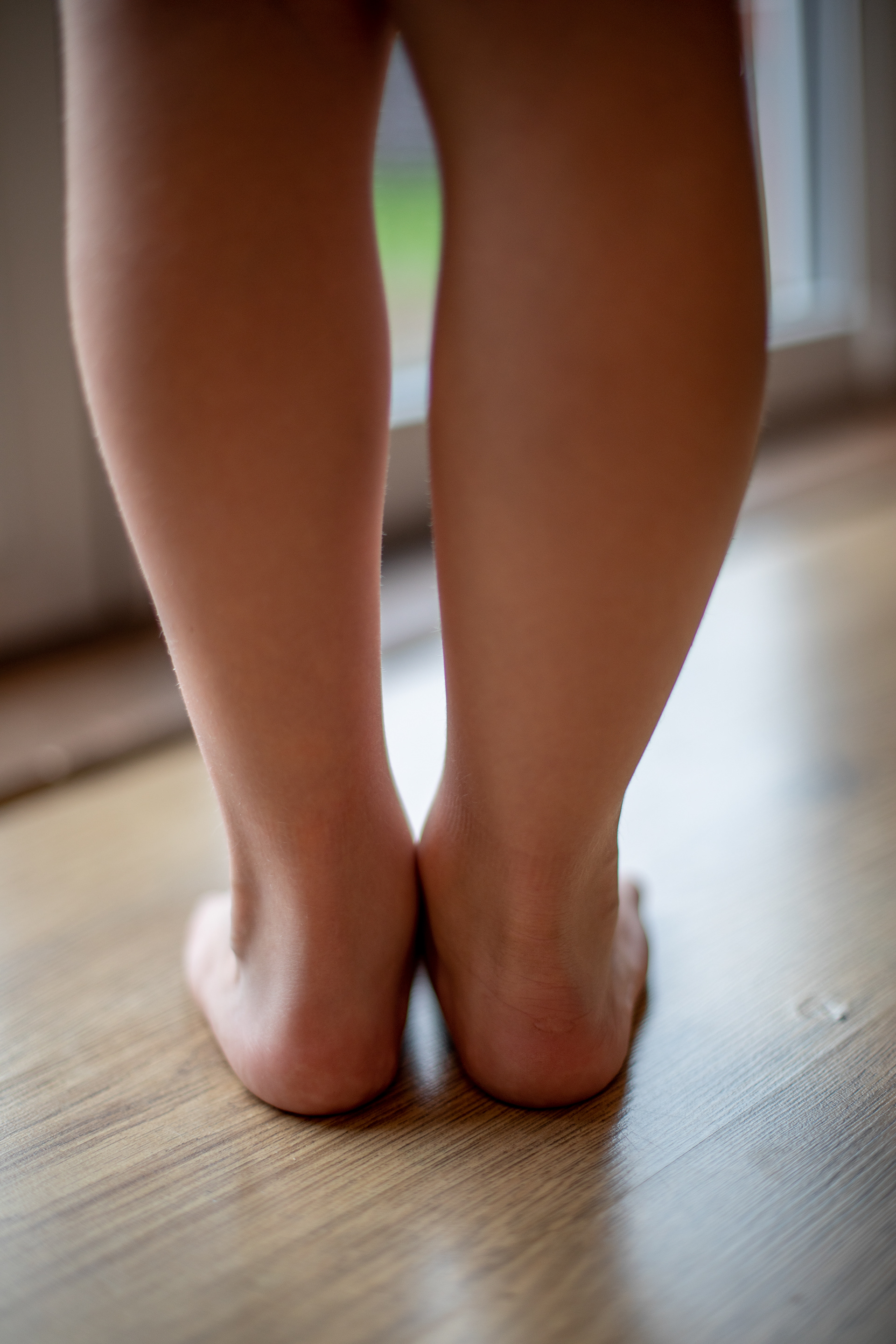
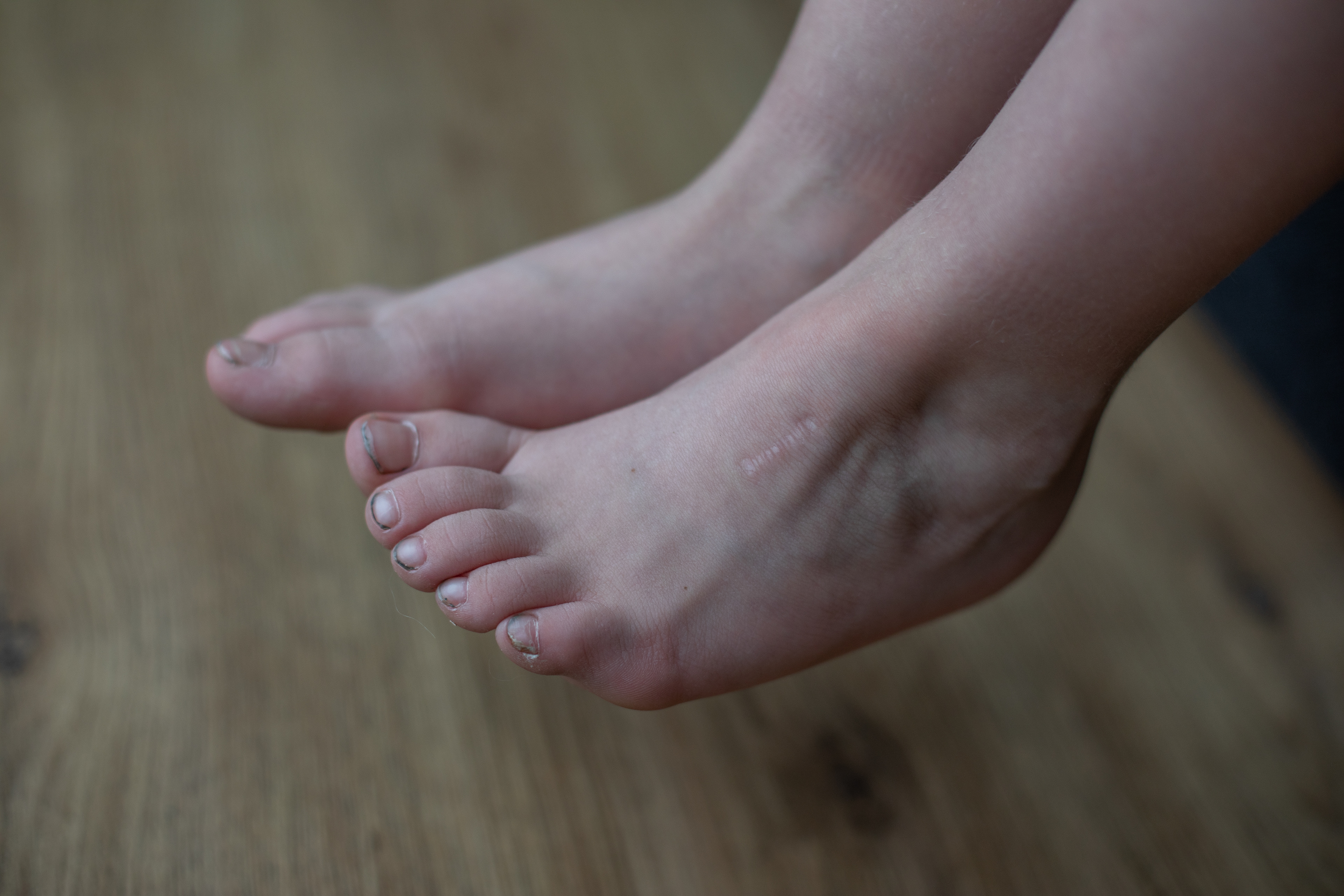
Thanks to the favor of the woman who agreed to take pictures of her son. We can see what this adjustable foot looks like. It is much smaller than the right healthy foot. The boy wears shoes unfortunately larger than he should because his sprat foot is smaller than the right foot. His mother buys shoes one and a half sizes larger. When I asked him if it bothered him, he said he was used to it. from what I noticed he has scars on his left foot and unfortunately no ankle. it is visible when we express our eyesight. The most important thing is that the boy functions properly despite the fact that he suffered a lot when he was little. Thanks to this, today it is able to function normally.
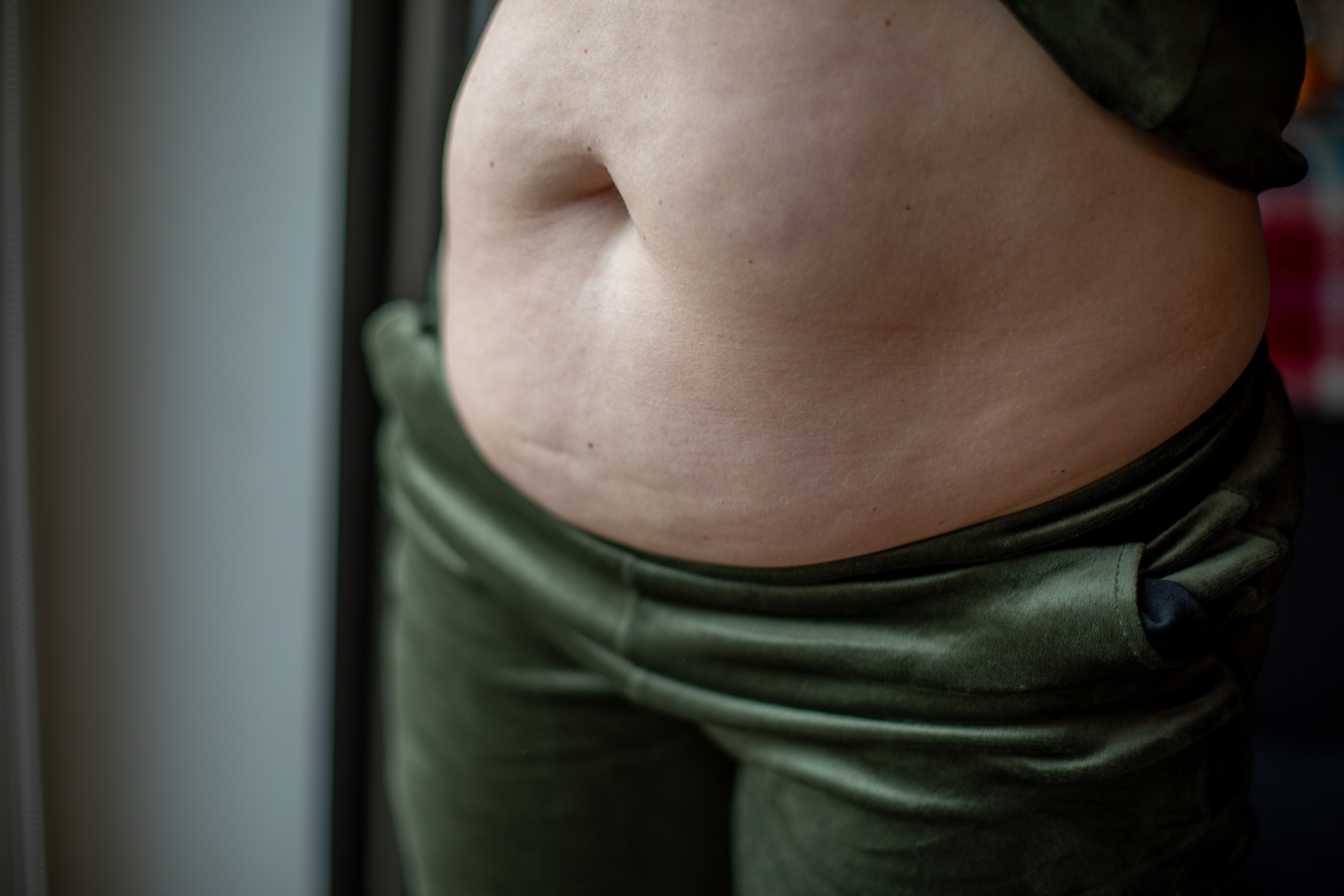
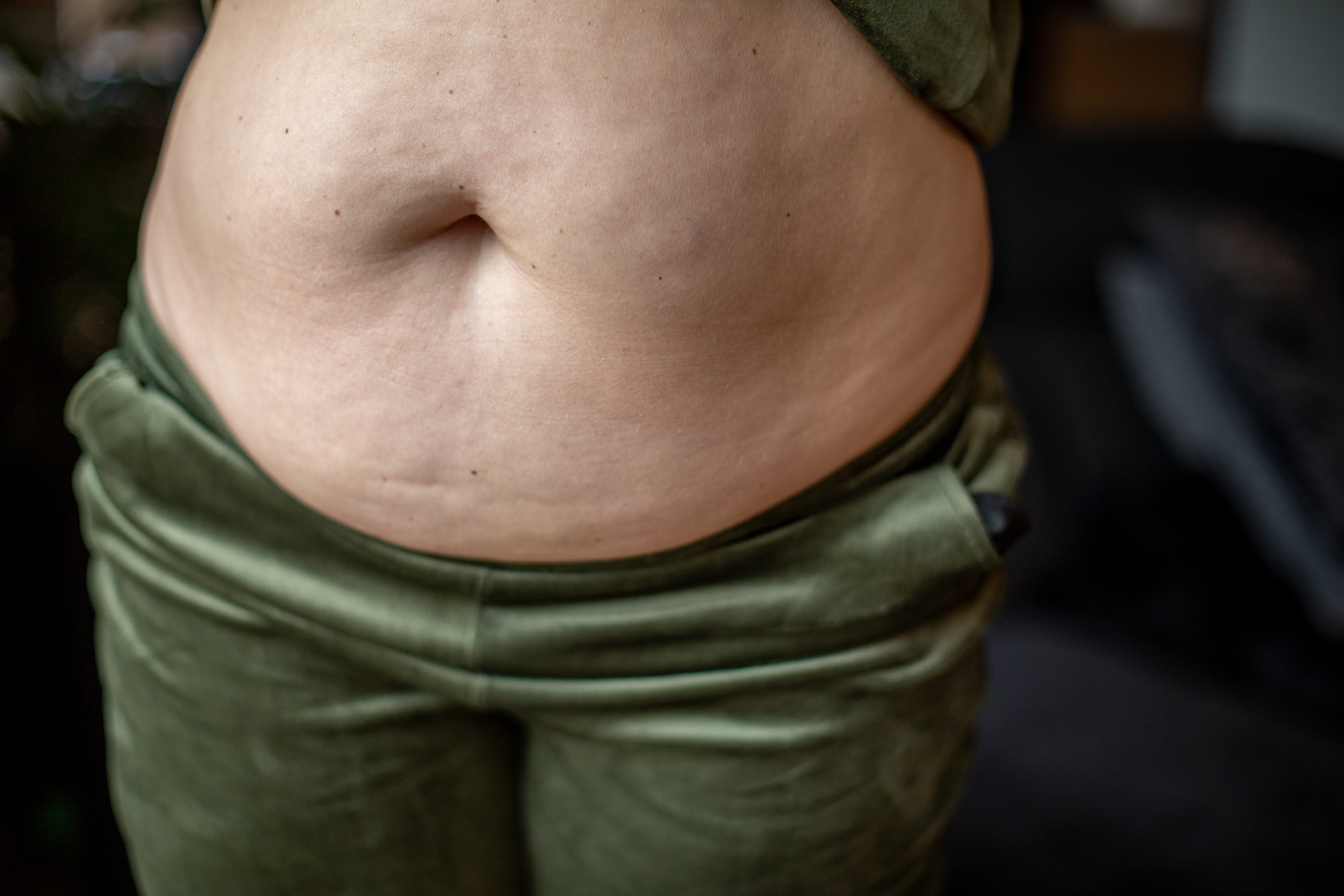

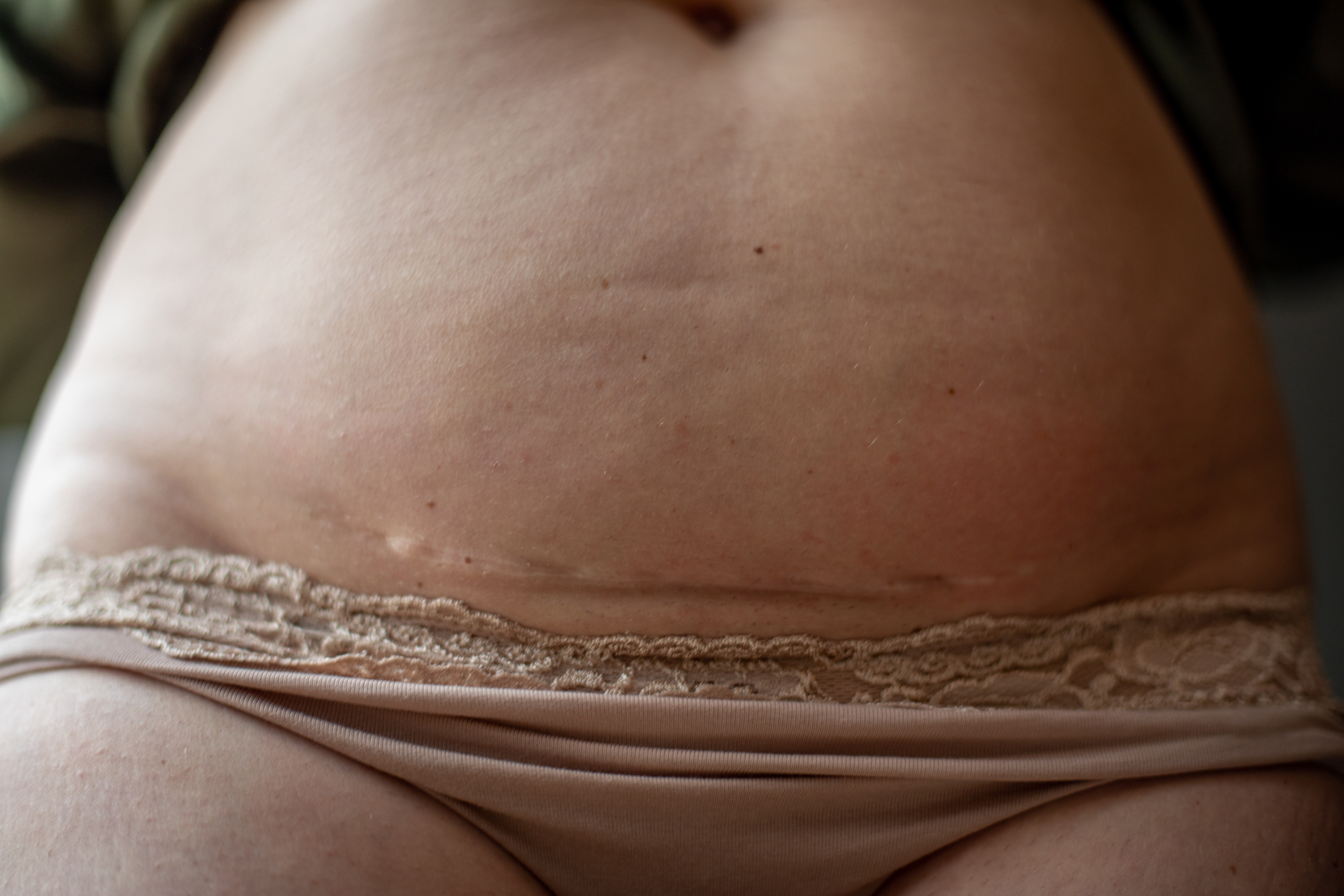
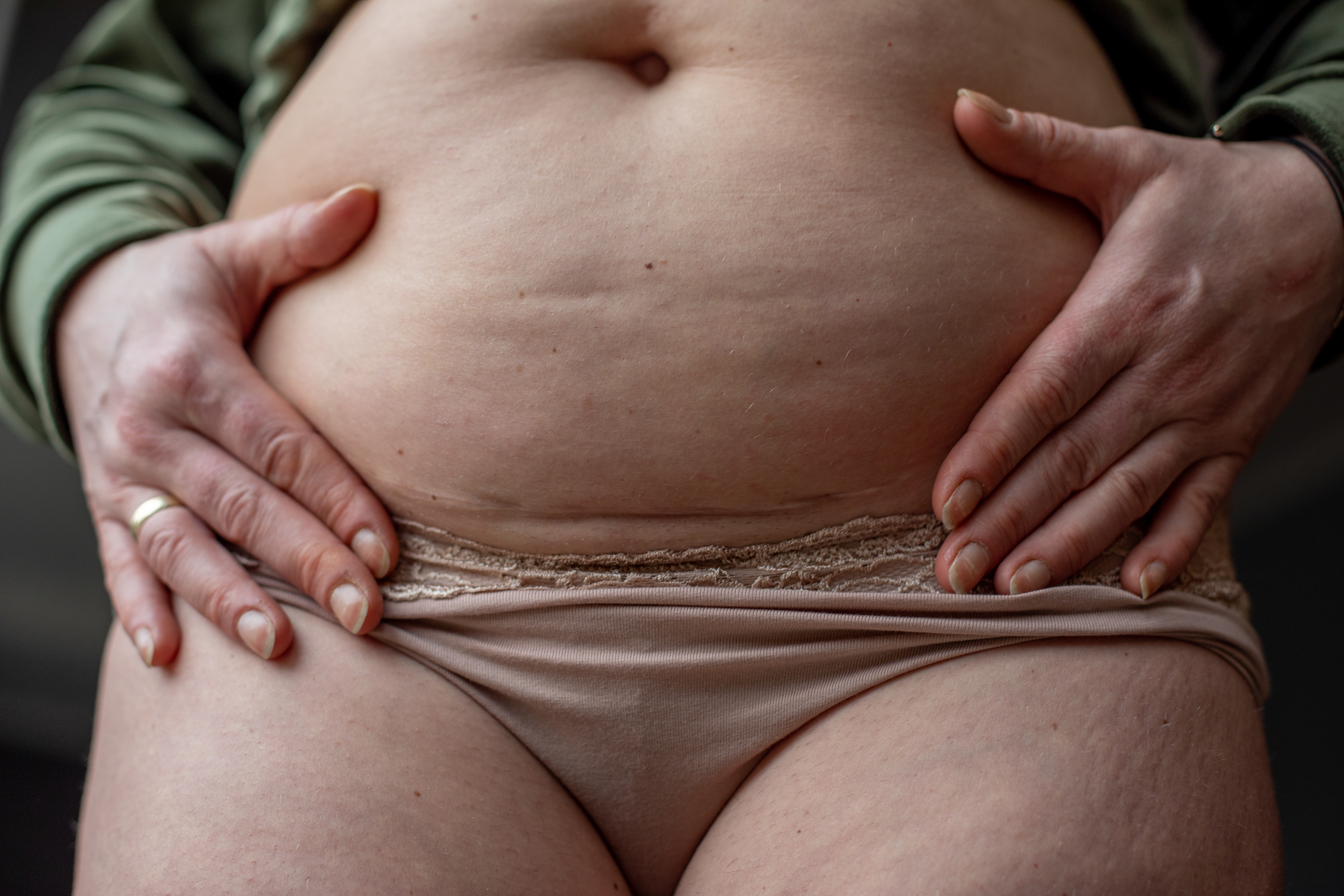
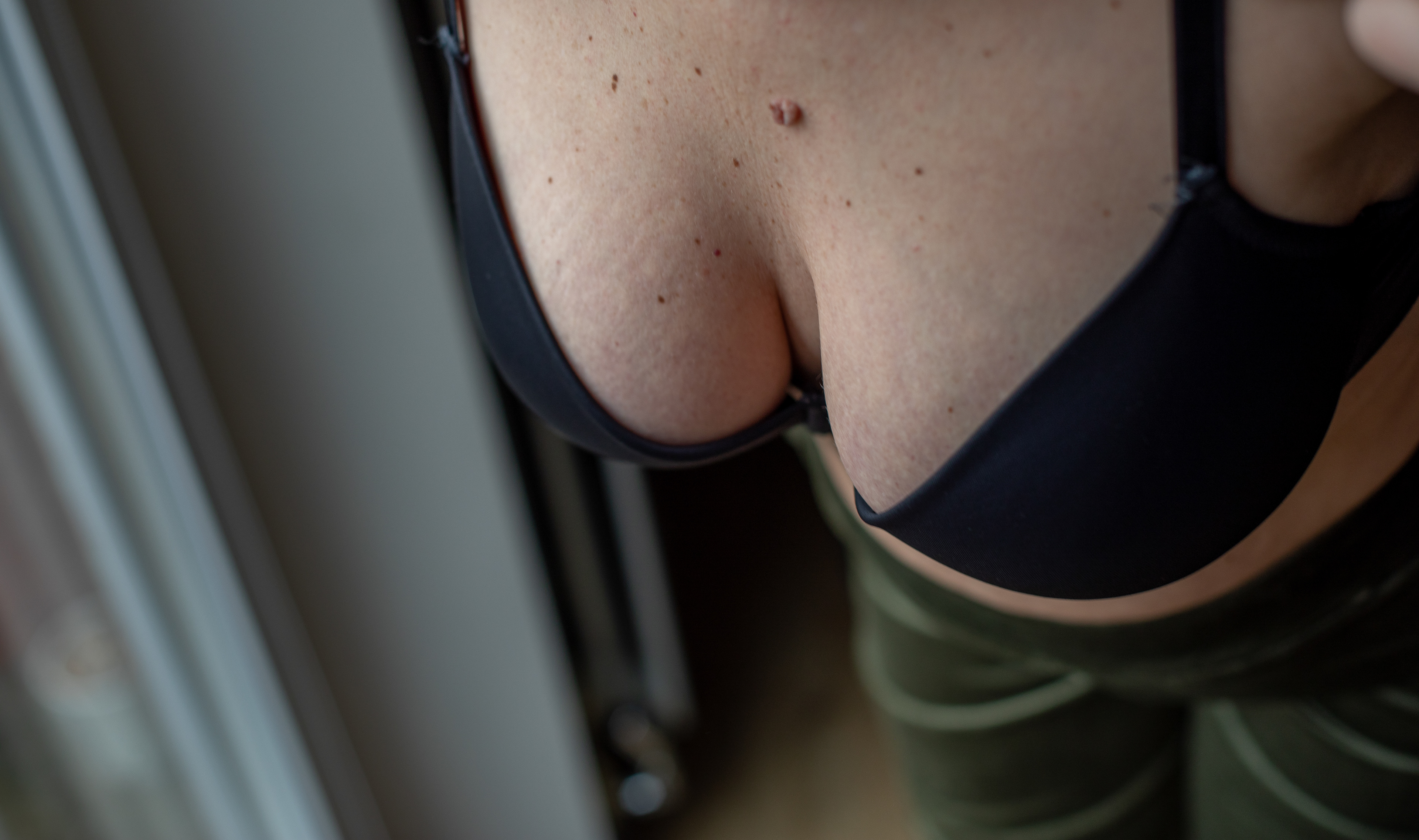
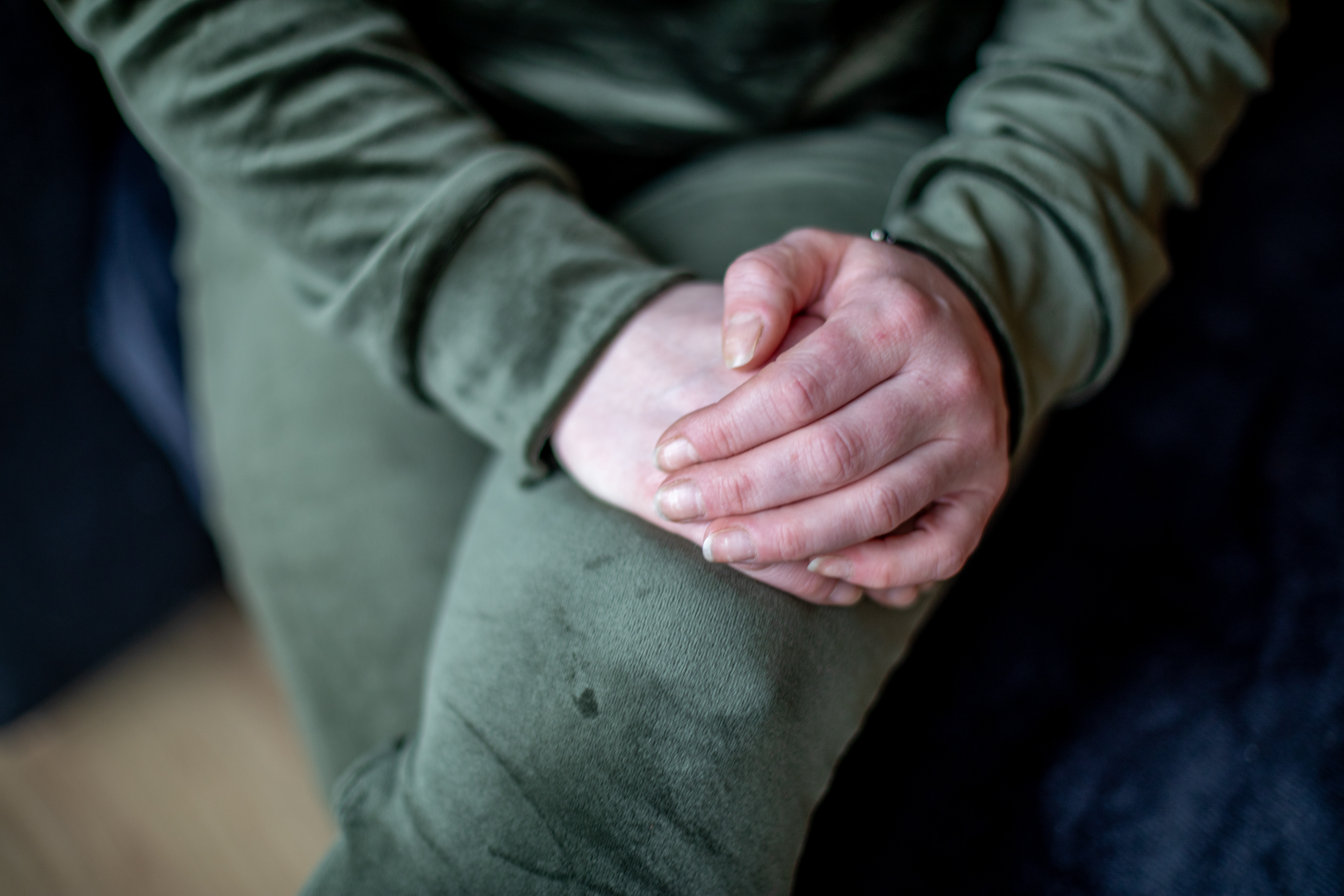
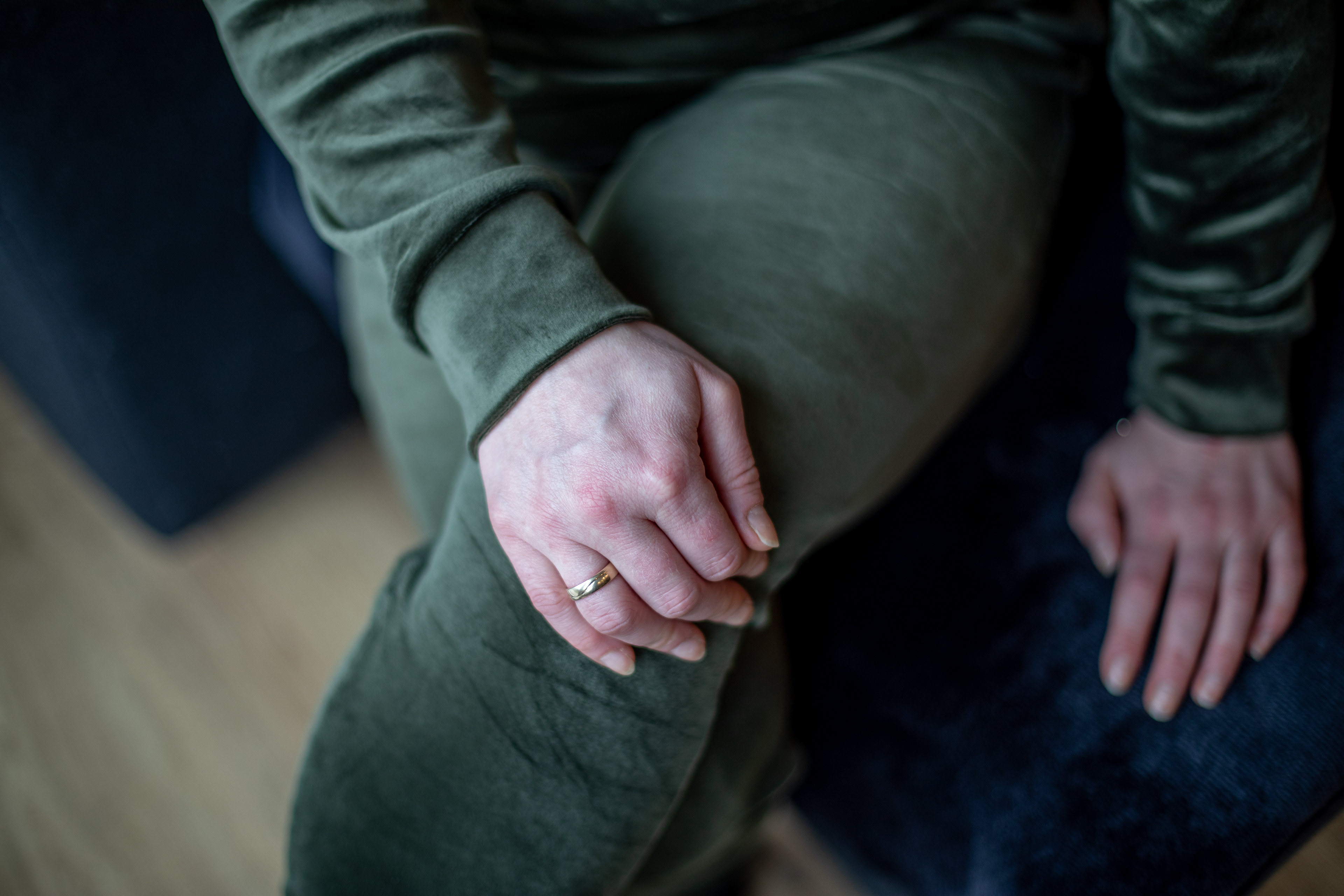
When I was taking pictures, I used daylight falling on the left side of the model. Thanks to this, the photos have a delicate illumination and shadow on the other side. The woman touches her belly in a specific way, says that at the moment she is practicing to lose unnecessary kilograms. Which is not quite so simple. First, I focused on the pictures of the abdomen and then on the scars after the incision cuts. What surprised me personally is that these scars are in 2 different places. For the first time I see a woman who has no cut after cutting in the same place. When I asked about it, she said it was probably normal. I think that because there are two scars, when I look at it, I have the impression that it is wider and larger than what I saw before. Or maybe it is that during the first childbirth the woman had a crash because she lost a lot of blood and the doctors decided to cut at a distance from the previous scar the second time? I have no idea...
Congenital clubfoot is the second most common deformity of the locomotor system. This defect is easy to recognize due to the characteristic shape of the foot. This deformity occurs in several varieties, therefore early diagnosis of the type of deformity is important for determining the treatment method and prognosis.
What is Congenital Clubfoot?
Congenital clubfoot is a deformity of the musculoskeletal system that may affect both feet or accompanied by other defects. The diagnosis of this ailment is not difficult because it is characterized by the characteristic shape of the foot. The deformation includes plantar flexion of the foot, hollowing the longitudinal arch of the foot, the inner edge of the foot raised up, and adduction of the anterior part of the foot. In short, the baby's feet, after birth, are directed in a specific way and have a "sickle" shape. Clubfoot has several varieties, therefore its early diagnosis is important in selecting the appropriate type of therapy and affects the prognosis.
Congenital clubfoot is a deformity of the musculoskeletal system that may affect both feet or accompanied by other defects. The diagnosis of this ailment is not difficult because it is characterized by the characteristic shape of the foot. The deformation includes plantar flexion of the foot, hollowing the longitudinal arch of the foot, the inner edge of the foot raised up, and adduction of the anterior part of the foot. In short, the baby's feet, after birth, are directed in a specific way and have a "sickle" shape. Clubfoot has several varieties, therefore its early diagnosis is important in selecting the appropriate type of therapy and affects the prognosis.
Clubfoot symptoms
A child suffering from this defect as a result of a short Achilles tendon has the heel raised up and the toes pointing downwards. At the same time, the heel is turned inwards and the foot appears to be contracted. The muscle contracture also makes the calves appear slimmer. To better visualize the clubfoot, compare it to the bottom of a golf club. The defect has different degrees of severity (the heavier the deformation, the finer the foot). Very rarely, deformation affects only one foot; it is more common in boys.
A child suffering from this defect as a result of a short Achilles tendon has the heel raised up and the toes pointing downwards. At the same time, the heel is turned inwards and the foot appears to be contracted. The muscle contracture also makes the calves appear slimmer. To better visualize the clubfoot, compare it to the bottom of a golf club. The defect has different degrees of severity (the heavier the deformation, the finer the foot). Very rarely, deformation affects only one foot; it is more common in boys.
The causes of clubfoot formation
The causes of clubfoot have not been fully explained. Congenital deformity is related to the abnormal position of the limbs in the womb or the umbilical cord wrapping the feet or shins. However, only in some cases we can associate clubfoot with too tight position of the fetus in the womb, which in turn leads to incorrect positioning of the foot. Until some time, it was believed that the deformity was formed already in the embryo period, but now the theory that the defect is formed in the second trimester of pregnancy prevails.
The causes of clubfoot have not been fully explained. Congenital deformity is related to the abnormal position of the limbs in the womb or the umbilical cord wrapping the feet or shins. However, only in some cases we can associate clubfoot with too tight position of the fetus in the womb, which in turn leads to incorrect positioning of the foot. Until some time, it was believed that the deformity was formed already in the embryo period, but now the theory that the defect is formed in the second trimester of pregnancy prevails.
Other possible causes of clubfoot formation:
abnormalities in the lower section of the spinal cord, forming in the prenatal period;
smoking and the use of ecstasy by pregnant women;
the defect may also accompany other diseases, e.g. spina bifida, meningeal hernia or cerebral palsy.
In some cases clubfoot may present as an acquired condition. Then the risk factors are burns, acute inflammation or other injuries of the lower limbs.
smoking and the use of ecstasy by pregnant women;
the defect may also accompany other diseases, e.g. spina bifida, meningeal hernia or cerebral palsy.
In some cases clubfoot may present as an acquired condition. Then the risk factors are burns, acute inflammation or other injuries of the lower limbs.
IMPORTANT: Occasionally Congenital Clubfoot can run in families. Therefore, it is worth finding out if there have been any foot defects in the family in the past.
How to recognize and treat clubfoot?
Quick diagnosis of clubfoot and implementation of appropriate treatment significantly influences further prognosis. The defect can be detected during a routine ultrasound examination during pregnancy. Parents should learn more about this disease and choose institutions that treat this type of deformity. Treatment is best implemented right after the birth of the child, so it is worth looking for an experienced doctor who will take care of the child before delivery (each day of delay adversely affects the further prognosis, because an untreated defect worsens).
Quick diagnosis of clubfoot and implementation of appropriate treatment significantly influences further prognosis. The defect can be detected during a routine ultrasound examination during pregnancy. Parents should learn more about this disease and choose institutions that treat this type of deformity. Treatment is best implemented right after the birth of the child, so it is worth looking for an experienced doctor who will take care of the child before delivery (each day of delay adversely affects the further prognosis, because an untreated defect worsens).
Importantly, the doctor cannot limit himself to examining the feet. During the first visit, he / she should completely undress the newborn and carefully examine and examine its entire musculoskeletal system, including the hip joint. He should also look at how the lower limbs work, both individual fingers and the entire foot. The appearance of the lumbar and sacral regions is also important. Does the baby have discoloration? Is it excessively hairy? If abnormalities in the structure of the skeleton are felt by touch, developmental abnormalities of this section of the spine or spinal cord may be suspected.
As mentioned above, treatment should be carried out by an experienced orthopedist who corrects the defect gradually, systematically and without the use of force. Each time a correction is obtained, it must be stabilized until it is fully corrected. The persistence of any residual defect inevitably causes a recurrence of the deformity.
Treatment of Congenital Clubfoot is difficult, and the outcome of treatment depends not only on the skill of the doctor, but also on the diligence and patience of the parents and their knowledge of the disease and the therapy itself.
Ponseti's method in the treatment of clubfoot
It is a non-surgical method of treatment that was developed by Professor Ignacio Ponseti in the 1950s.
first in foot stretching exercises are performed, which simultaneously set it in the correct position, and then (in series) plaster dressings are applied. When the foot is in the optimal position, the horse stance is eliminated. Successively, using local anesthesia, the Achilles tendon is cut, which makes it possible to bend the foot, and then a plaster bandage is applied for a maximum of 12 weeks. After this time, the child is fitted with a special foot abduction brace to prevent recurrence of the deformity. The brace is only worn at night in toddlers who are just starting to learn to walk. Usually, it is recommended to be worn until the age of 4.
In older children, special stabilizers (orthoses) are an alternative.
Although non-surgical methods of treatment give great results, there are cases in which the only option is surgery. The procedure is usually performed after the age of six.
Older children can wear special orthoses, i.e. stabilizers. Non-surgical methods of clubfoot treatment bring great results, although sometimes the defect is so complicated that only surgery gives a chance for full recovery. It is usually performed after the age of six, so as not to disturb the proper growth of the foot.
After treatment, patients should remain under a doctor's care for a long time, as the disease may recur (especially if the foot is still developing). The treatment result can be considered as permanent when the foot bone does not deviate after its completion and during its growth, and the foot muscles function properly. Final assessment of the treatment result is possible only after the end of growth, but the first 5-7 years of the child's life are decisive for further prognosis. Therefore, compliance with medical recommendations is important.
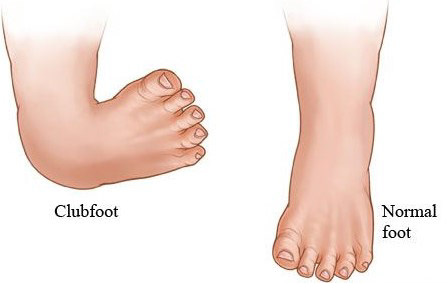
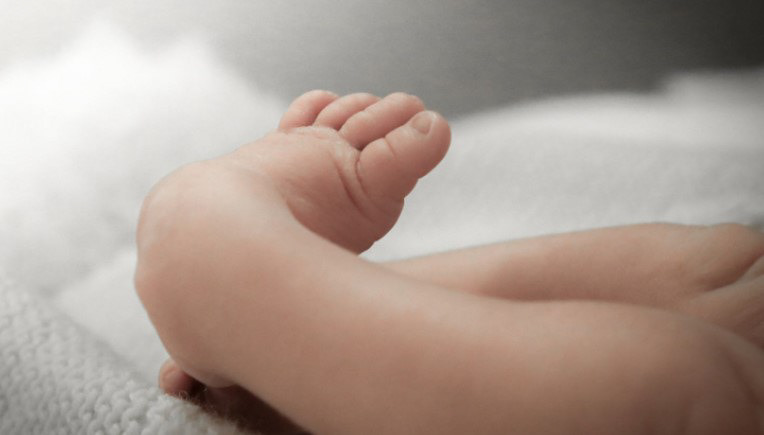
36 YEARS OLD WOMAN HAD ONE NATURAL BIRTH
The woman is 36 years old, they were trying to have a child of 5 years
Unfortunately, these attempts were unsuccessful for years. Most likely because of the gynecologist who kept saying sexy lingerie and a glass of wine would be enough to be pregnant.
In the meantime, a decision about IVF is made. The attempts of waiting and subsequent disappointments were unbearable by the spouses.
Unfortunately, these attempts were unsuccessful for years. Most likely because of the gynecologist who kept saying sexy lingerie and a glass of wine would be enough to be pregnant.
In the meantime, a decision about IVF is made. The attempts of waiting and subsequent disappointments were unbearable by the spouses.
In the meantime, a friend recommended a urologist to the couple, and during the visit, the man tells the doctor his stories. He advises his spouse to see his wife's gynecologist.
During a visit in 2018, the woman says that they have been trying for several years and unfortunately these attempts are not fruitful. Your gynecologist is asking for blood tests. Then it turns out that the woman suffers from insulin resistance. Therefore, a diet and pills are recommended.
Already 5 months after the diagnosis, it turns out that the woman becomes pregnant. They are happy and cannot believe this is the case. So many years of pro bases here suddenly, unexpectedly and unexpectedly news that they will become parents !!
Two syncope appeared during pregnancy, possibly due to insulin resistance. Nevertheless, nothing happened to the fetus. During pregnancy, it was necessary to test glucose to exclude the so-called Diabetic pregnancy. Fortunately, no such diagnosis was made.
The child is born in 2019, it is a girl weighing 3,200 kg.
During the childbirth, she passed through nature. Her husband was with her in the hospital.
The amniotic fluid broke on Thursday, in the hospital in the water all night in the pool. For the contractions to intensify. Administering painkillers into the spine.
The whole labor was long and tiring, yet we managed to give birth to a child. After giving birth, there was a blood transfusion, unfortunately due to the fact that the woman has a rarely available blood type, she had to wait for her.
Just remembering during the interview, what she felt when they put her daughter on her breast, she was happy and tears rolled in her eye and her voice broke. She said that when it was over and when she could see her daughter, she was proud and happy.
After taking 2 liters of blood, the woman connected to the monitors can leave the hospital on Tuesday.
Thanks to the support of her husband, who was physically with his wife after giving birth, the woman recovered for 2 weeks ... but mentally she needed 3 weeks.
The amniotic fluid broke on Thursday, in the hospital in the water all night in the pool. For the contractions to intensify. Administering painkillers into the spine.
The whole labor was long and tiring, yet we managed to give birth to a child. After giving birth, there was a blood transfusion, unfortunately due to the fact that the woman has a rarely available blood type, she had to wait for her.
Just remembering during the interview, what she felt when they put her daughter on her breast, she was happy and tears rolled in her eye and her voice broke. She said that when it was over and when she could see her daughter, she was proud and happy.
After taking 2 liters of blood, the woman connected to the monitors can leave the hospital on Tuesday.
Thanks to the support of her husband, who was physically with his wife after giving birth, the woman recovered for 2 weeks ... but mentally she needed 3 weeks.
The postpartum puerperium appeared to be normal. The period started 4 months after giving birth.
She was breastfeeding for 11 months and for 1 month it was a breast + bottle.
The woman is not planning another pregnancy, but at the moment she needs rest and strength for a lively and interesting daughter. Who knows, maybe a brother or sister will appear in some time.
Fig Fig
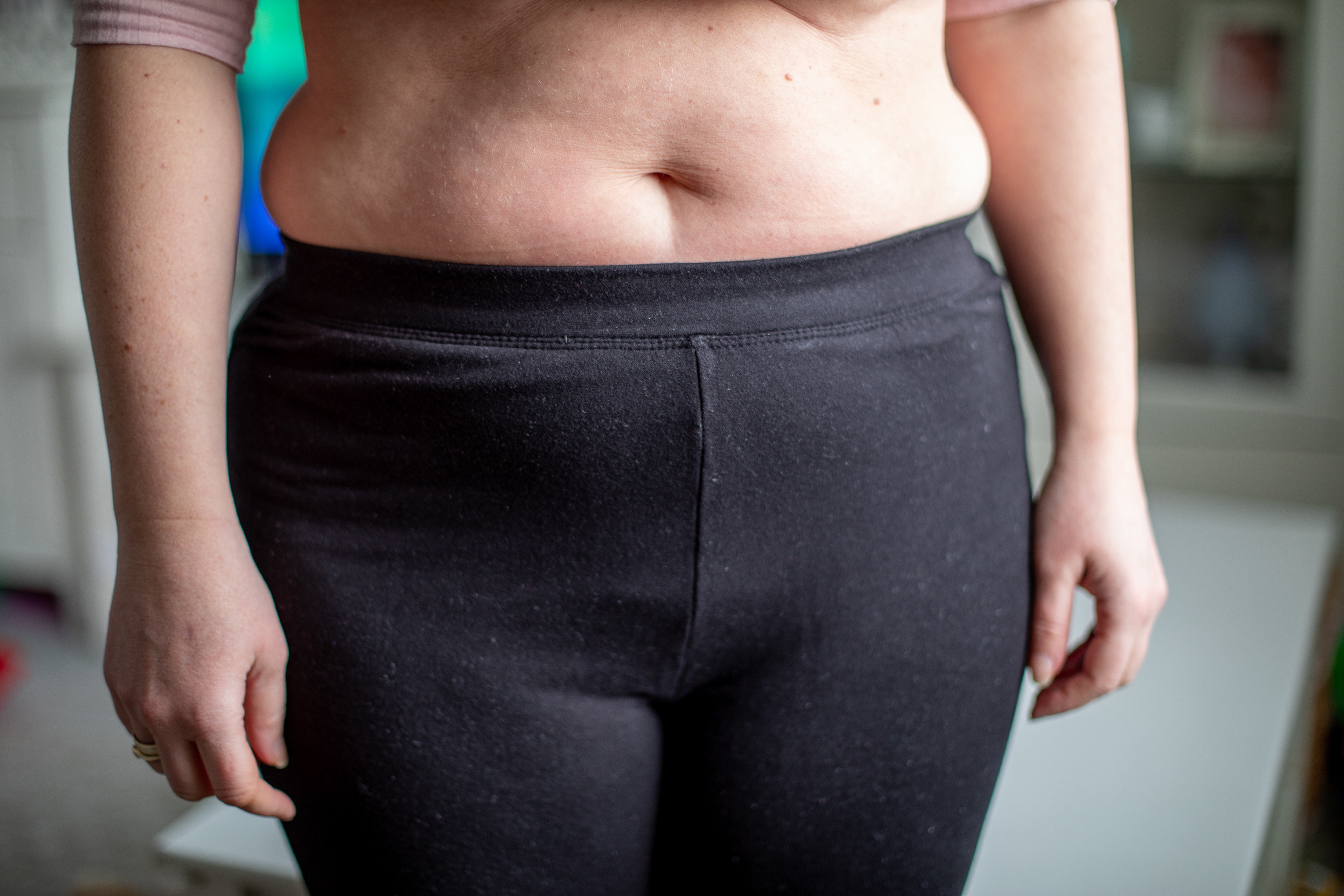



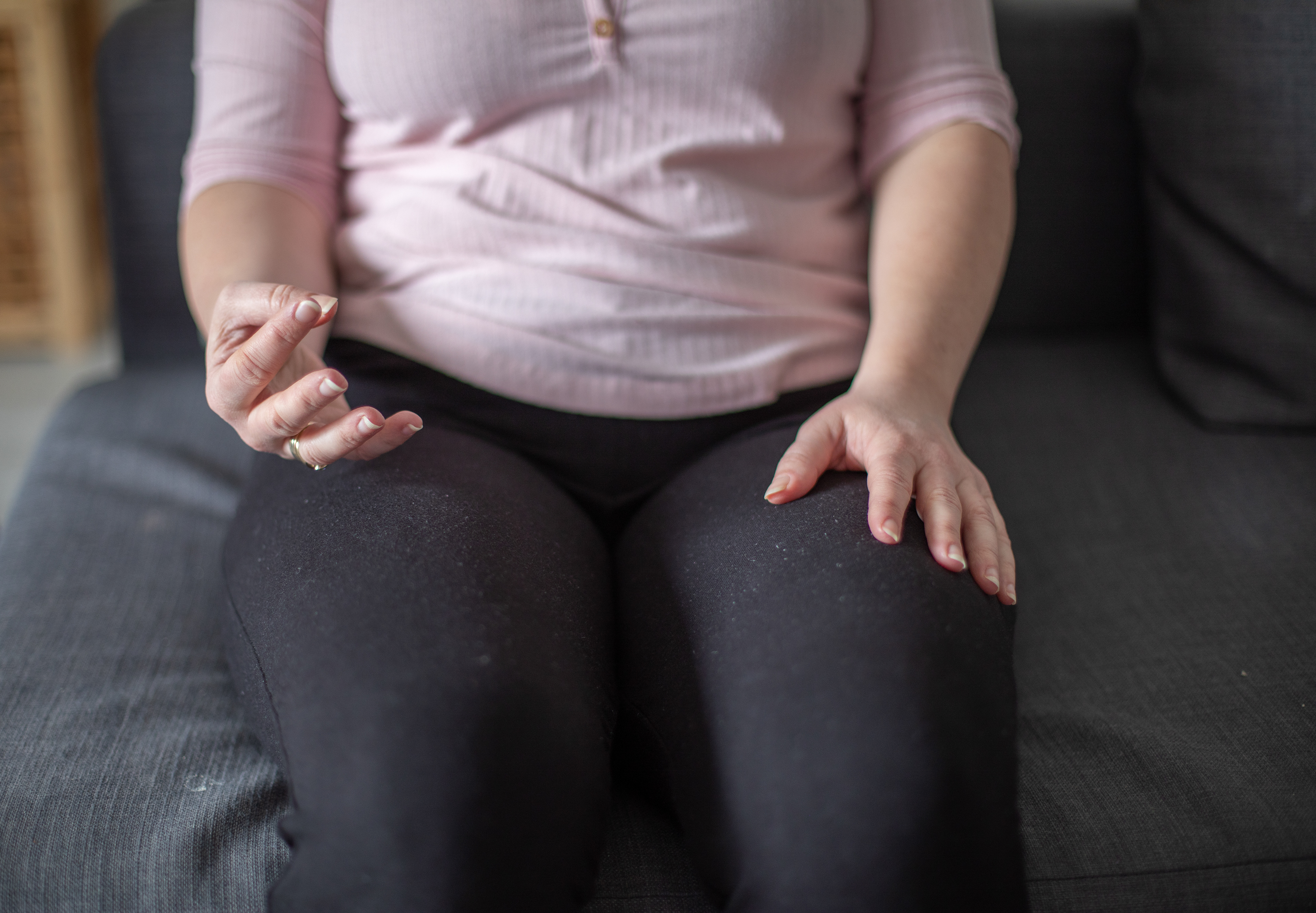
Fig Fig Fig
During the photos with the model, I used the daylight from the window on the right. The woman revealed her stomach so I could come closer and take some photos. in addition, I took a few shots while she was sitting on the sofa telling her story about getting pregnant, then about the pregnancy and finally about the birth itself. as far as photos are concerned, I am satisfied with the result. I tried to focus on the figure of the woman and I think it was successful.
Insulin resistance - a real problem when planning pregnancy. How to increase the chances of success?
Insulin resistance is a disorder of glucose metabolism consisting in decreased sensitivity of tissues to the action of insulin with its normal or elevated levels in the blood serum, which affects more and more people around the world. The cause is not fully known. It is assumed that genetic and environmental factors such as unhealthy lifestyle, stress or certain medications and infections are responsible for this.
Untreated insulin resistance leads to the development of serious diseases such as diabetes, cardiovascular disease, obesity, hepatitis and even Alzheimer's disease. It develops for many years, often asymptomatically, but when symptoms appear, they become very annoying, often hindering normal functioning. These include gaining weight "from the air", problems with concentration and memory, hypoglycemia, headaches, palpitations or excessive sleepiness (mainly after a carbohydrate meal). There may also be excessive appetite for sweets and brownish discoloration on the skin (mainly around the armpits, groin, neck and neck), disturbances in menstrual cycles and even problems with fertility in both women and men.
The mechanism responsible for fertility problems in people with insulin resistance is not yet fully understood. It is not certain whether it is responsible for this malfunction of insulin or rather its accompanying diseases such as:
- obesity and overweight,
- Polycystyczna Ovaries Complex (PCOS),
- thyroid disease,
- other hormonal disorders.
- obesity and overweight,
- Polycystyczna Ovaries Complex (PCOS),
- thyroid disease,
- other hormonal disorders.
There is a high probability that it is the influence of several factors and mechanisms simultaneously. The above diseases very often accompany insulin resistance. It is estimated that approximately 62-80% of obese women with PCOS and 11-50% of normal weight women also have insulin resistance, and approximately 40-60% of women with PCOS are overweight or obese. There is also frequent occurrence of thyroid diseases such as autoimmune thyroiditis, hypothyroidism and hyperthyroidism, and goiter in people with insulin resistance.
Numerous studies show that women with PCOS, obesity, overweight and insulin resistance are more likely to have problems getting pregnant or keeping it. Gestational diabetes is more common.
Therefore, when planning a pregnancy, correct diagnosis is the first priority. Thereafter, the introduction of treatment that, in addition to pharmacological treatment, mostly based on metformin treatment, should primarily include lifestyle changes and weight loss in overweight and obese people. Studies show that losing a minimum of 5% of body weight reduces the number of follicles in the ovaries and reduces the volume of the ovaries in women with PCOS, improves insulin sensitivity and increases the chance of a desired pregnancy.
Treatment with metformin helps to restore menstrual cycles, ovulation, supports weight loss and improves the sensitivity of tissues to insulin. Particular effects are seen in insulin-resistant women with PCOS. It has been noted that metformin also reduces the risk of gestational diabetes, has a beneficial effect on insulinemia, lipid profile and blood pressure. It is a safe drug during pregnancy and breastfeeding.
In addition to pharmacological treatment, you should remember about a healthy lifestyle. It is worth taking care of a healthy diet based on proper eating habits. A diet rich in vegetables, fruits, healthy fats, carbohydrate products with a low GI, e.g. coarse grains, rice, whole grains, nuts, legumes, fish, eggs, meat and dairy products is recommended. You should also remember about 4-5 meals eaten at fixed times and drinking about 2 liters of water a day. The diet should be balanced and its calorific value adjusted to the needs of our body. A healthy diet should not include artificial, processed foods high in sugar and trans fats, carbonated drinks, and alcohol. Other stimulants, including cigarettes, which may affect the development of insulin resistance, heart disease and cancer, should also be eliminated.
In addition to the diet, you should remember about daily physical activity. A 30-minute walk already brings great health benefits. It is worth choosing an activity that will be enjoyable and we will be able to do it regularly. It can be the aforementioned walk, Nordic walking, swimming pool, fitness, yoga, cycling, dancing, gym training or tennis. Any activity is better than none, so try to be active as often as possible, also during your daily activities - let's go up the stairs instead of taking the elevator, let's go to the store on foot instead of taking the car.
To further increase the chance of getting pregnant, it is worth taking care of the elimination of stress and an adequate amount of sleep (about 7-8 hours). Stress has a negative impact on our health and can not only increase insulin resistance but also prevent pregnancy. Therefore, changing the lifestyle should also include taking care of our psyche. Each of us has his own individual
other methods of fighting stress. It can be a relaxing bath, massage, meeting friends, sports, weekend trip or relaxing with your favorite movie. In situations where we cannot cope with stress, there are other life problems, it is worth using the help of a psychologist or therapist.
People with insulin resistance have a chance of getting pregnant even if they suffer from other comorbidities such as PCOS, obesity, overweight or thyroid disease. There are cases when women with properly regulated hormones get pregnant fairly quickly and without major problems. However, this takes time in many cases. The length of treatment leading to fertilization is an individual matter and depends on the health status of both the woman and the man before treatment is started. In obese and overweight people, weight loss is important, and this is a process that sometimes takes quite a long time. That is why the support of a partner, family, friends and often also a psychologist or therapist is very important for people trying to conceive a child.
RUDOLF KOPPITZ
After a photography apprenticeship and his military service, Rudolf Koppitz (Austrian, 1884–1936) began working at the studio of Dora Kallmus (Madame d'Ora) in Vienna in 1912. It was presumably there that he came into contact with the works of Heinrich Kühn and Hugo Henneberg. That same year Koppitz began his studies at the Graphische Lehr- und Versuchanstalt in Vienna, becoming the assistant of Heinrich Kessler for his professional photography master class in 1913. Koppitz also had contact with artists such as Egon Schiele, Gustav Klimt, and the painter- photographer Anton Trčka. After serving in World War I, Koppitz returned to the “Graphische” and received a professorship in 1918, and became dean of the photography department in 1930. In 1925 Koppitz created his masterpiece, Bewegungsstudie, "Motion Study" in which he photographed dancers from the Vienna State Opera in the highly decorative and symbolist tradition of the Viennese Jugendstil. Henceforth his photographs were shown in numerous international exhibitions and salons in the second half of the 1920s.
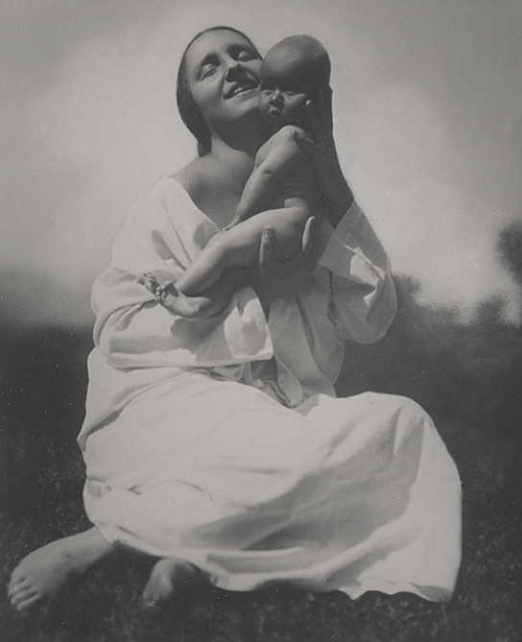
Fig Mutter und Kind, 1925
